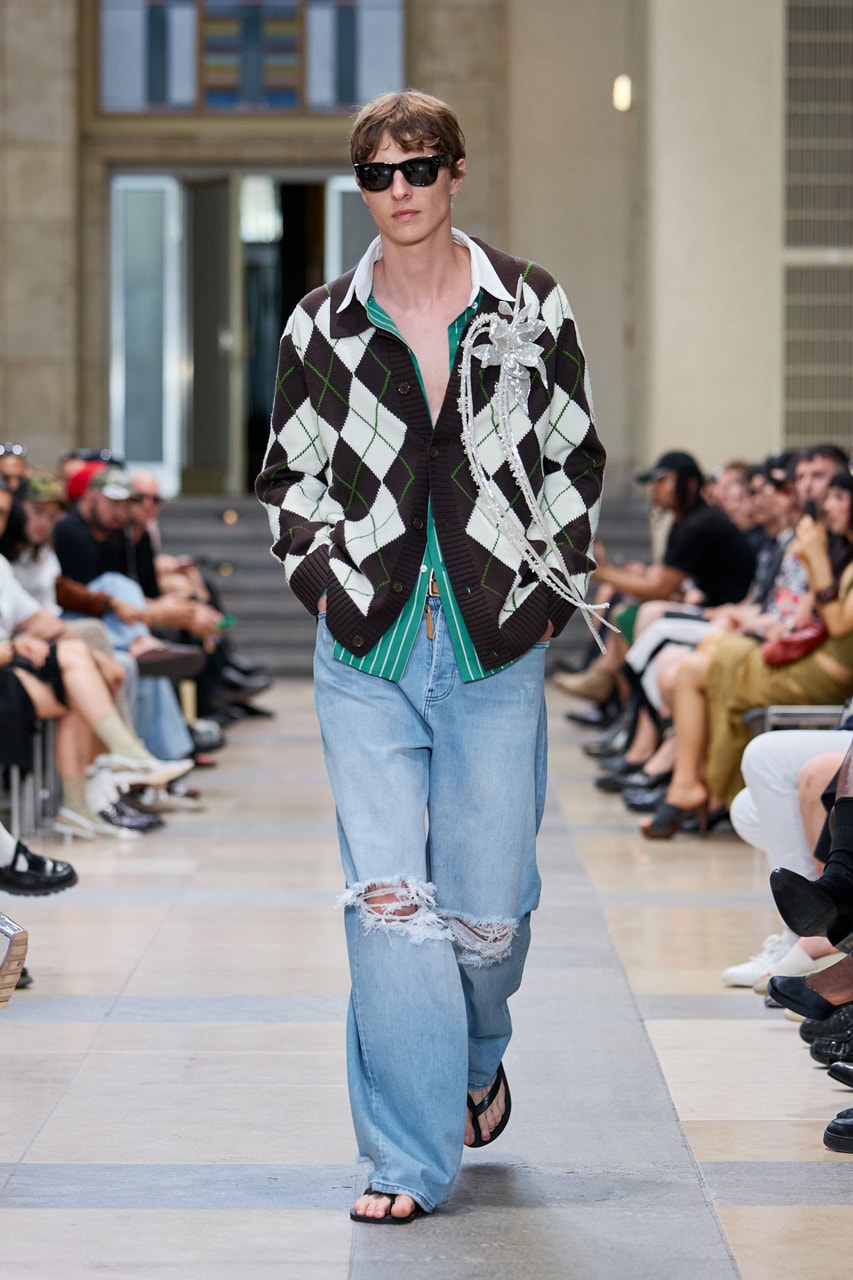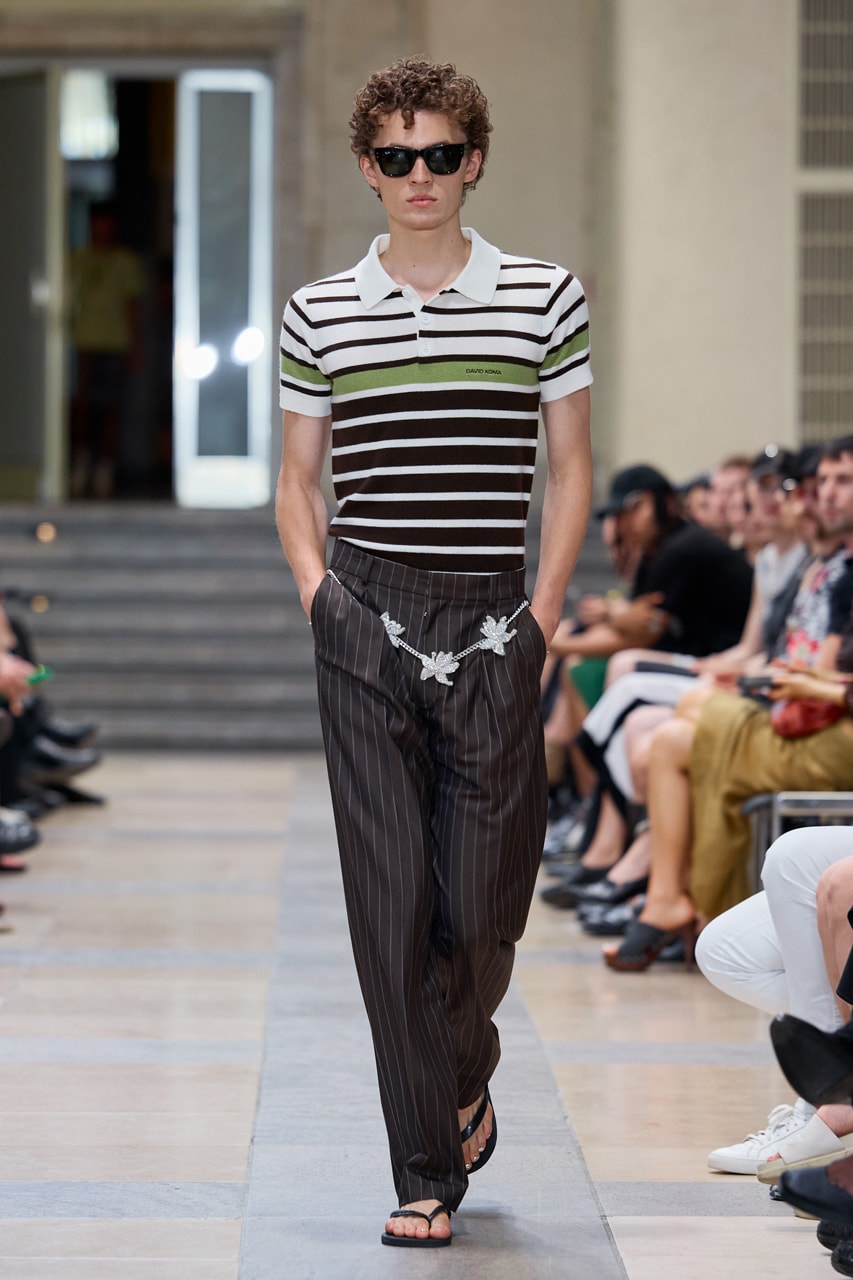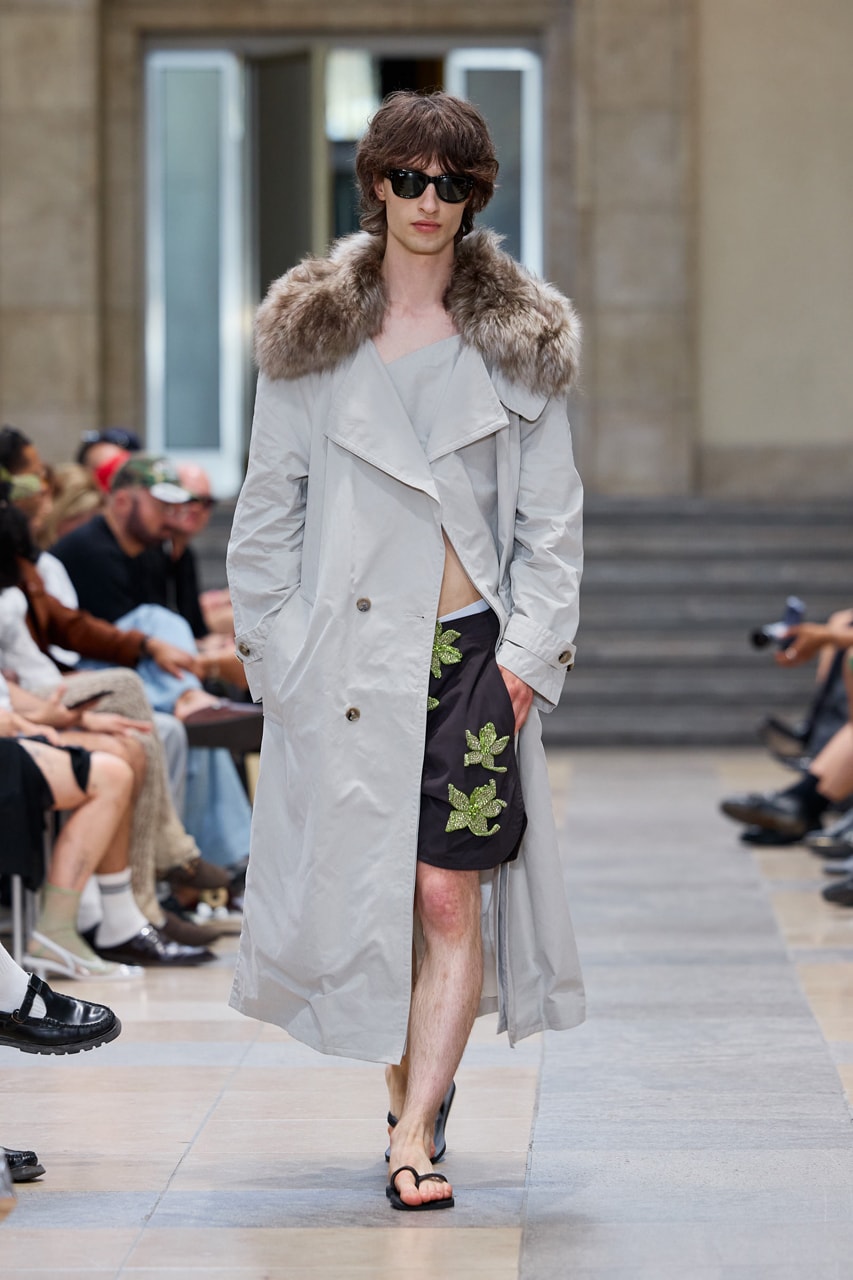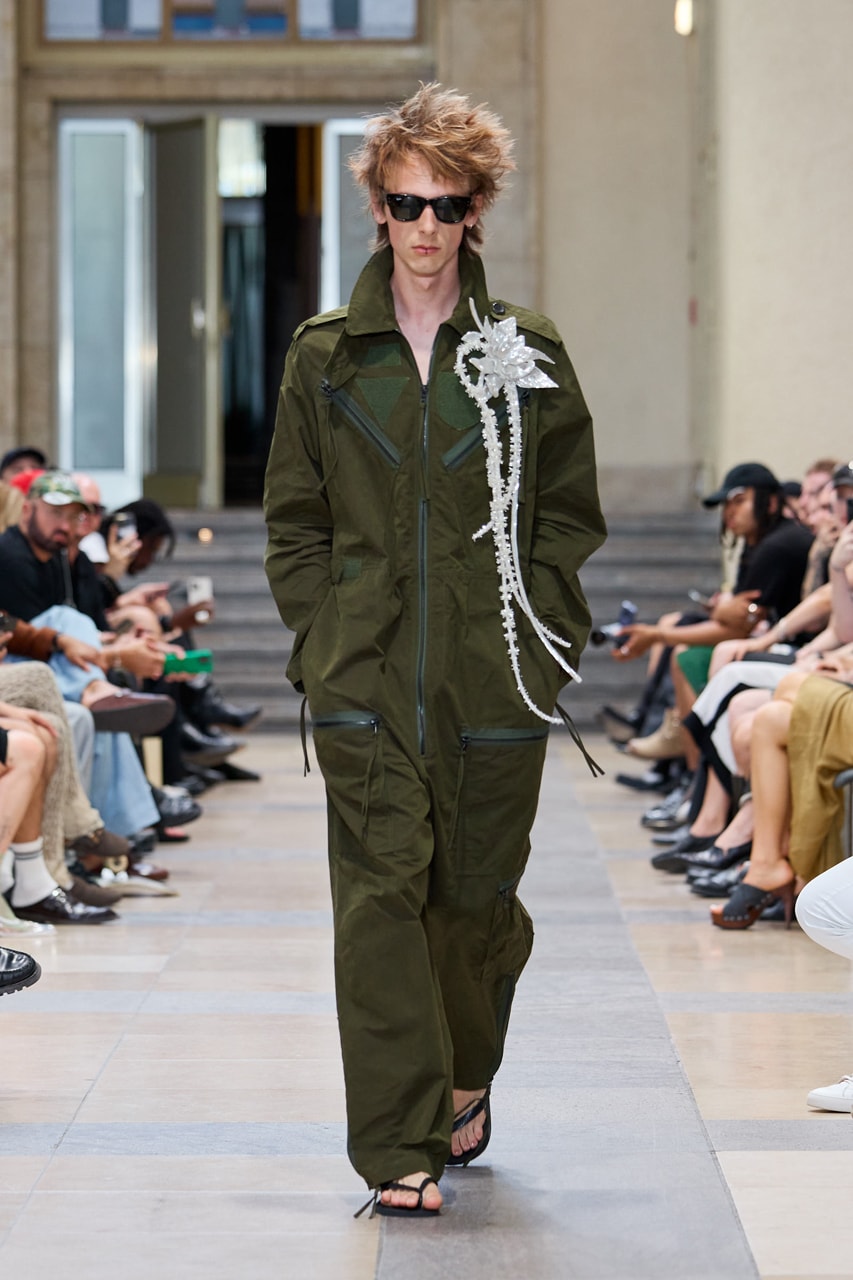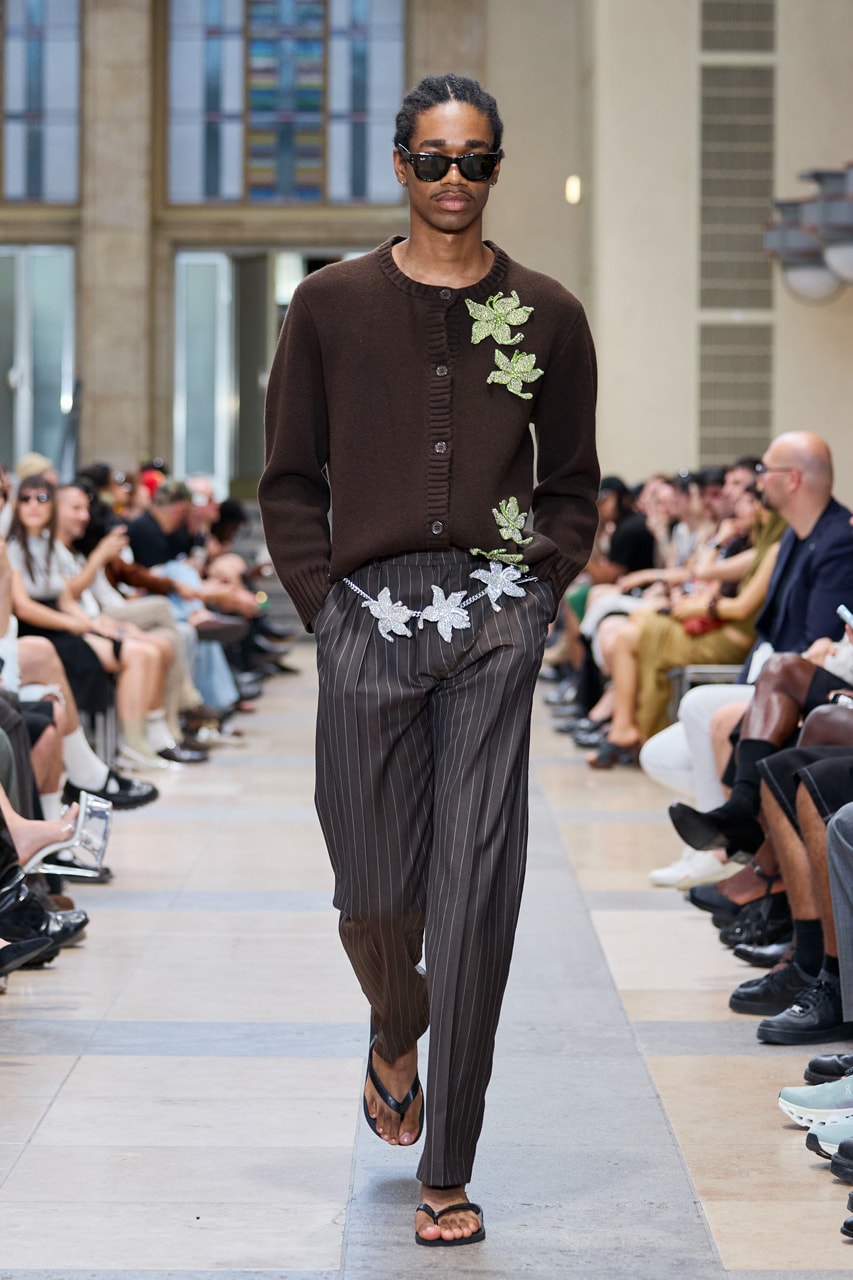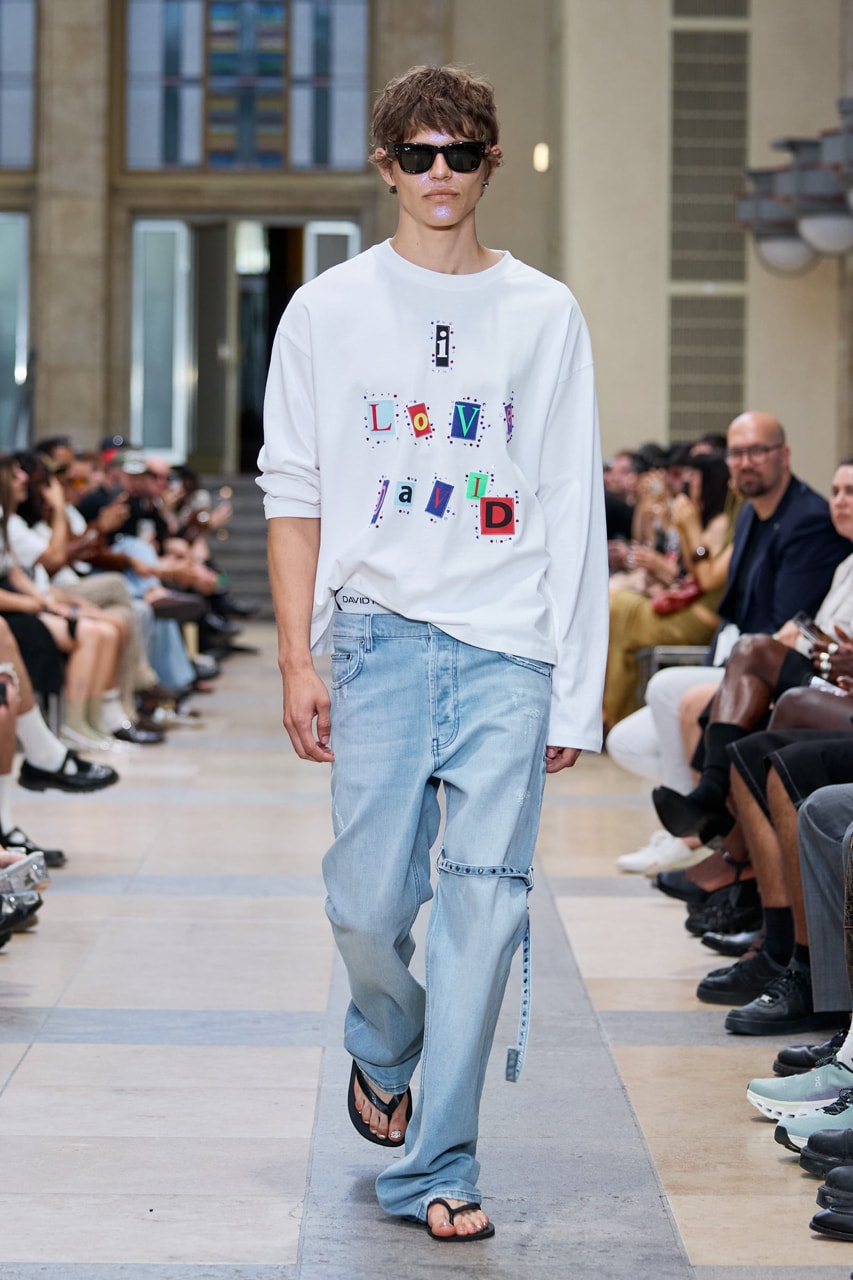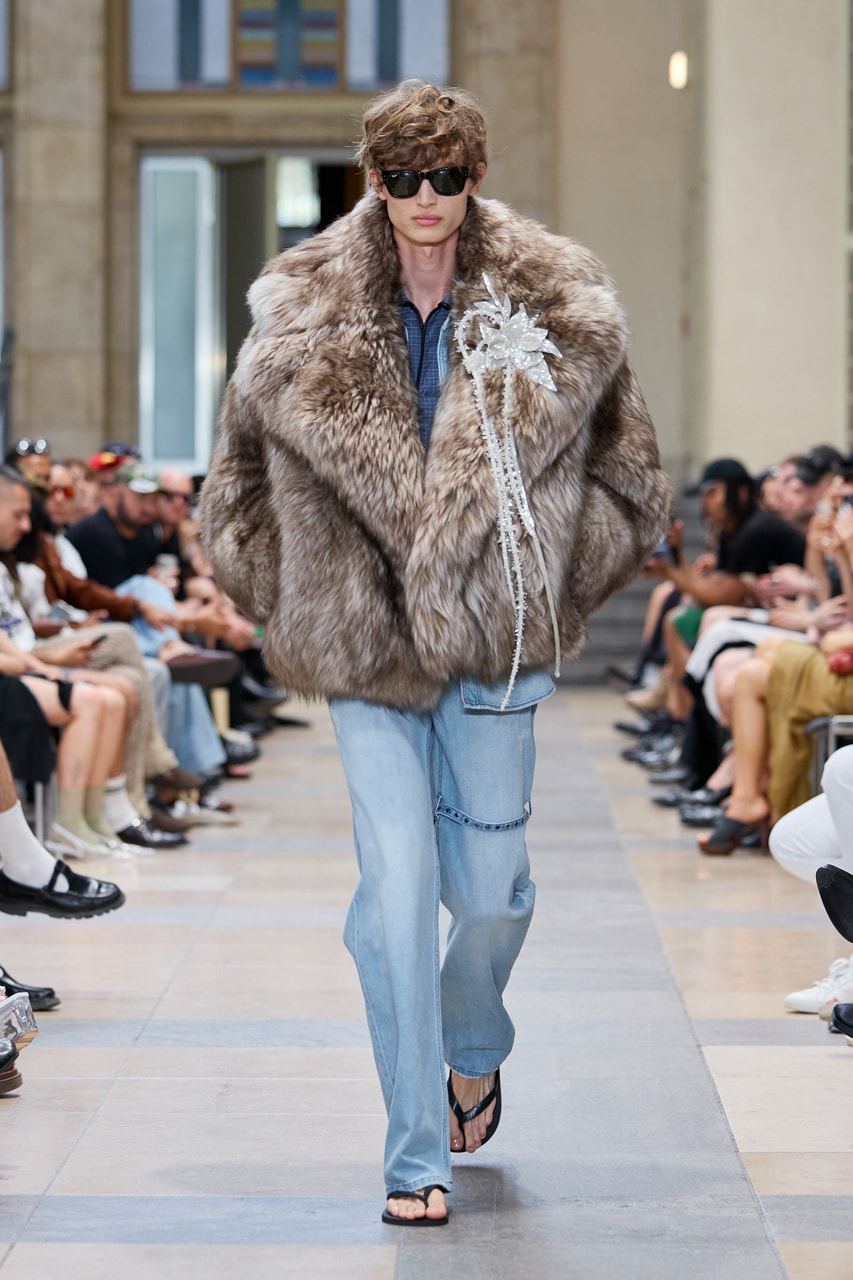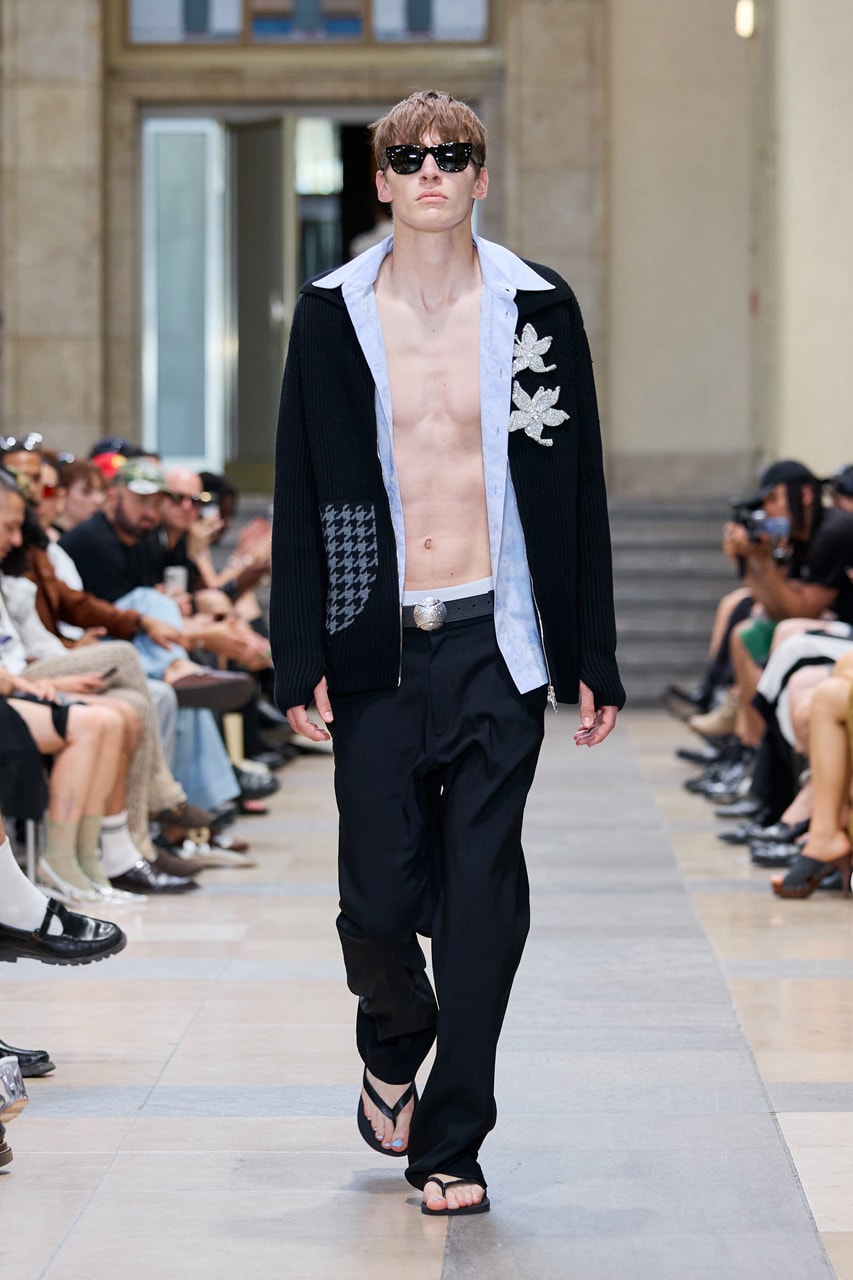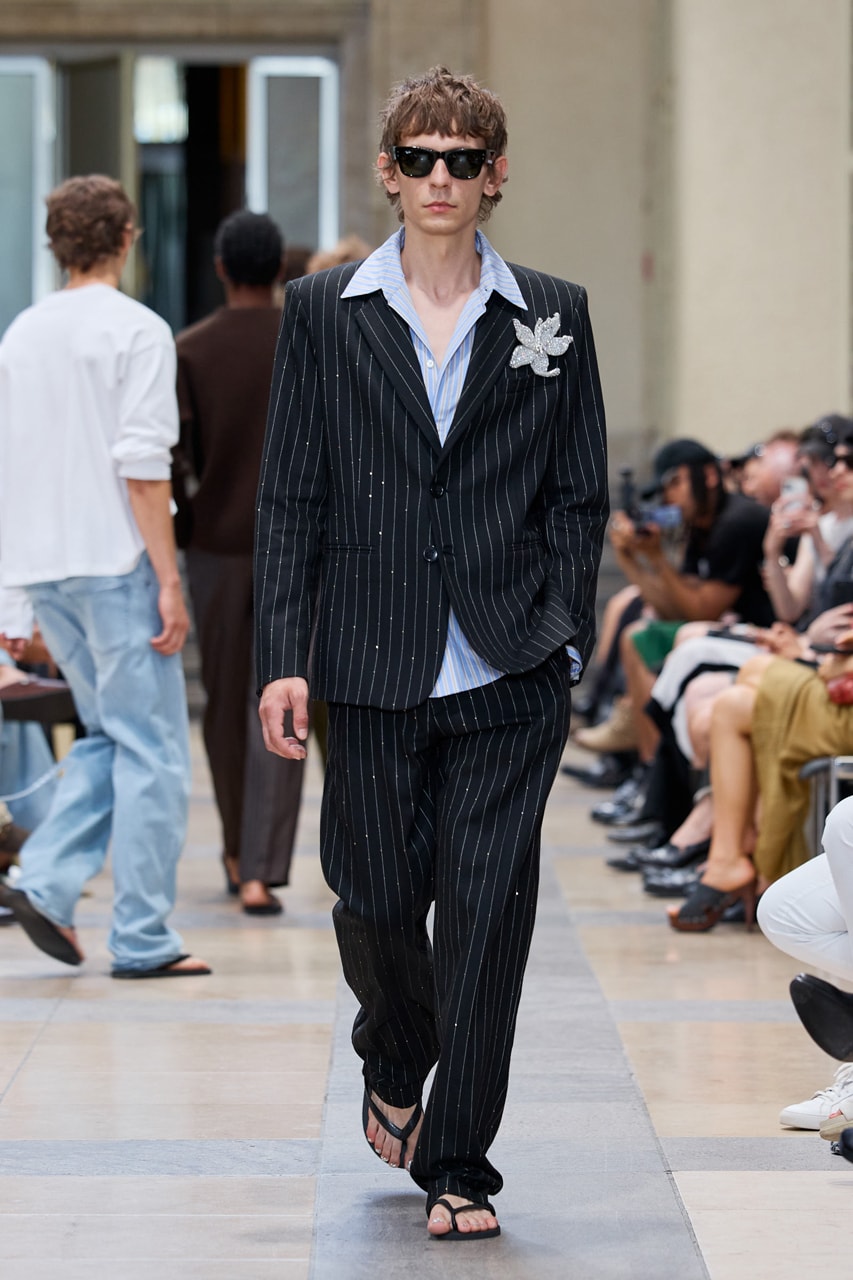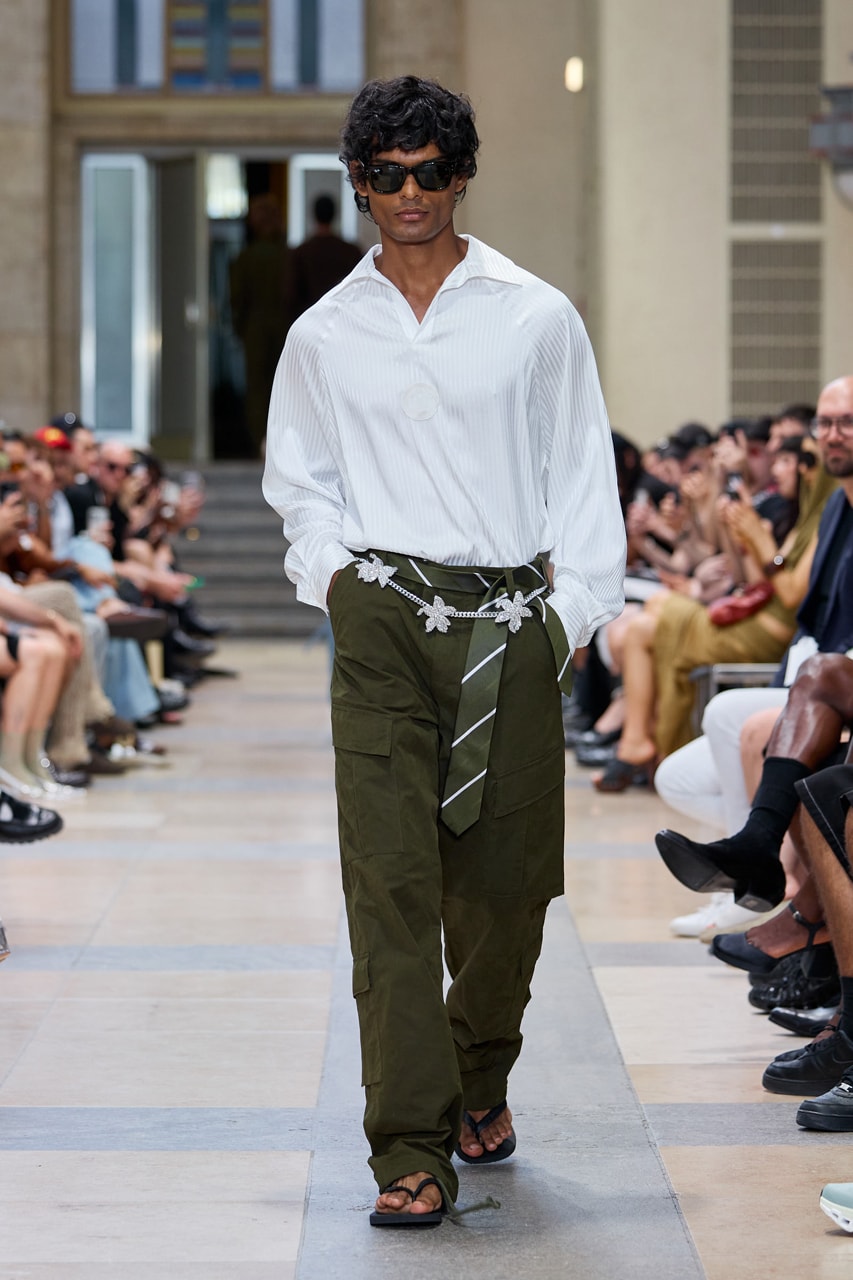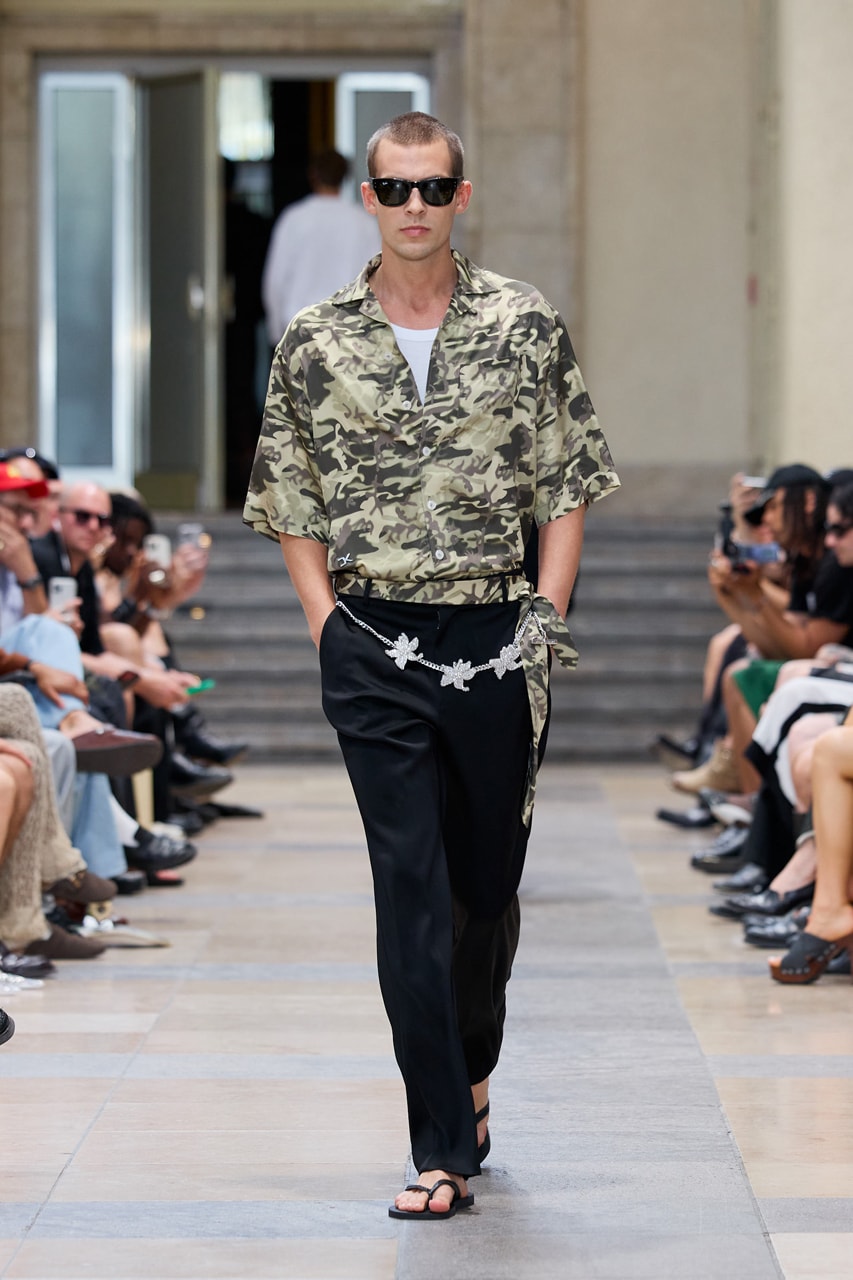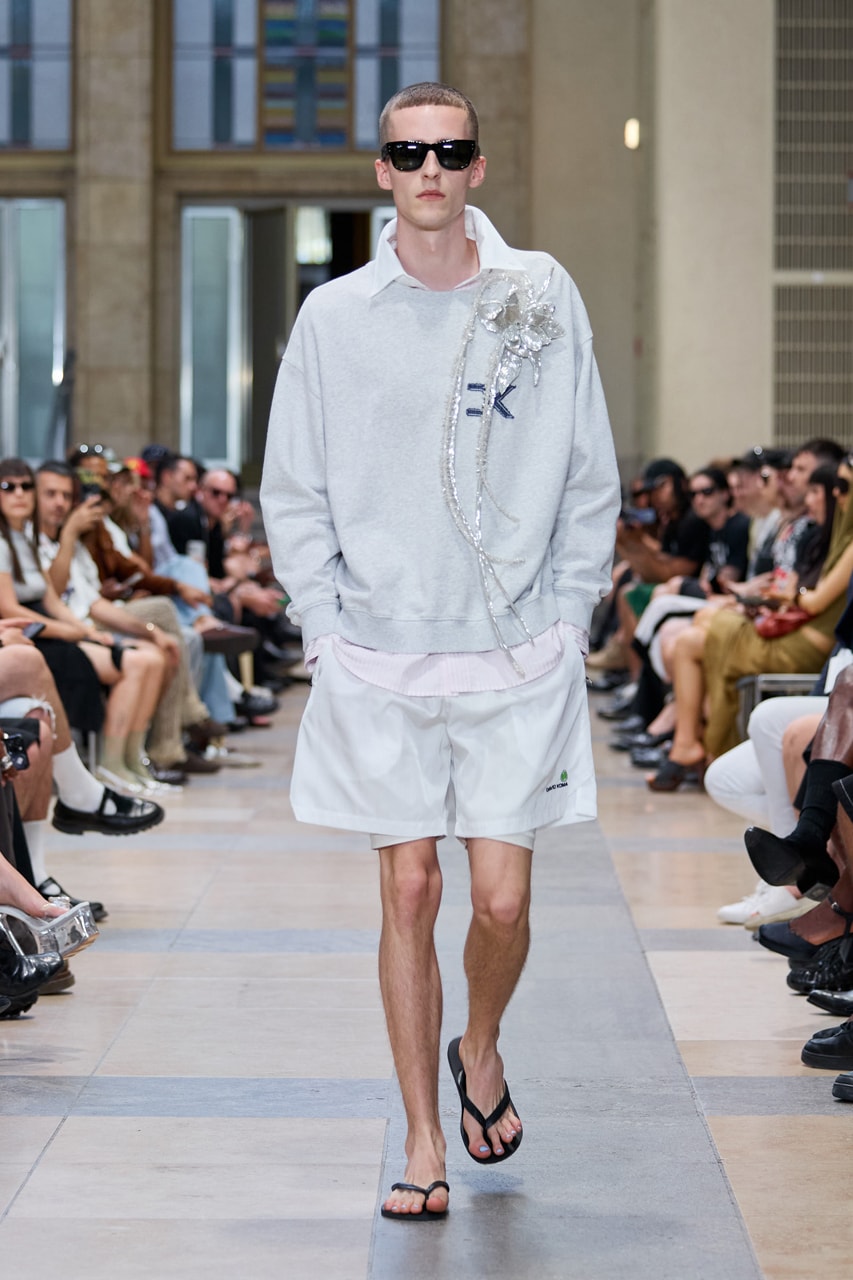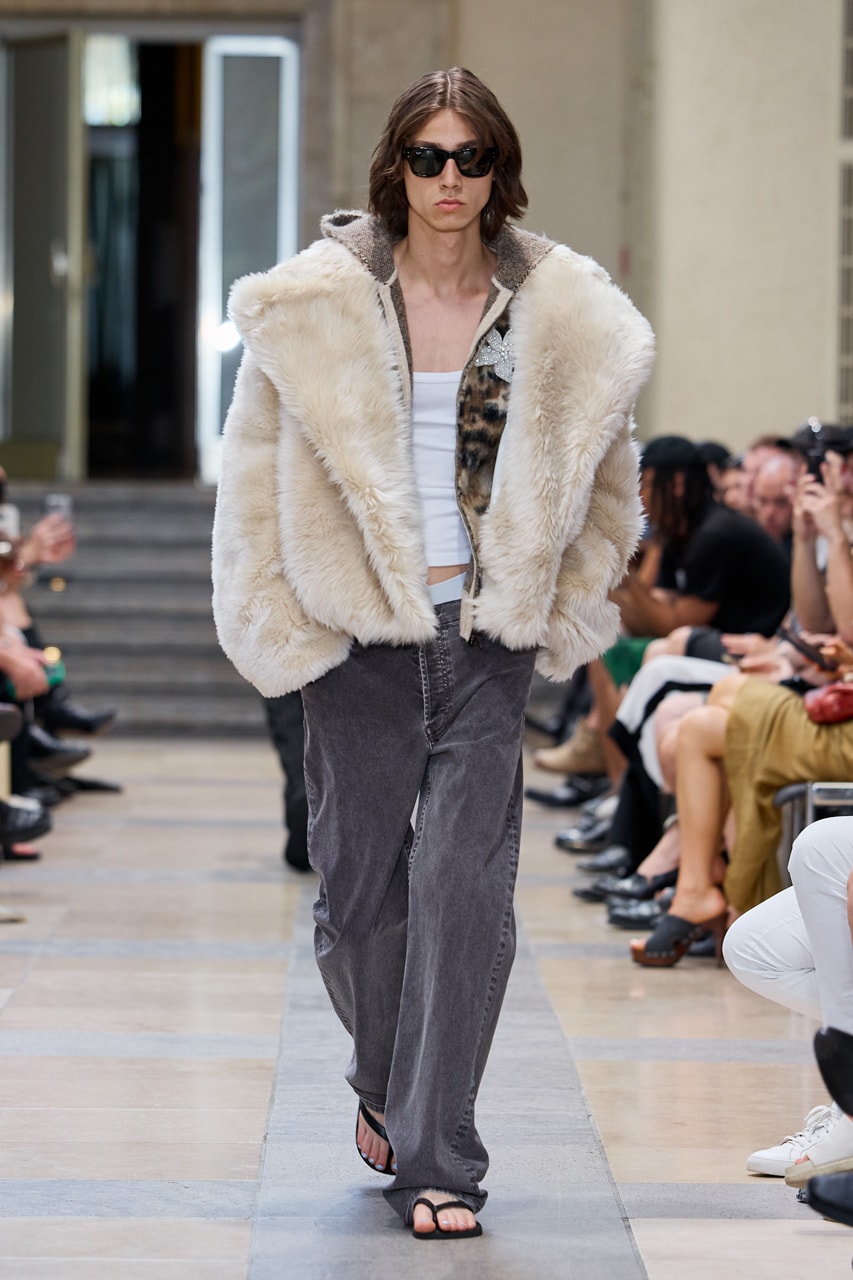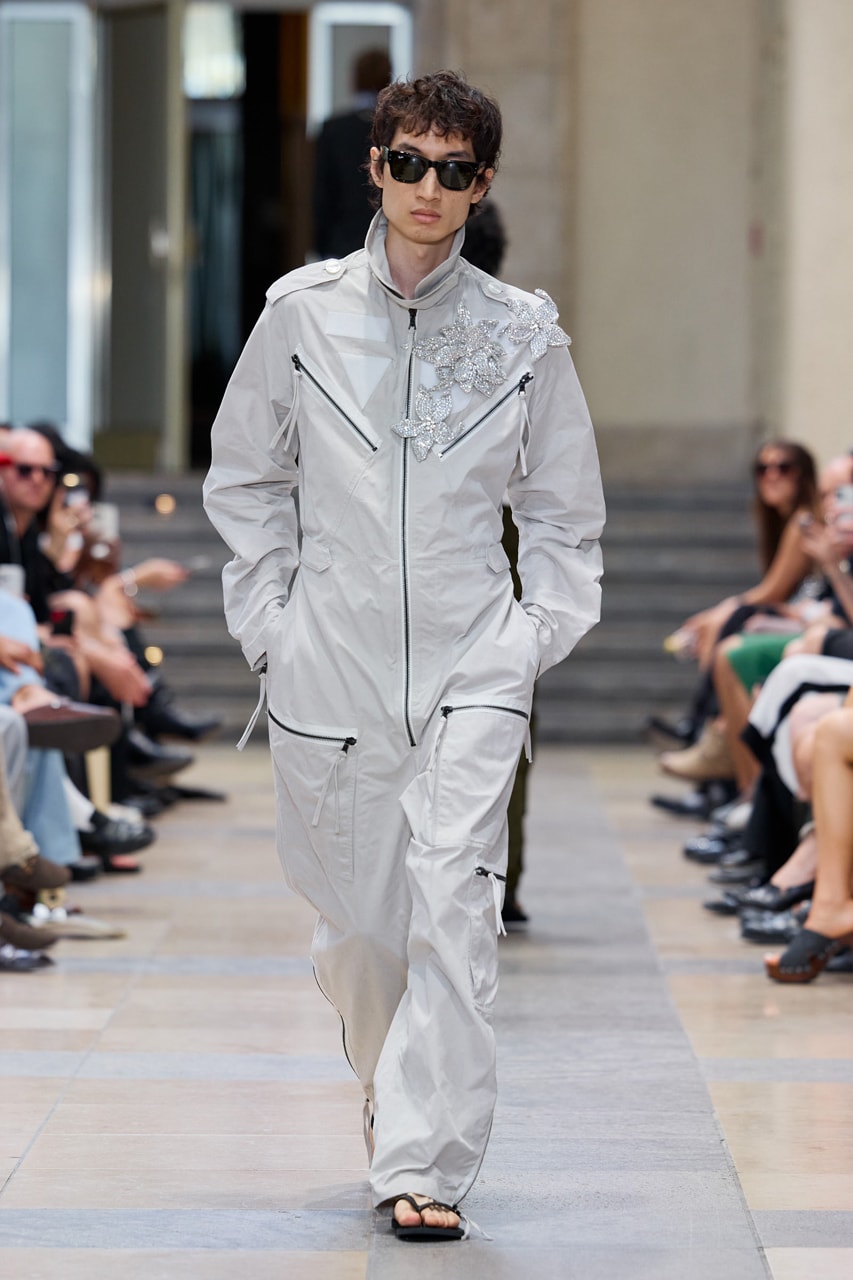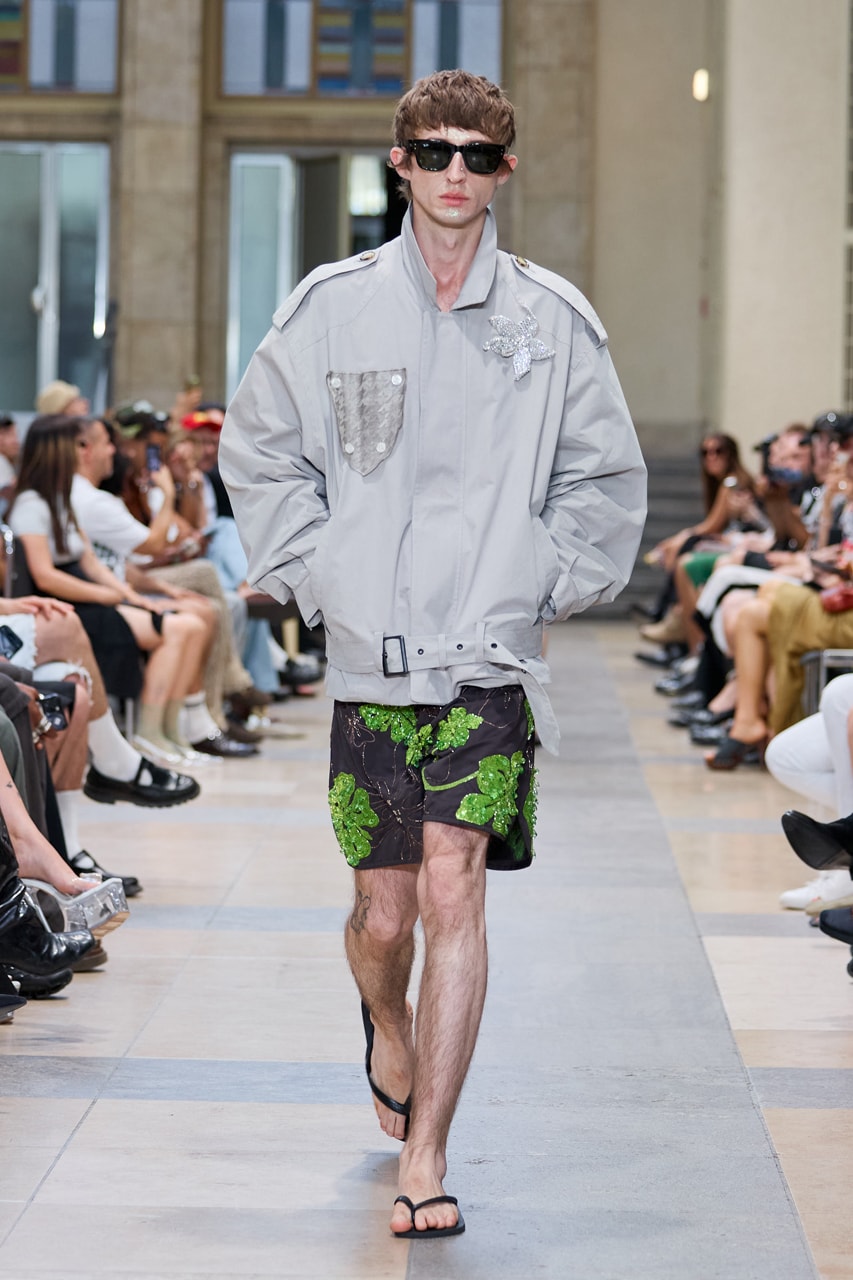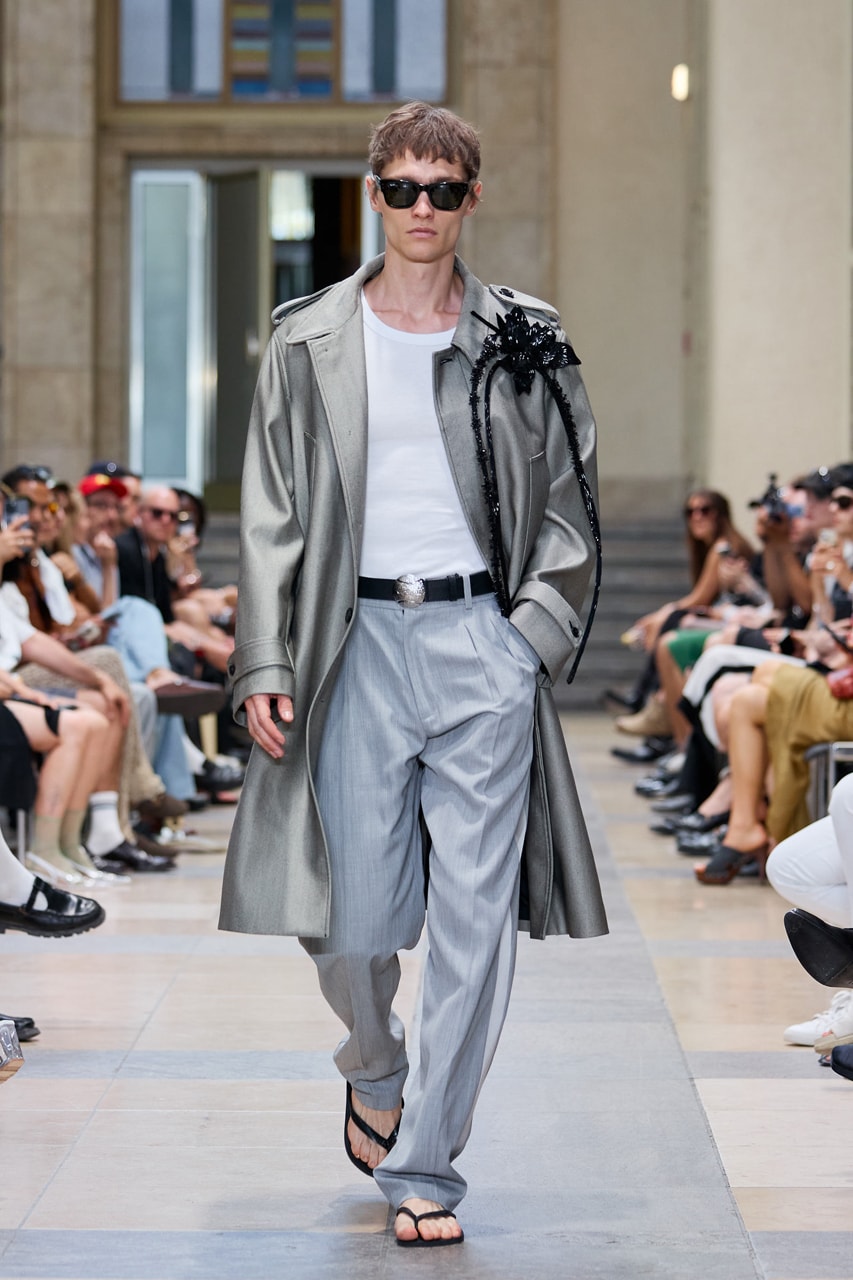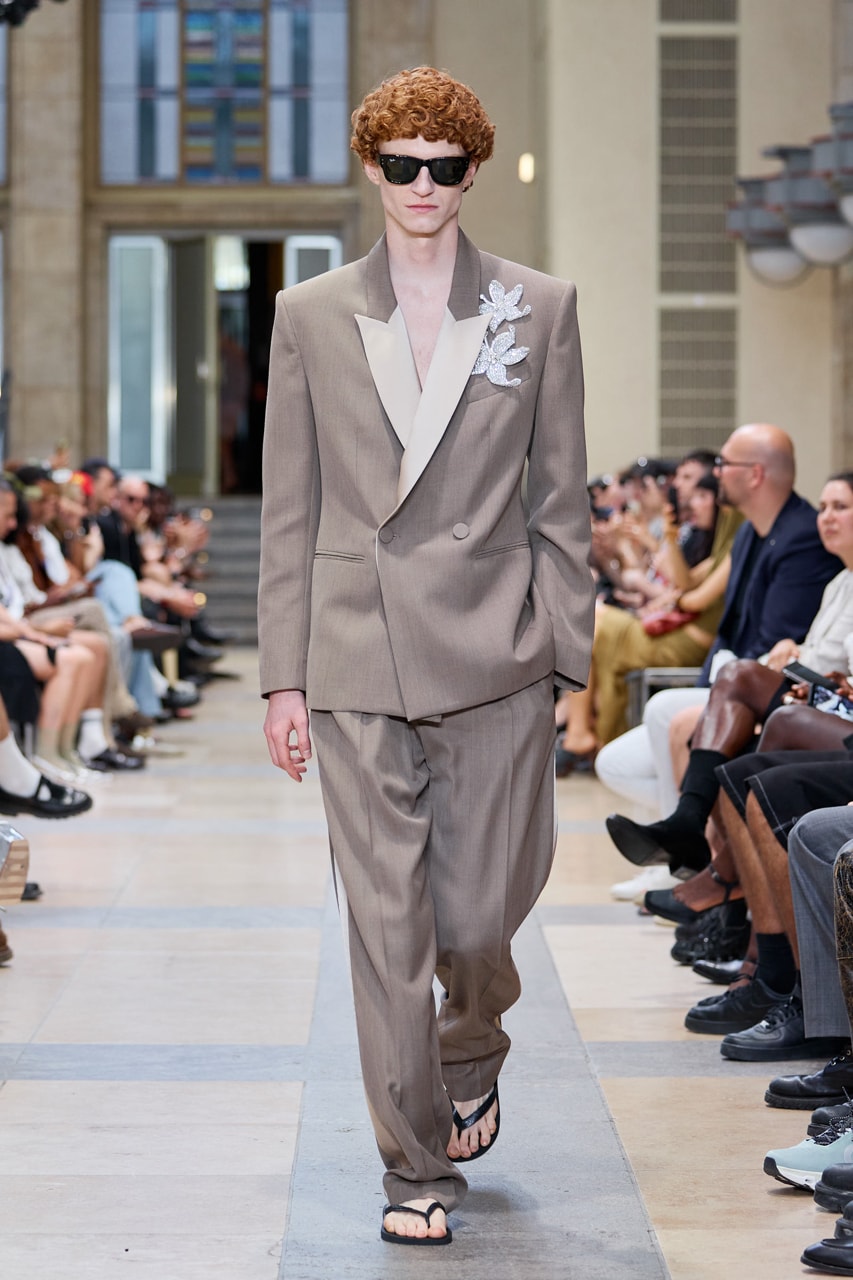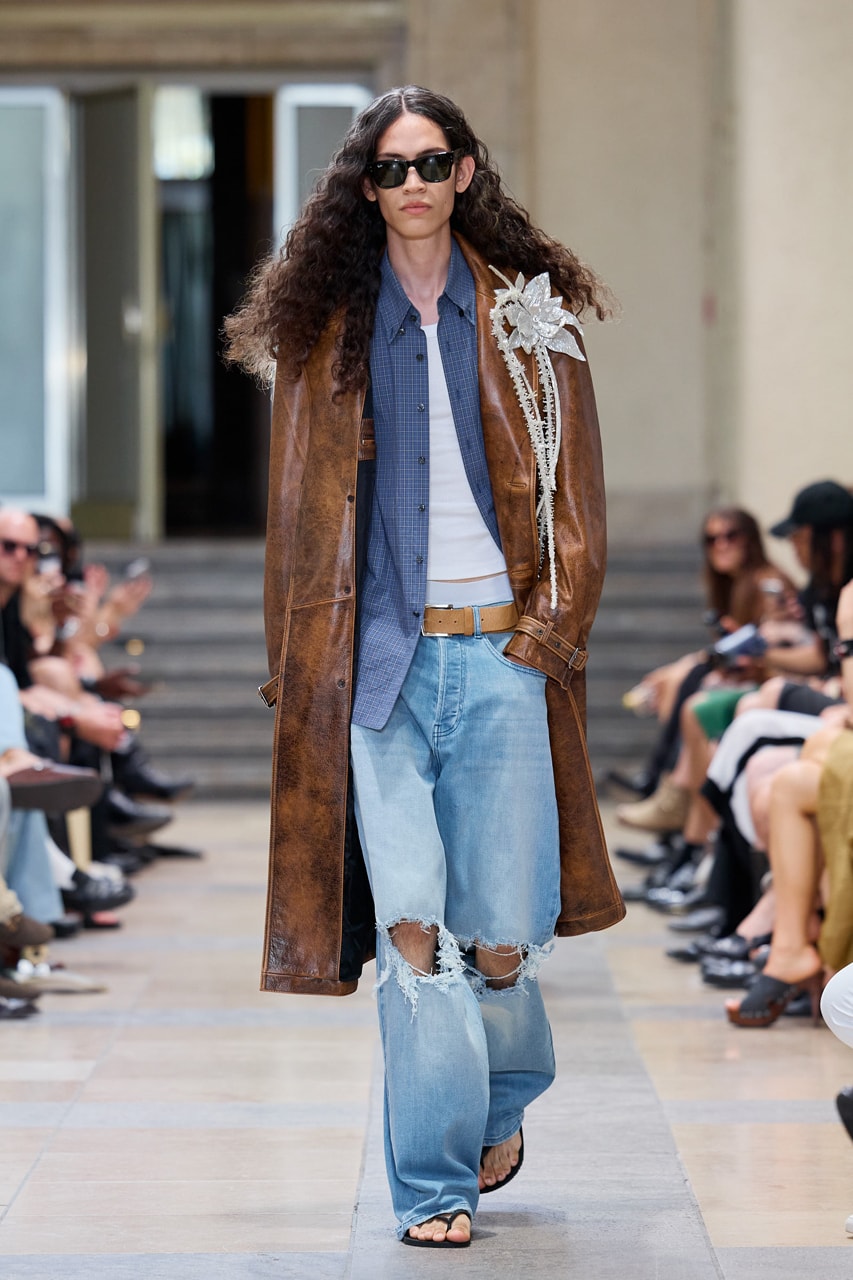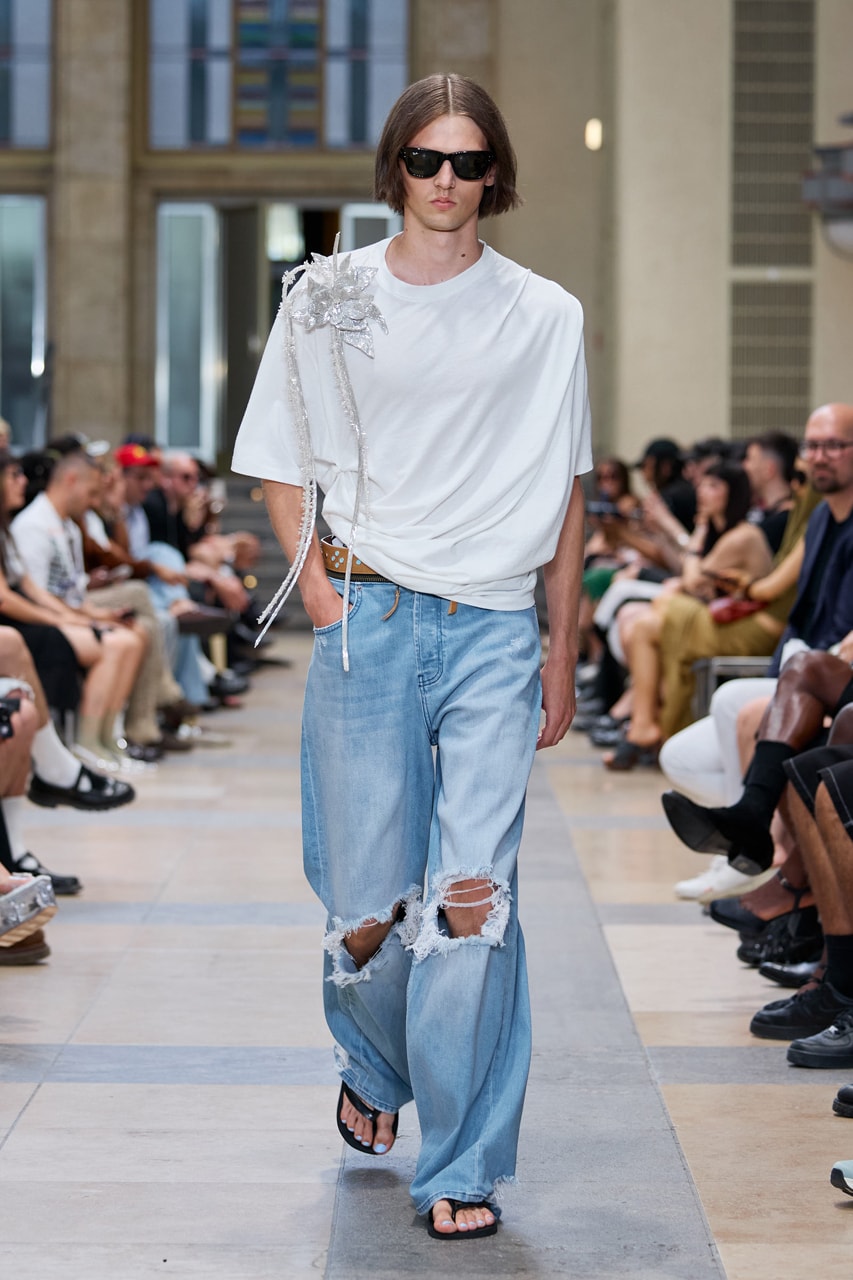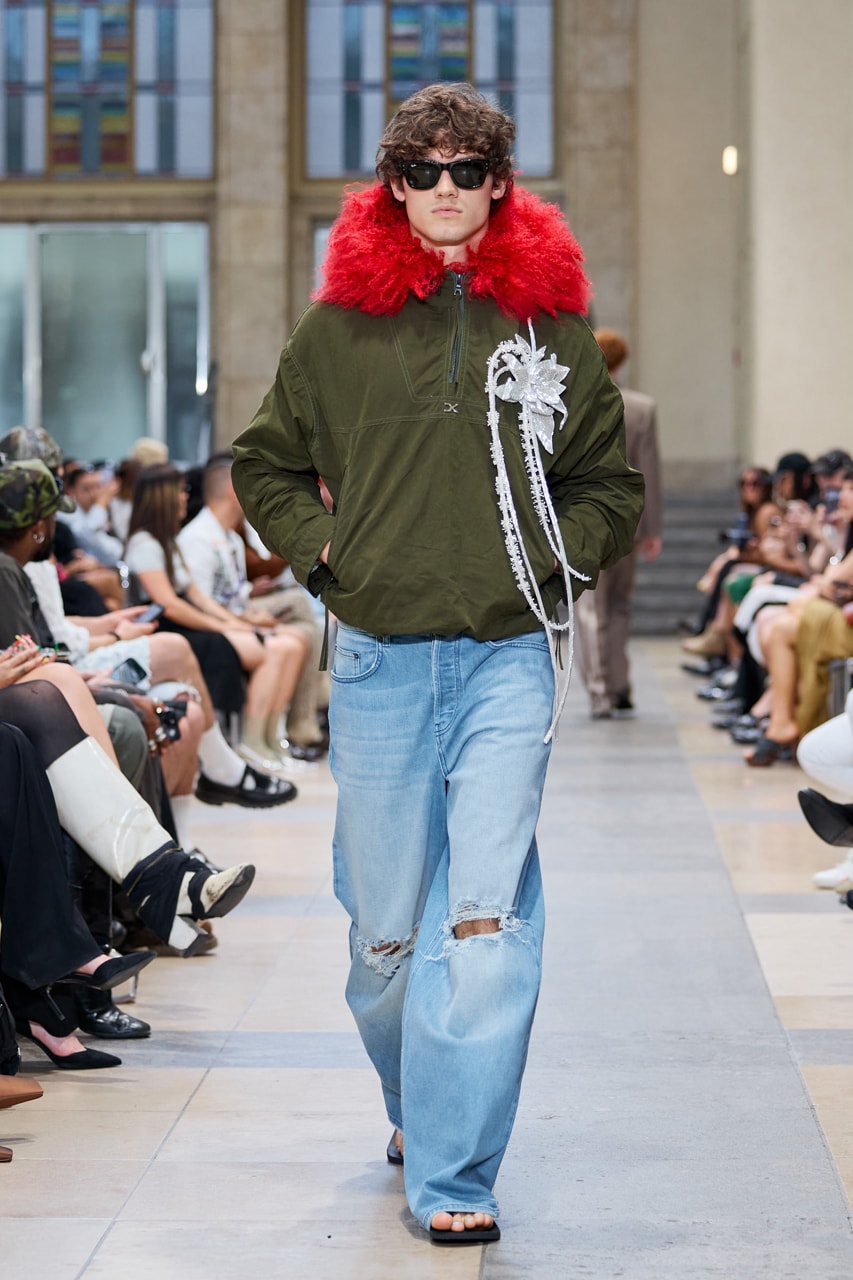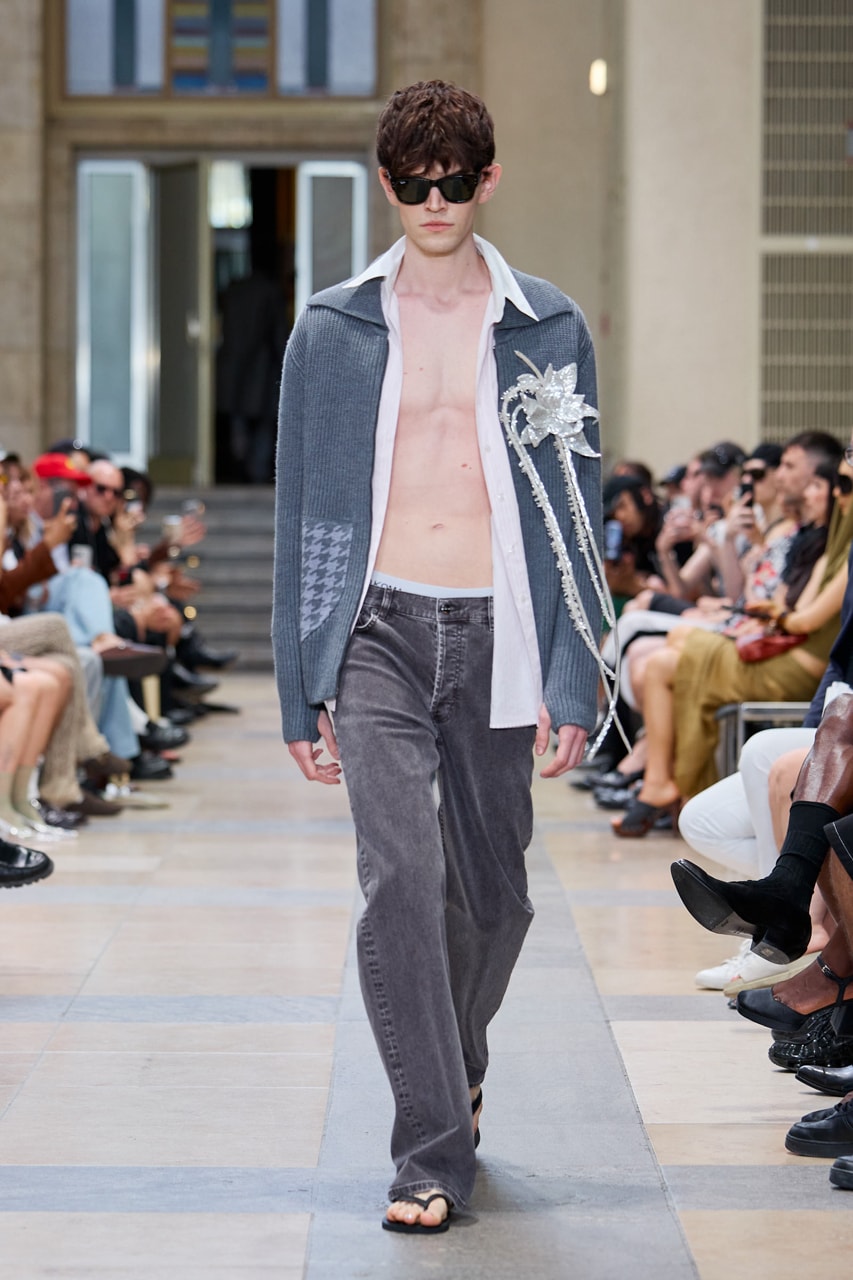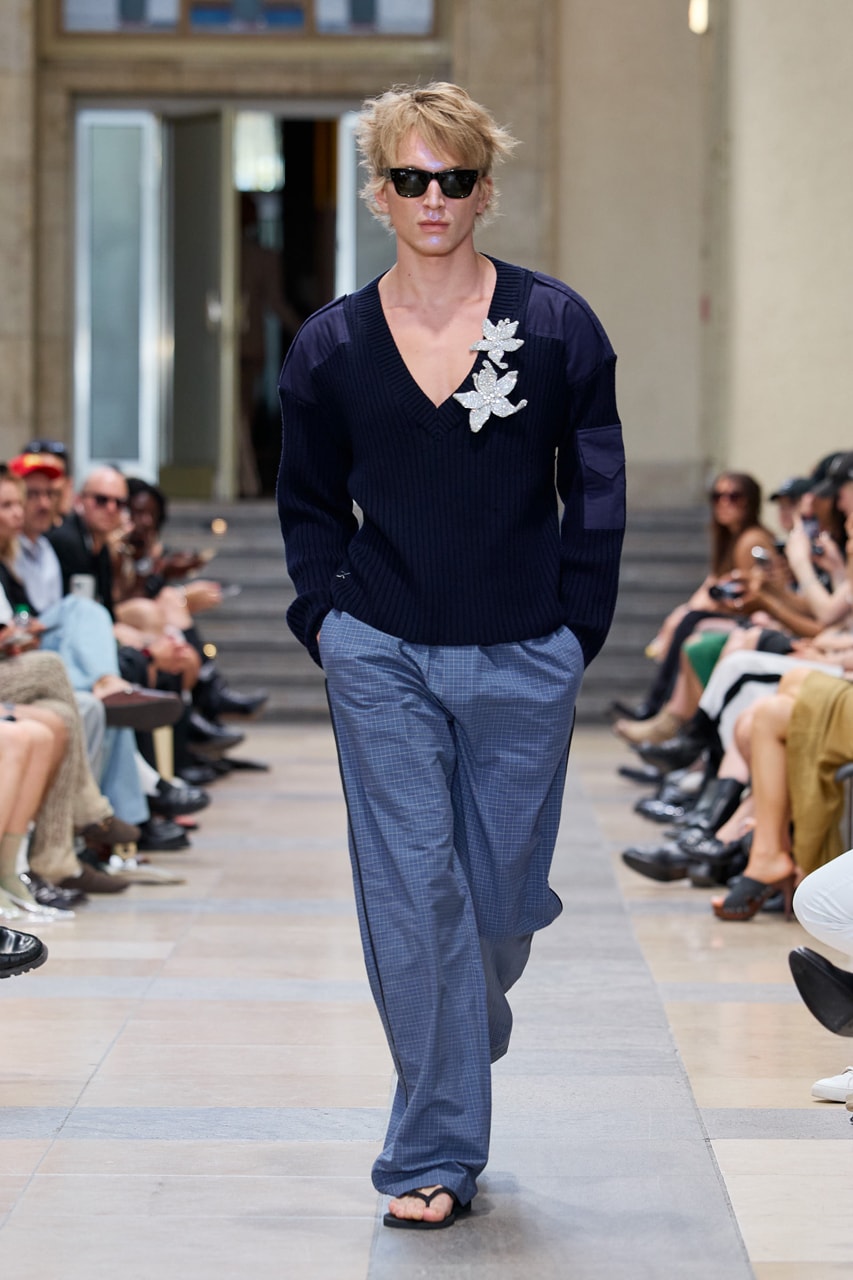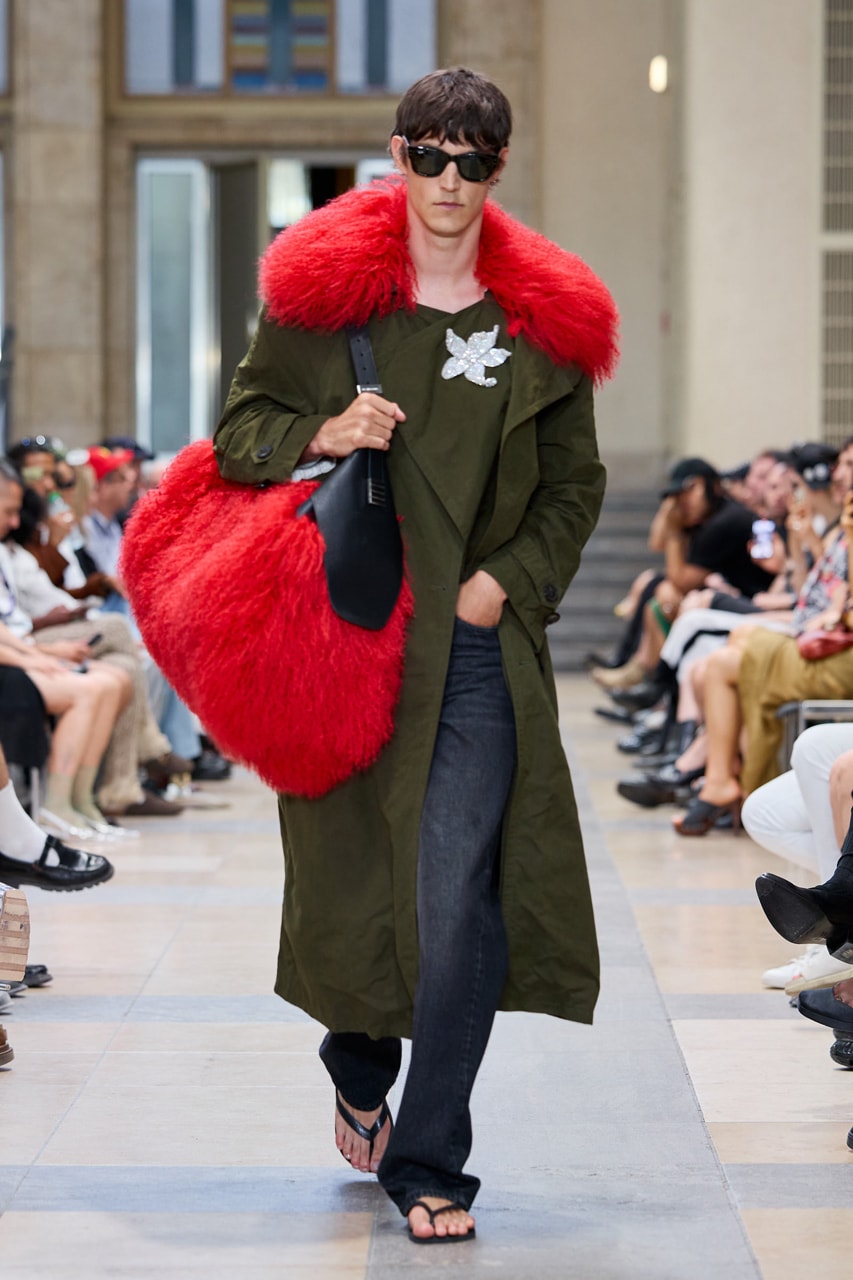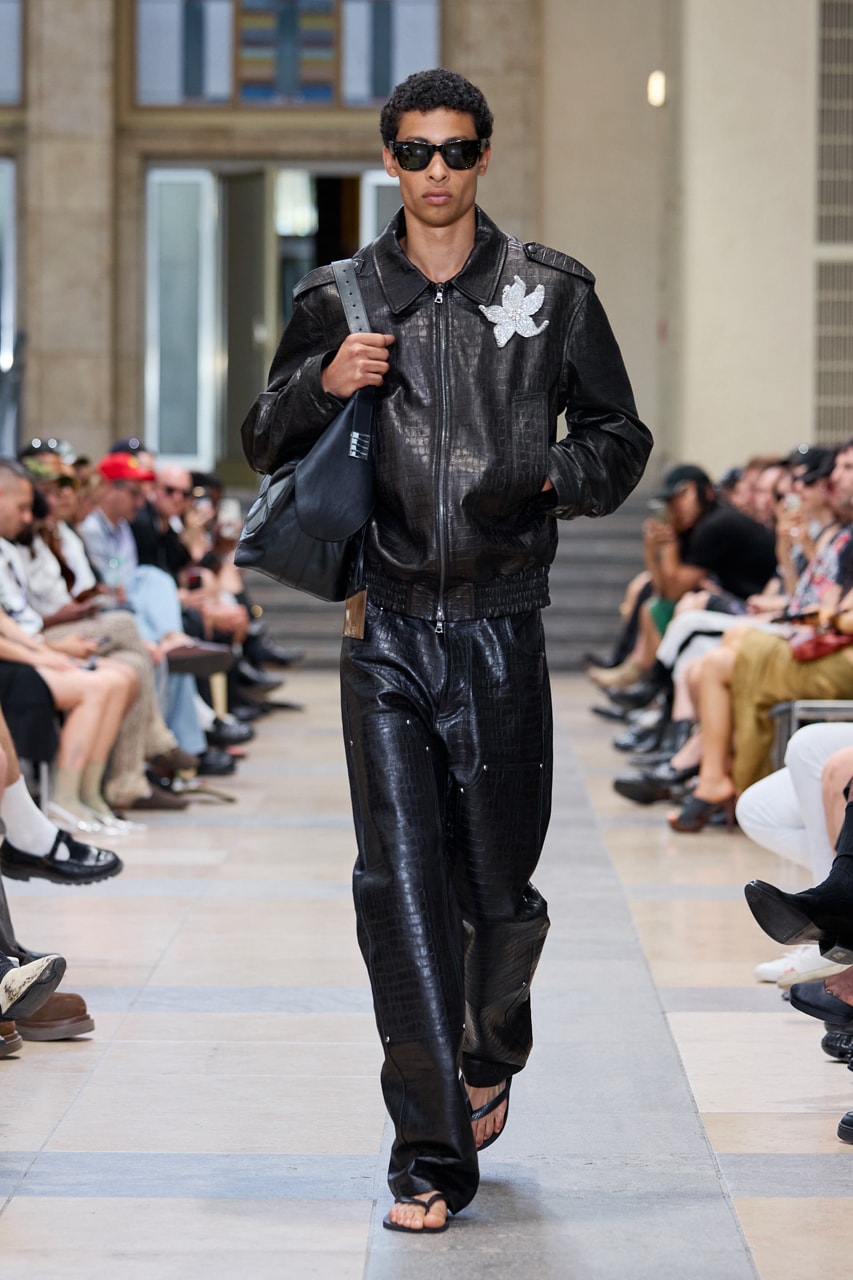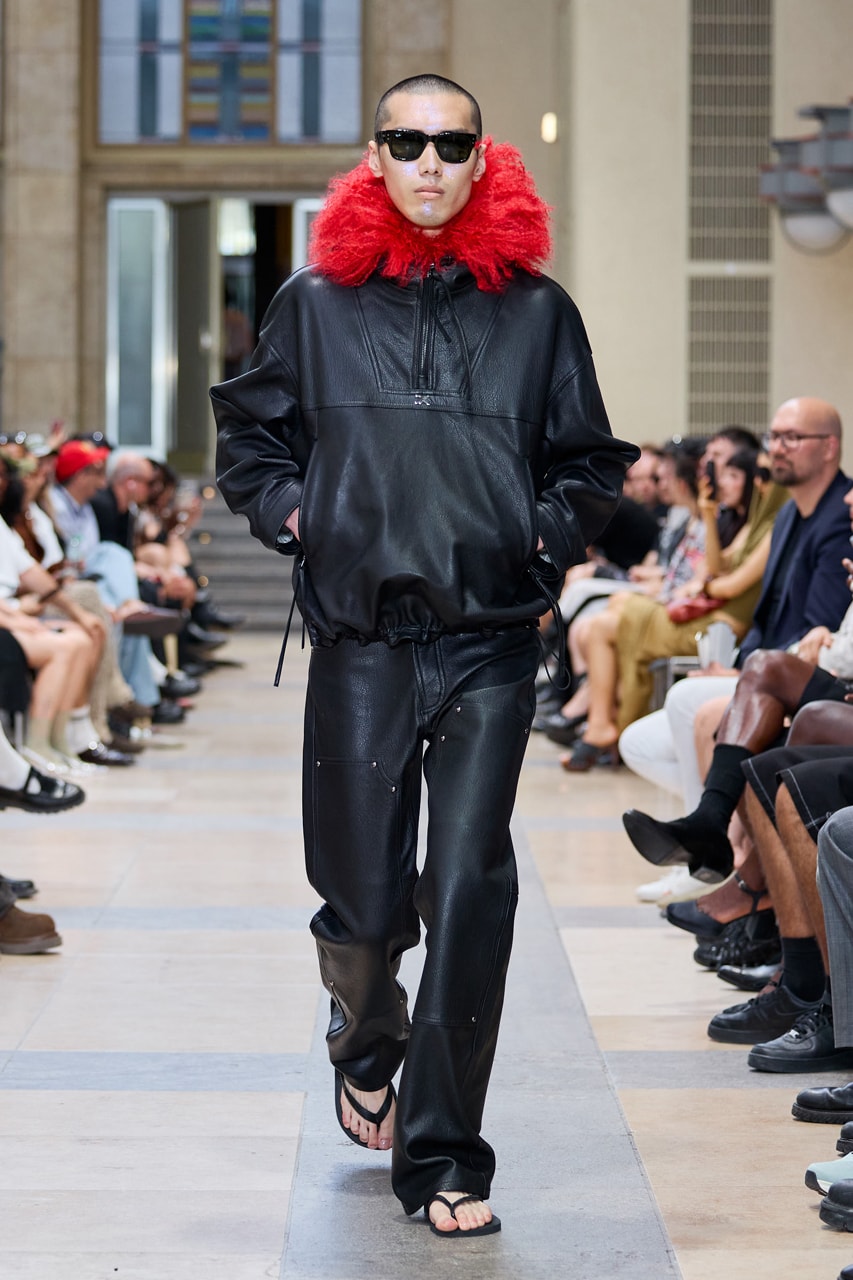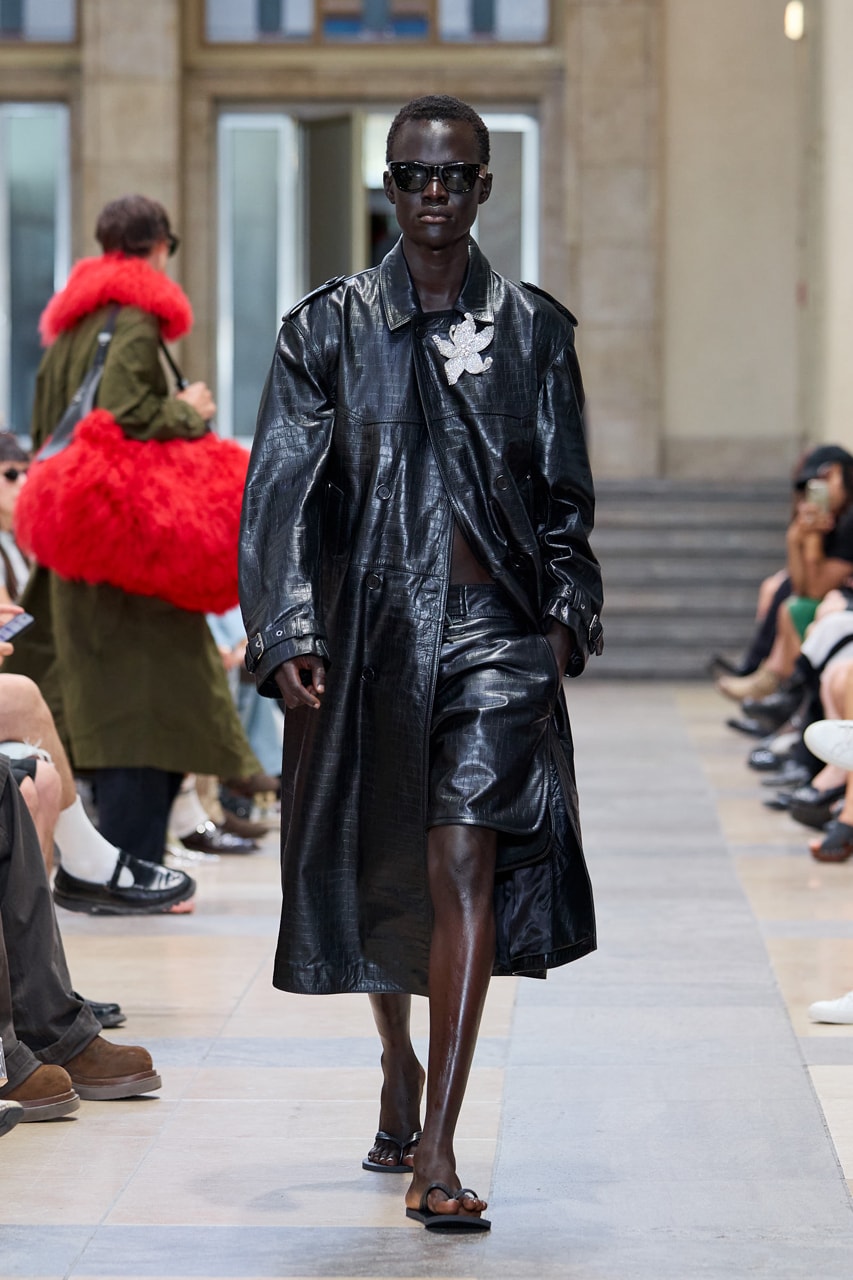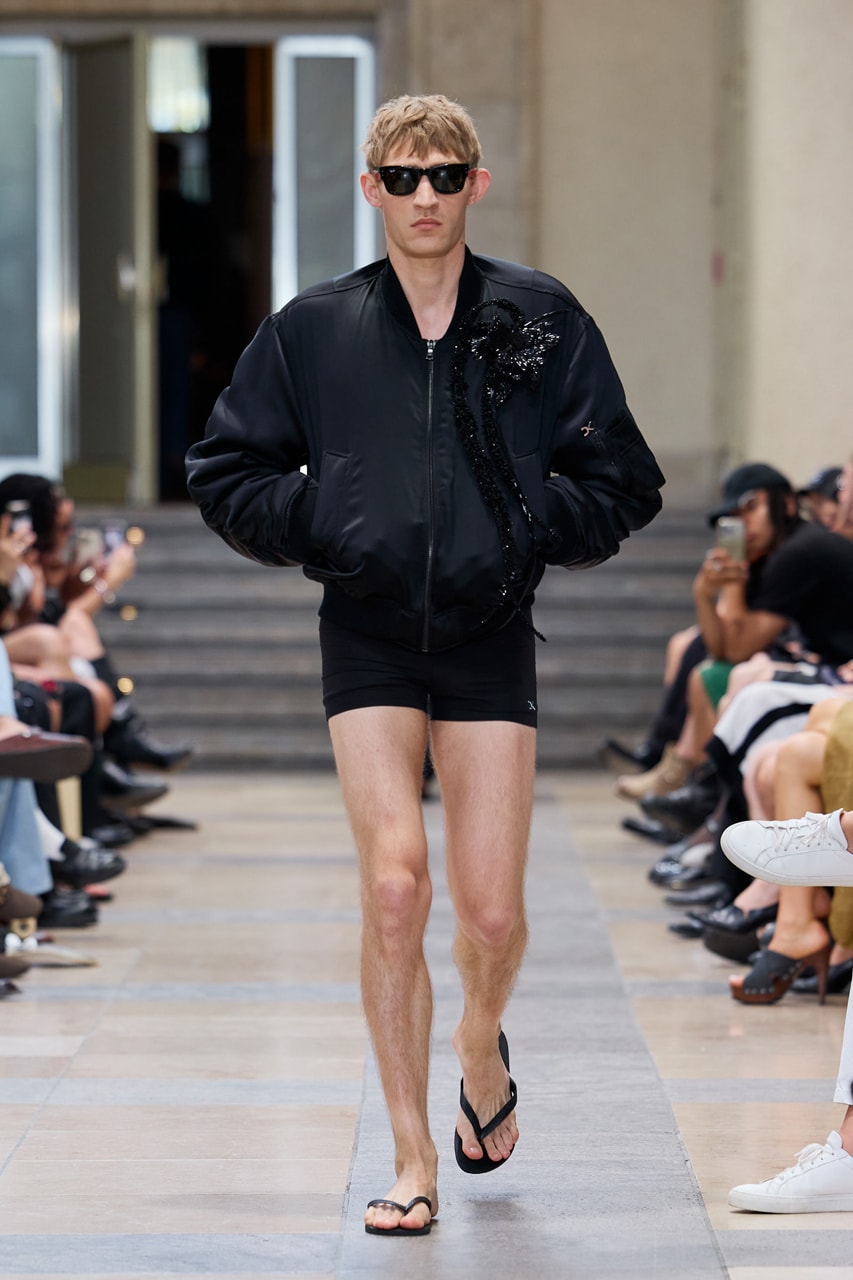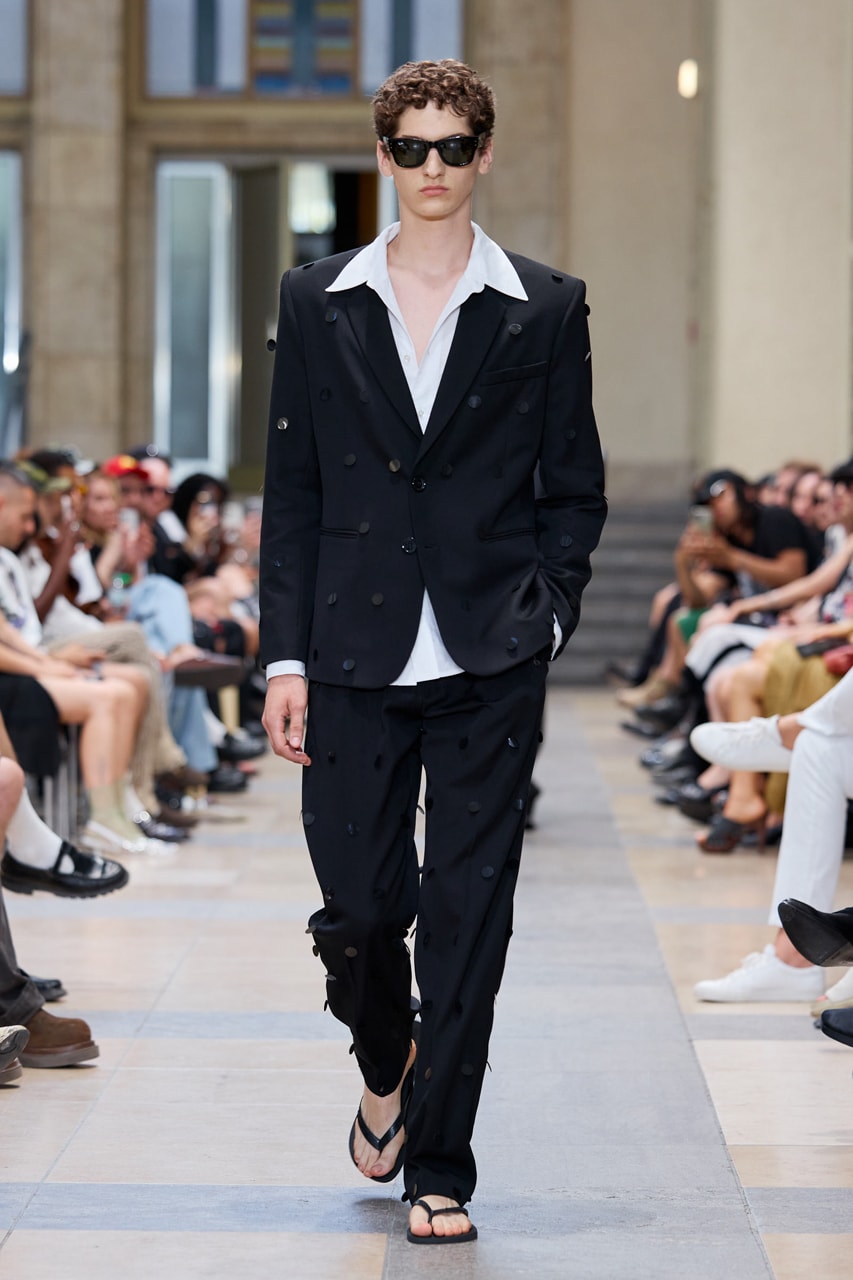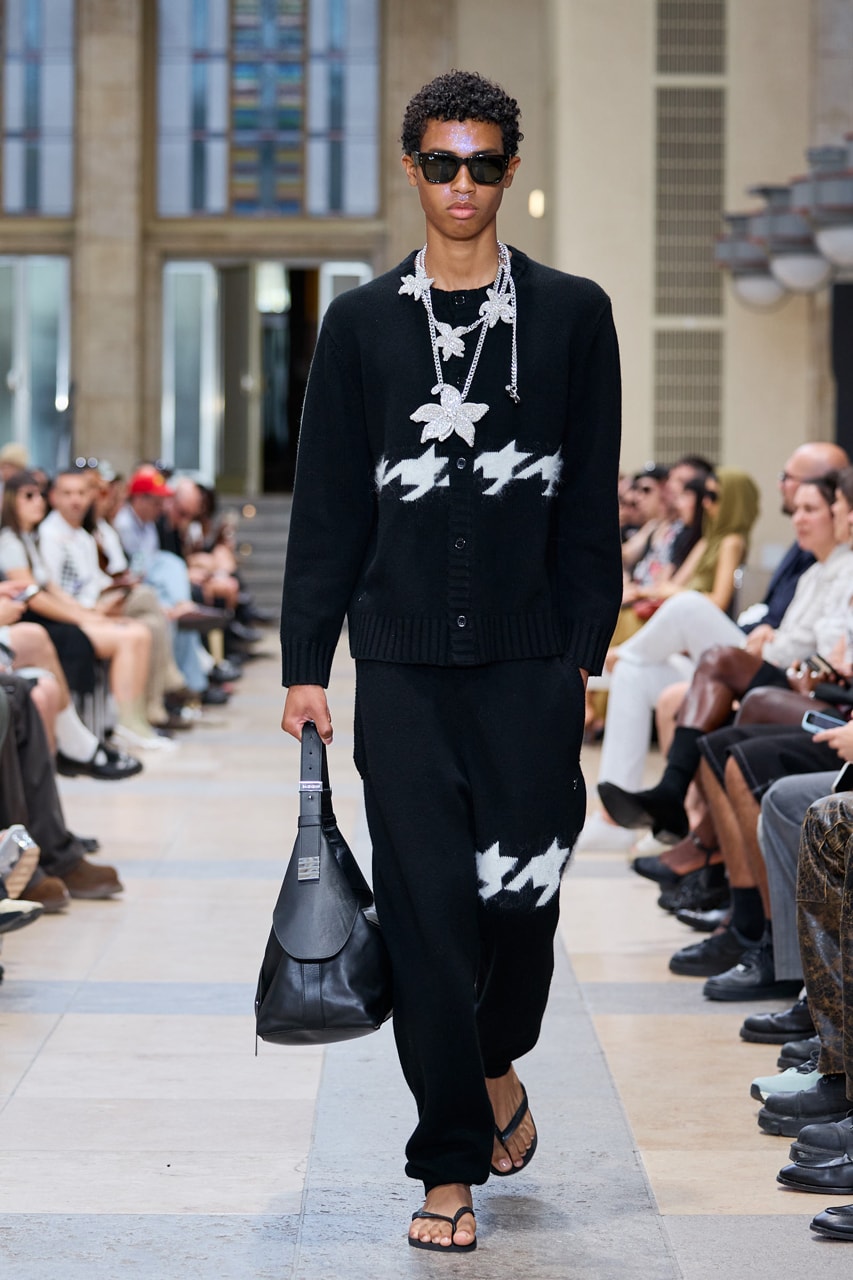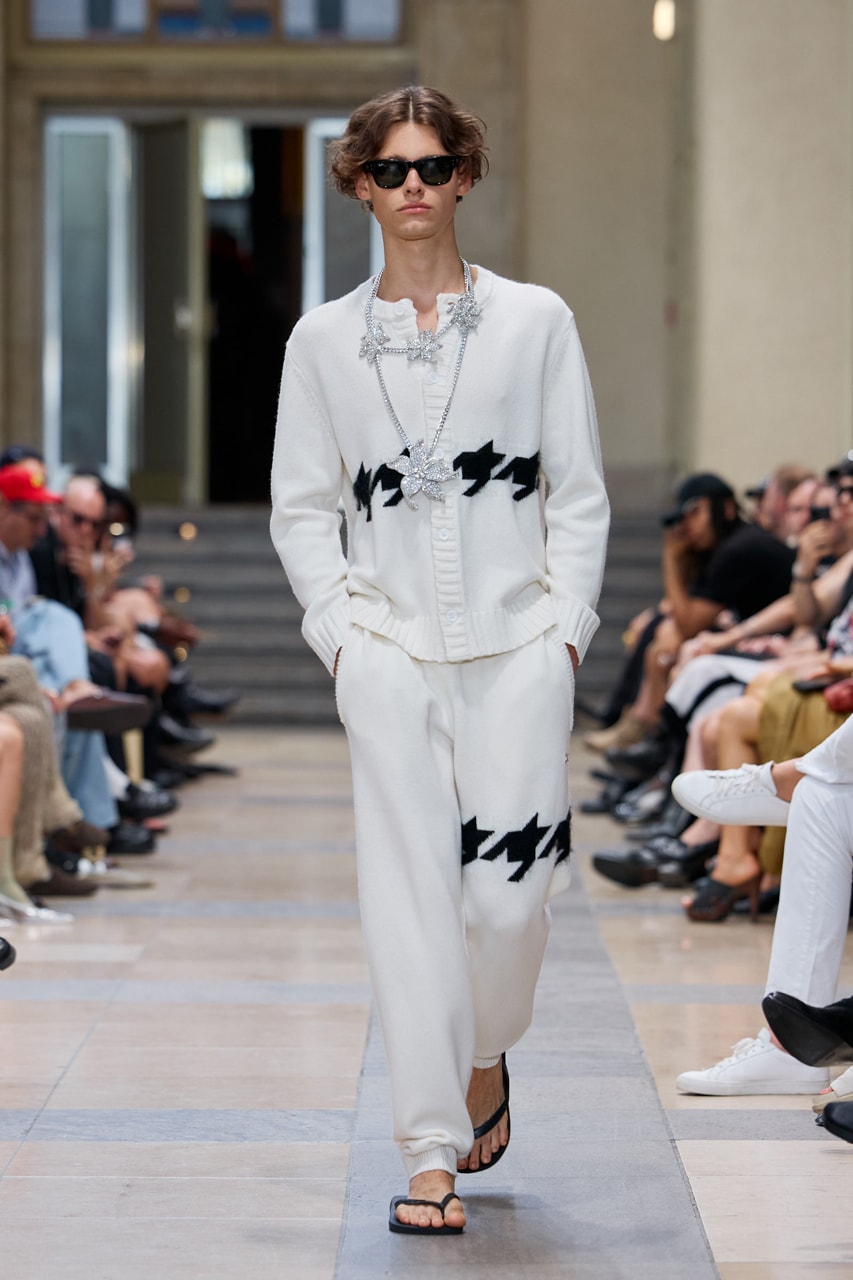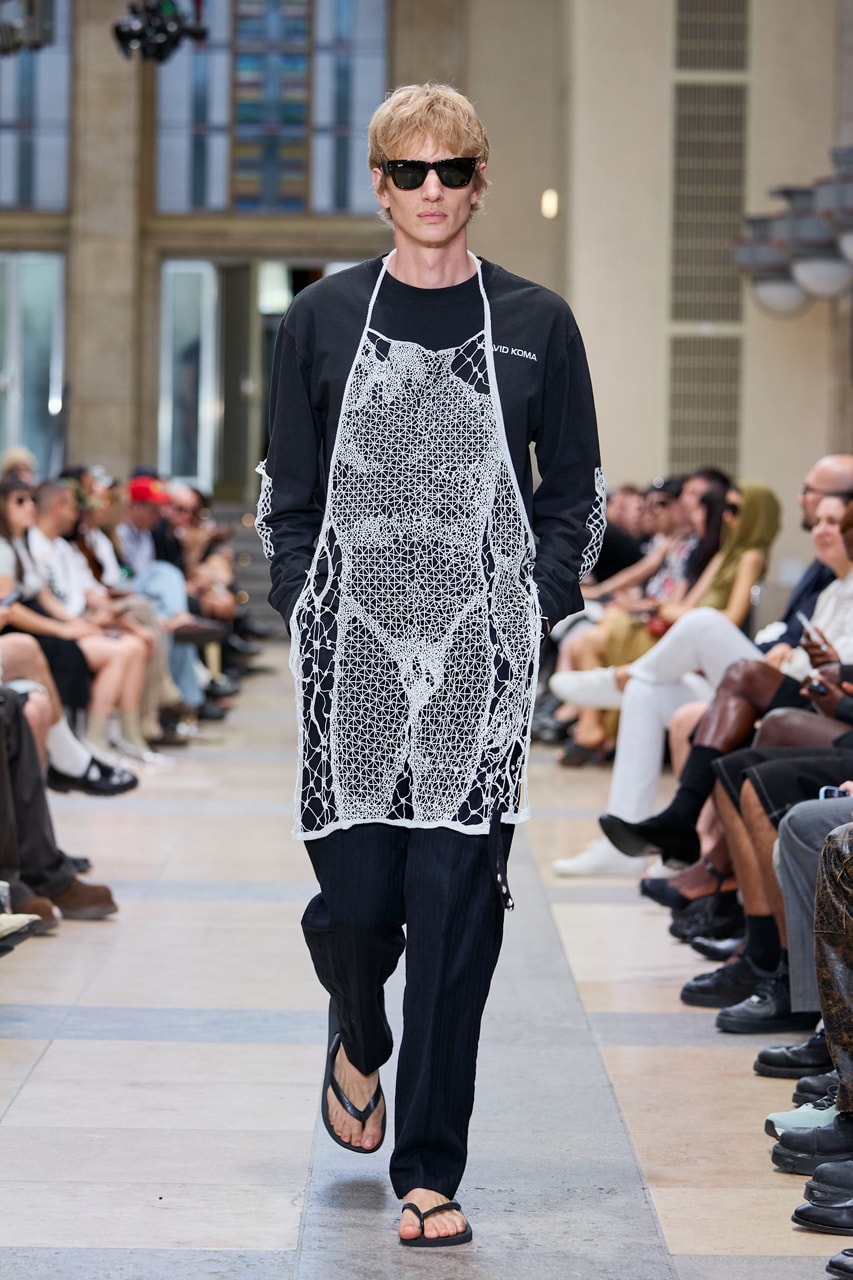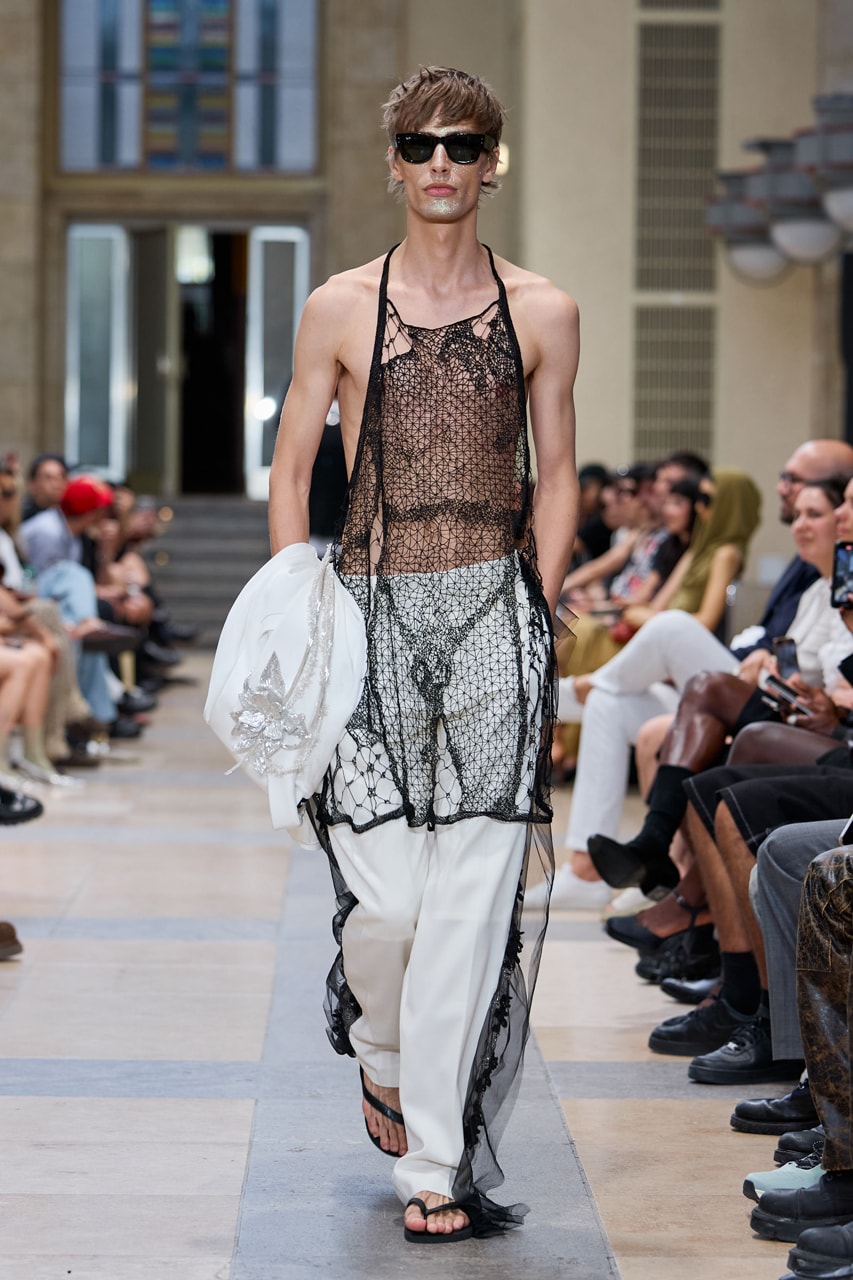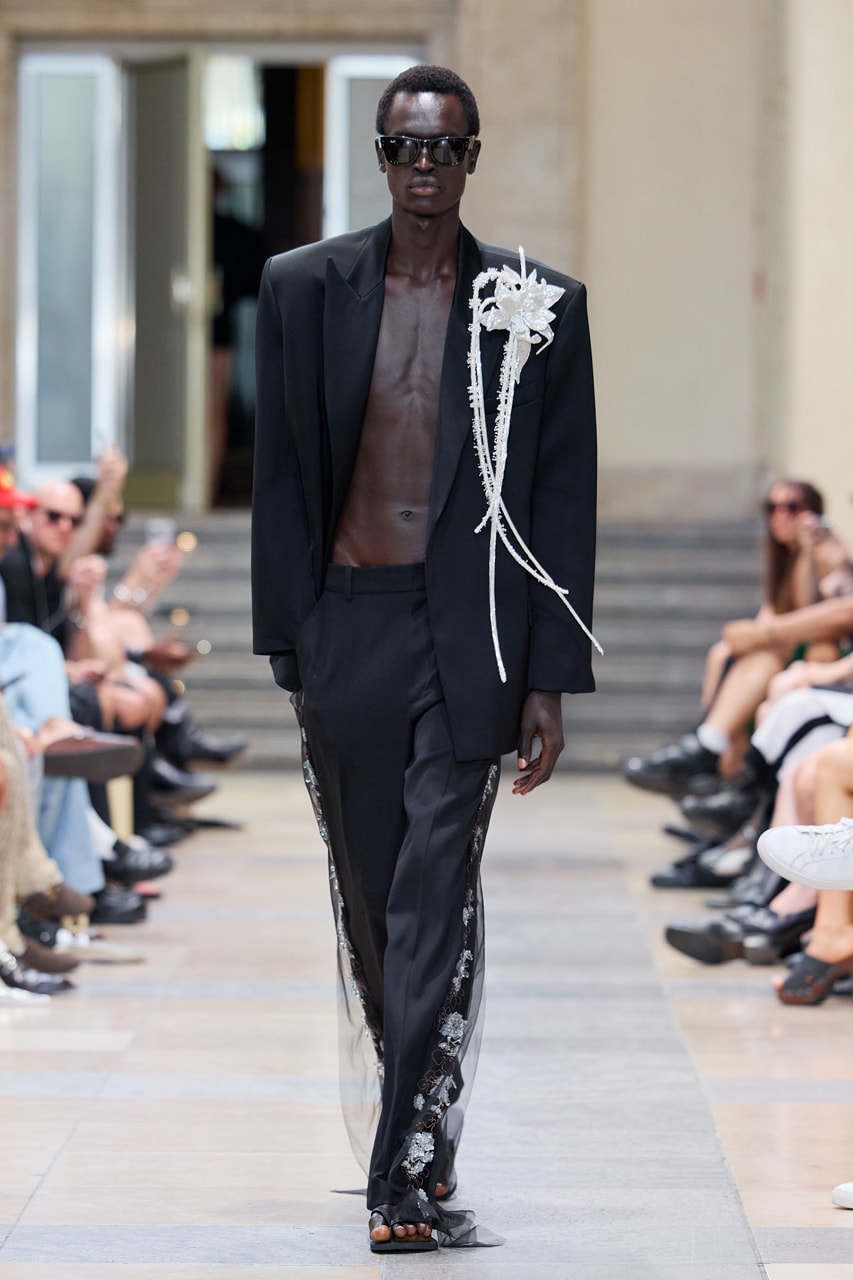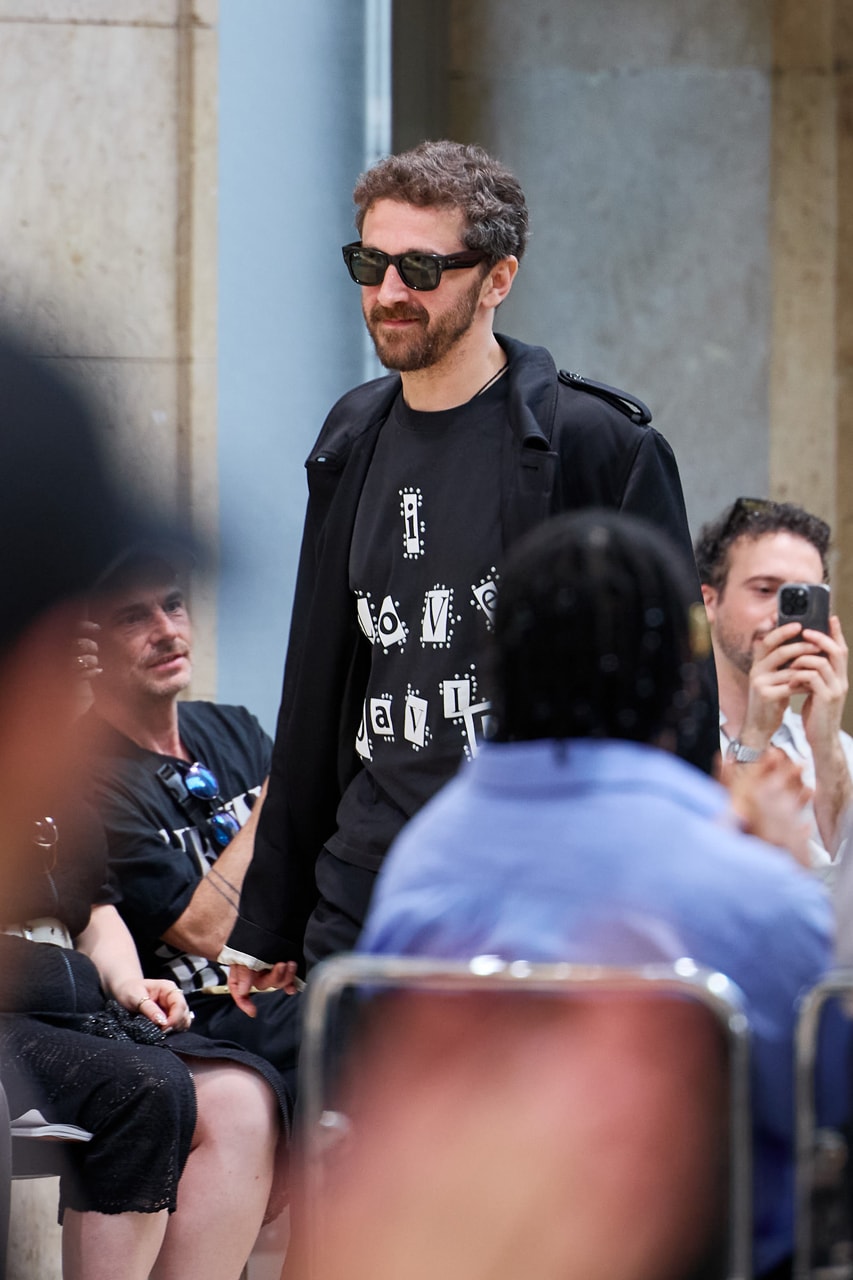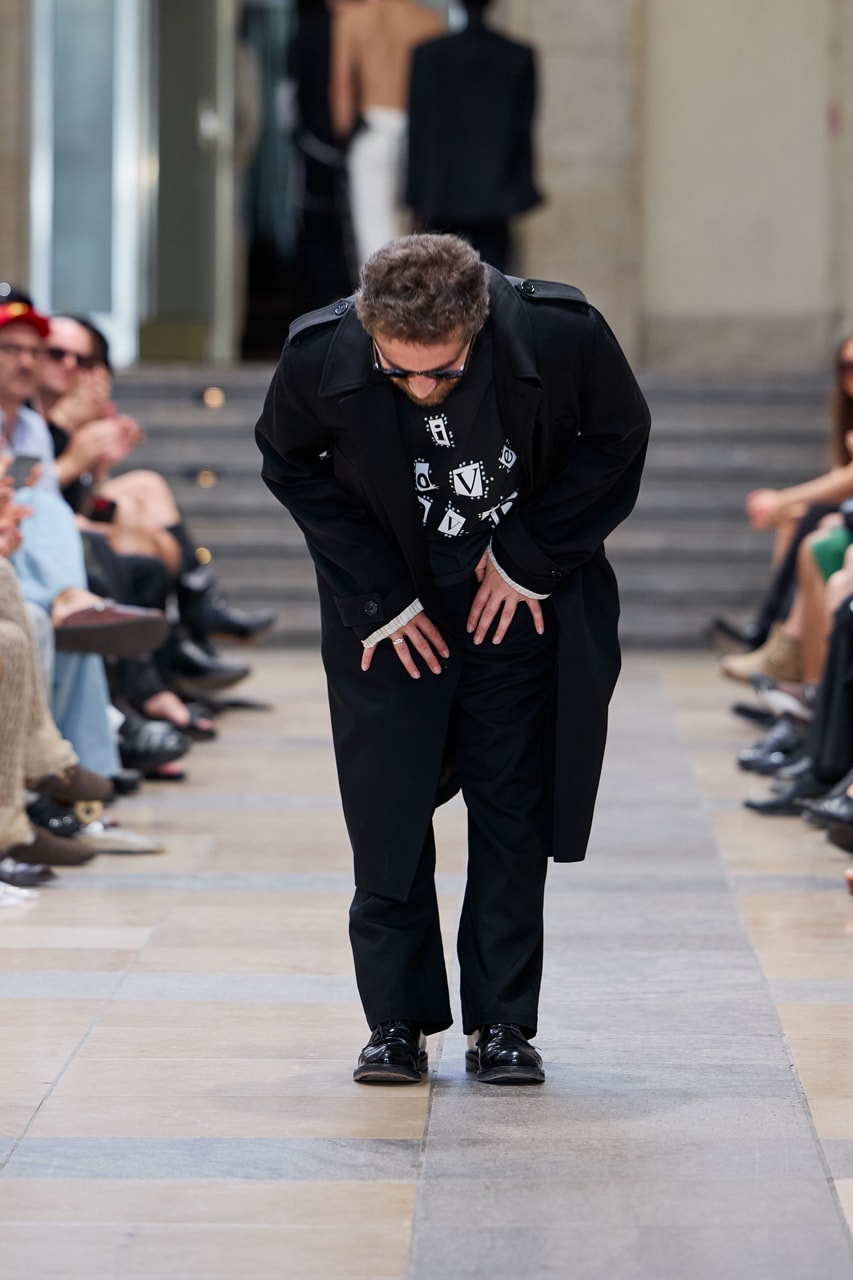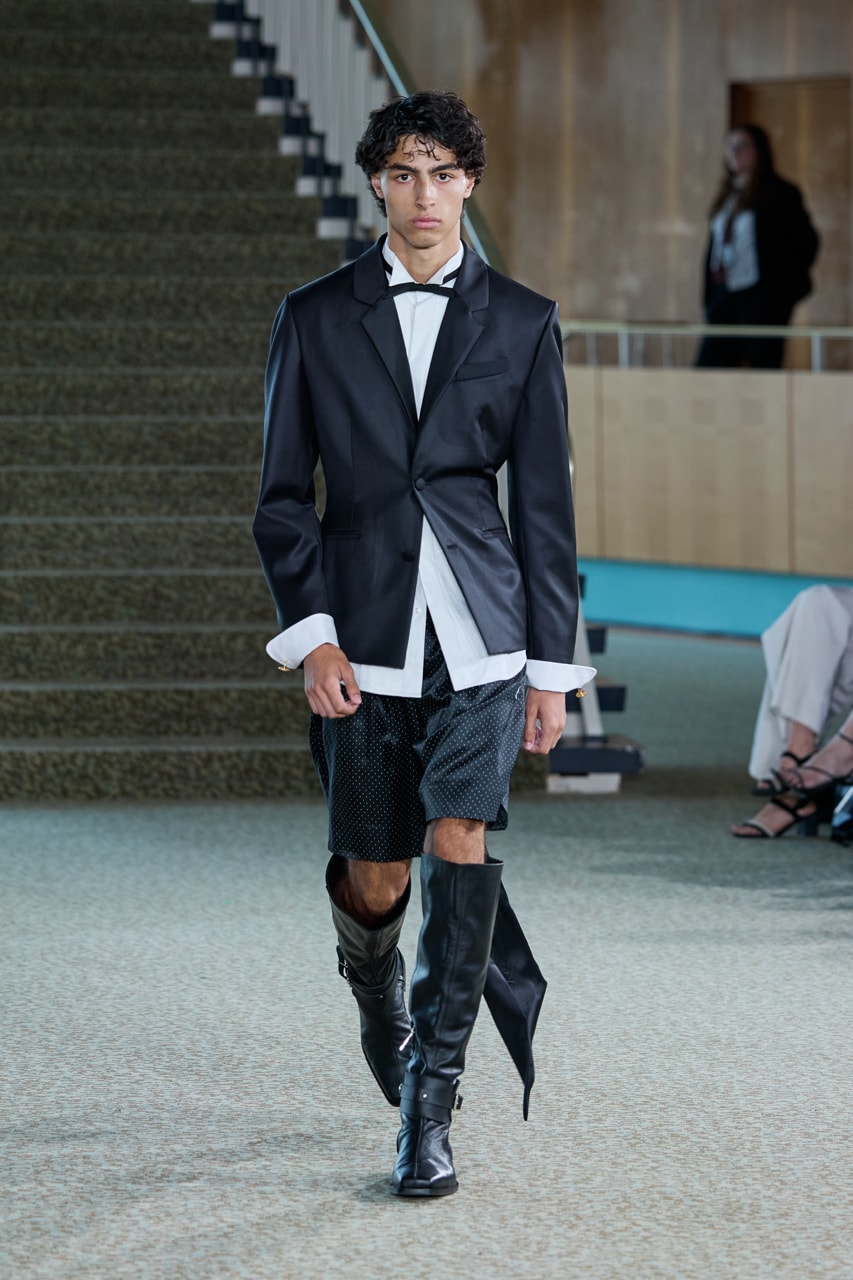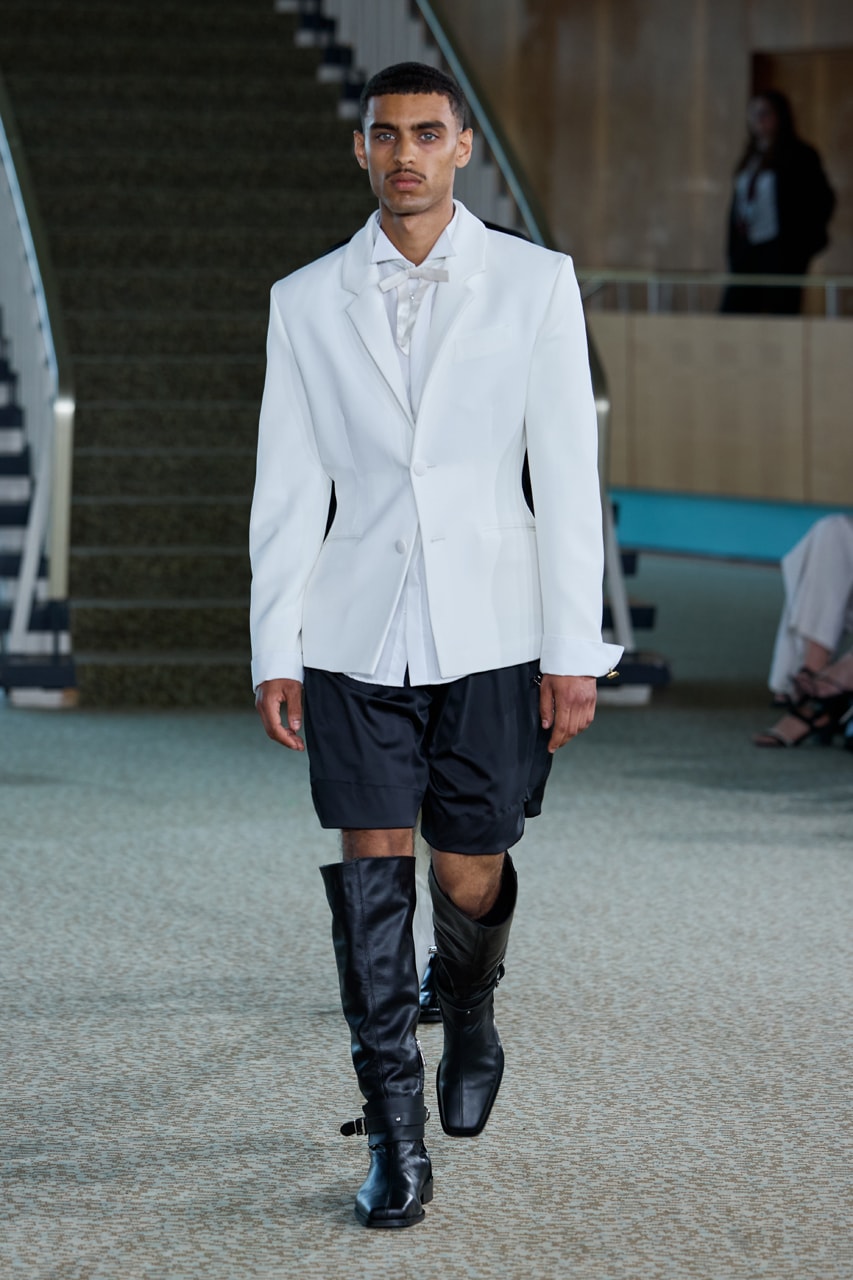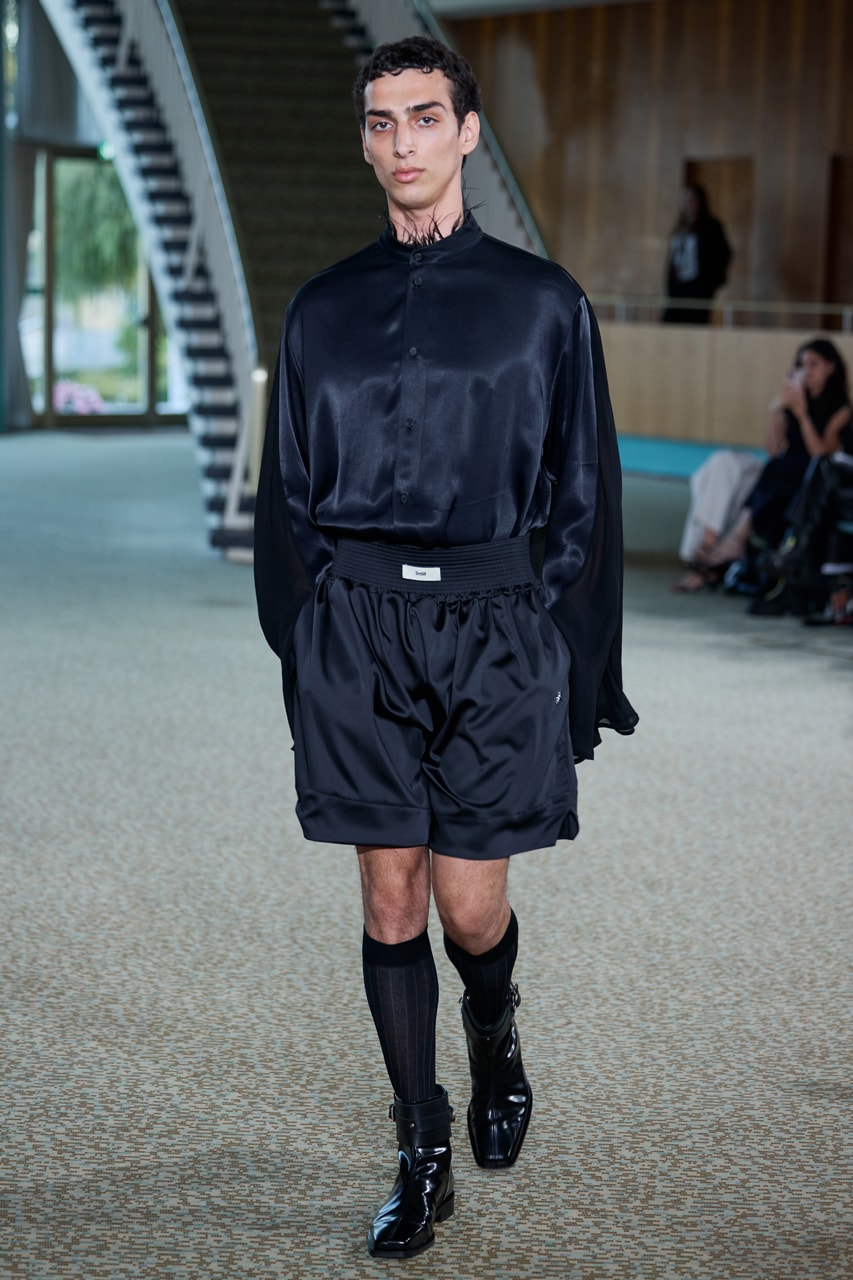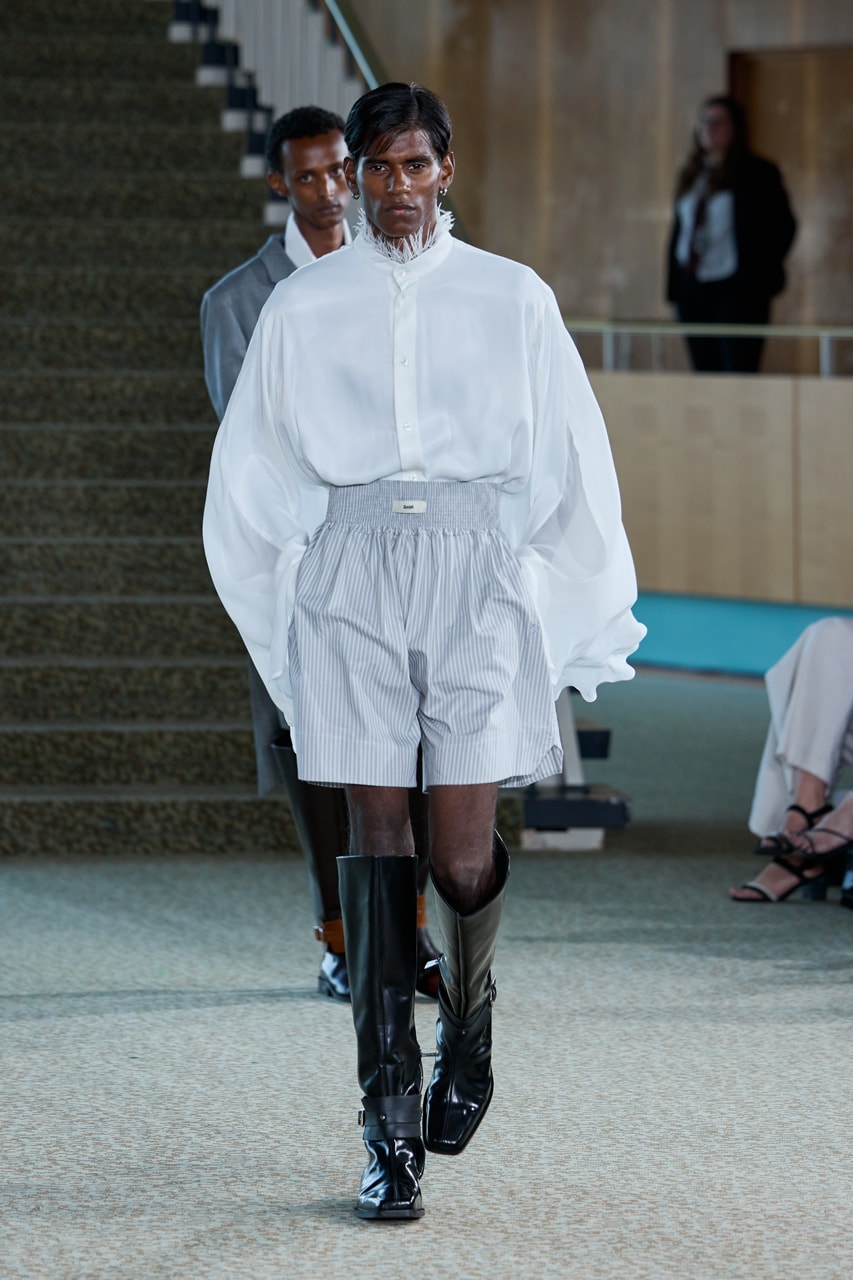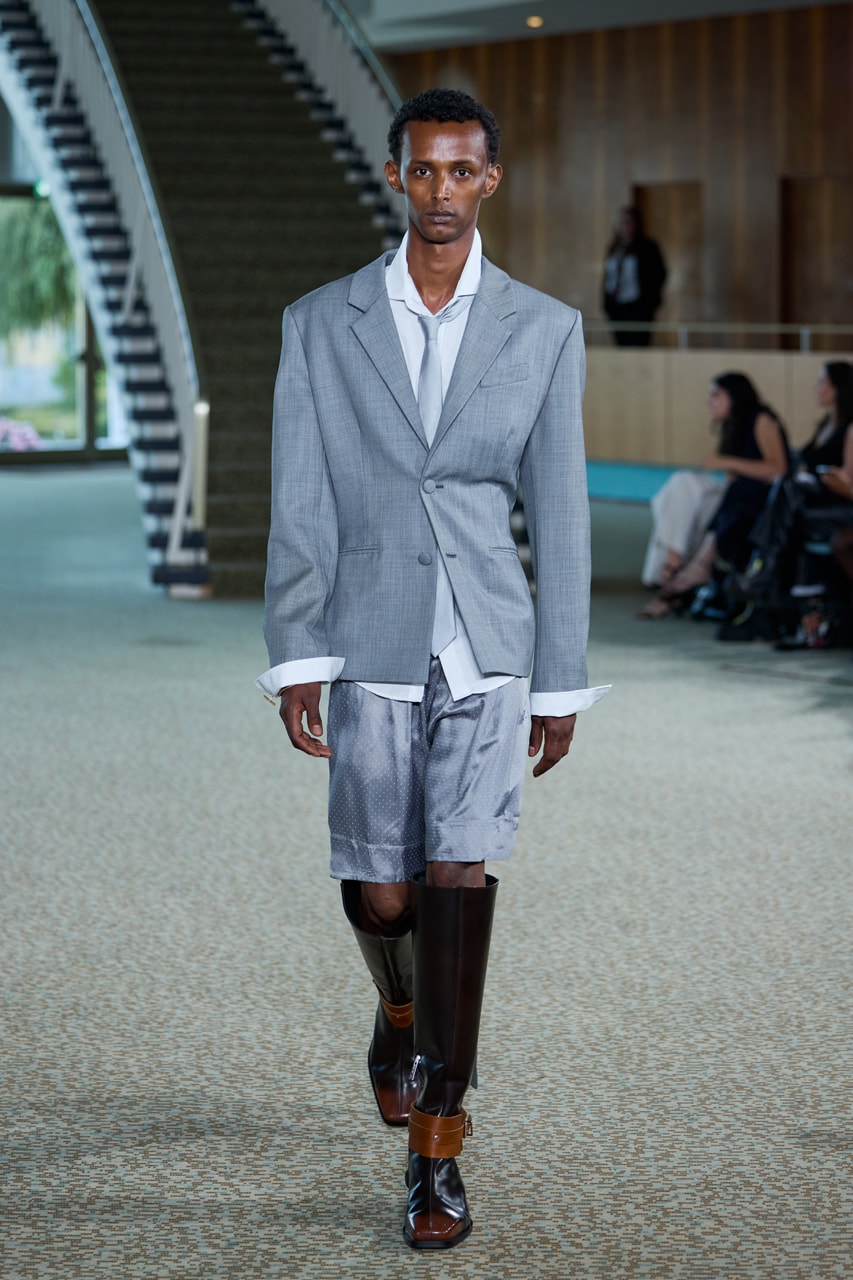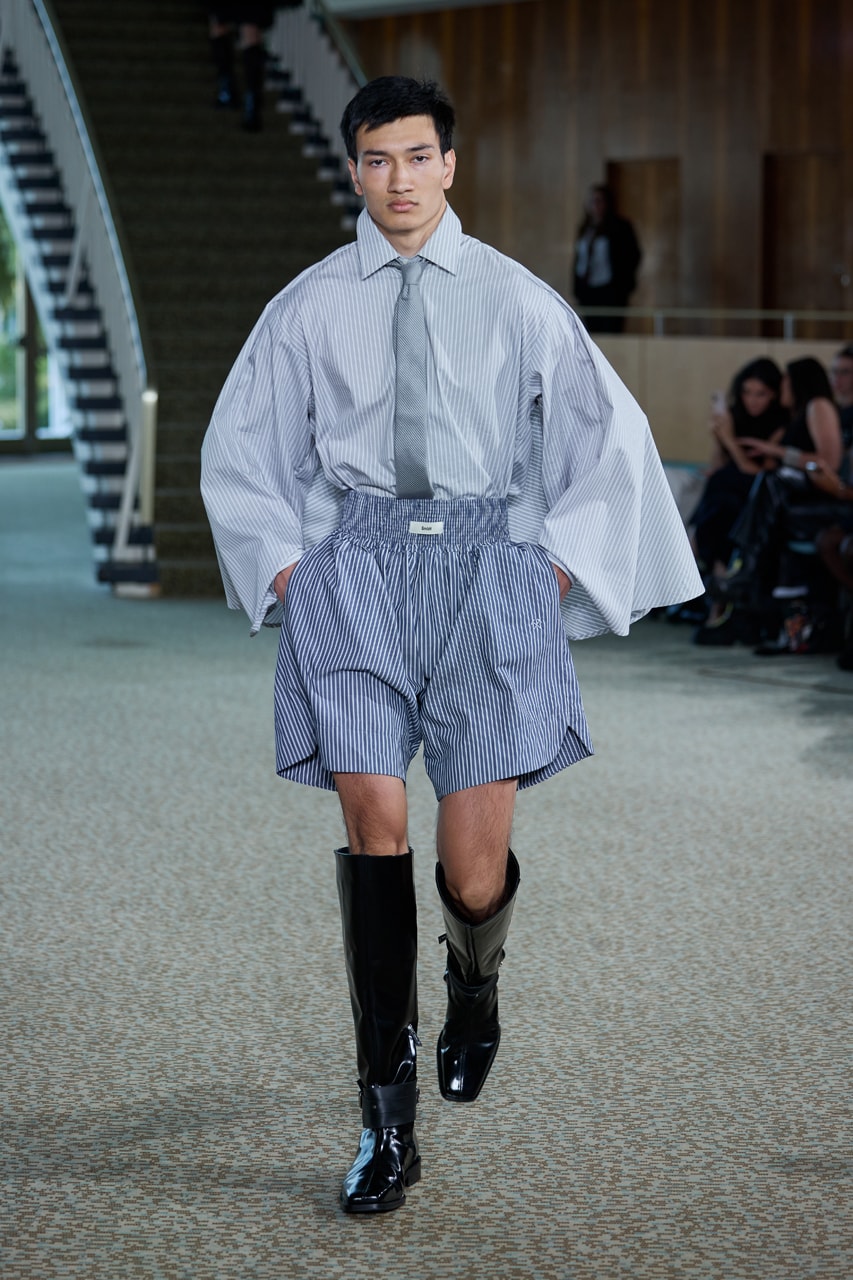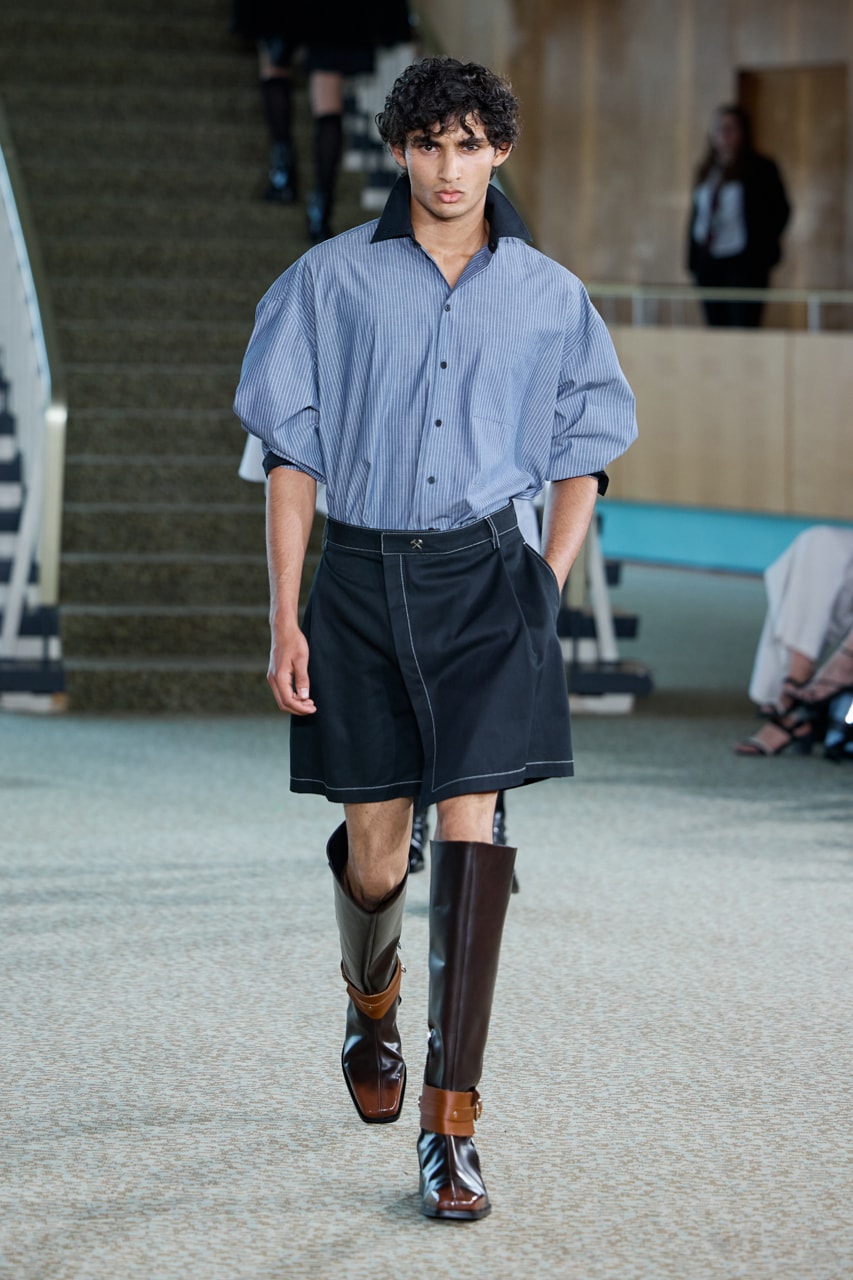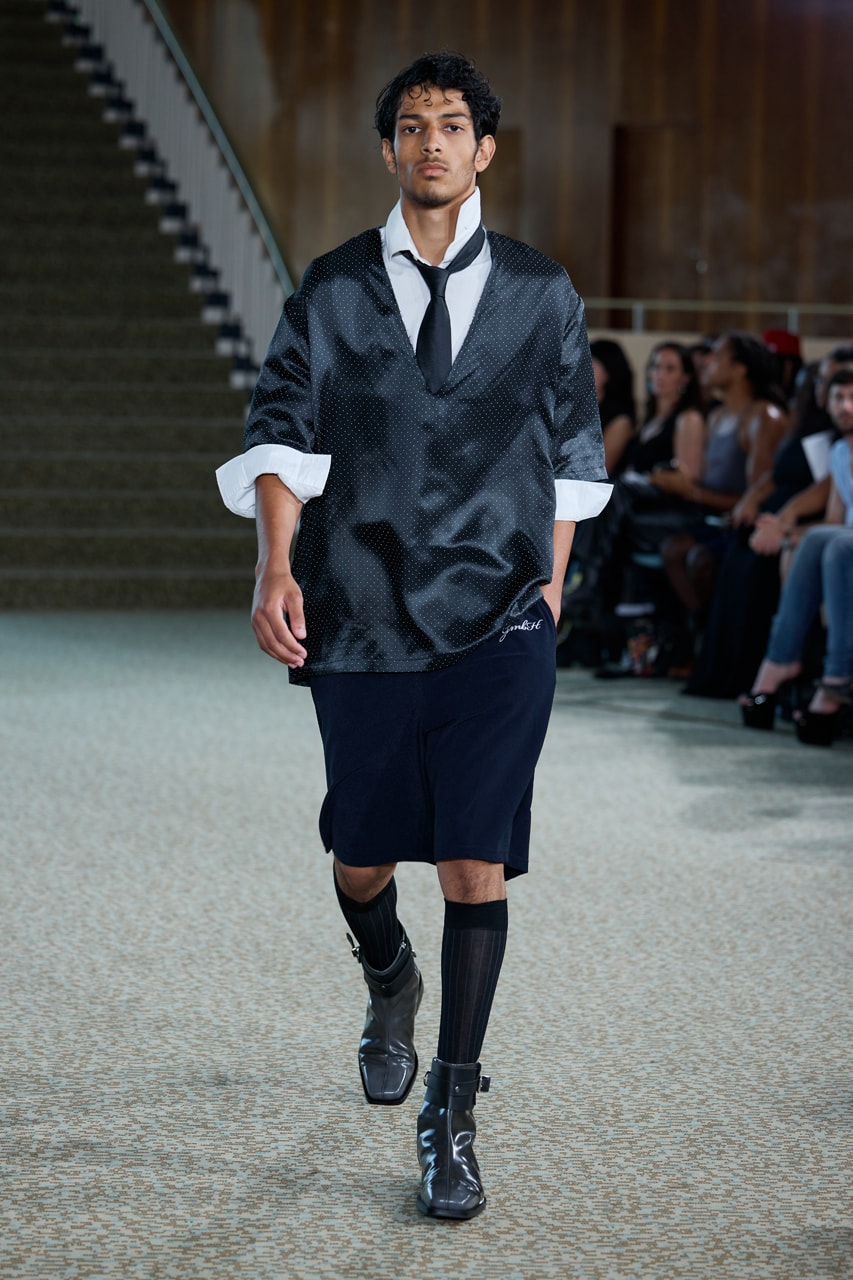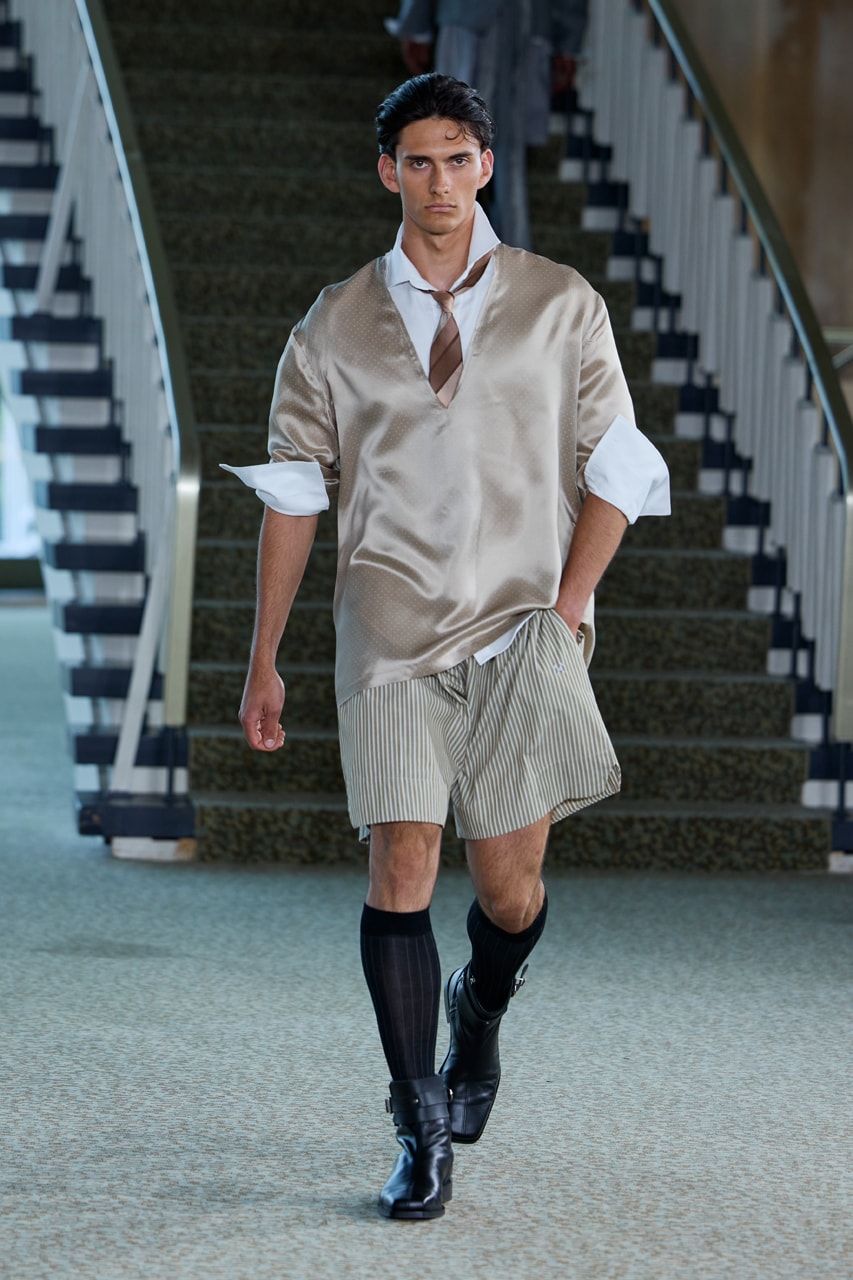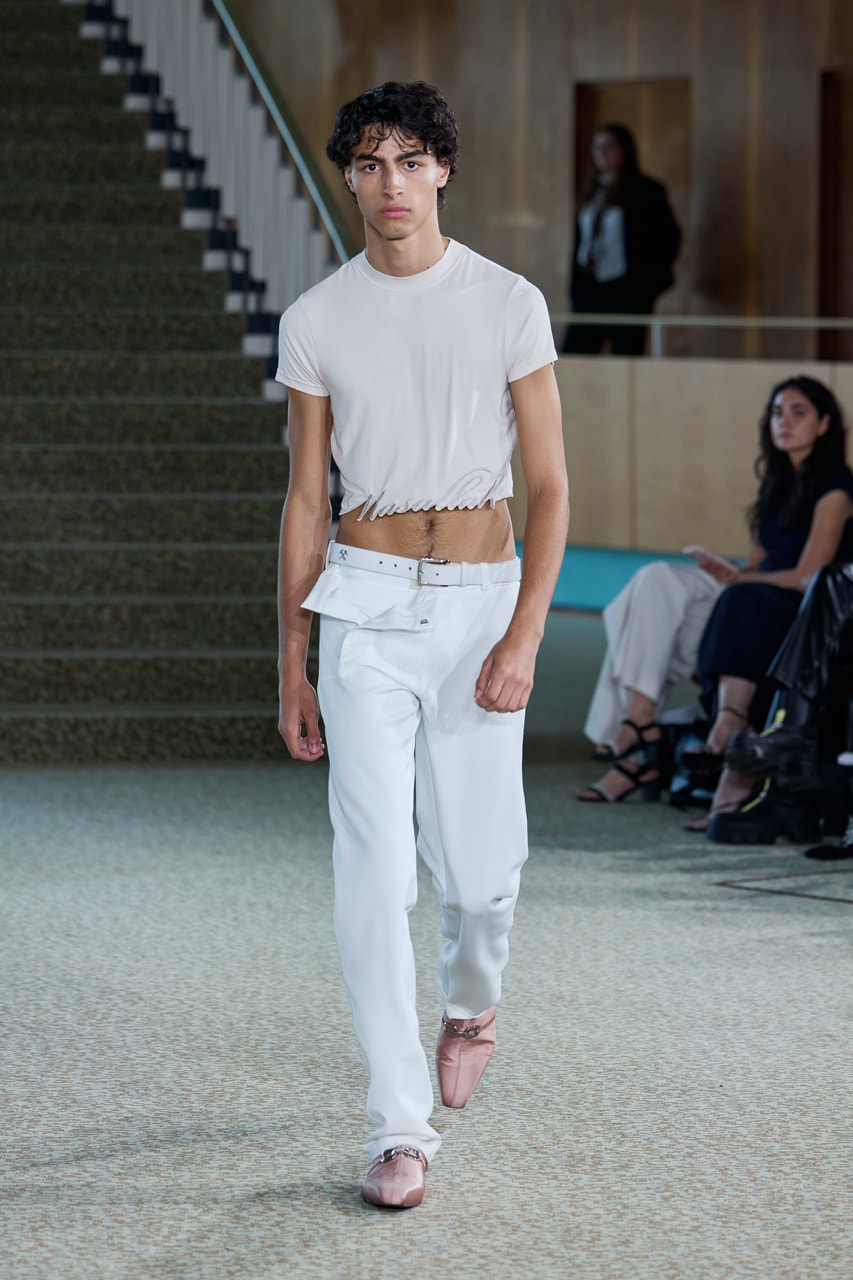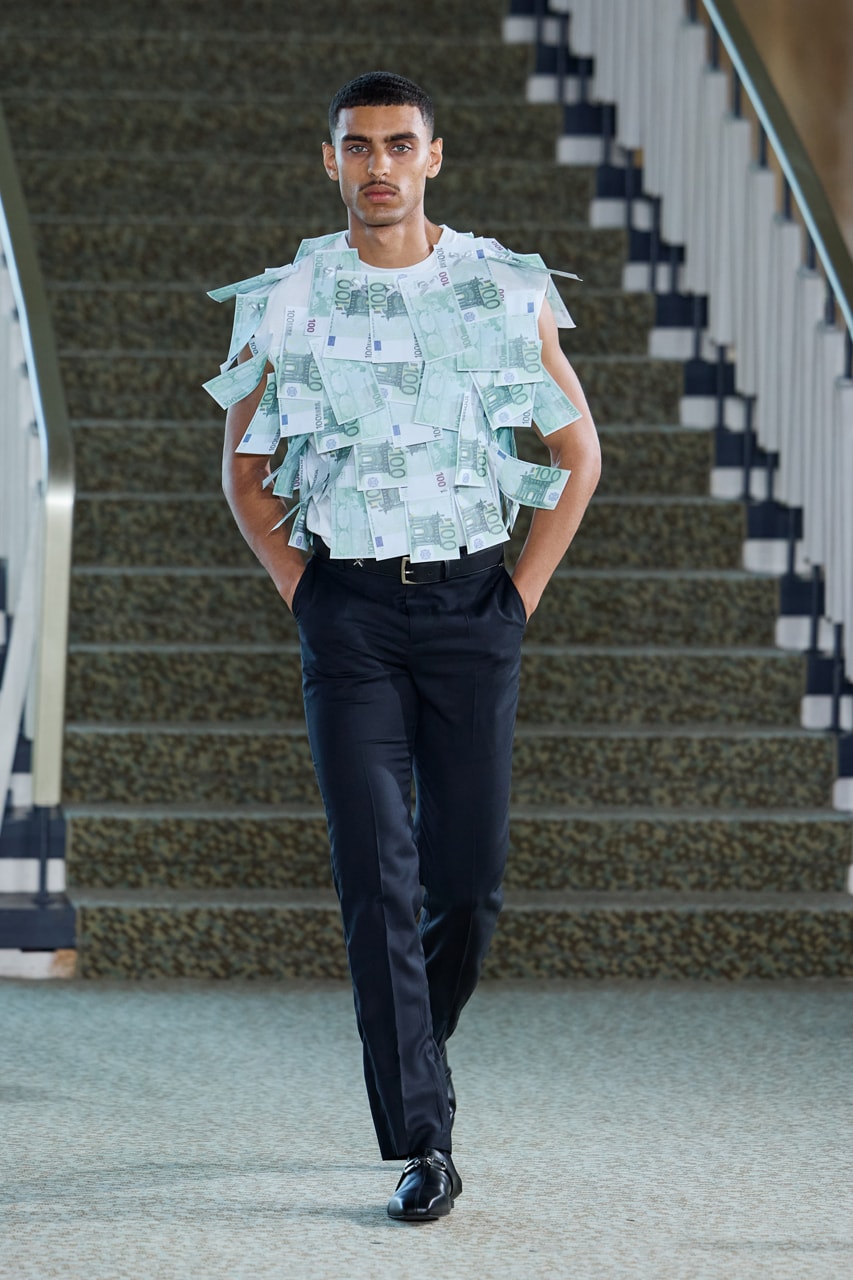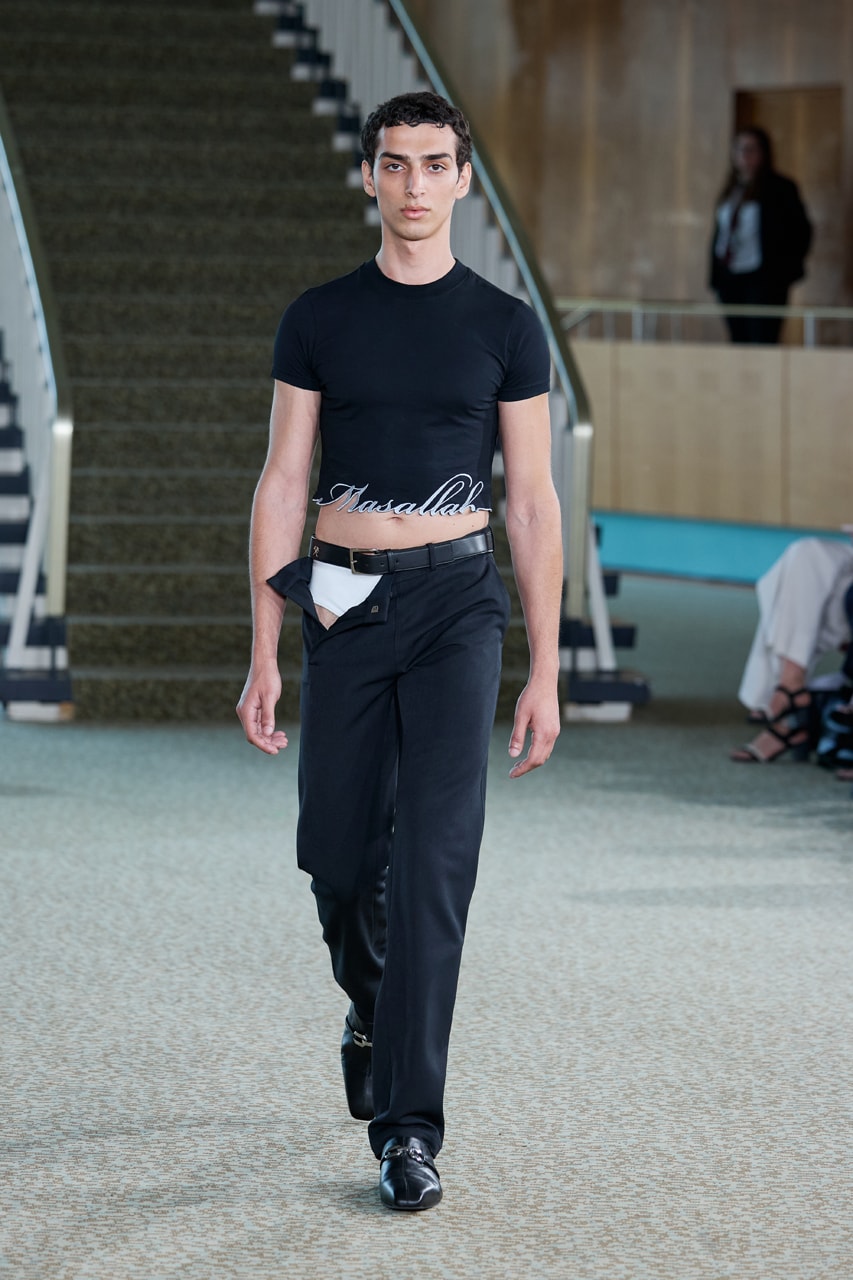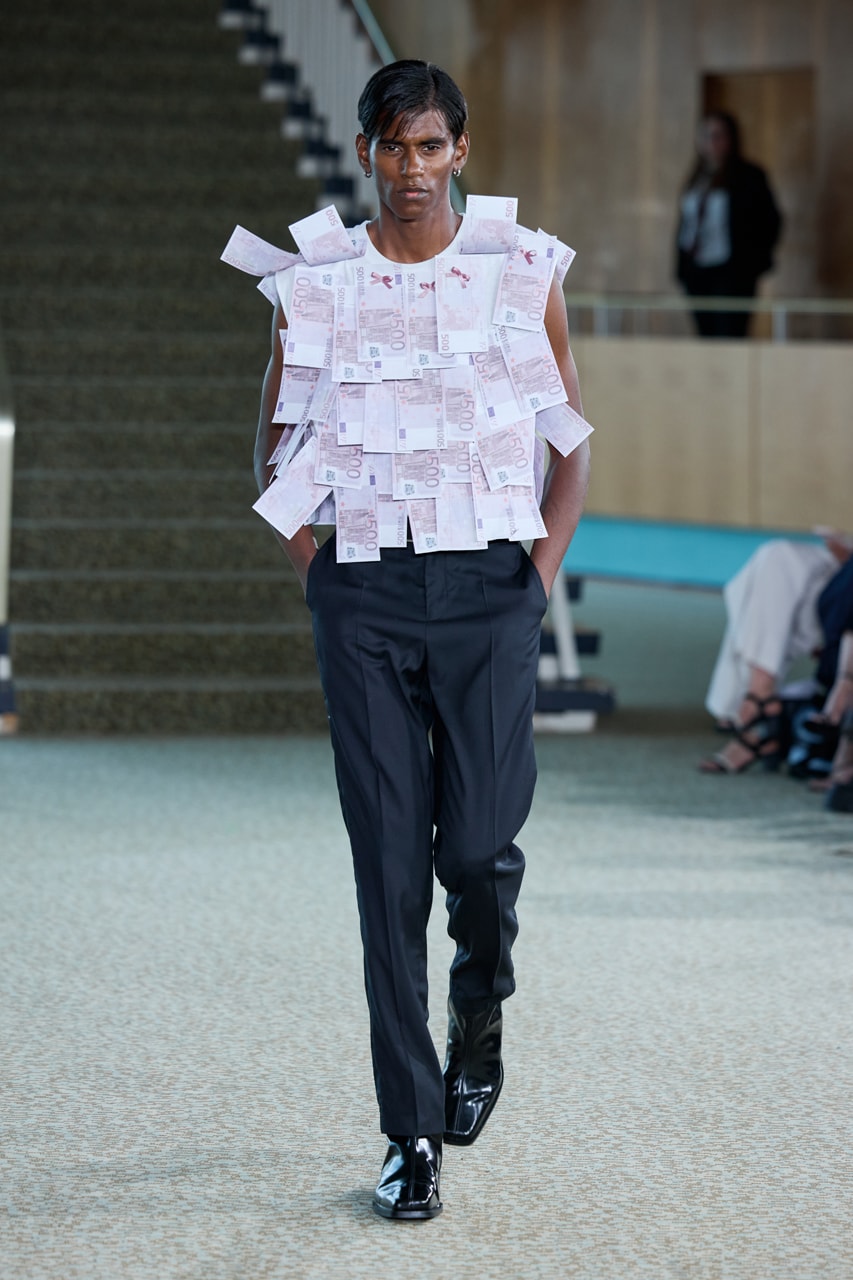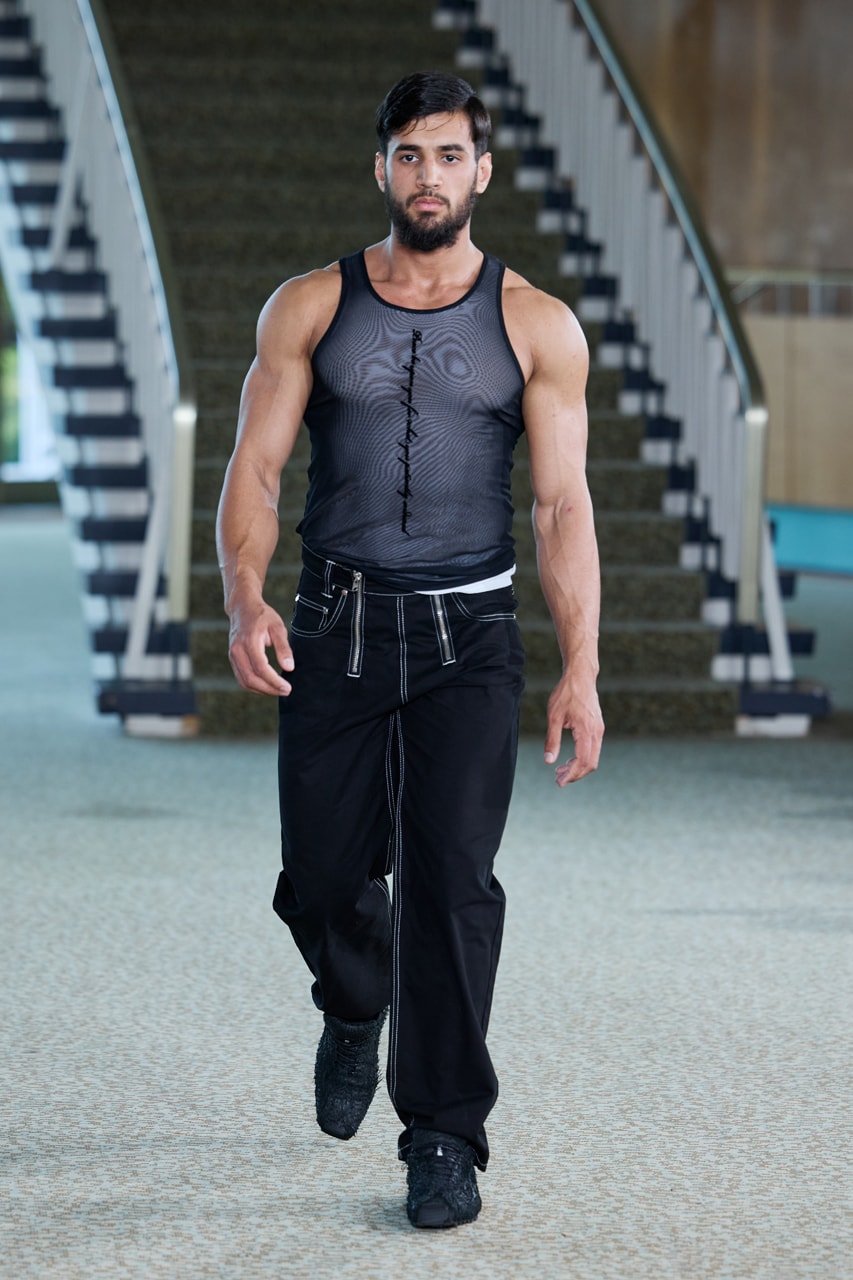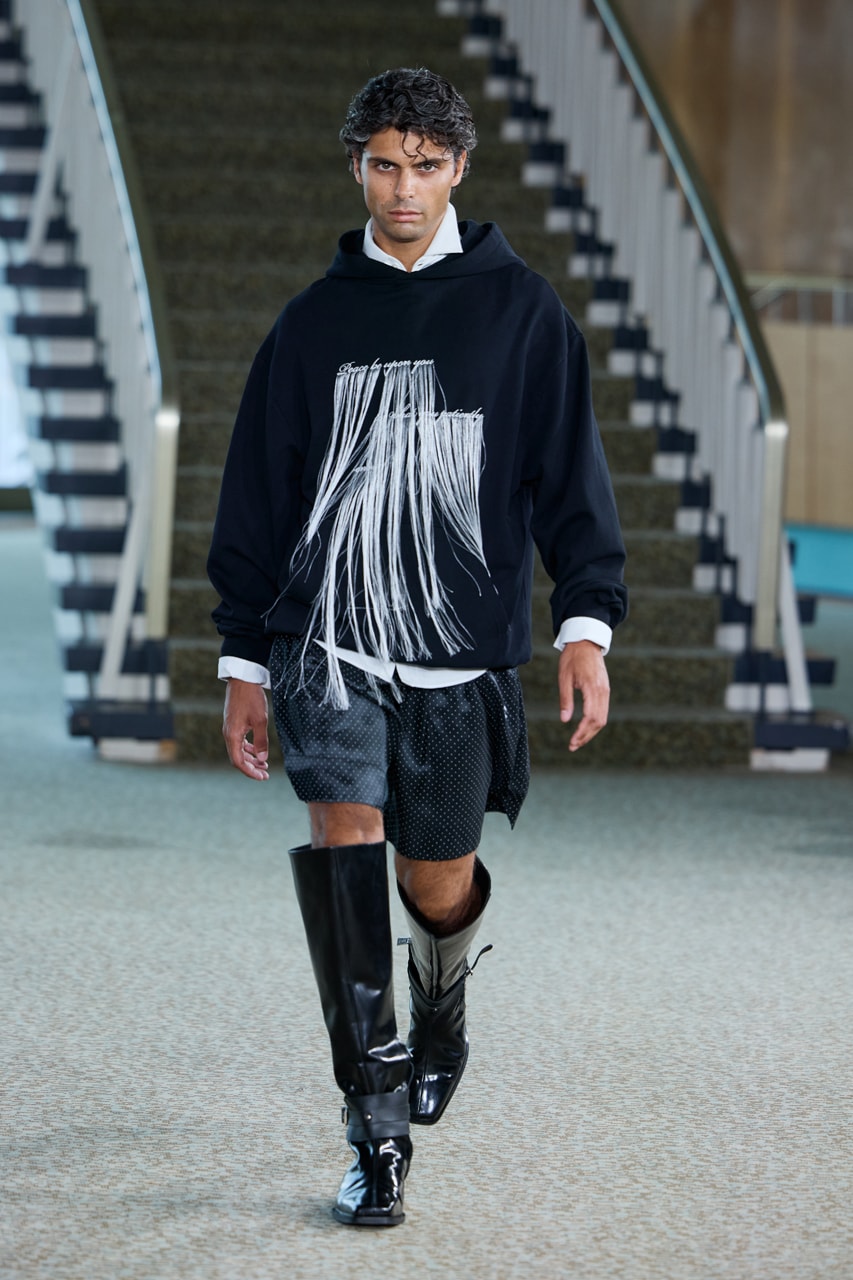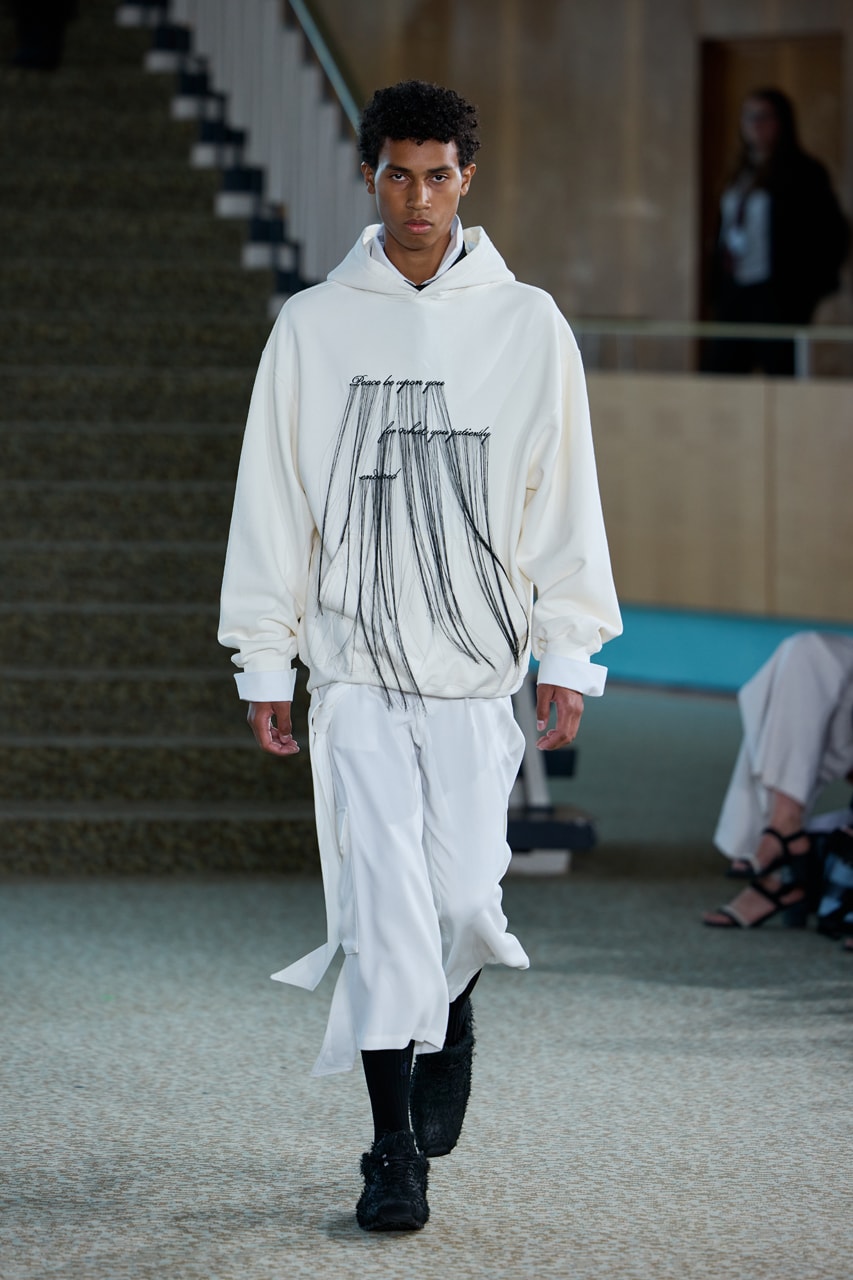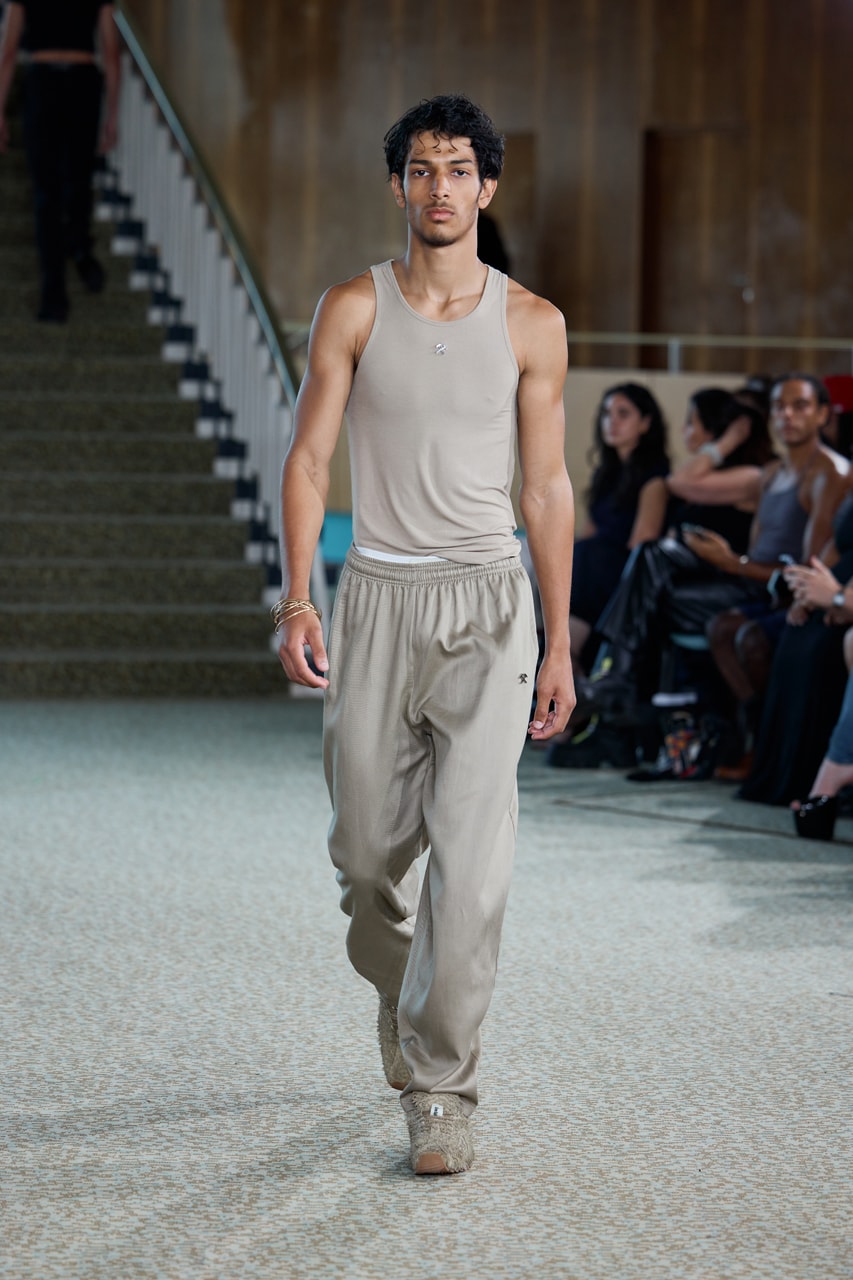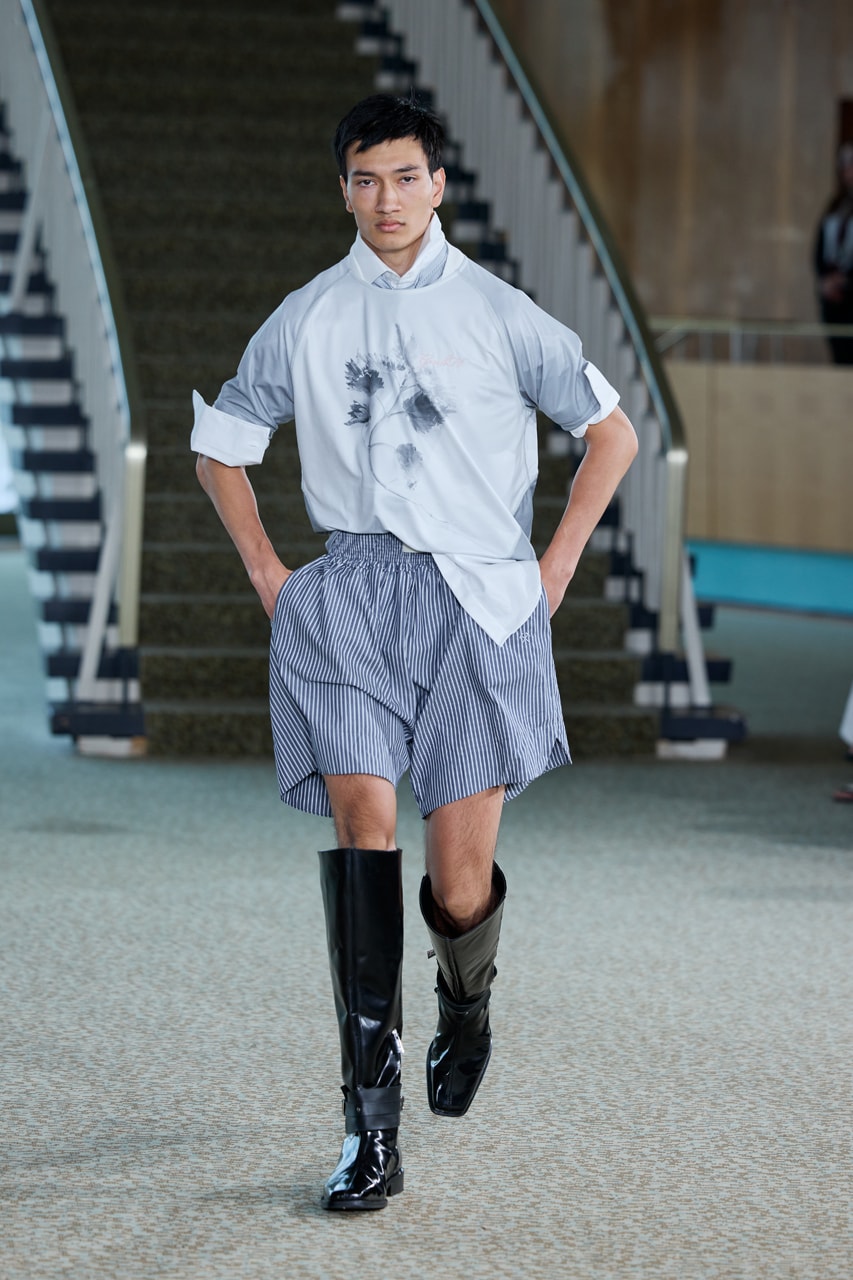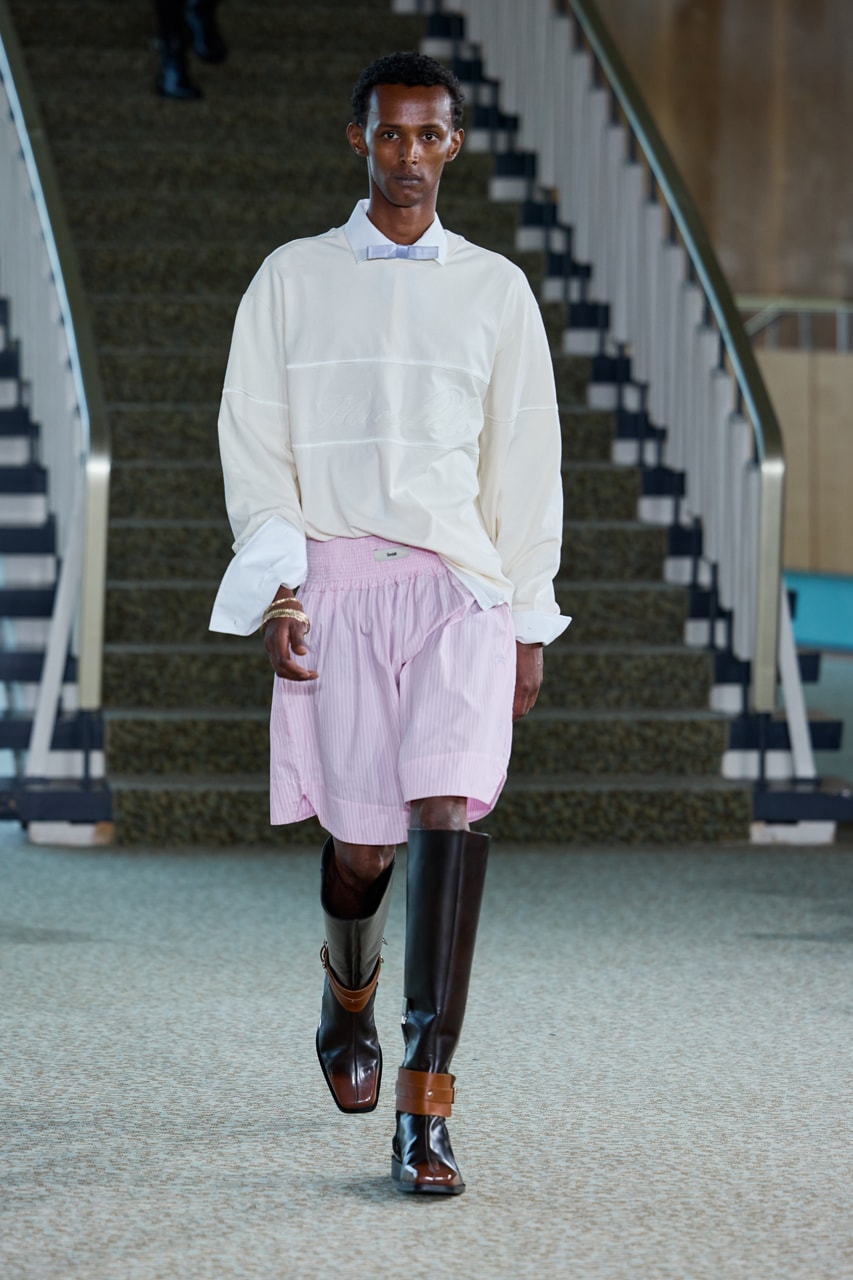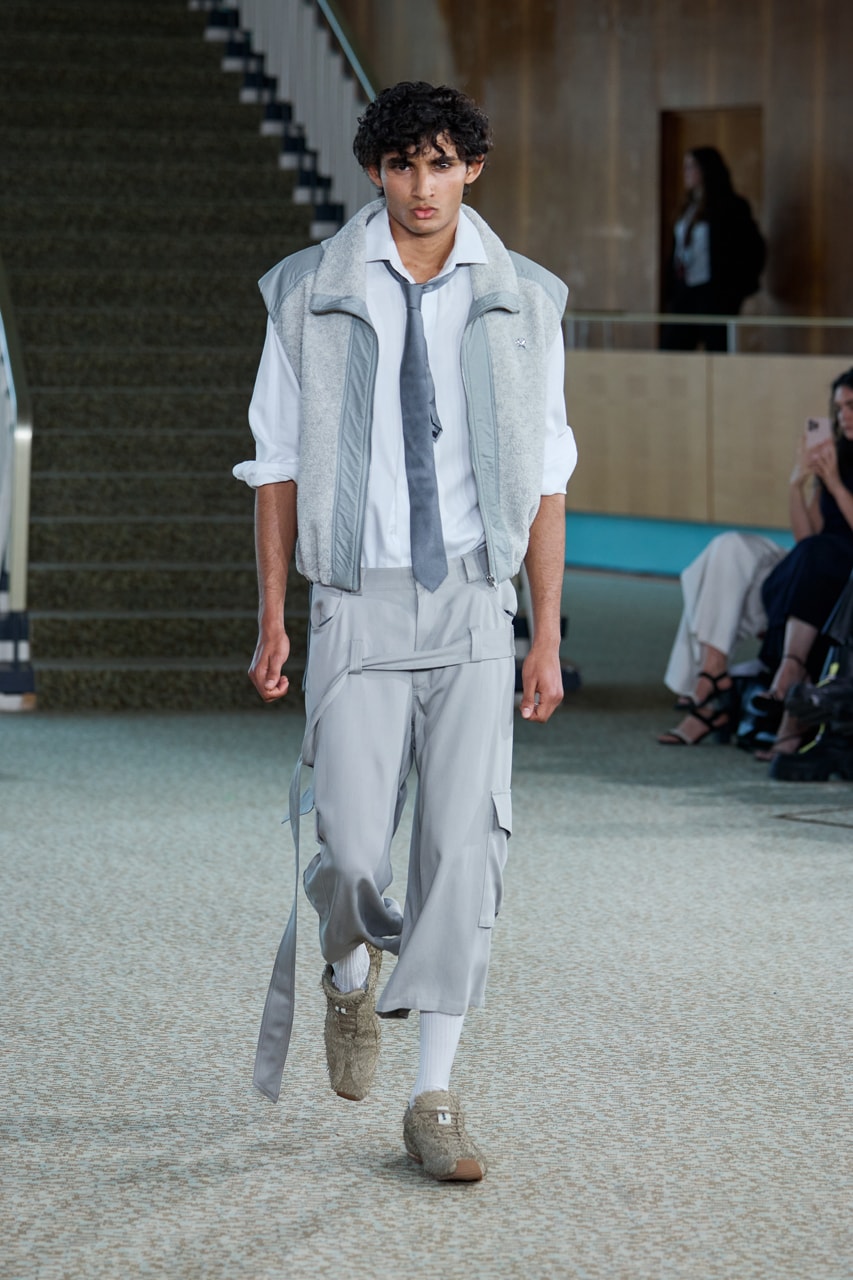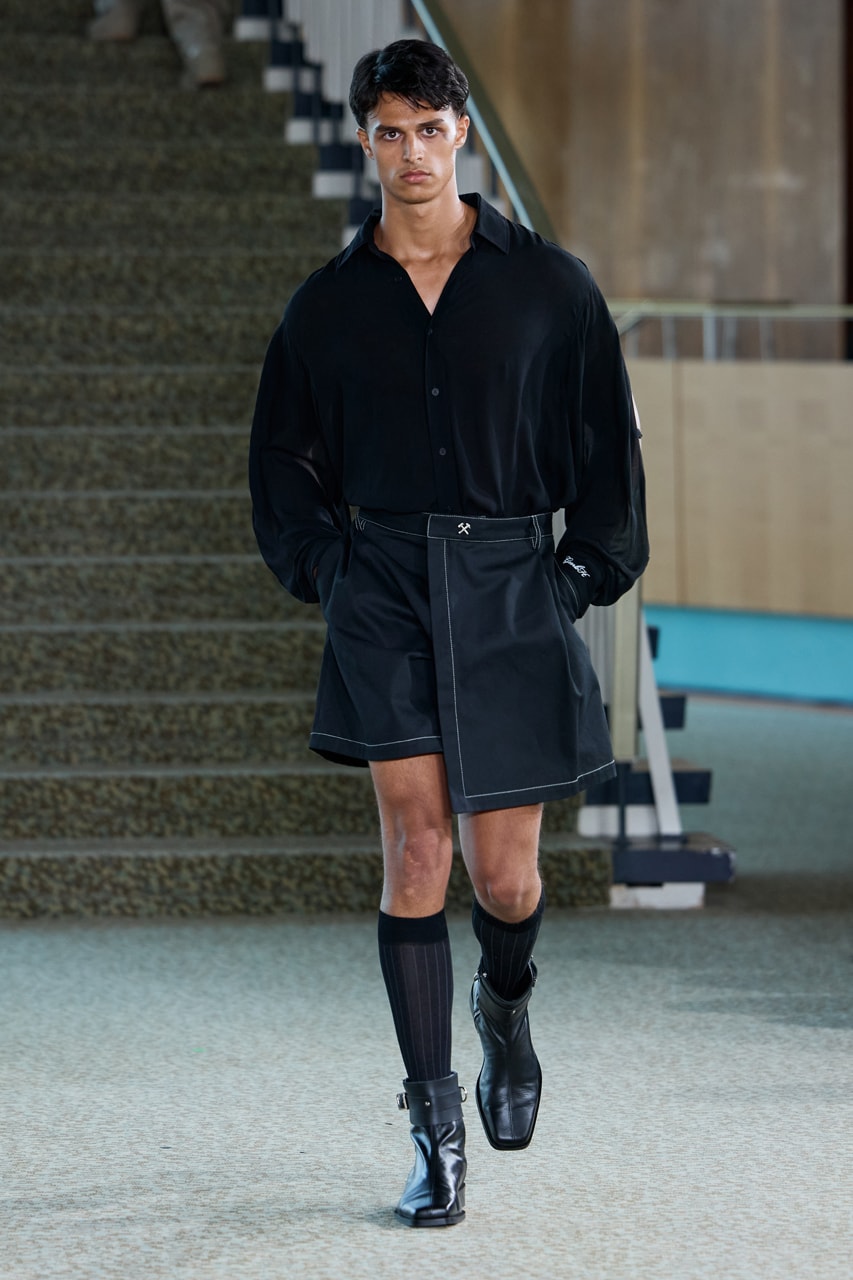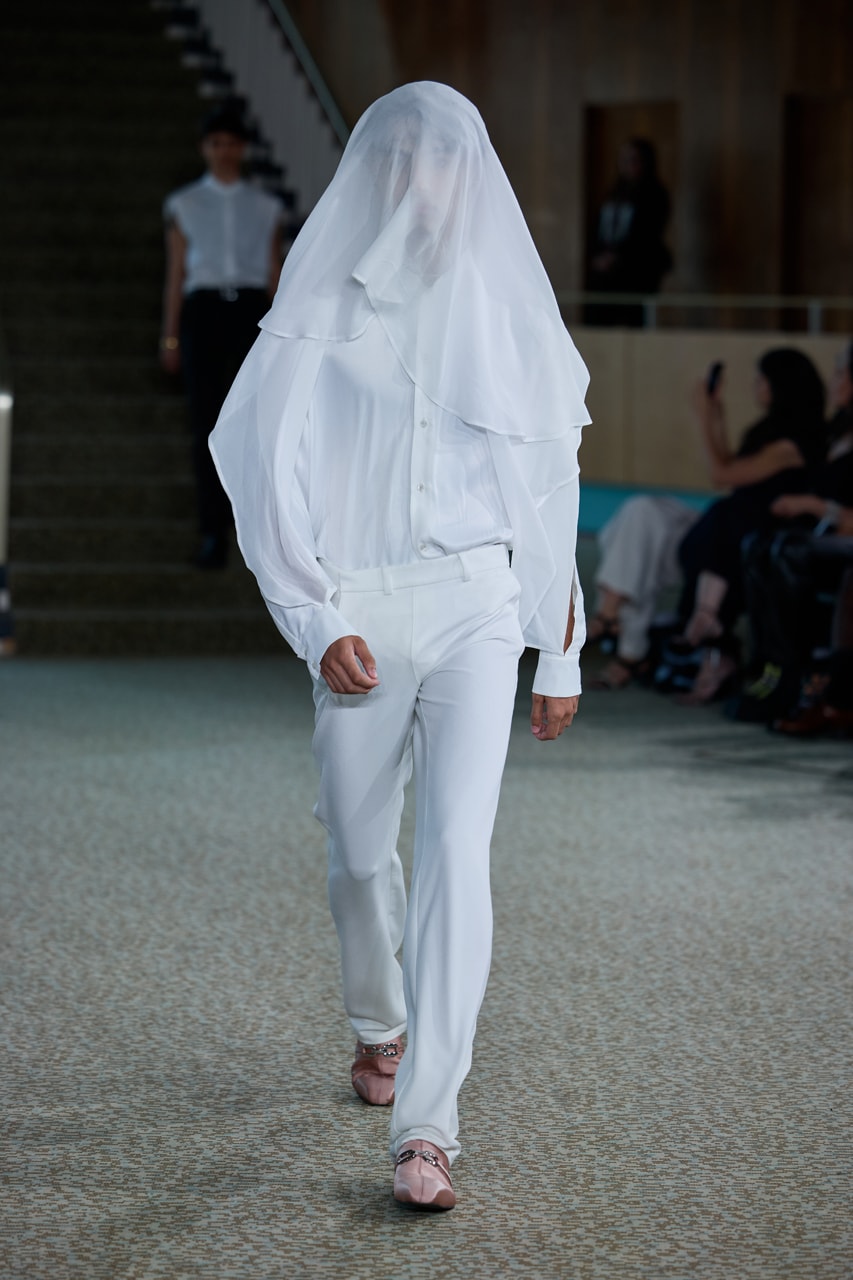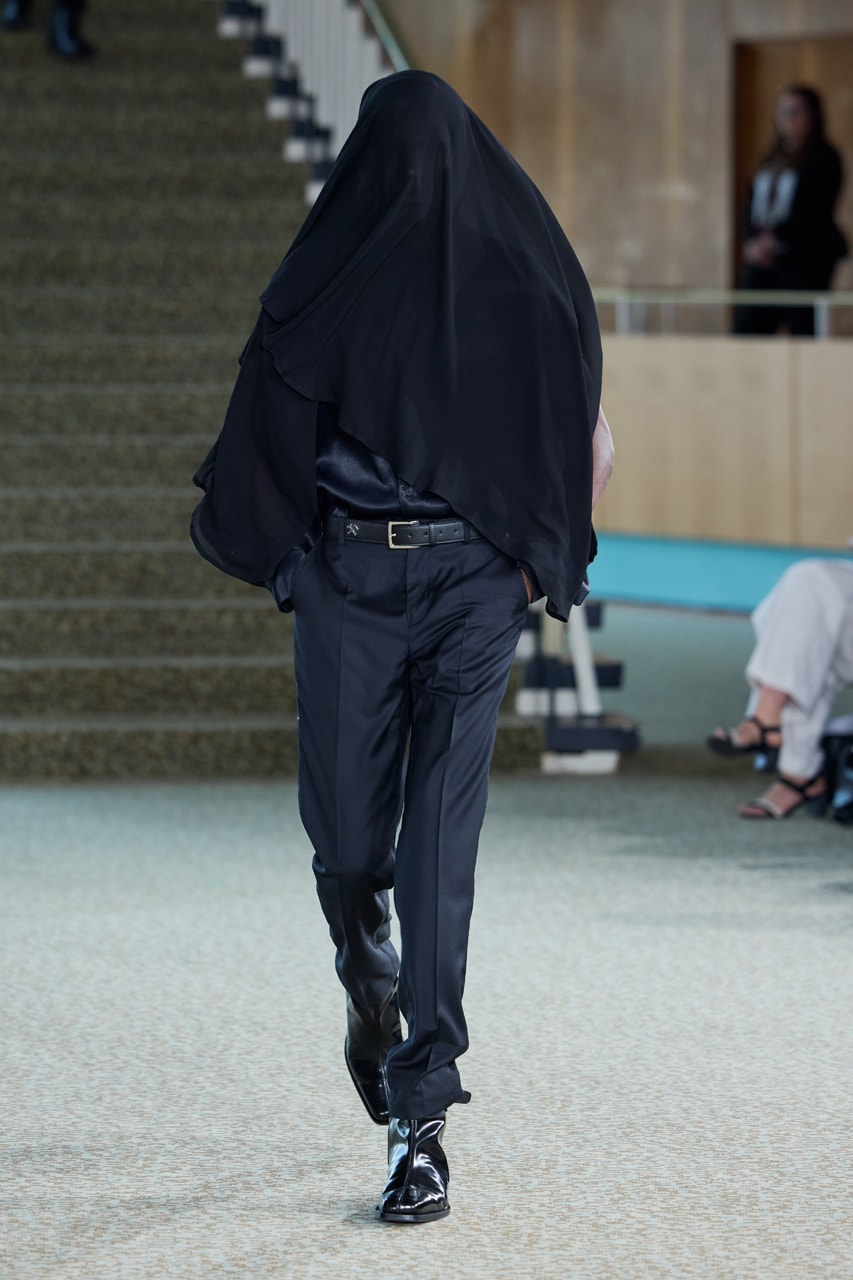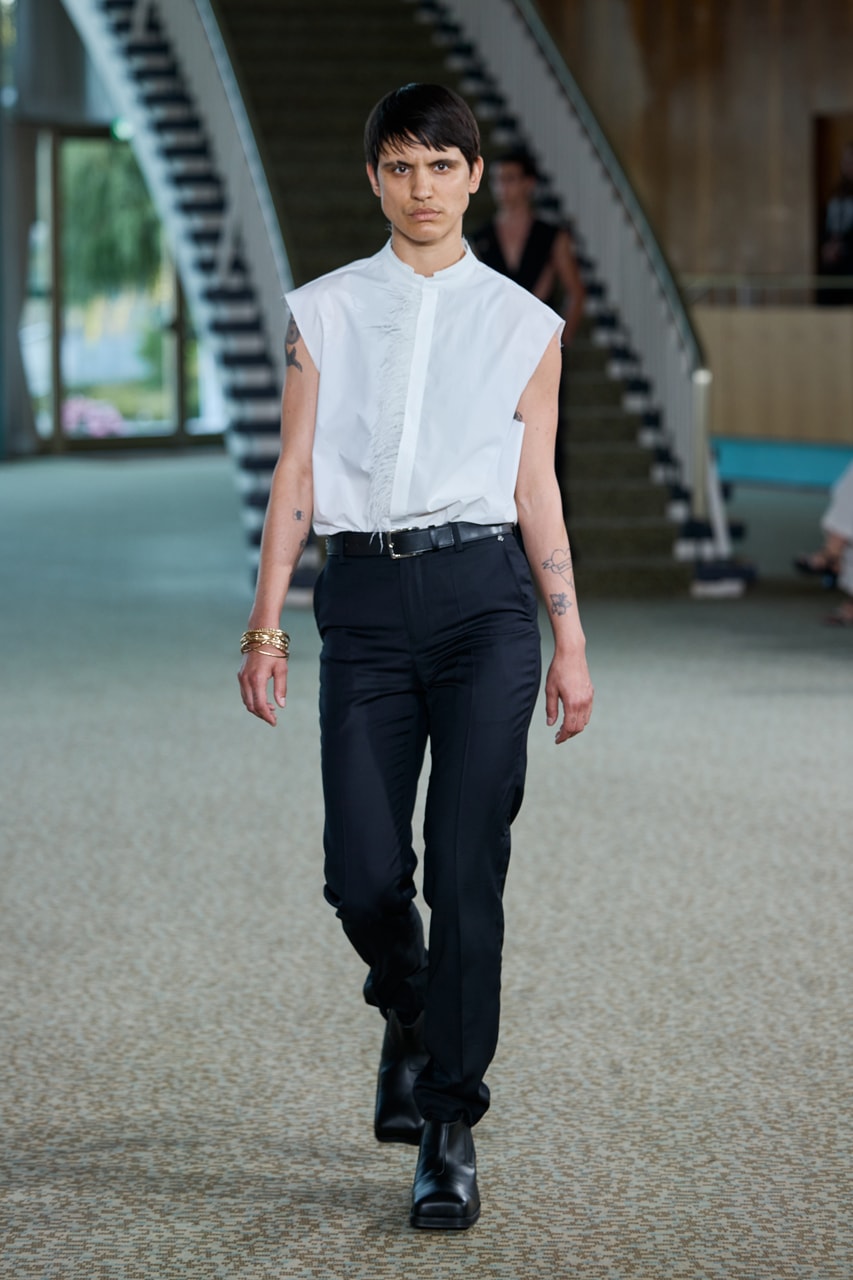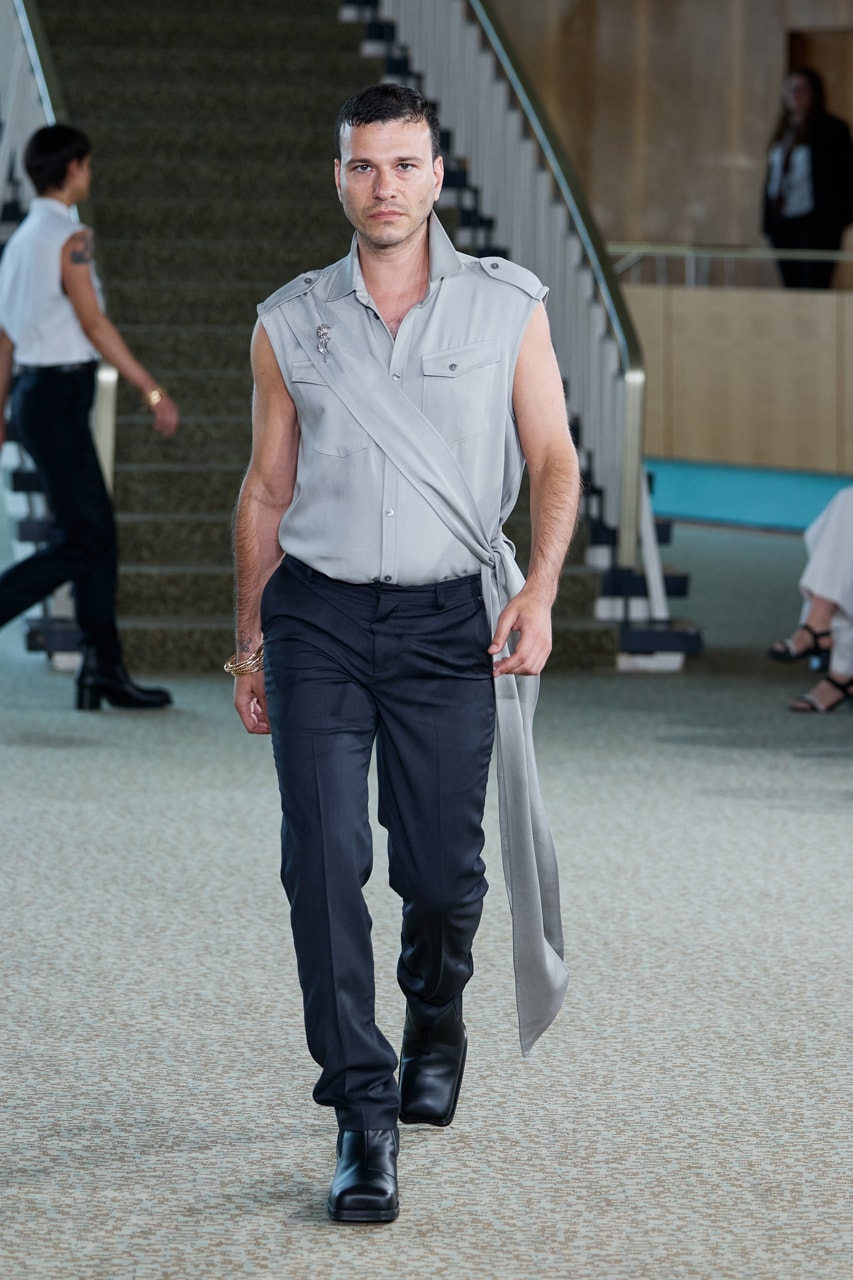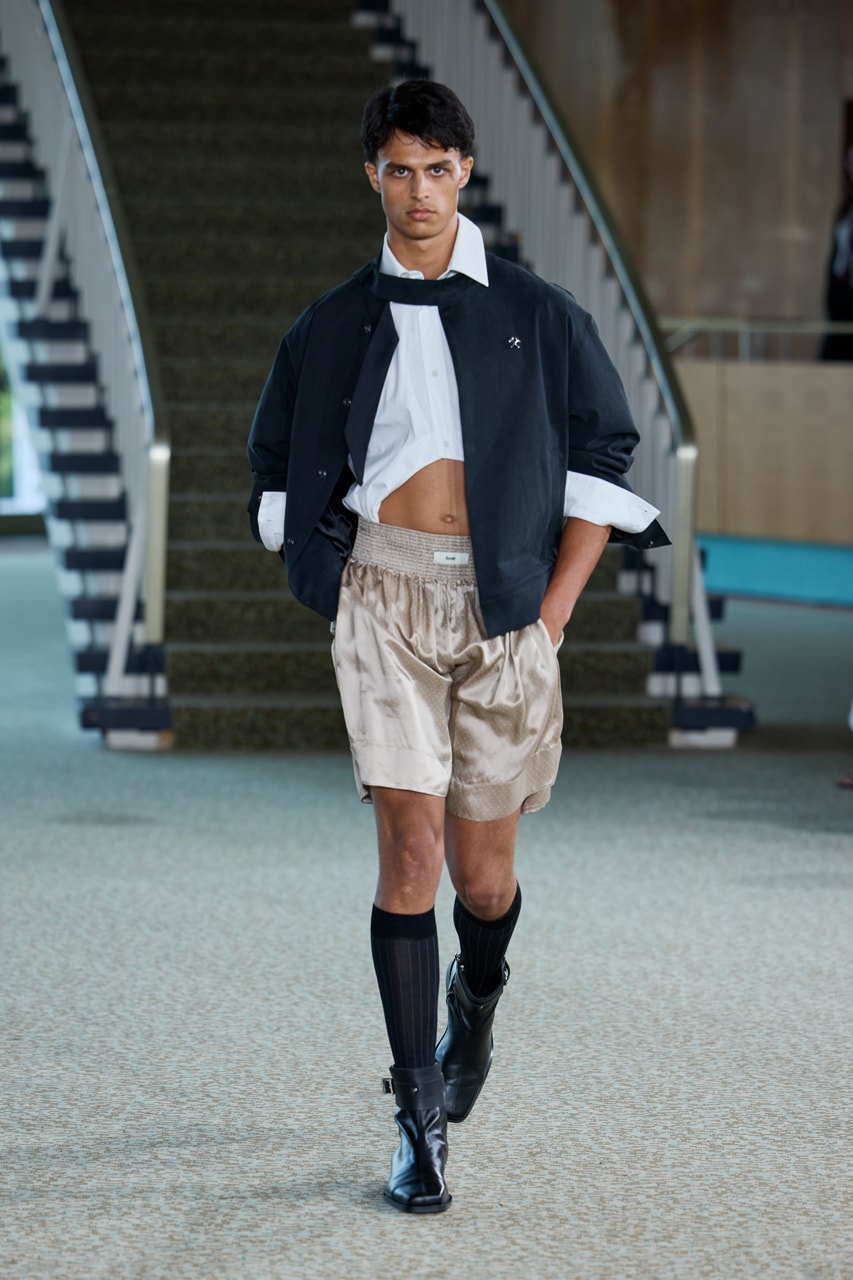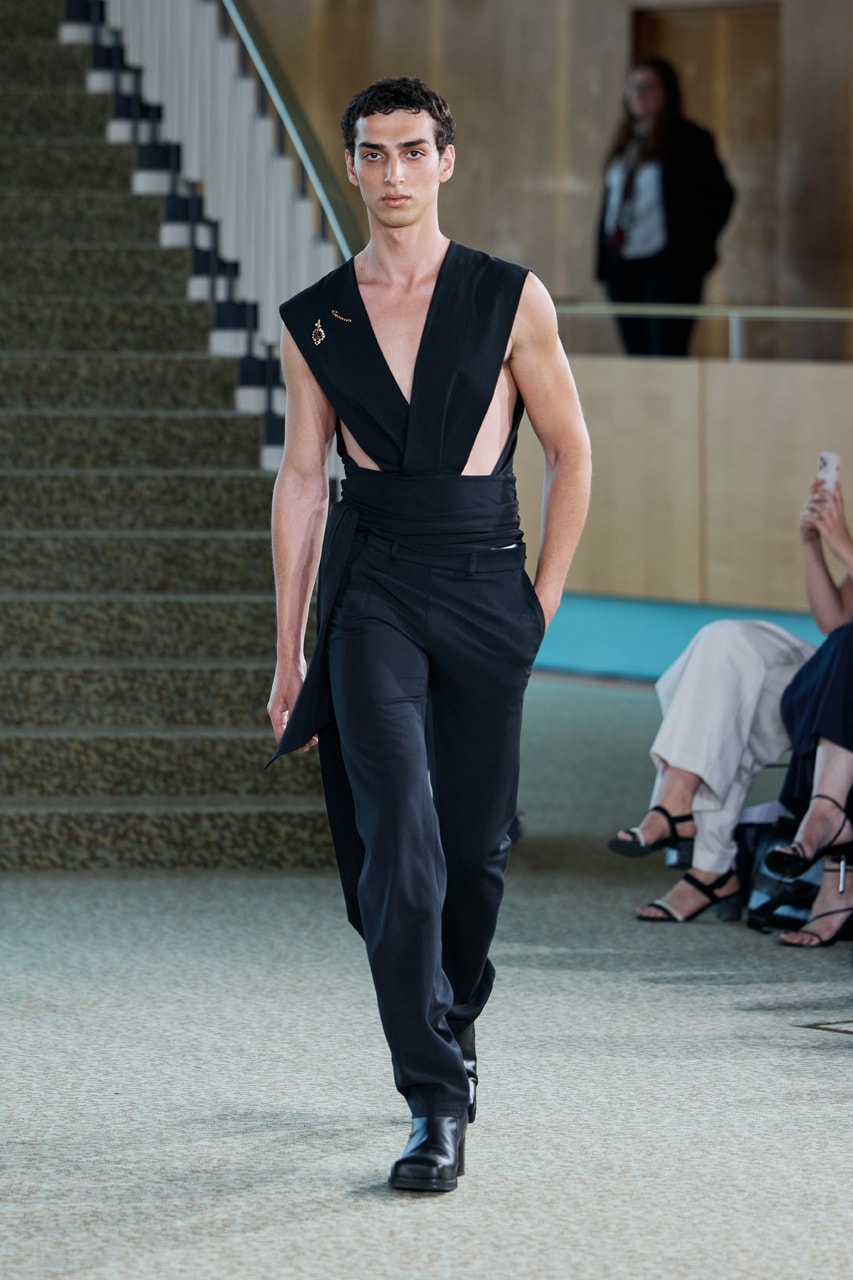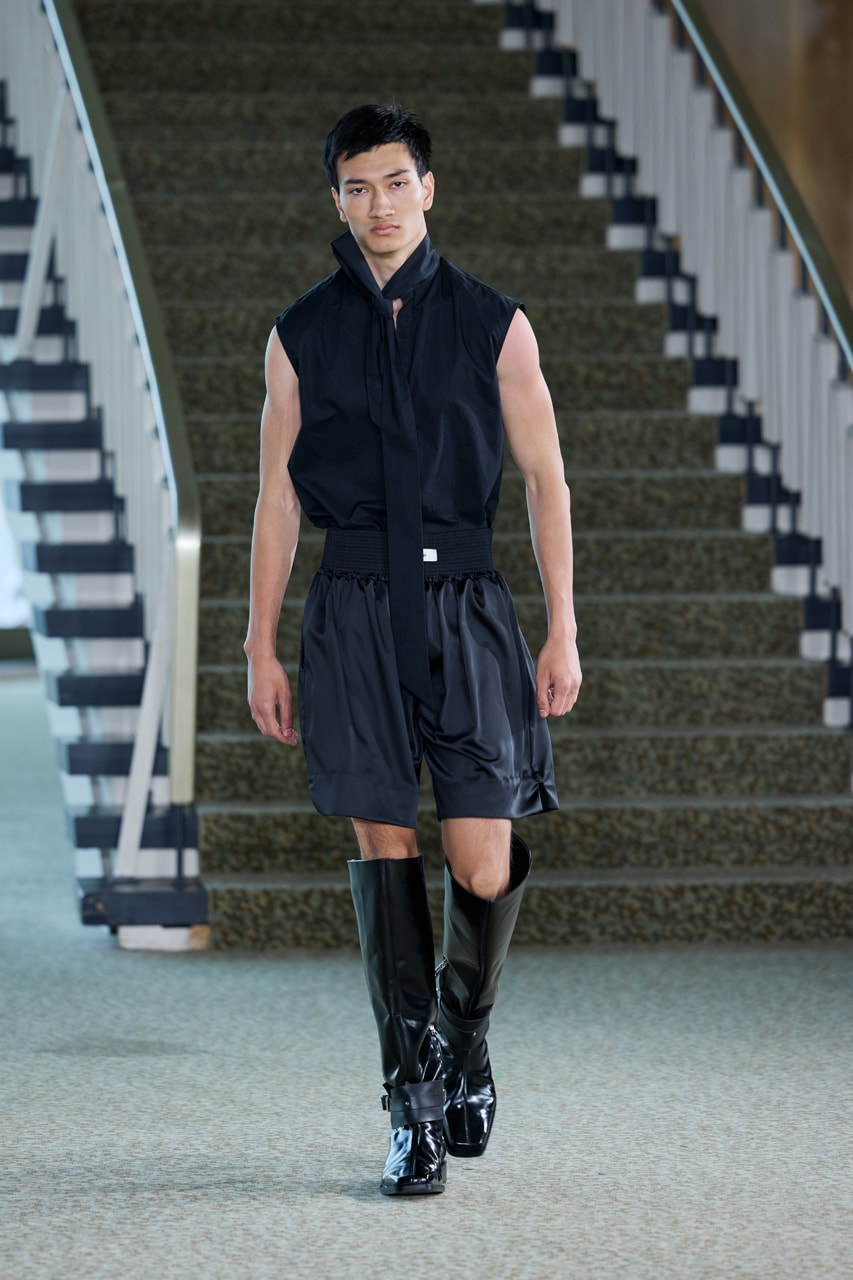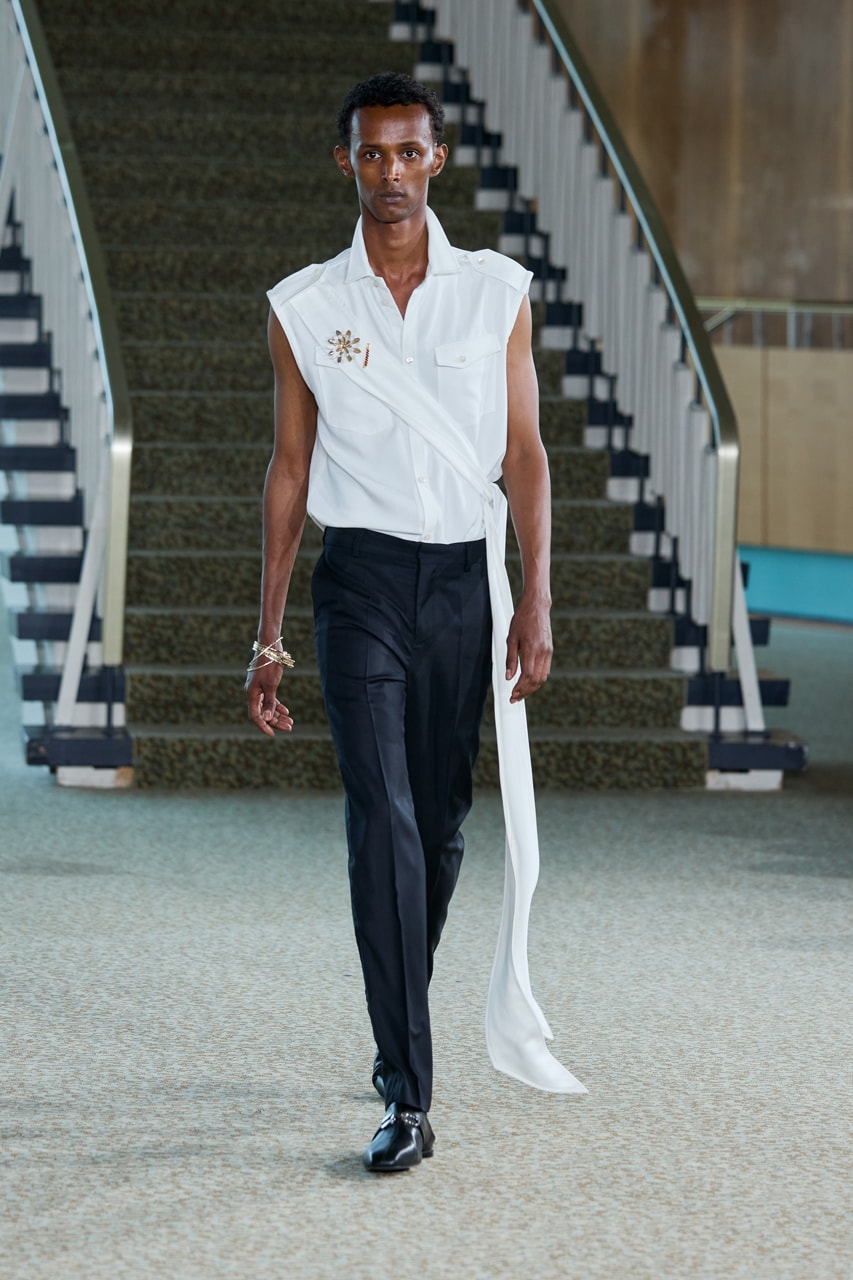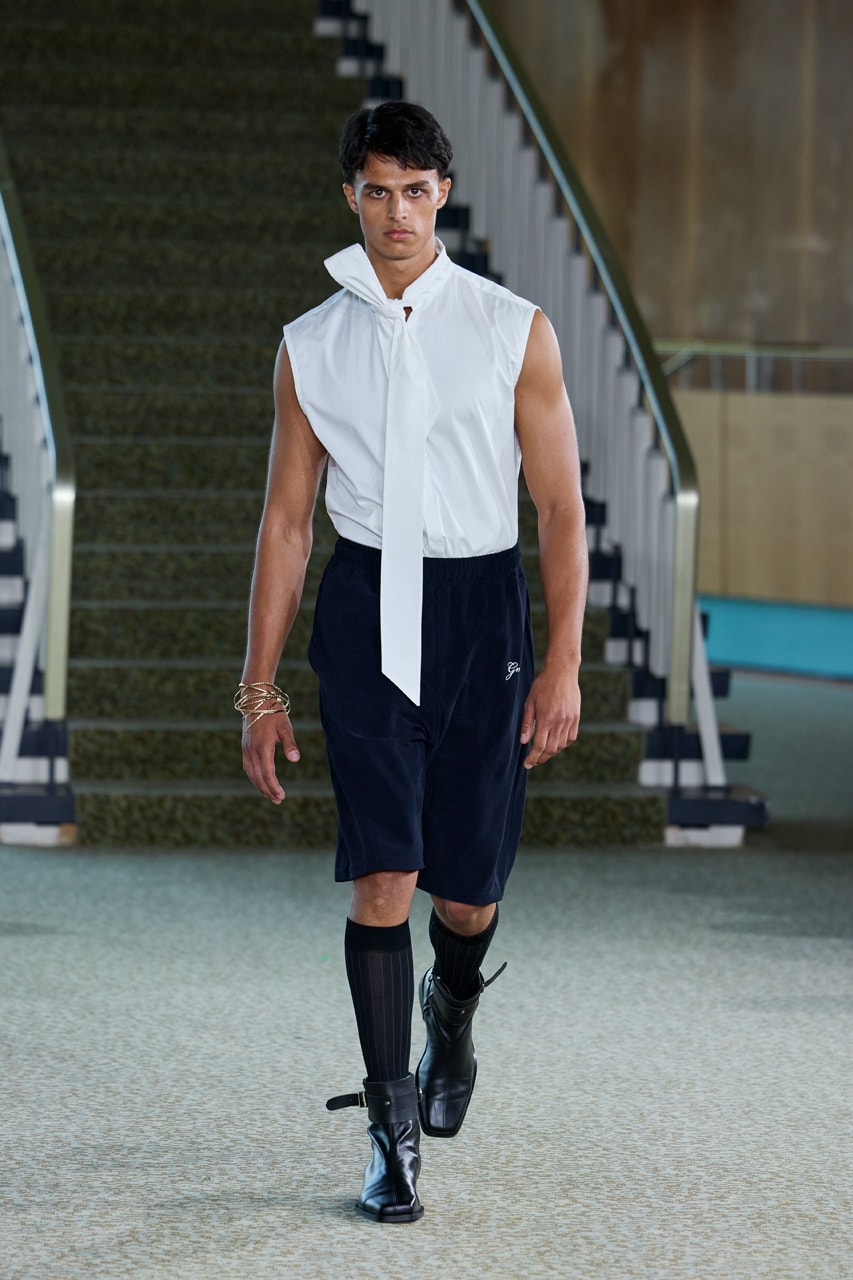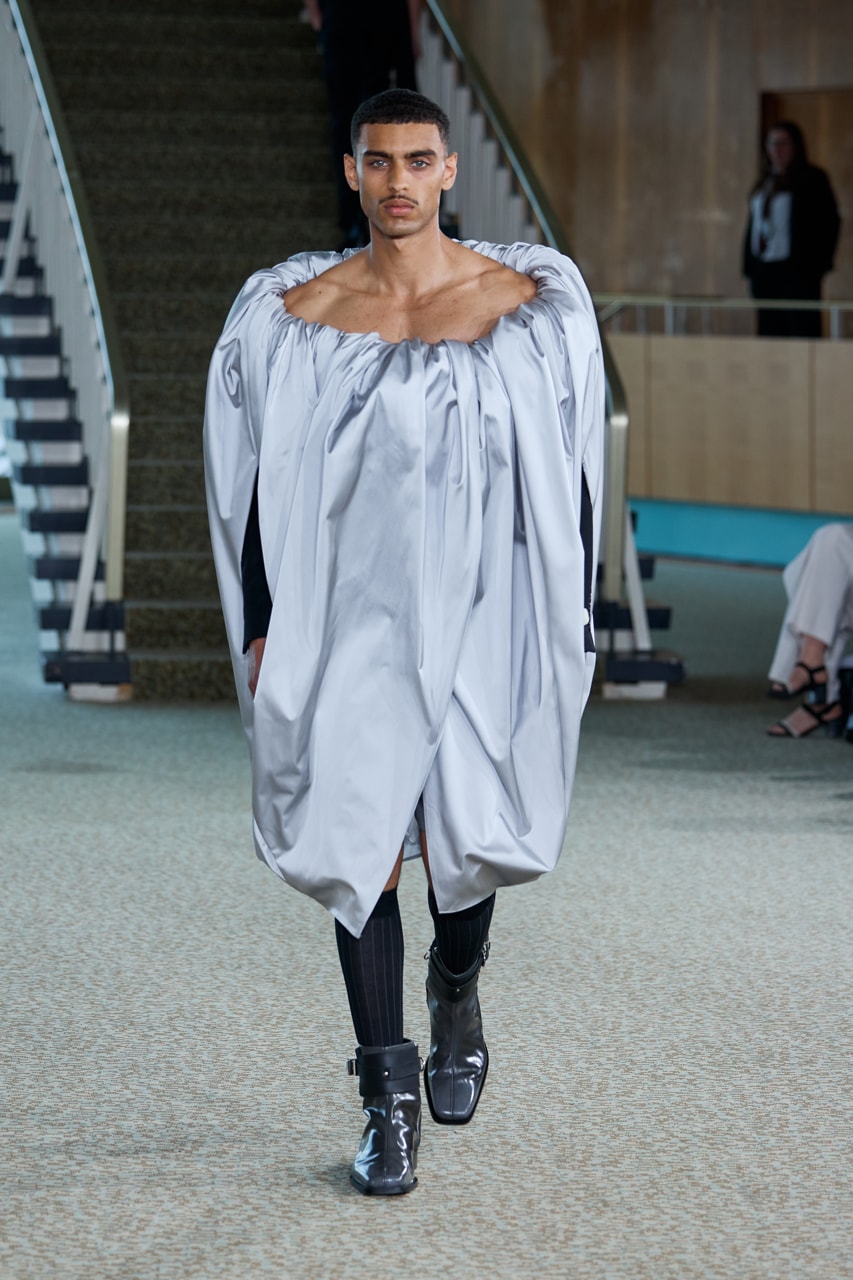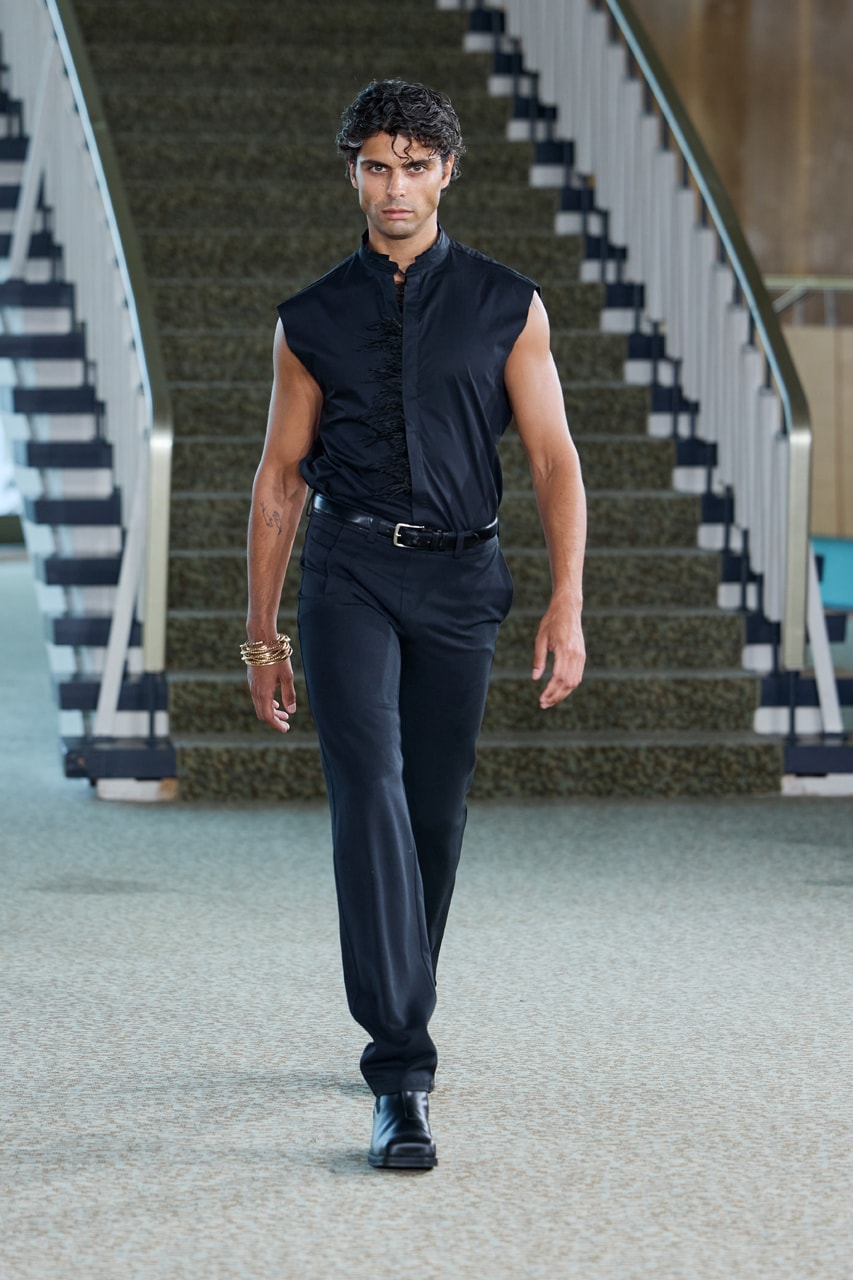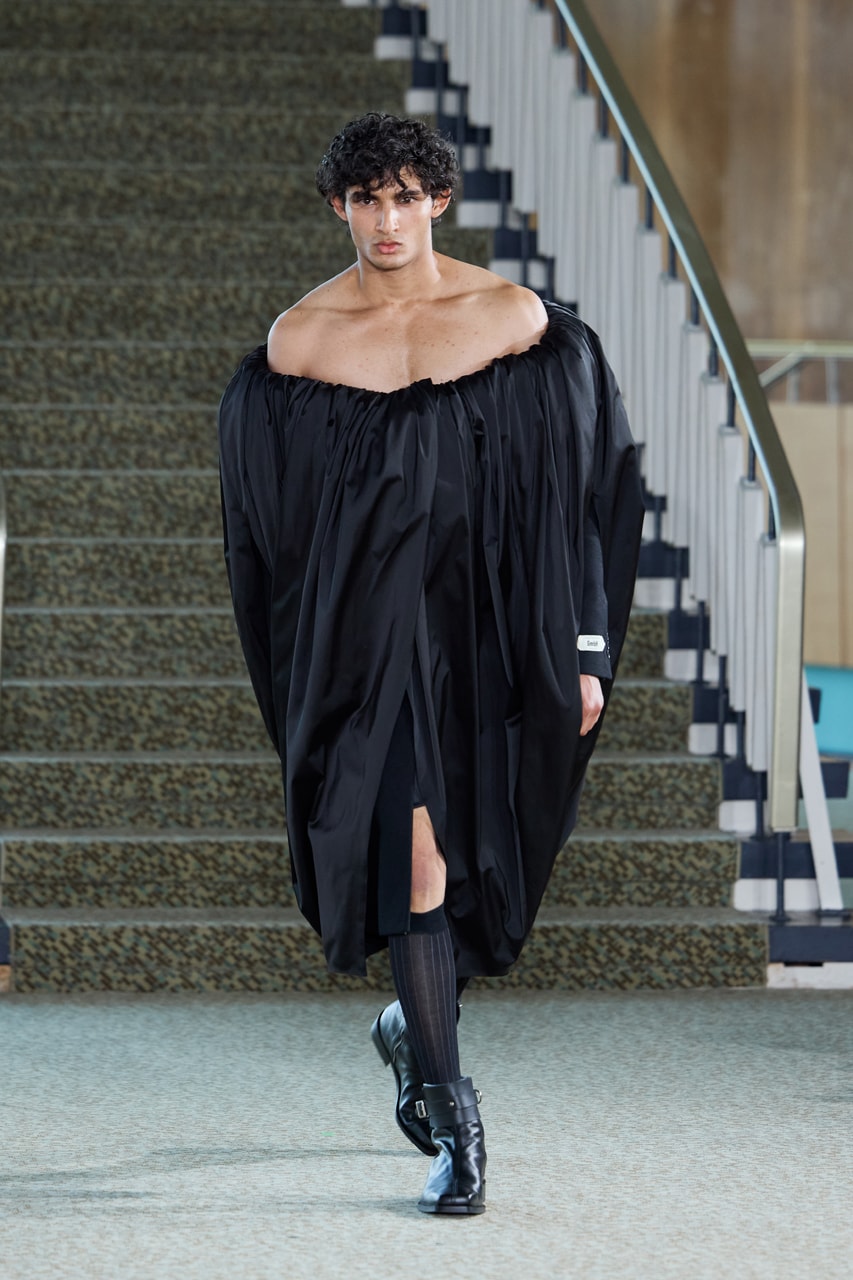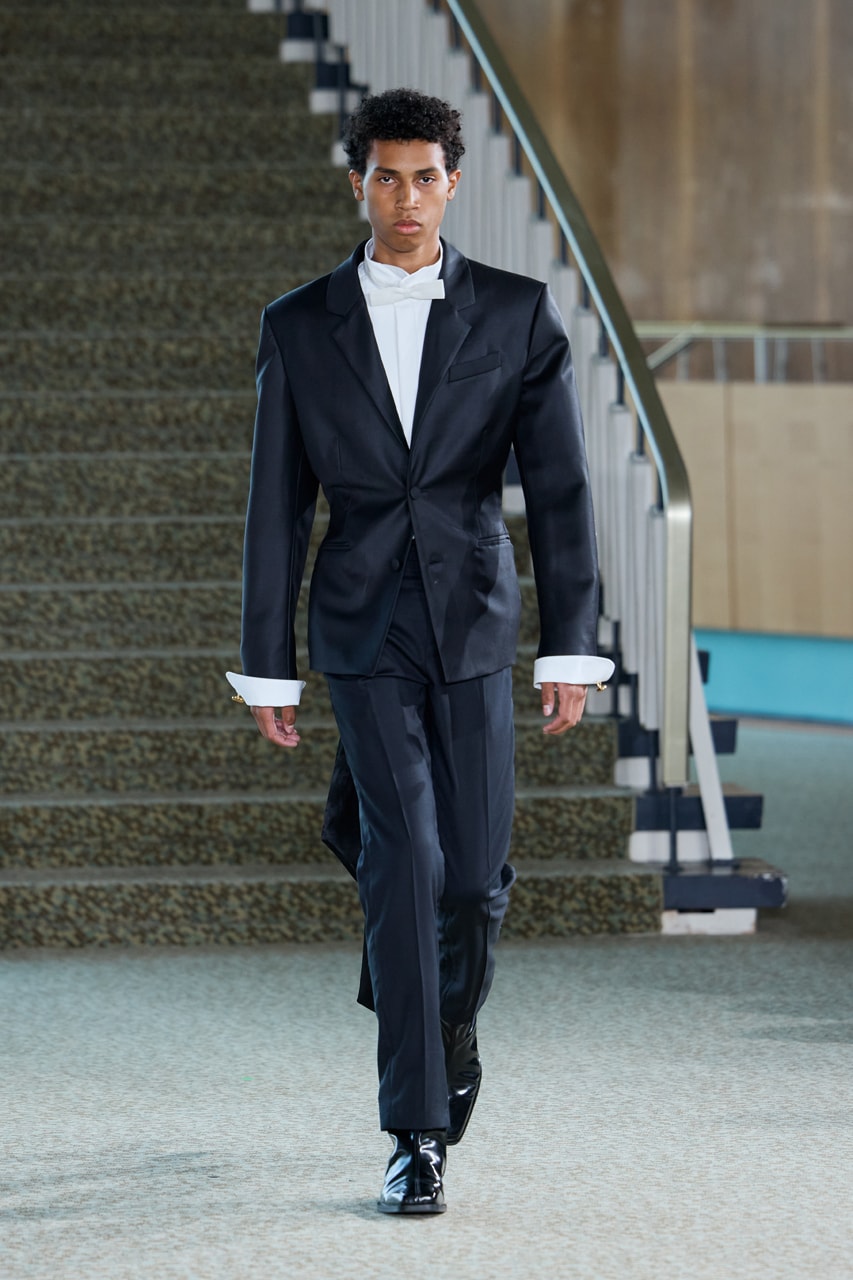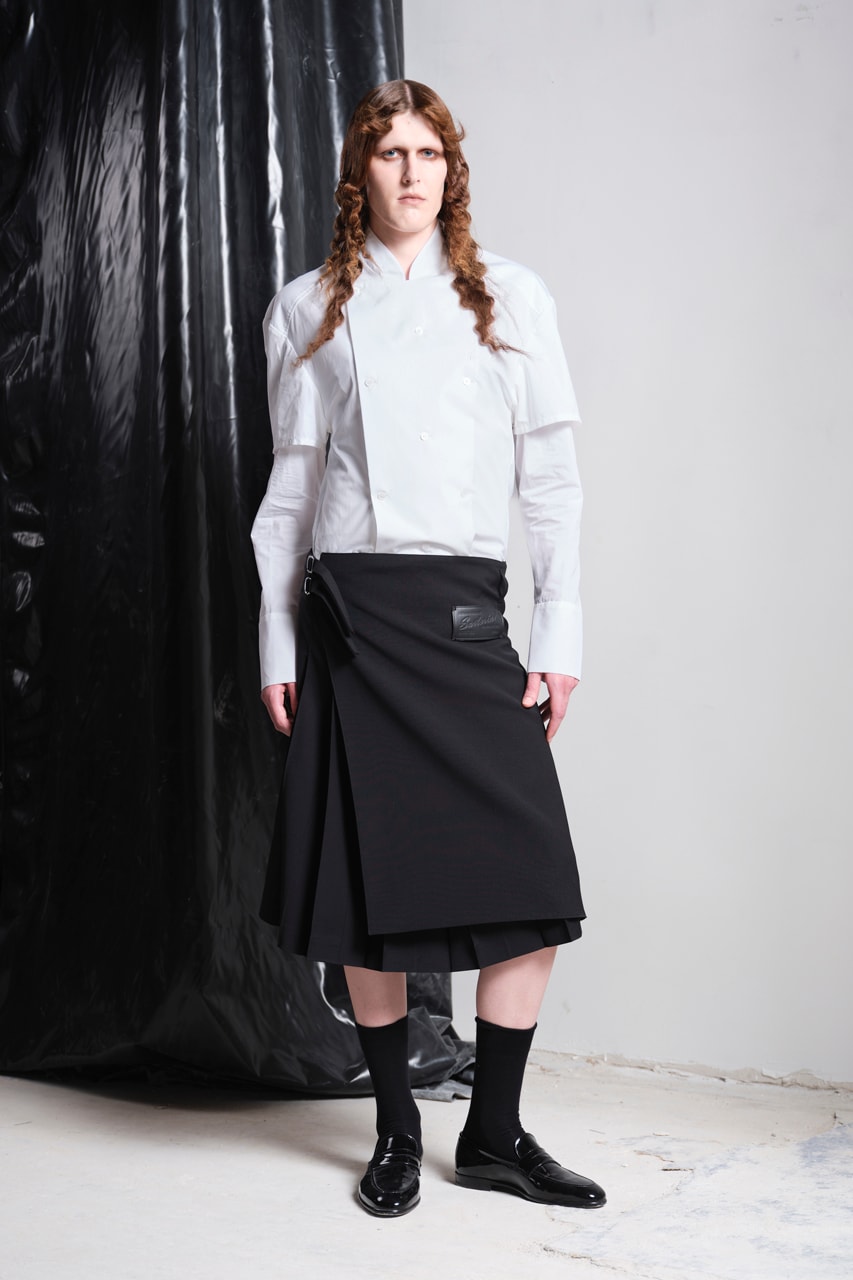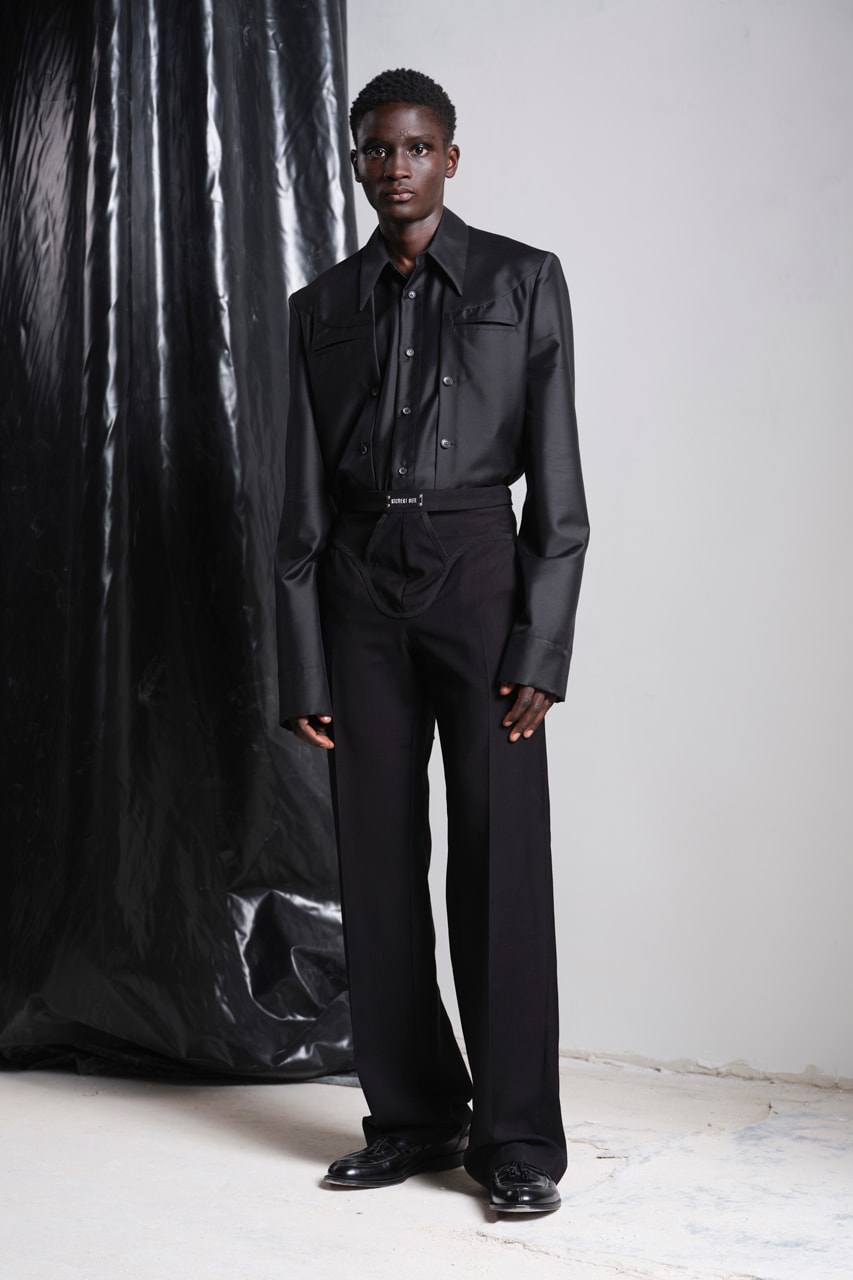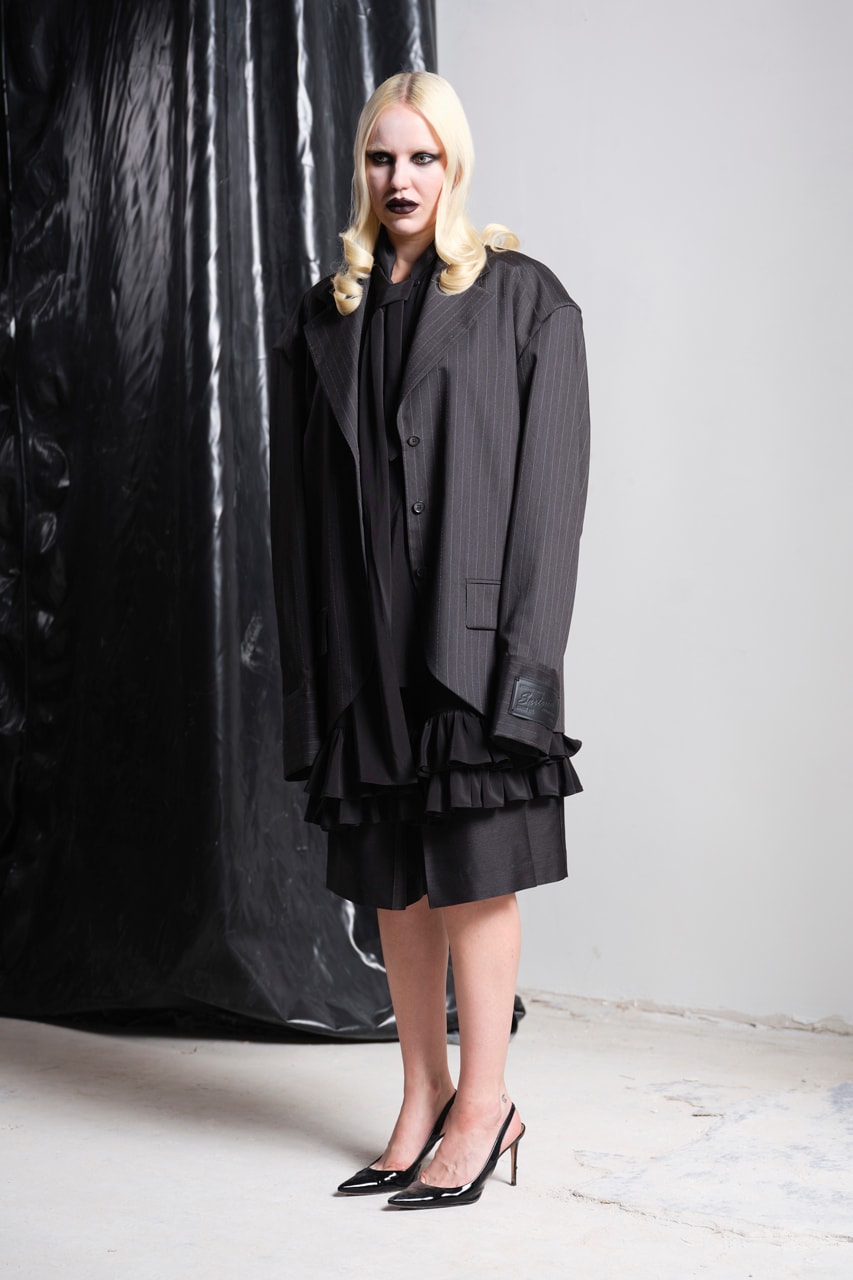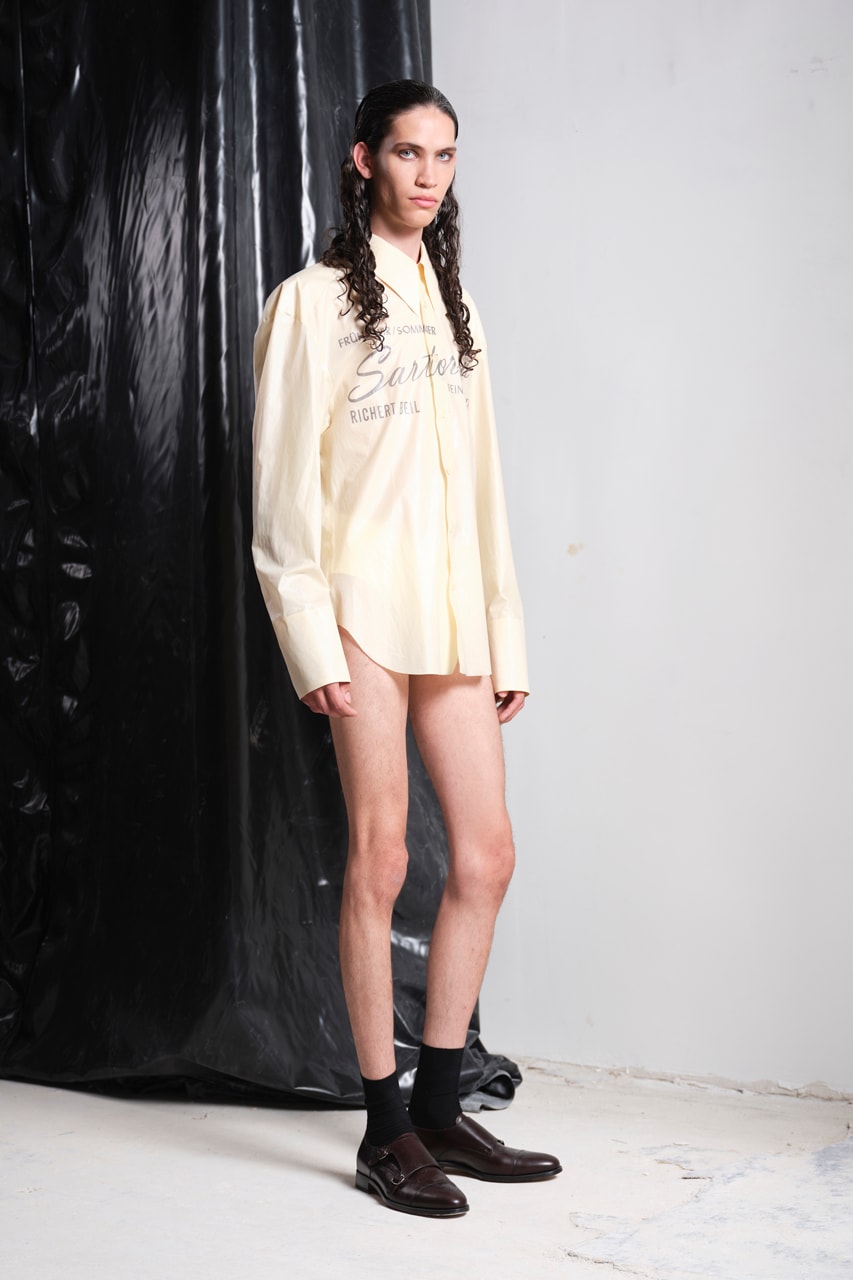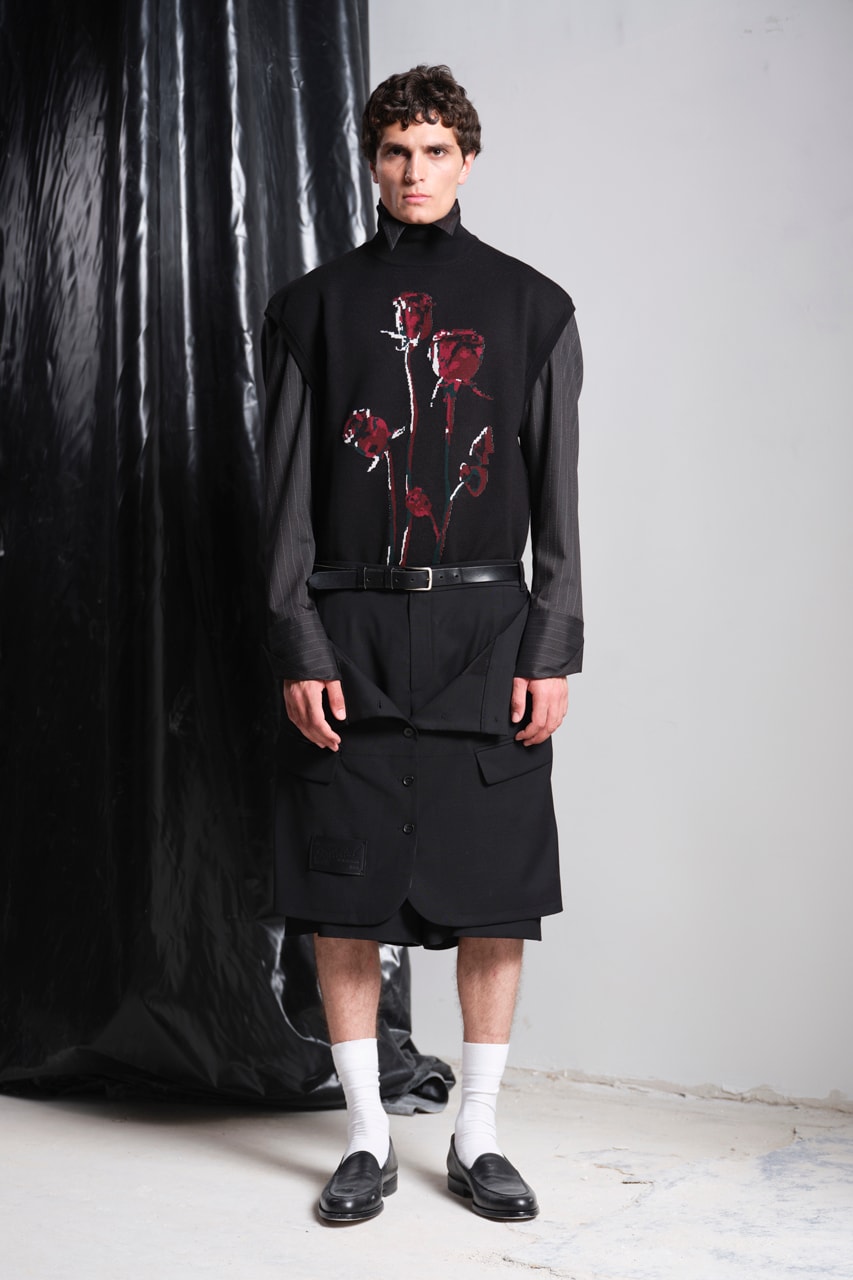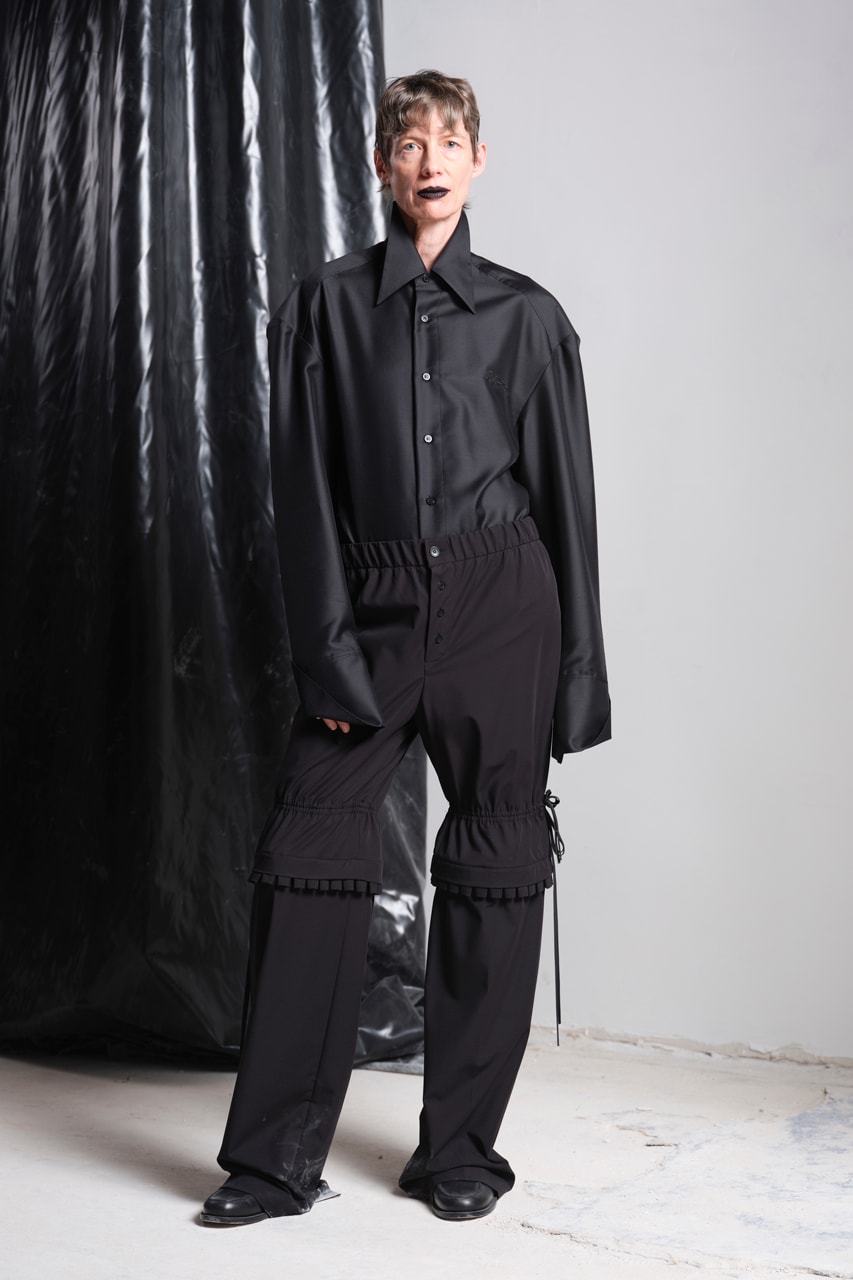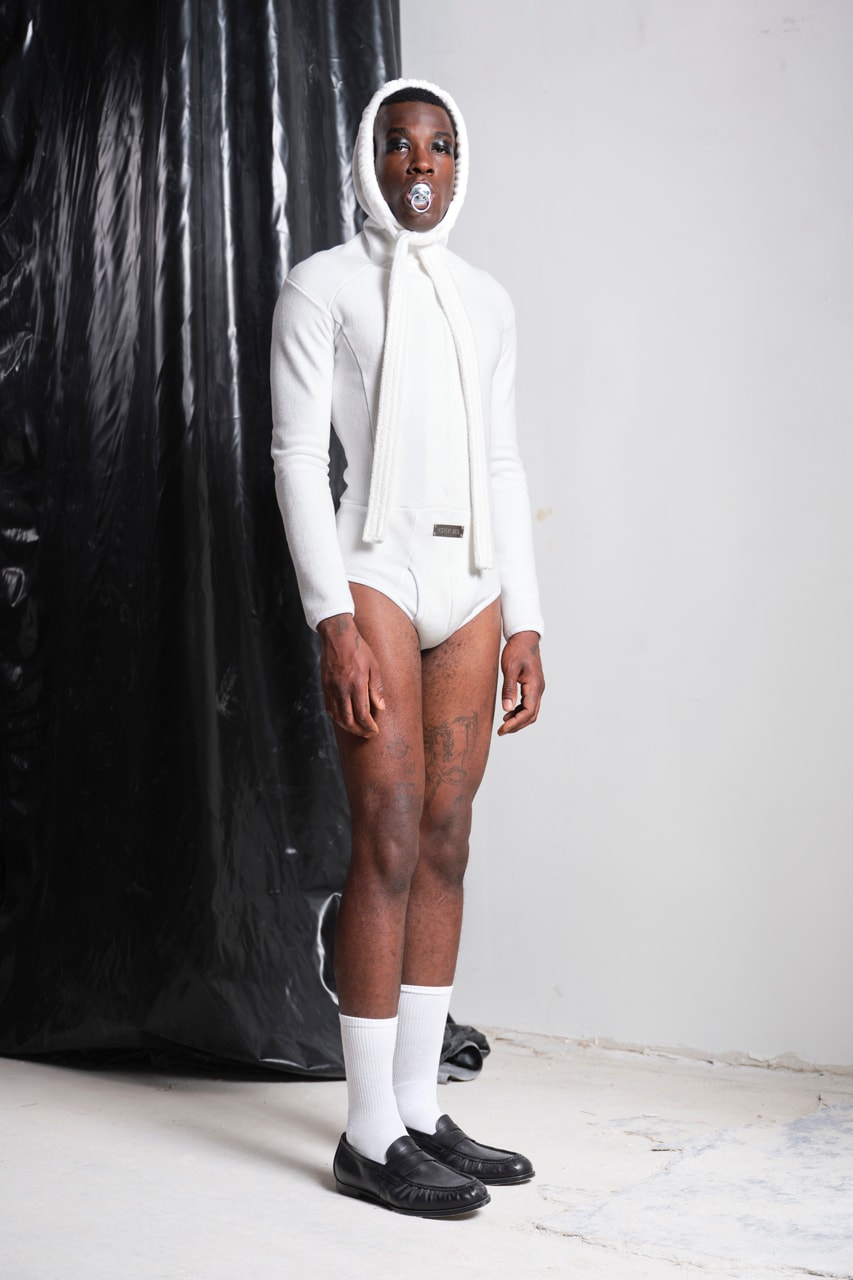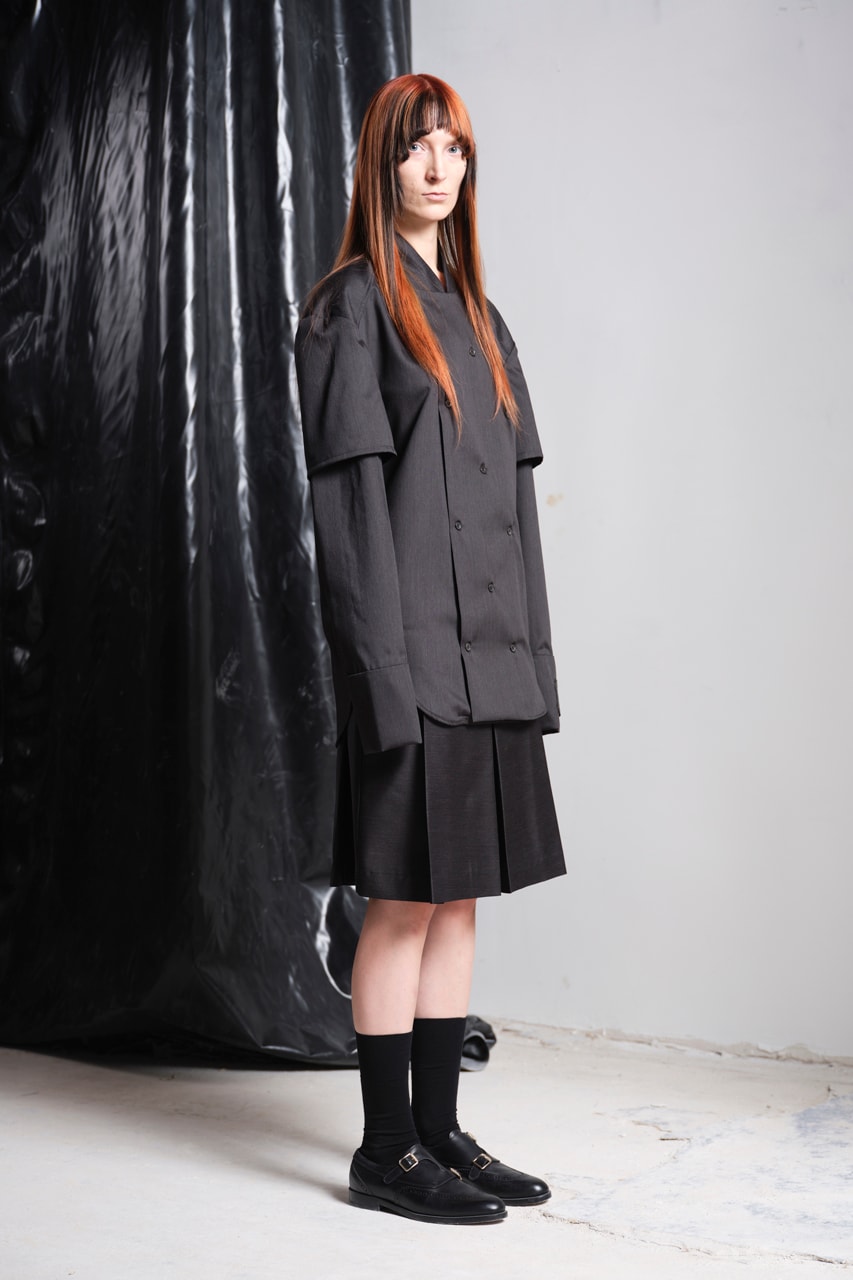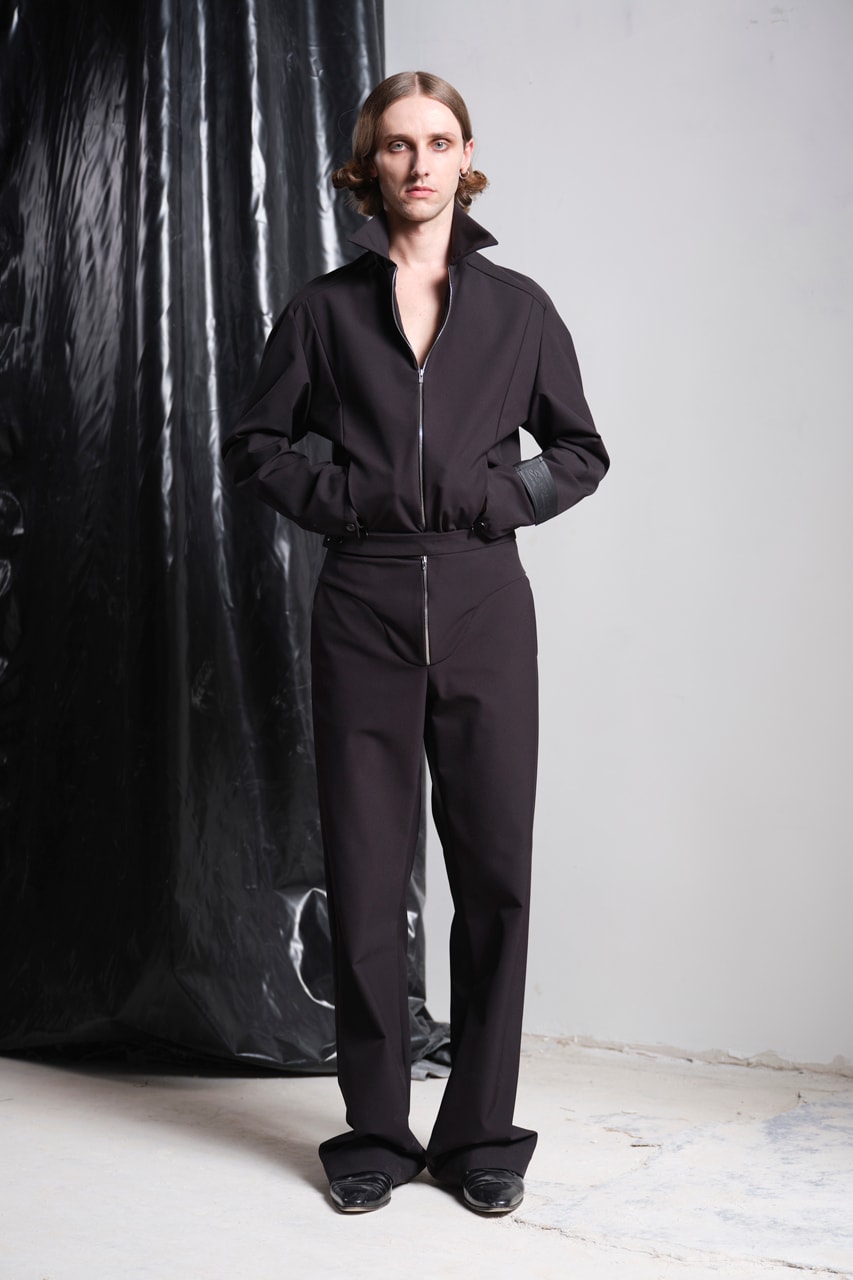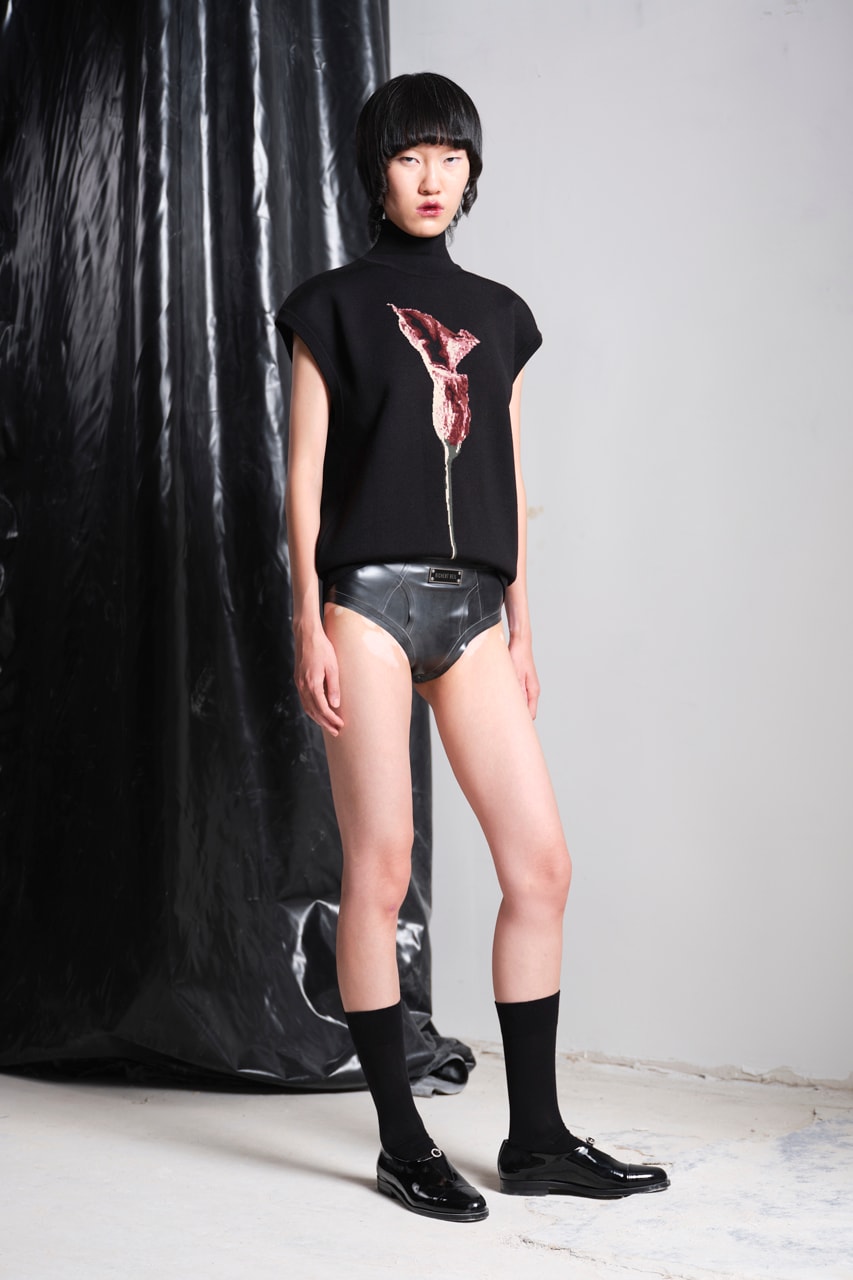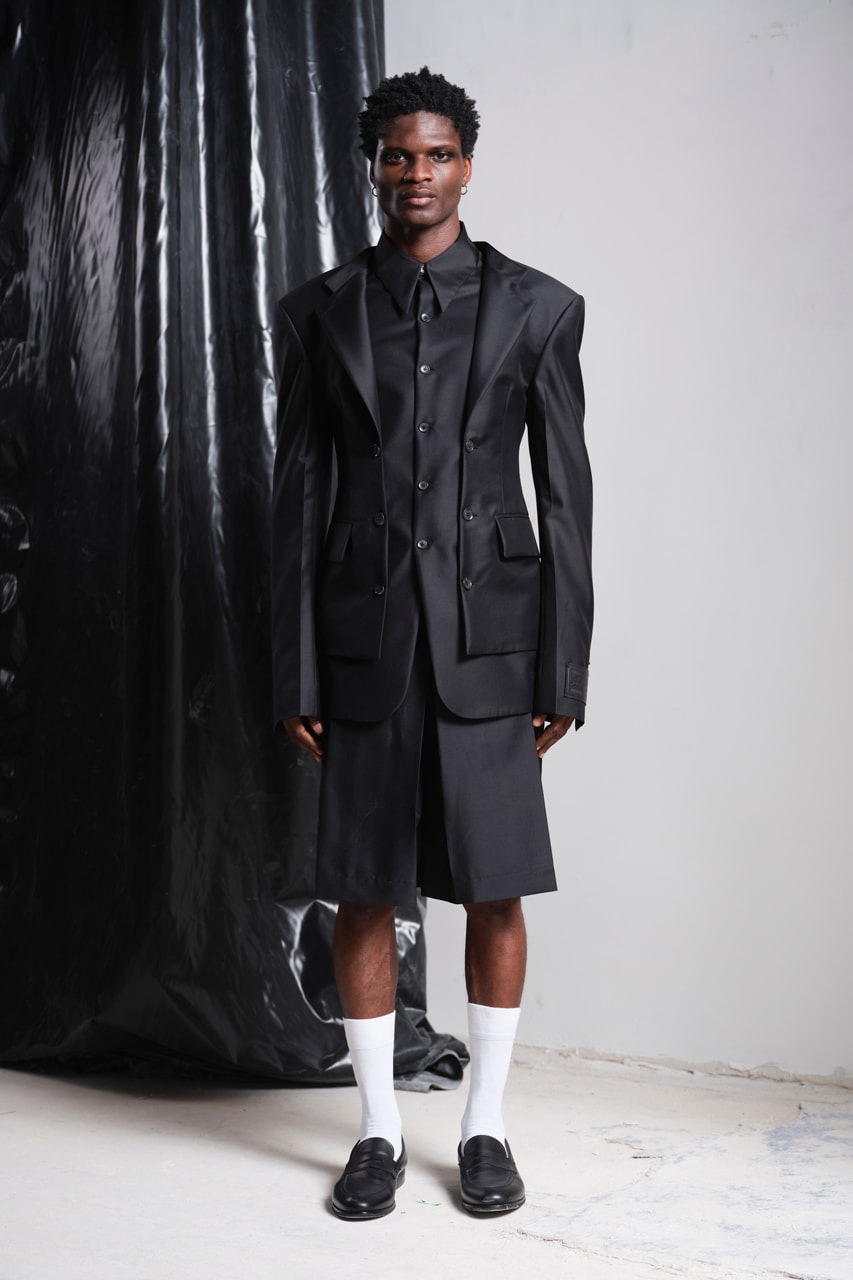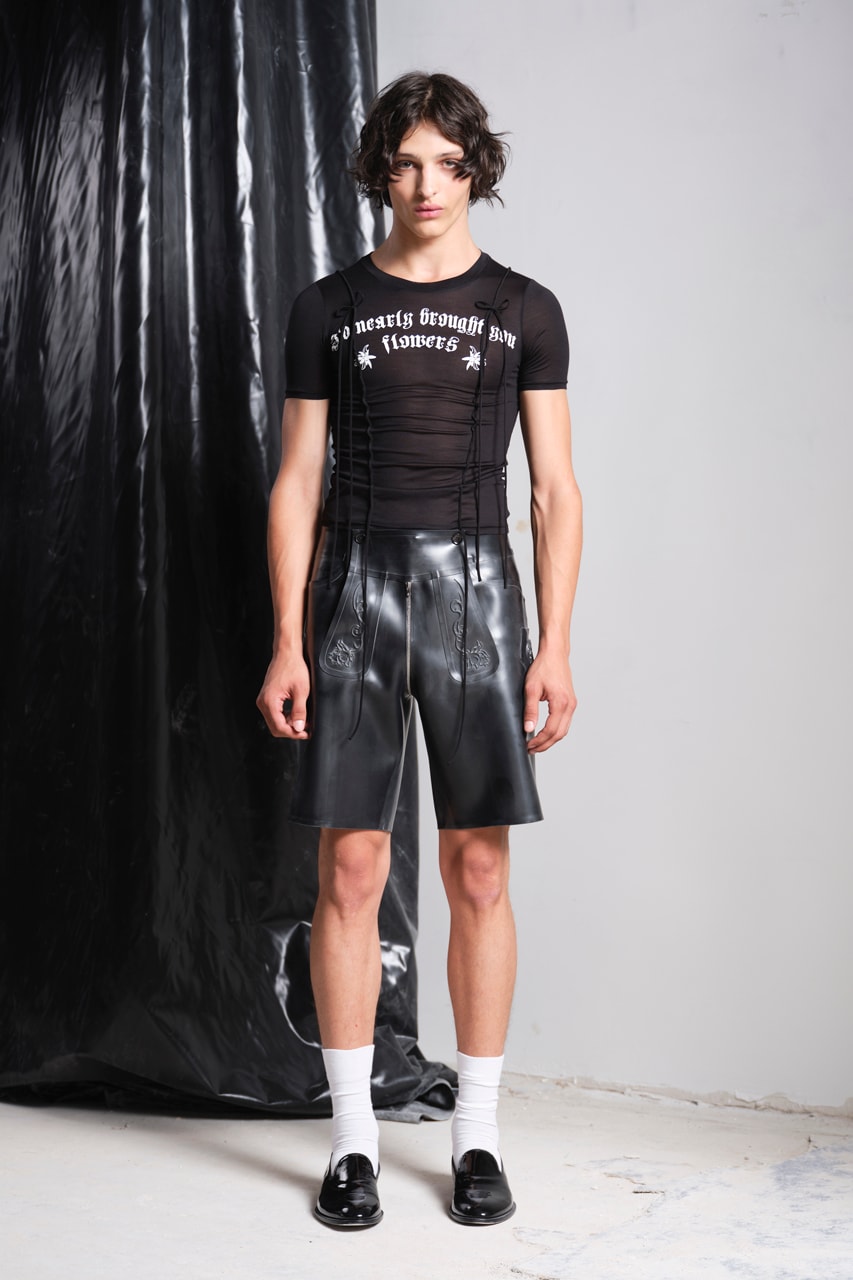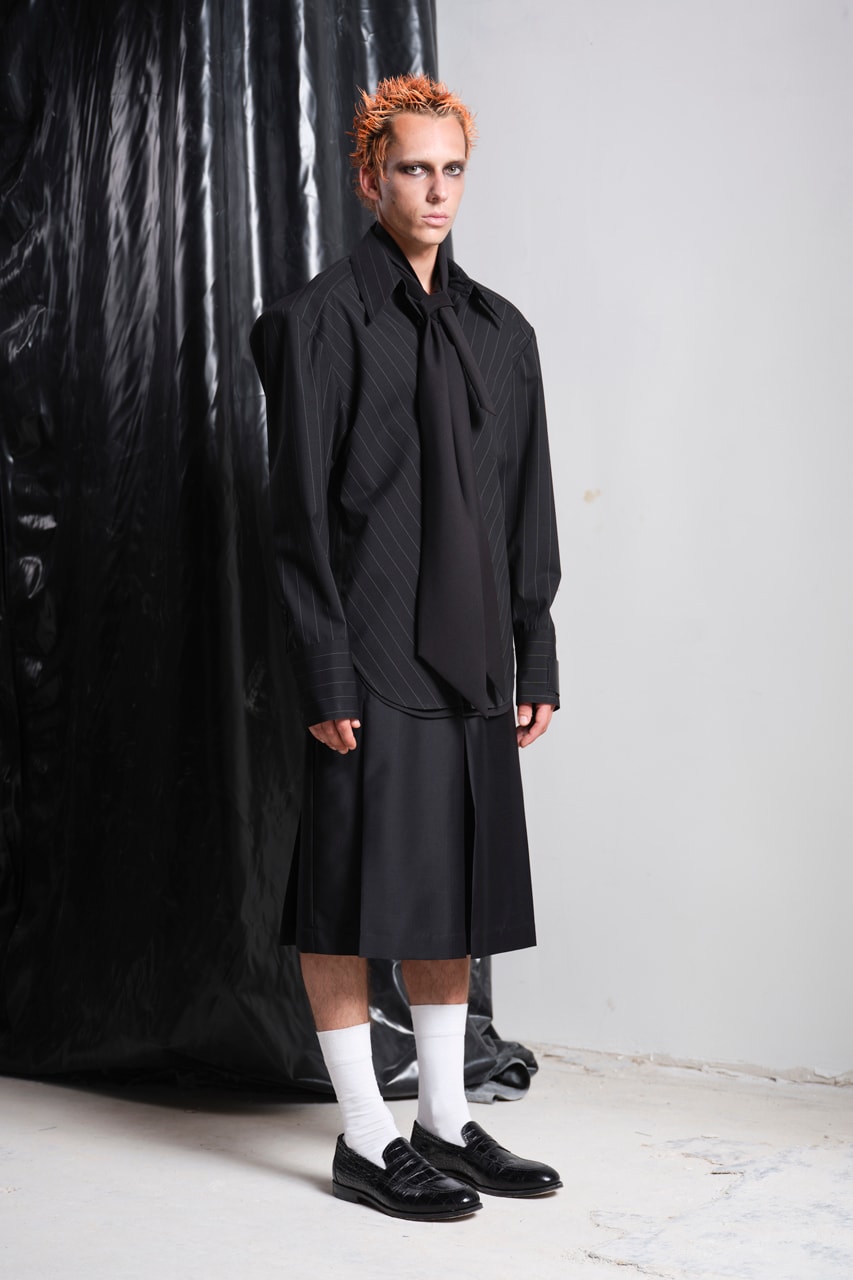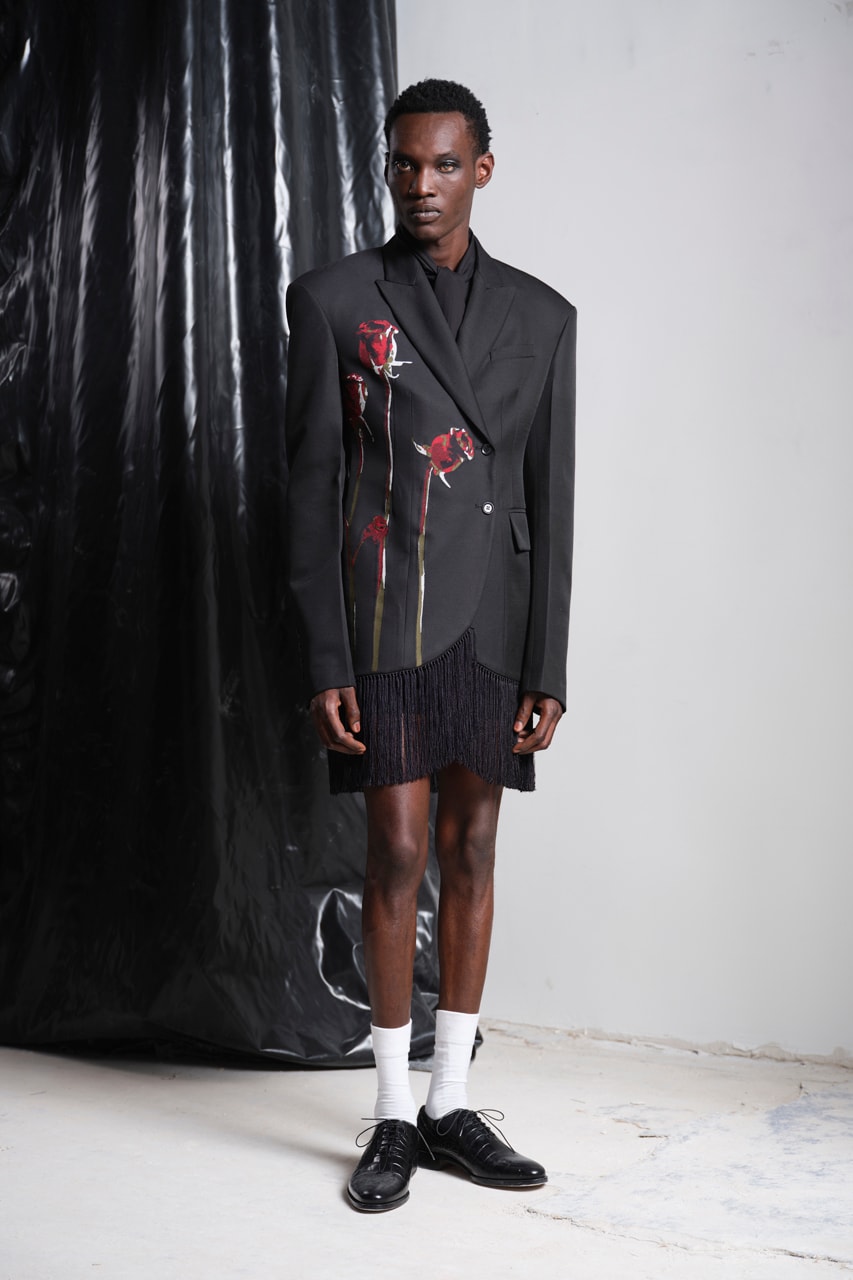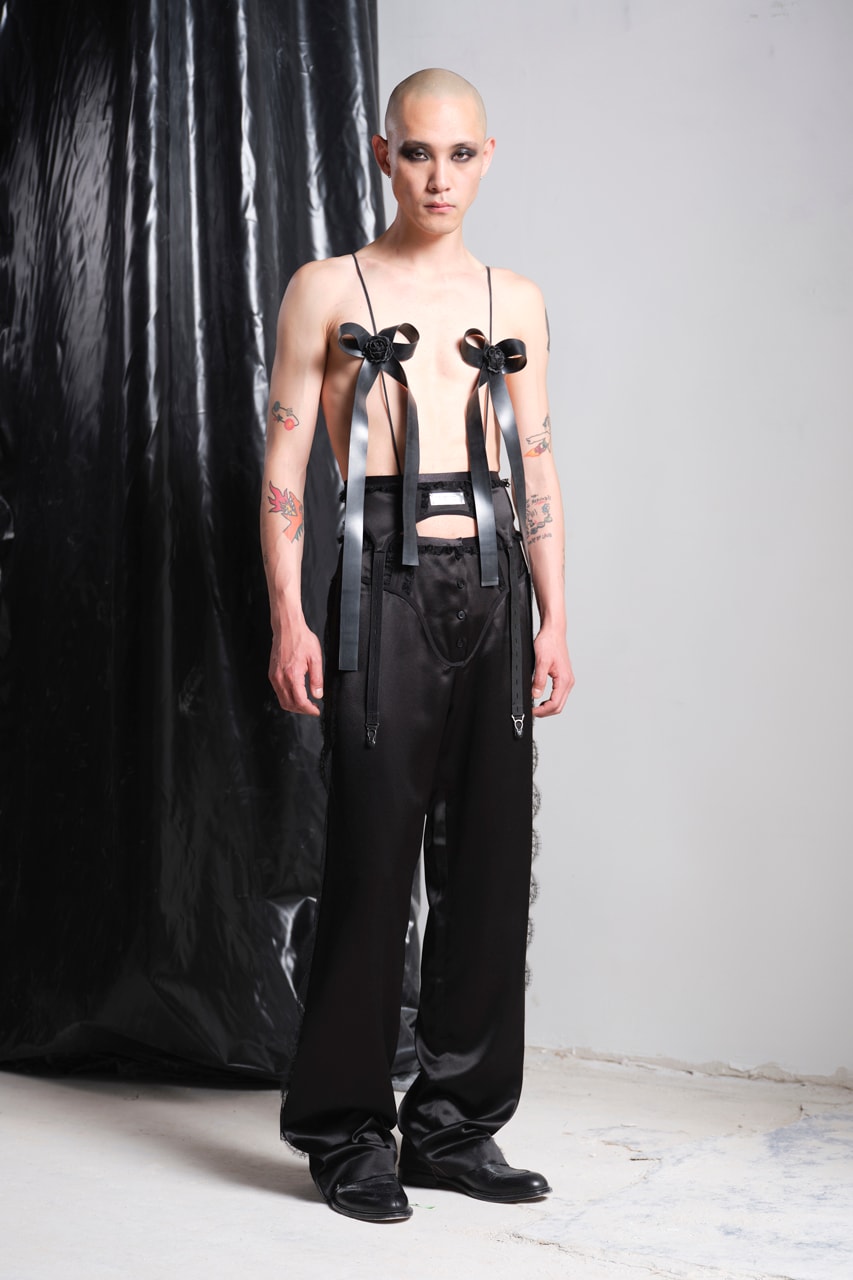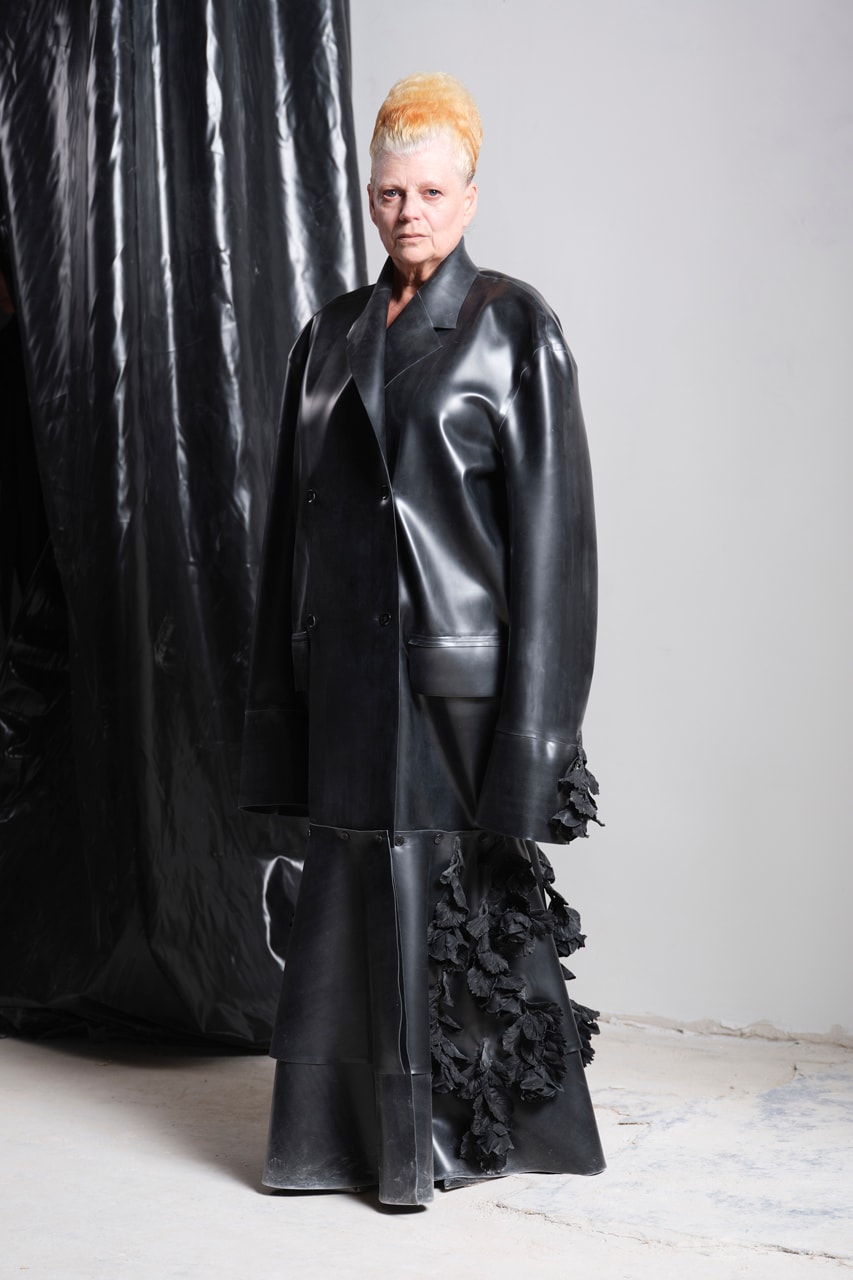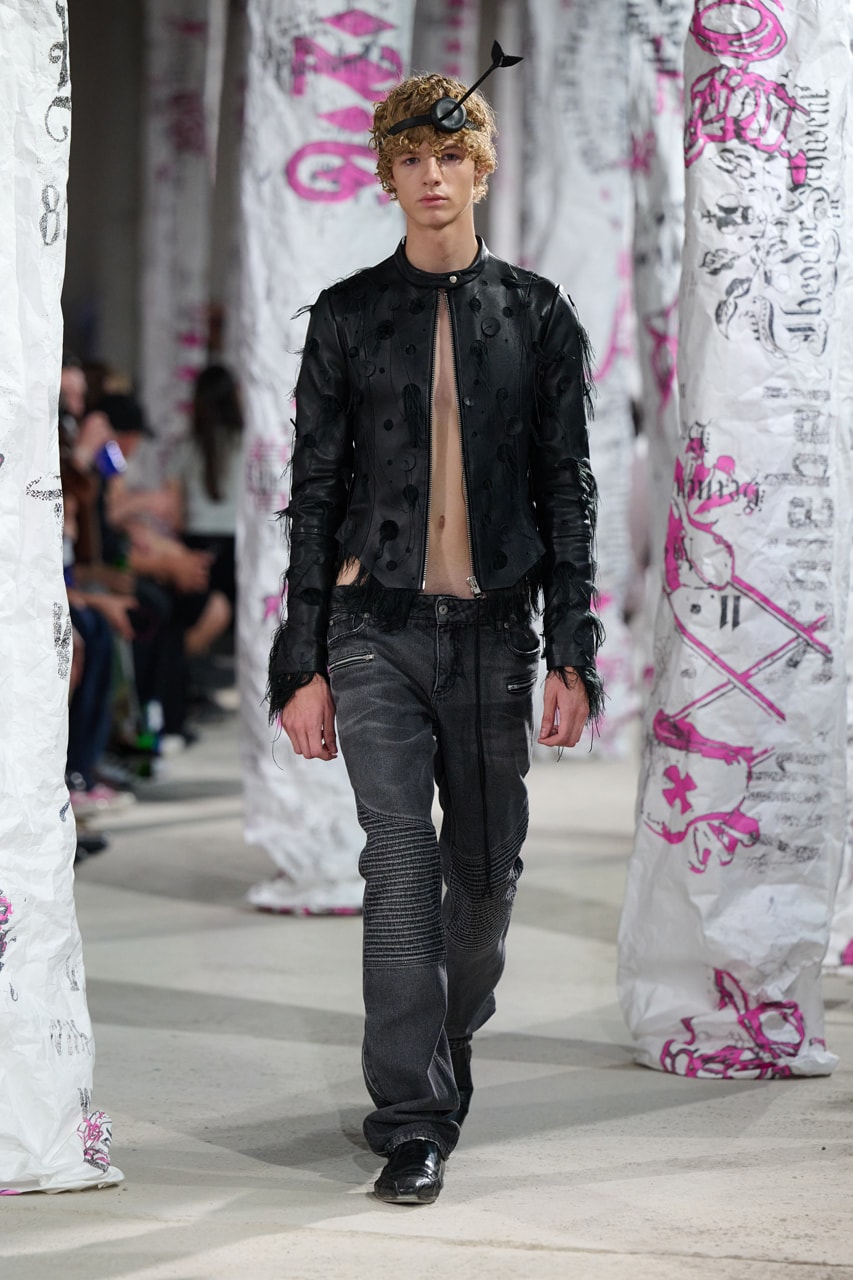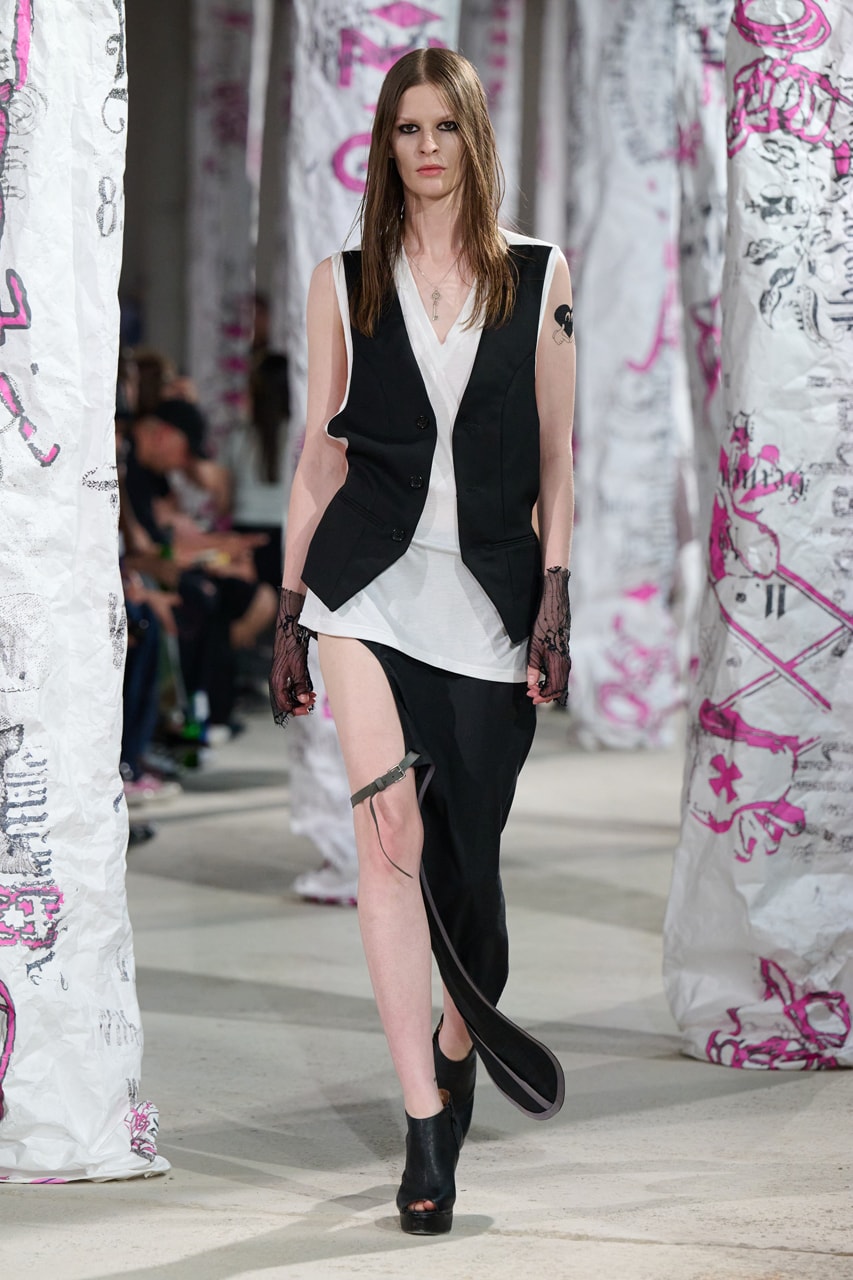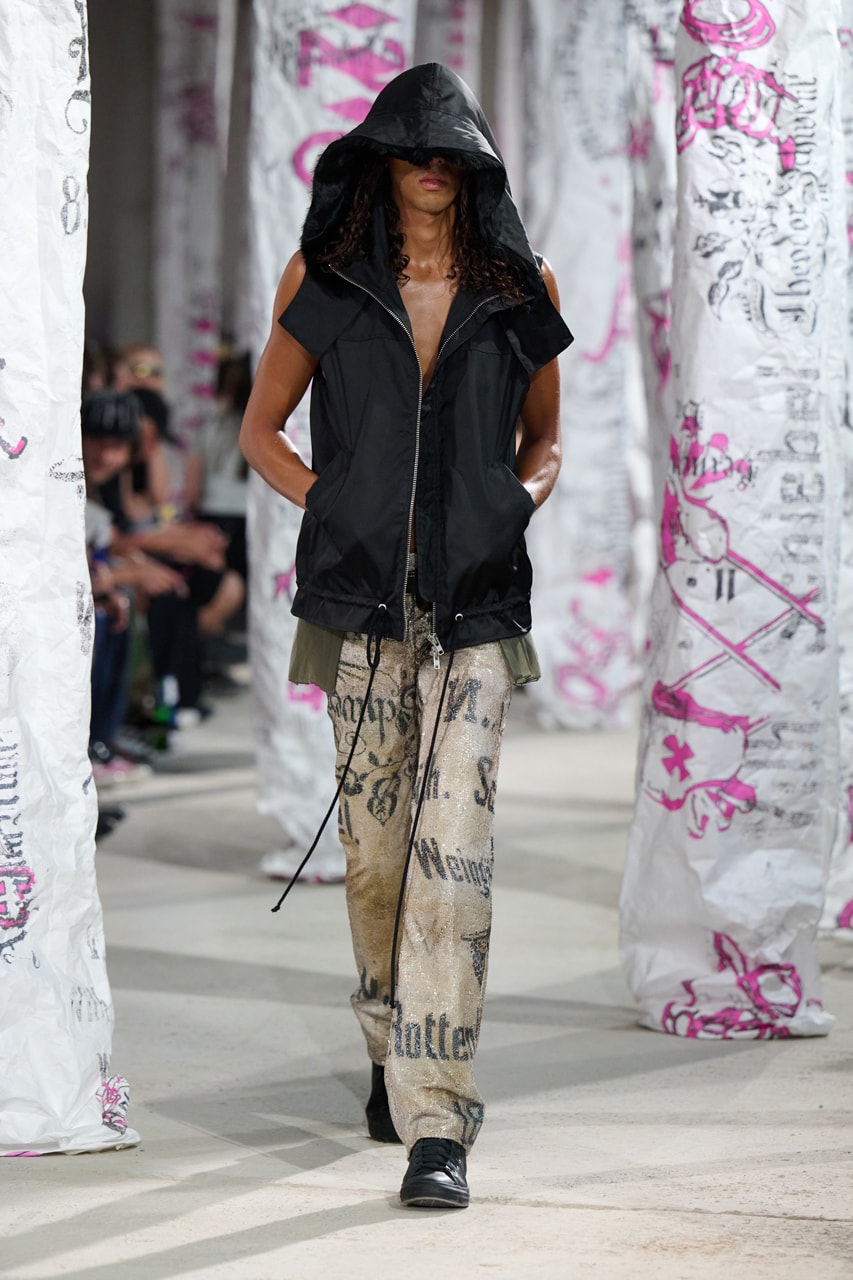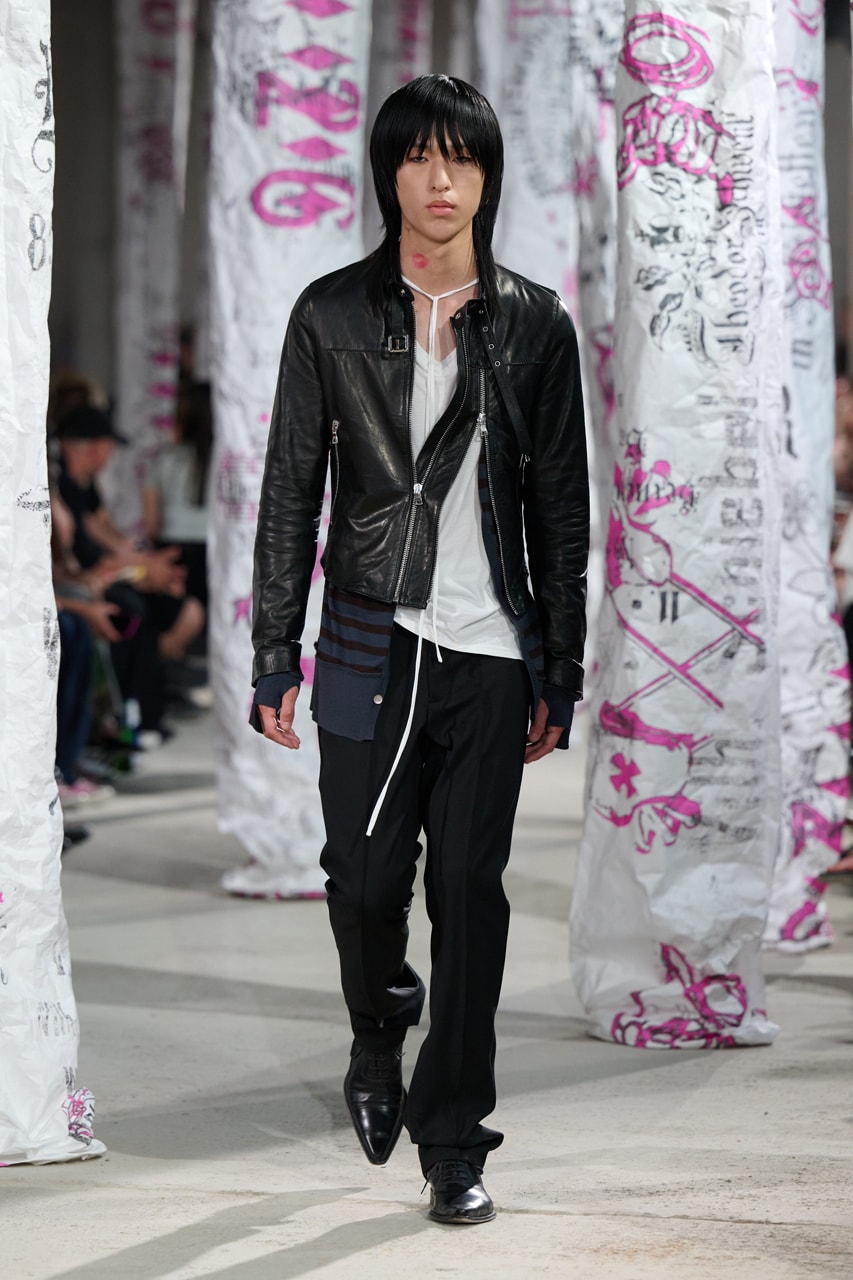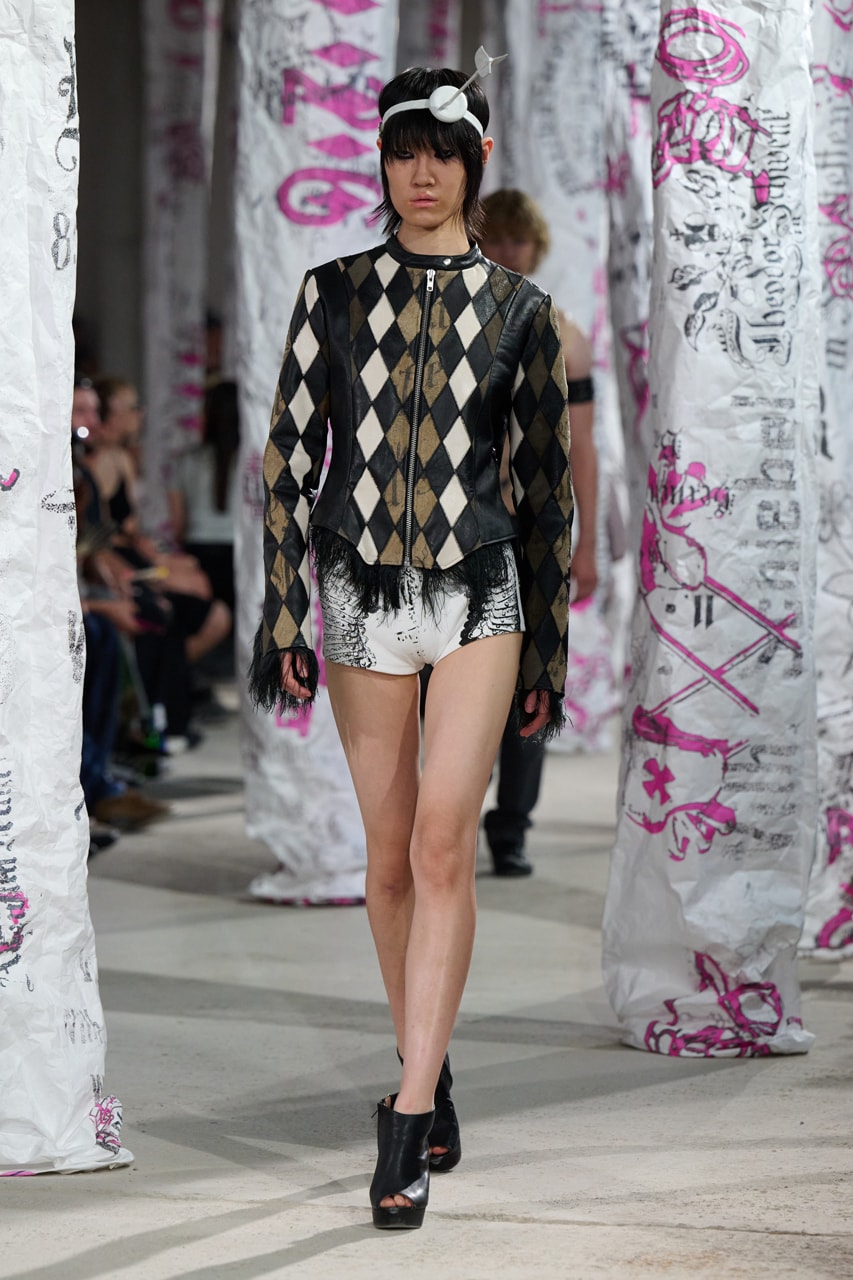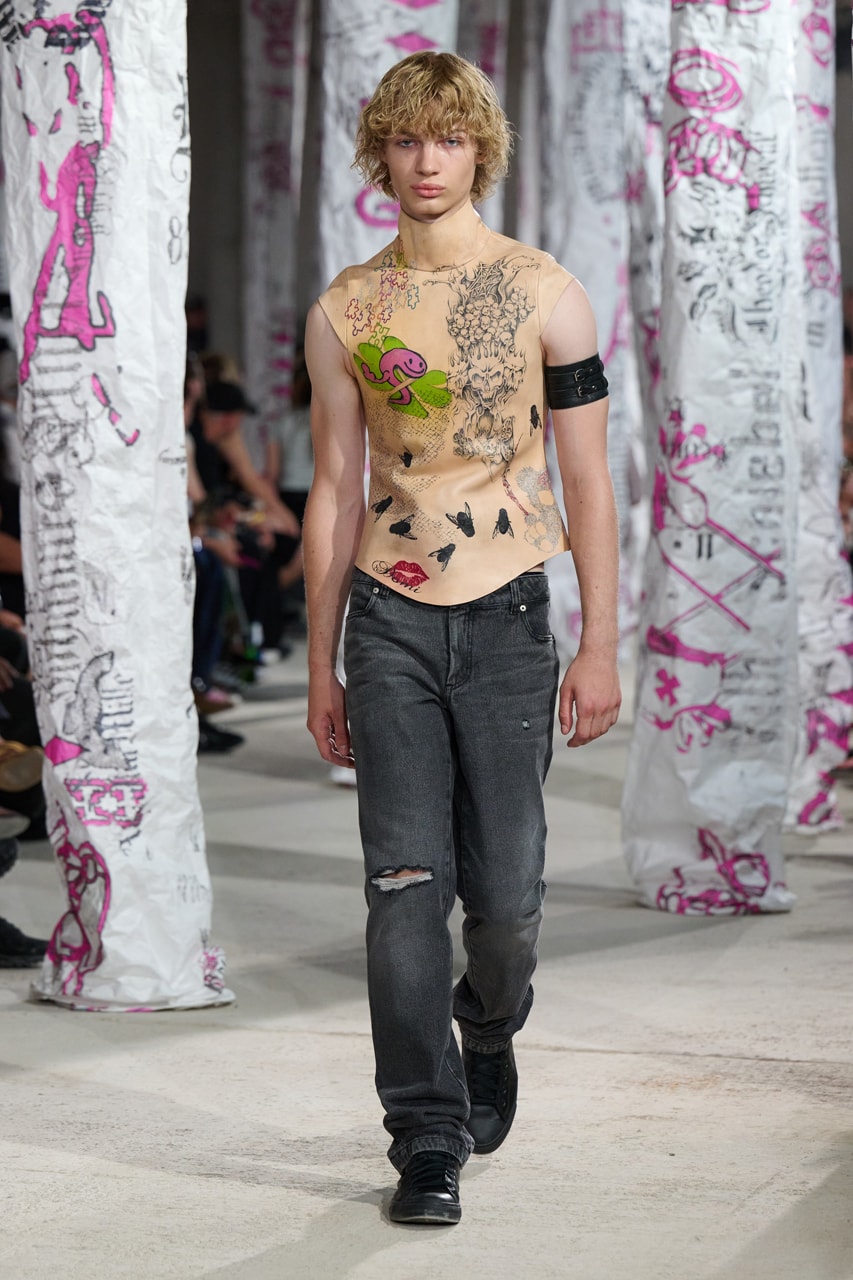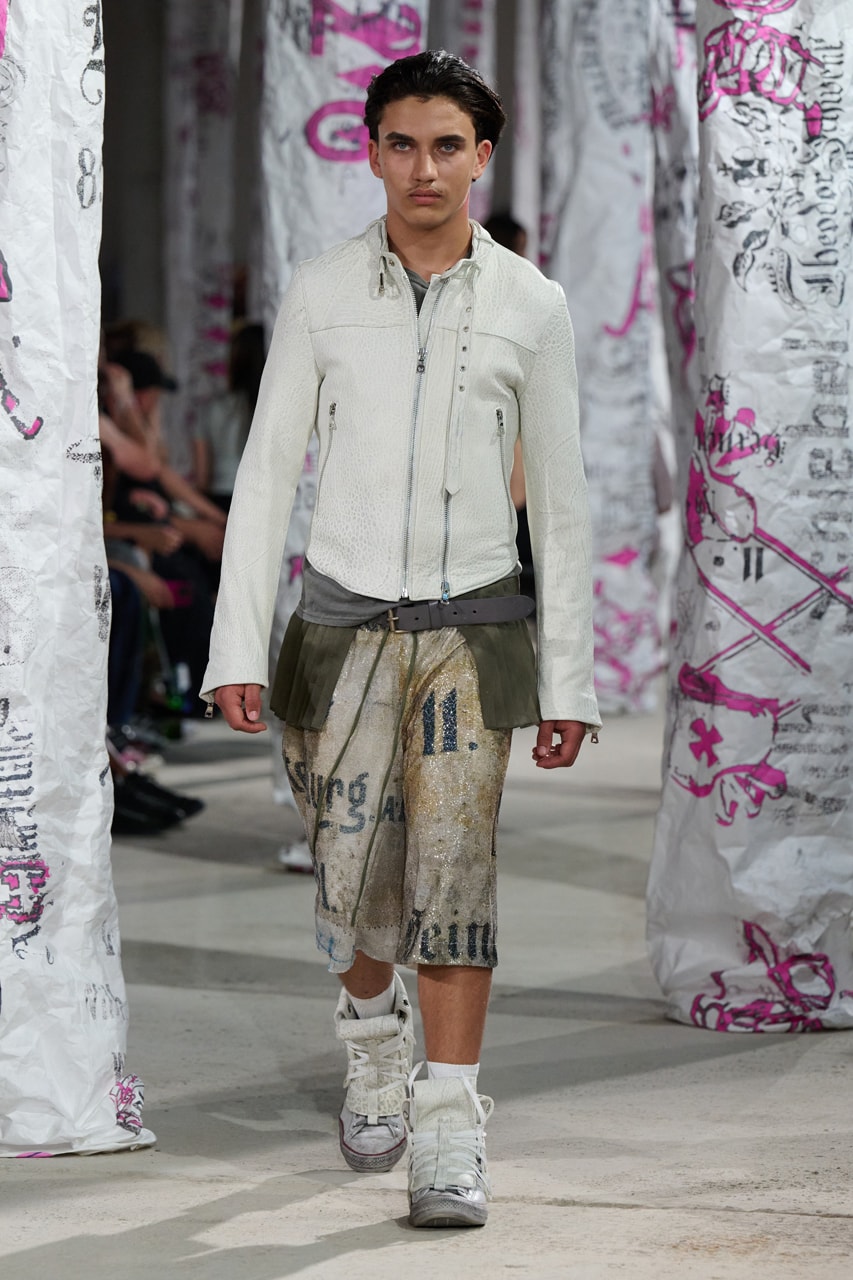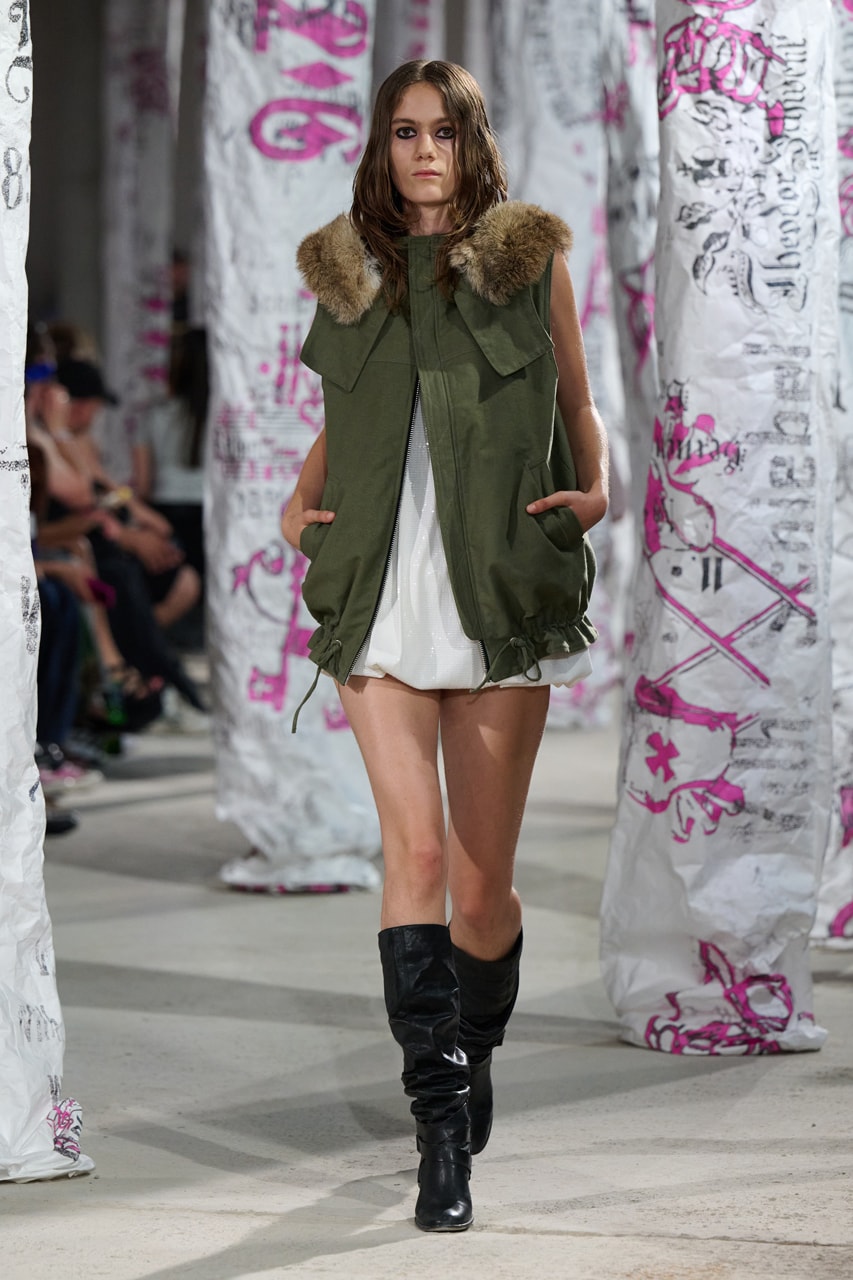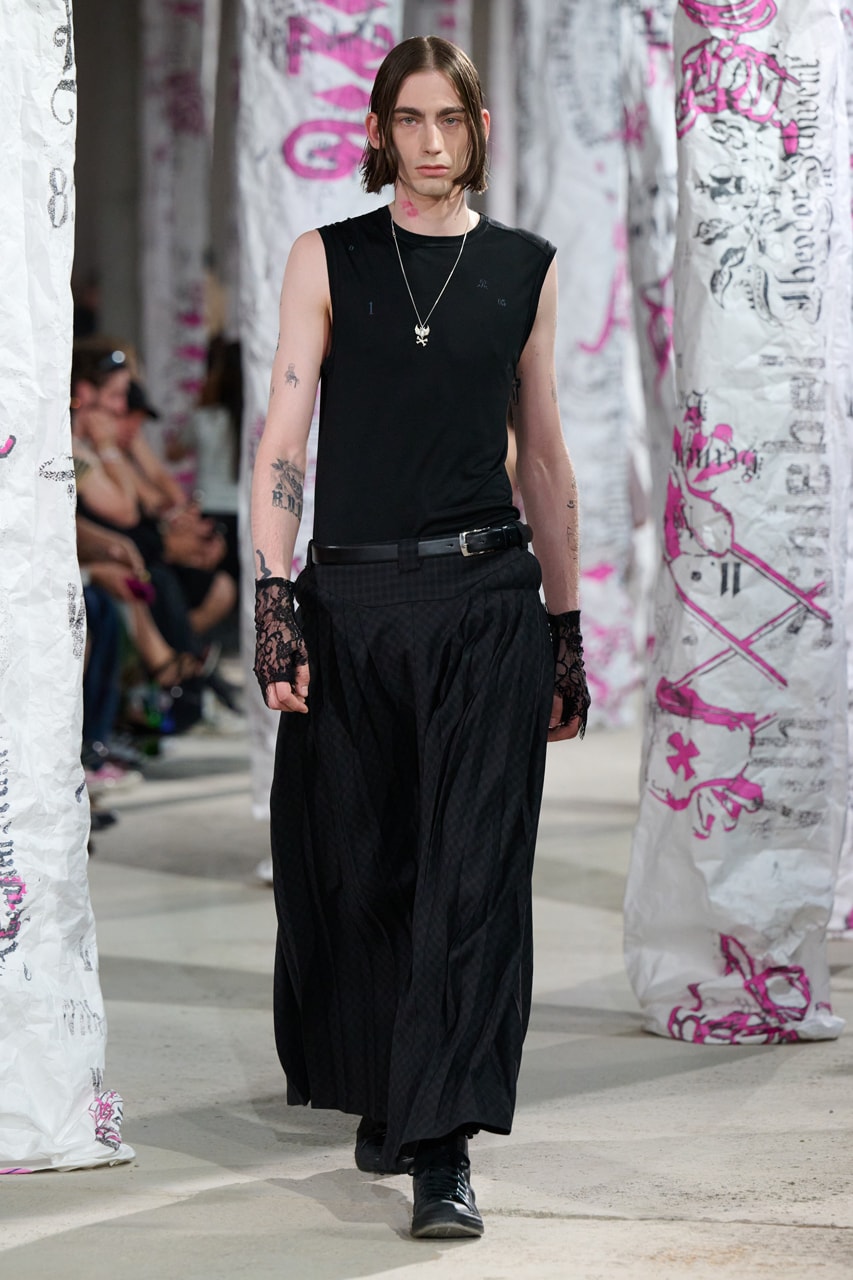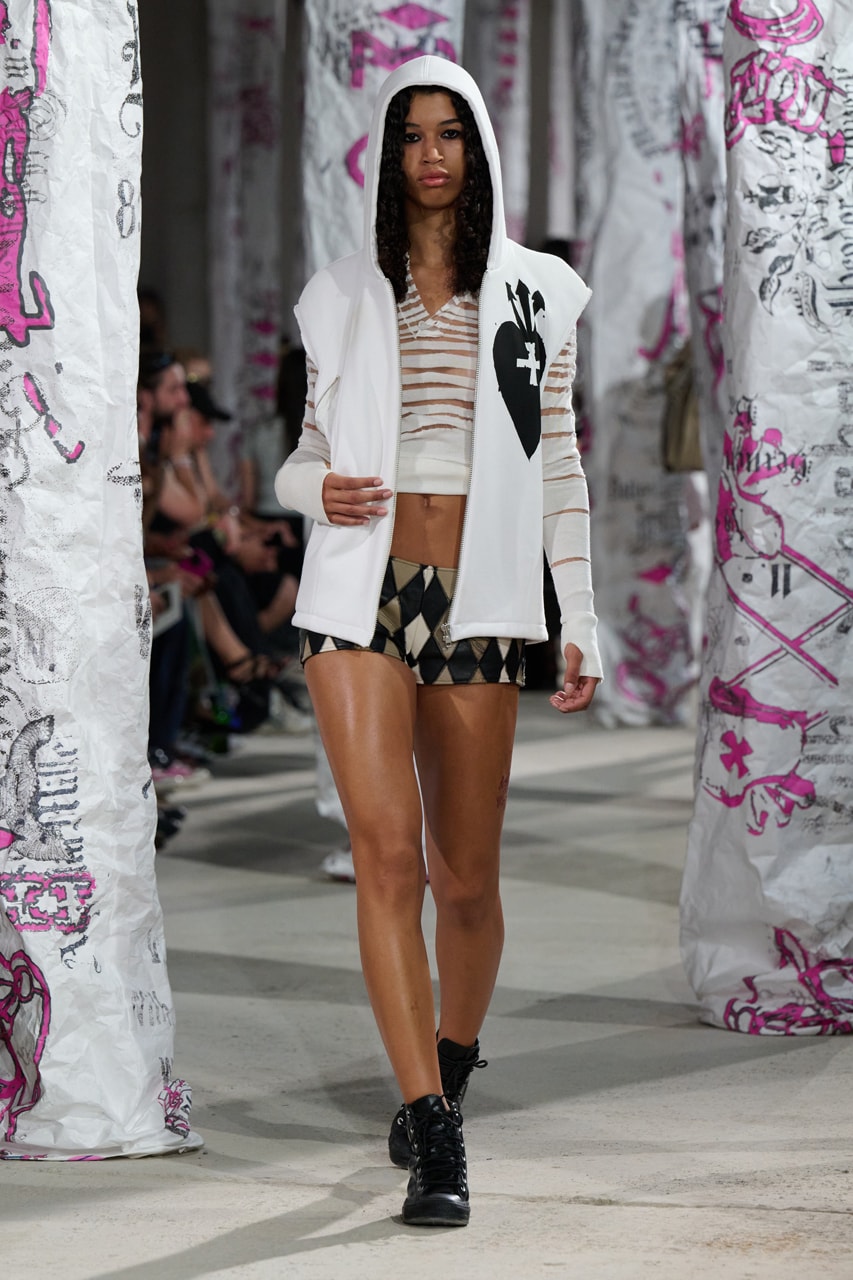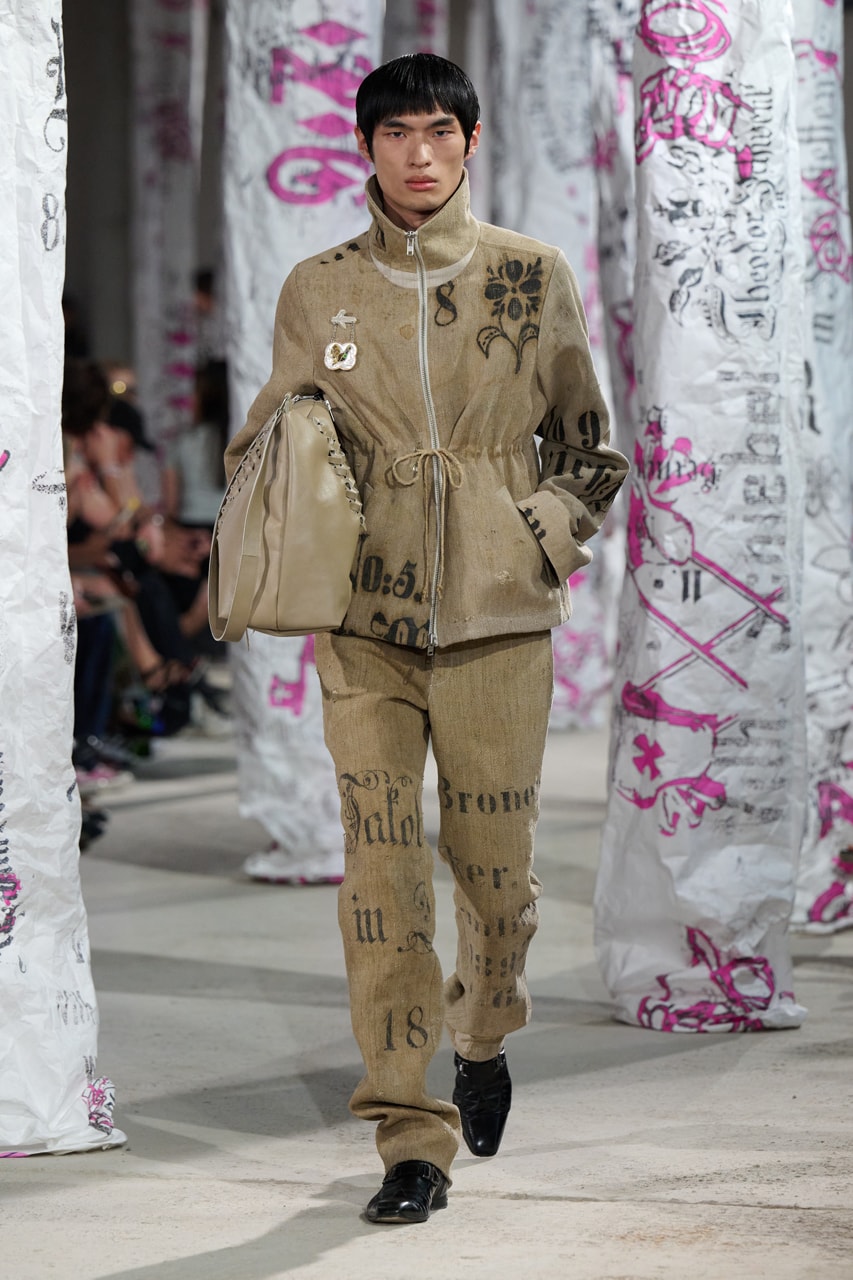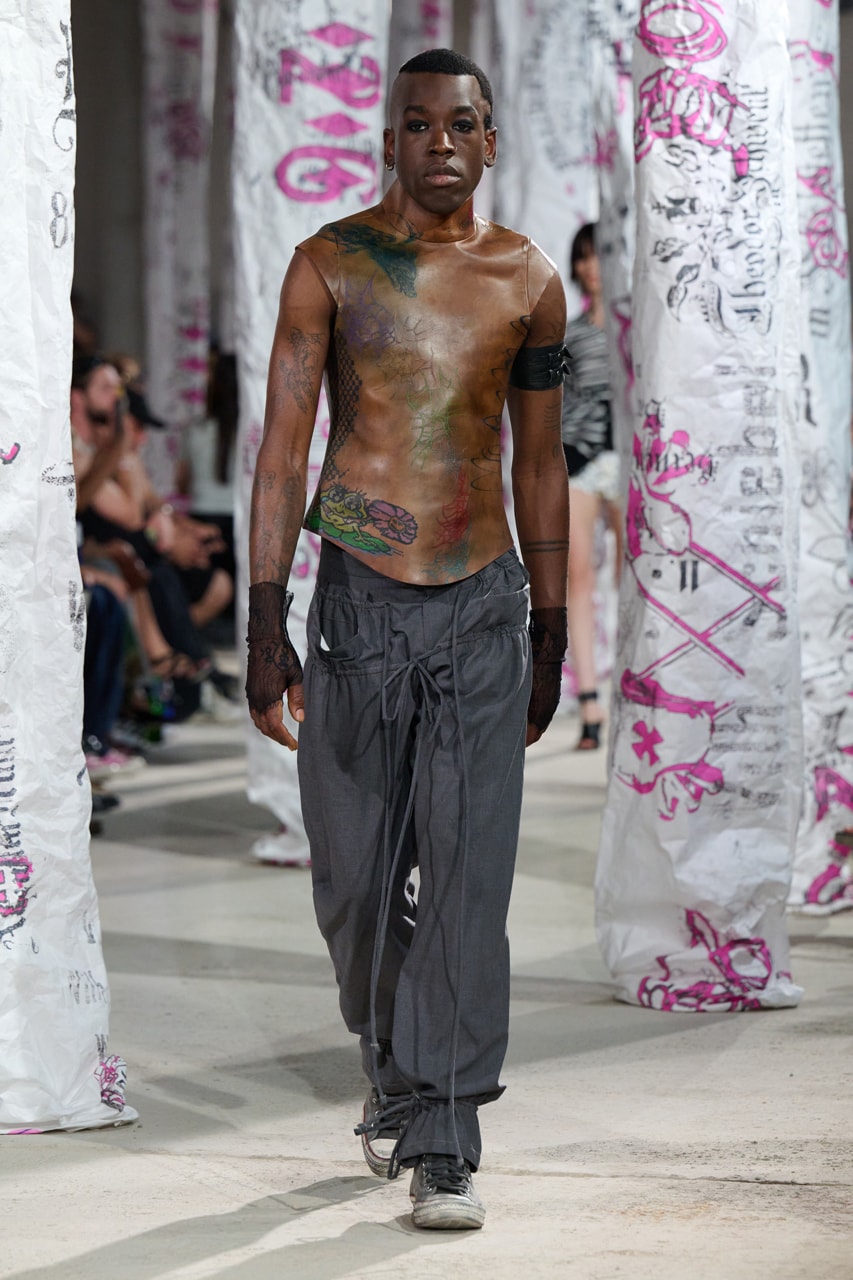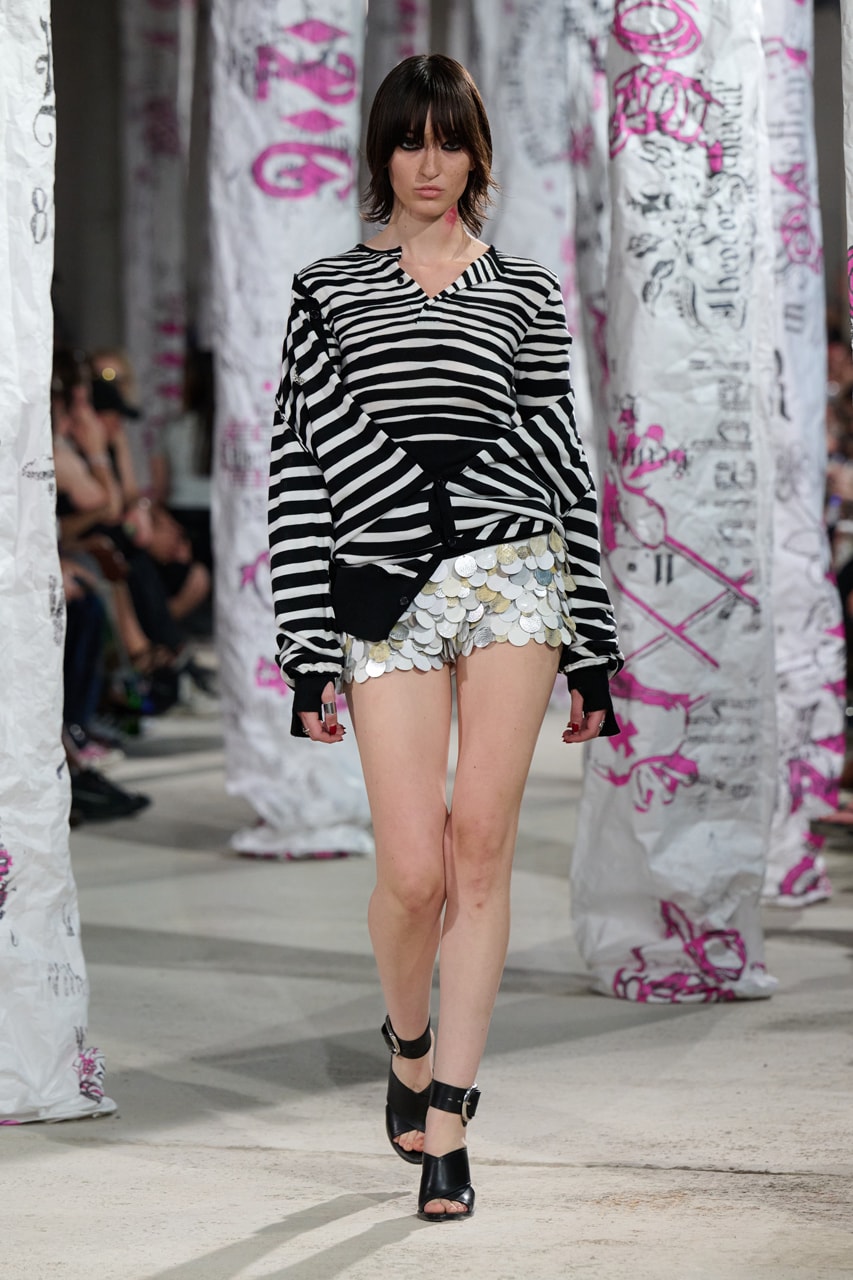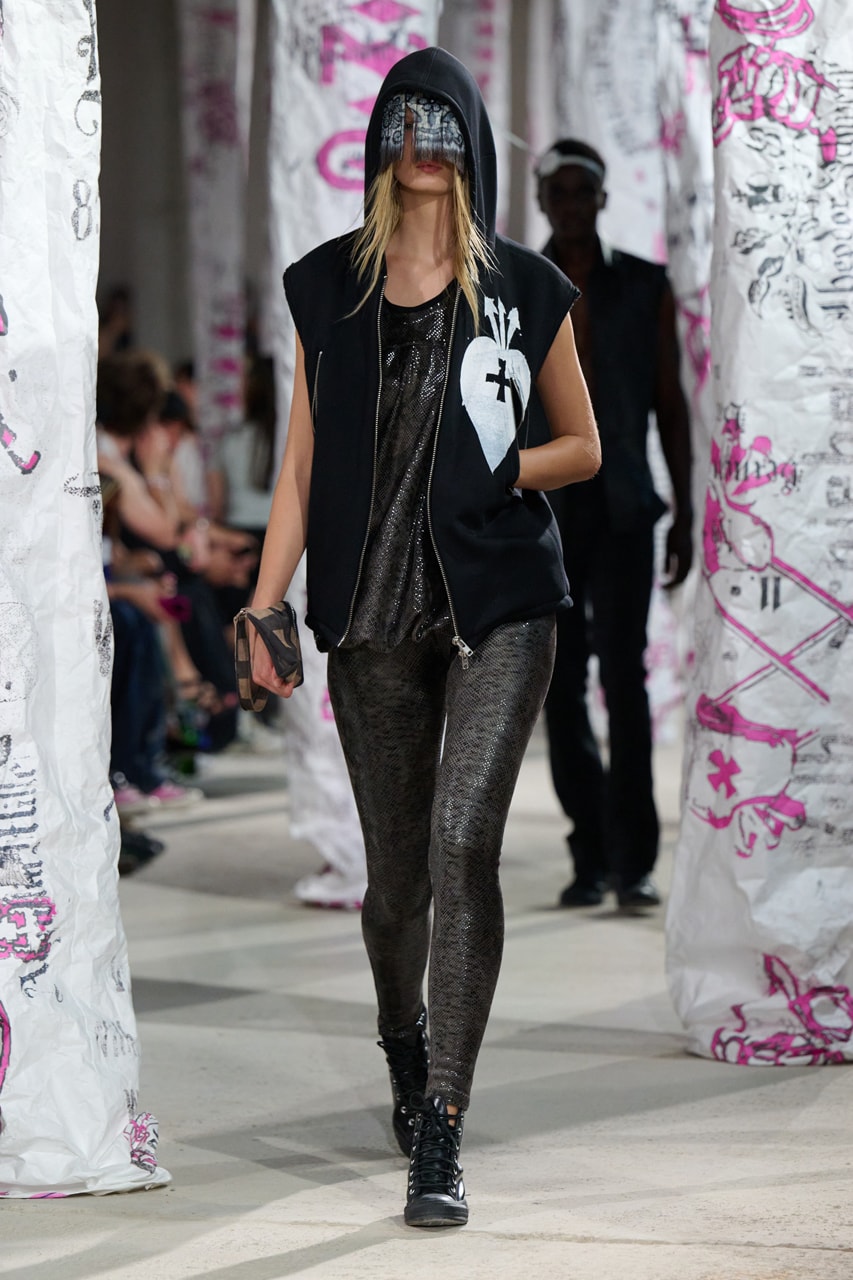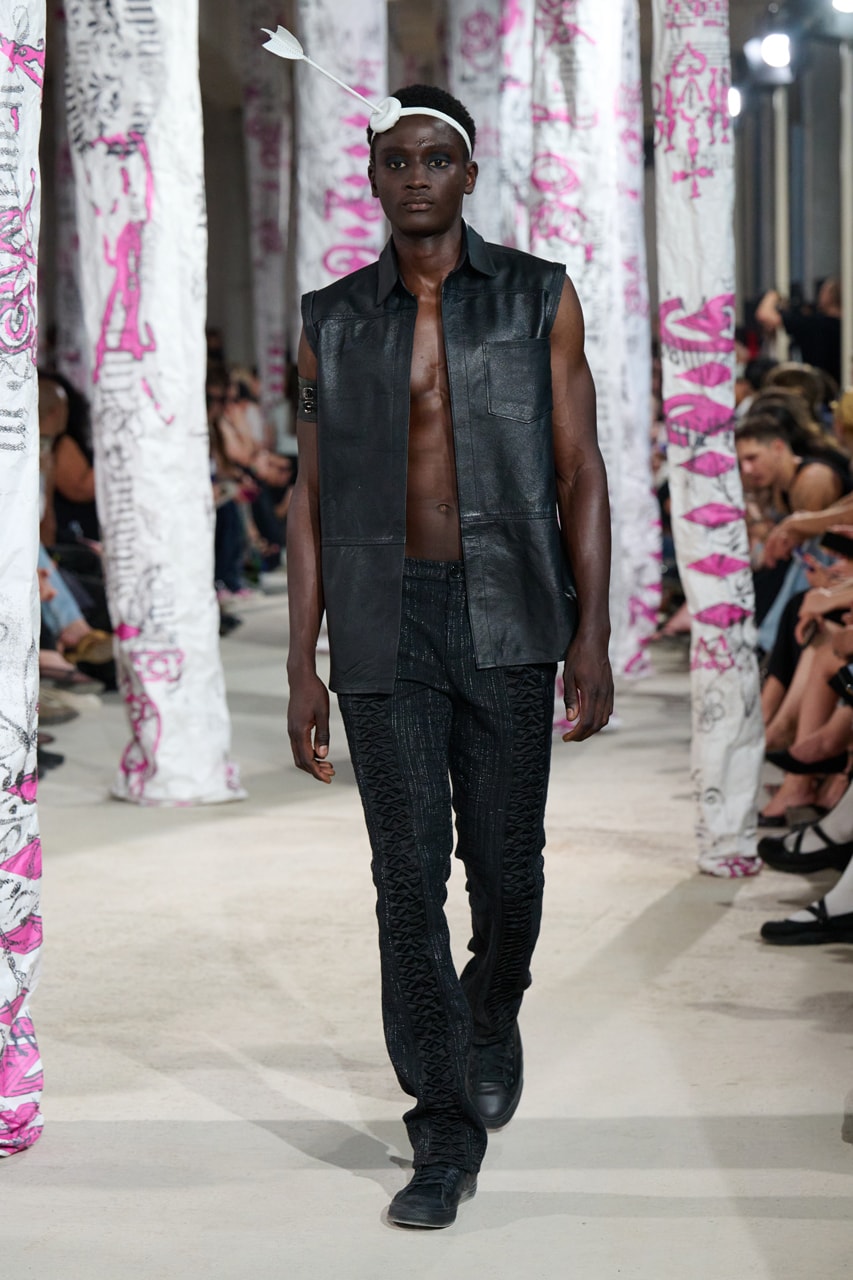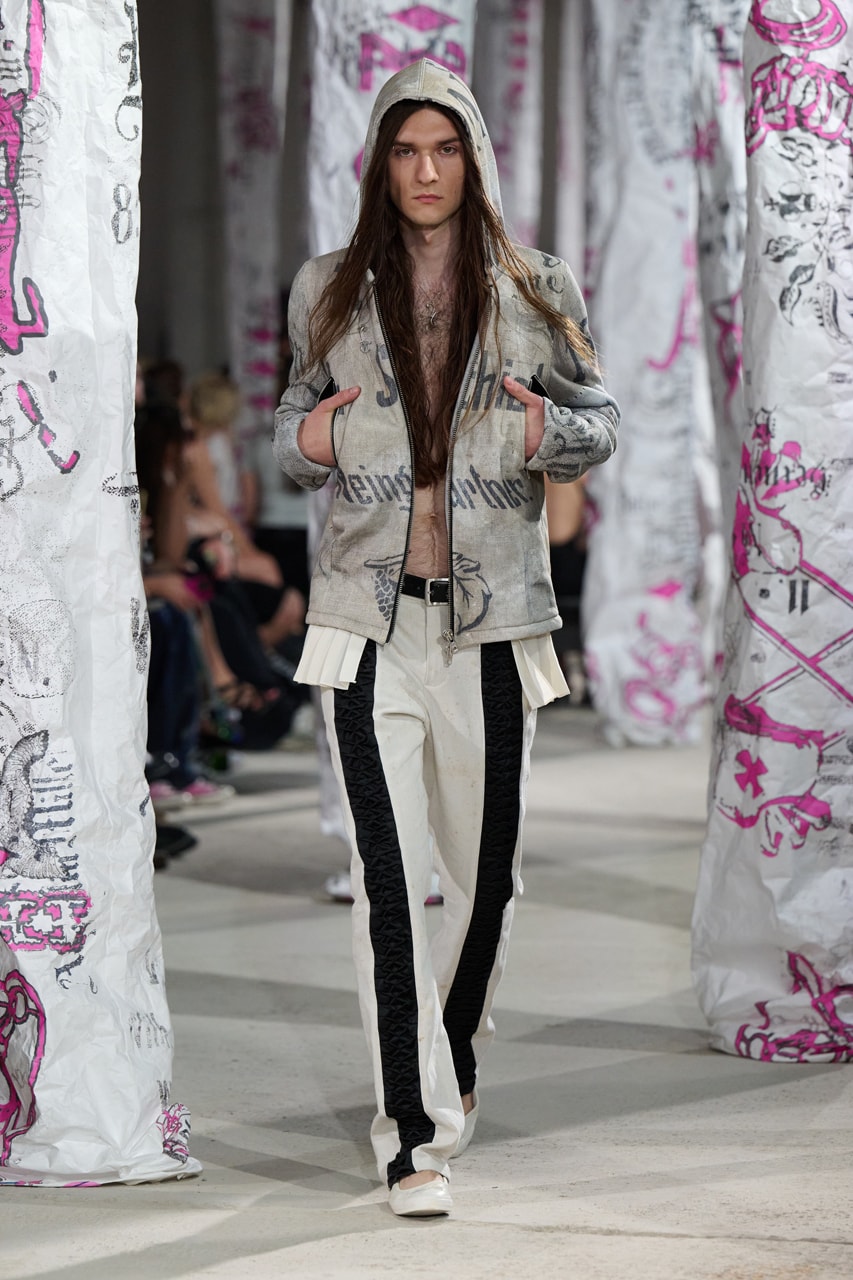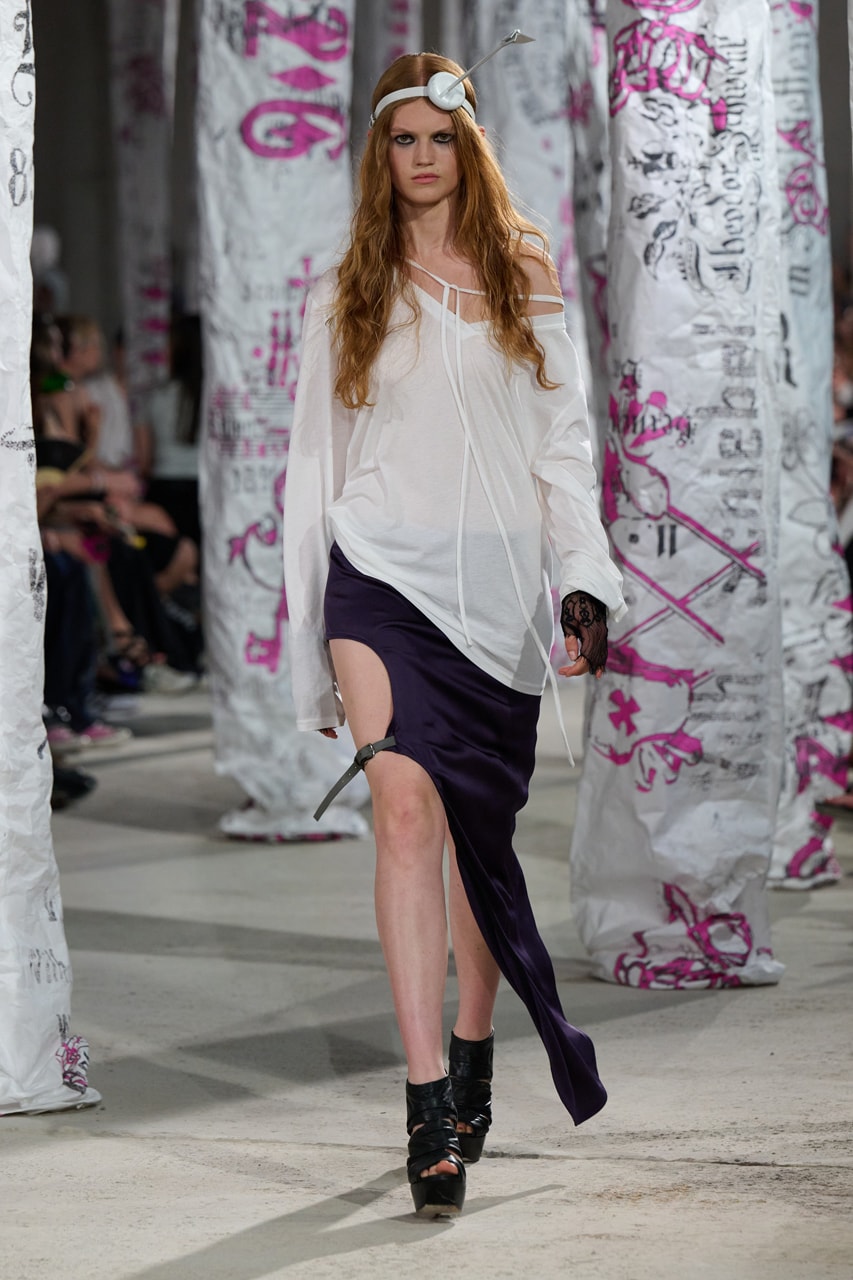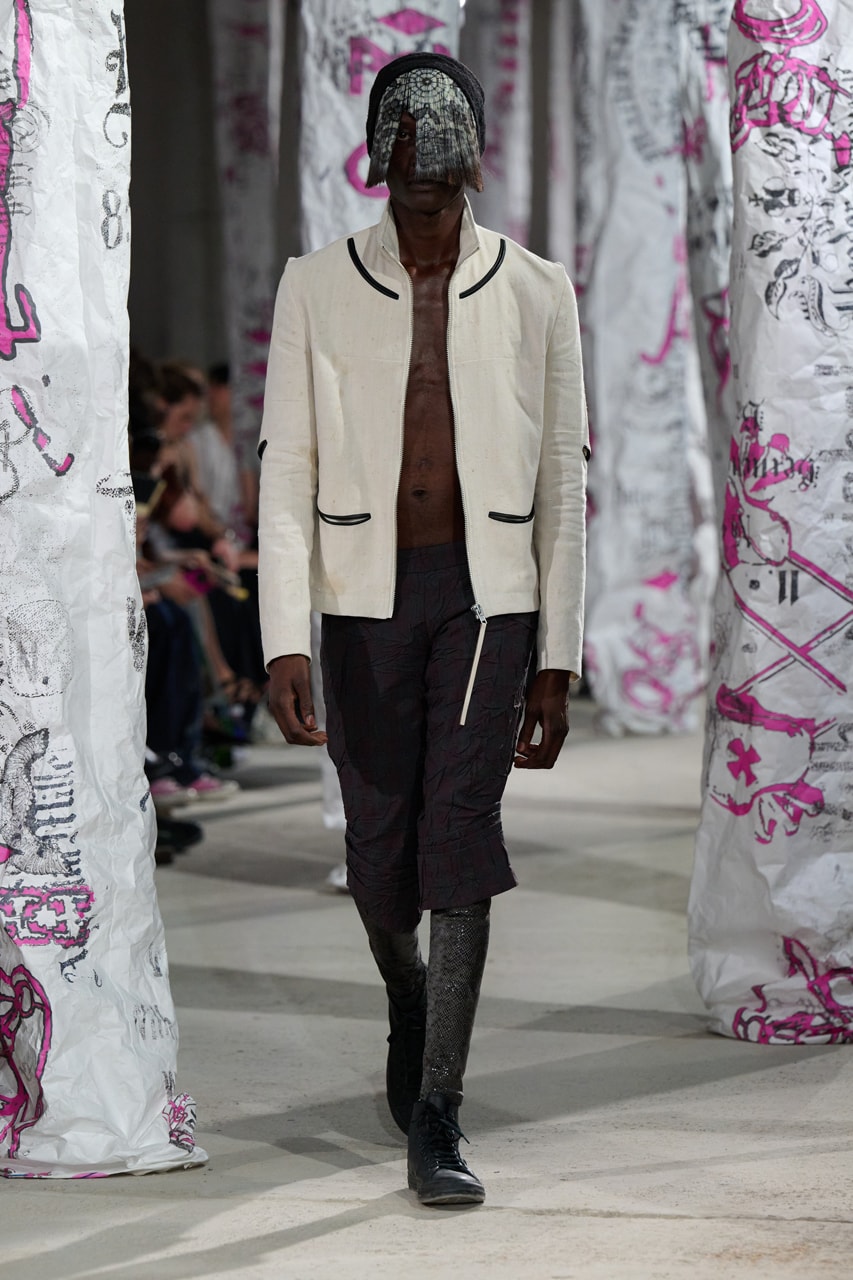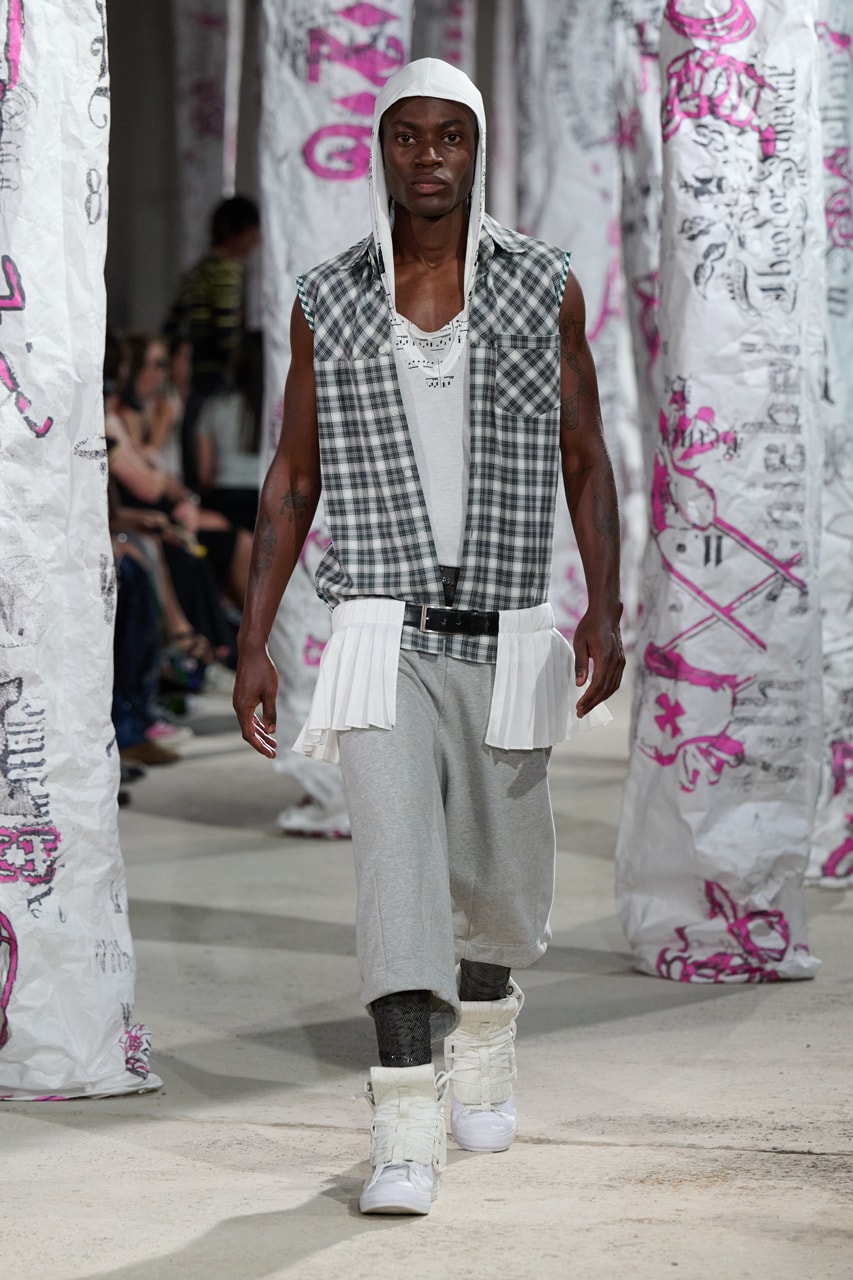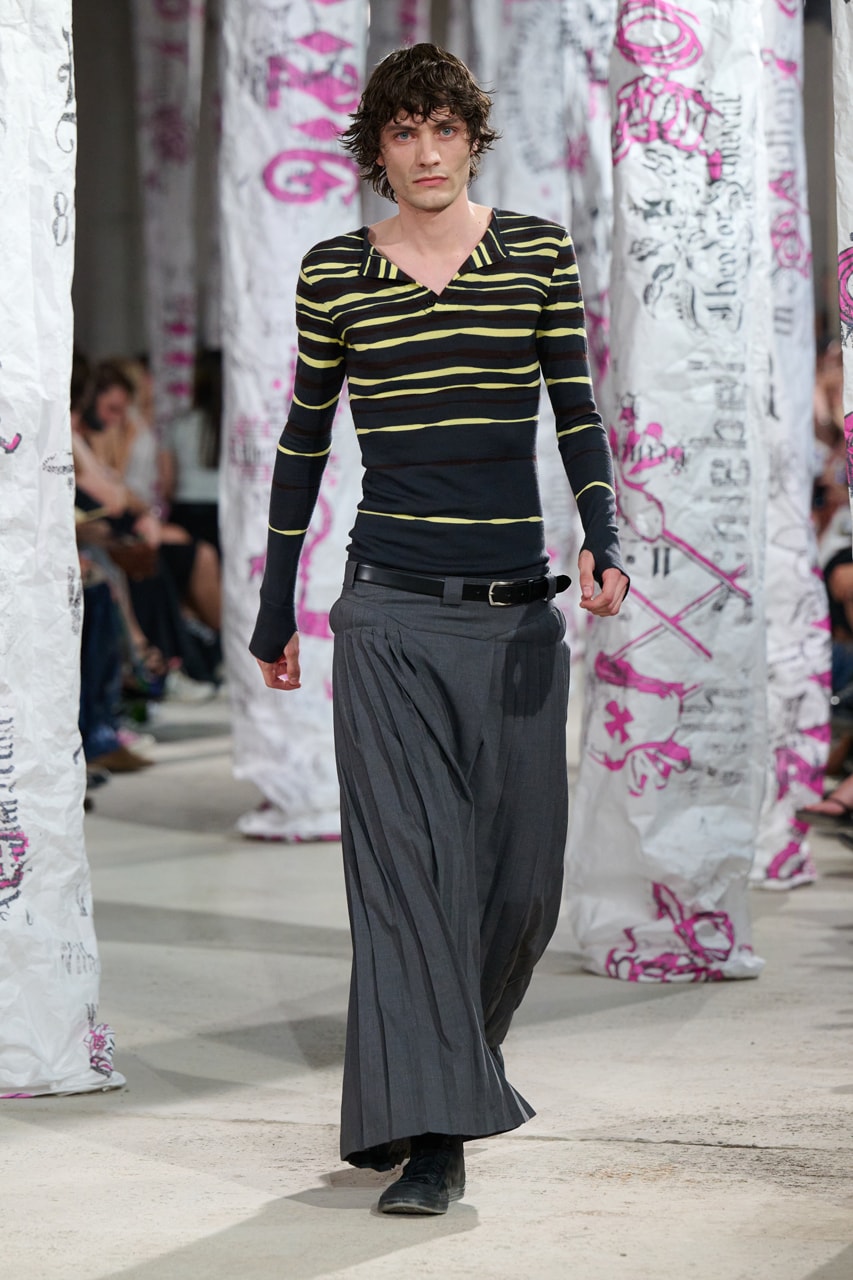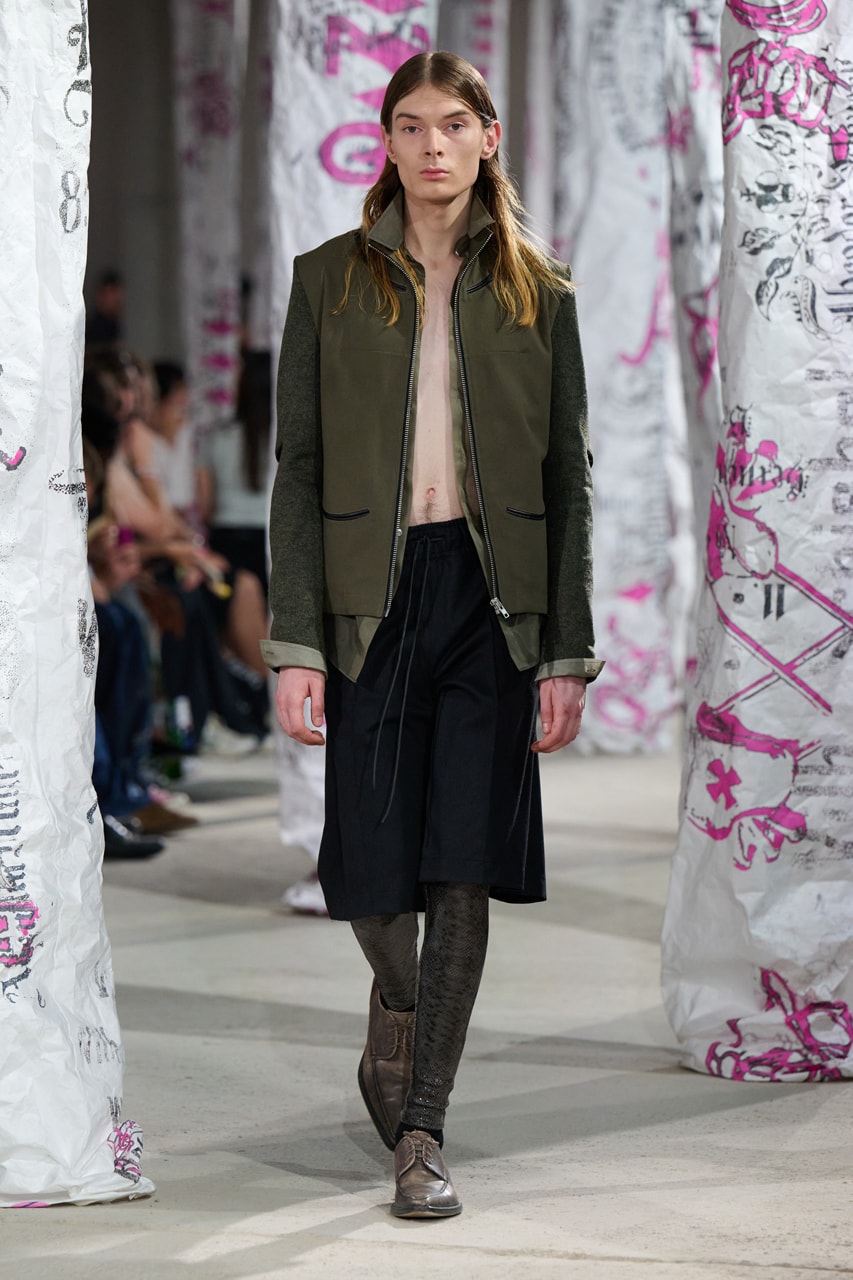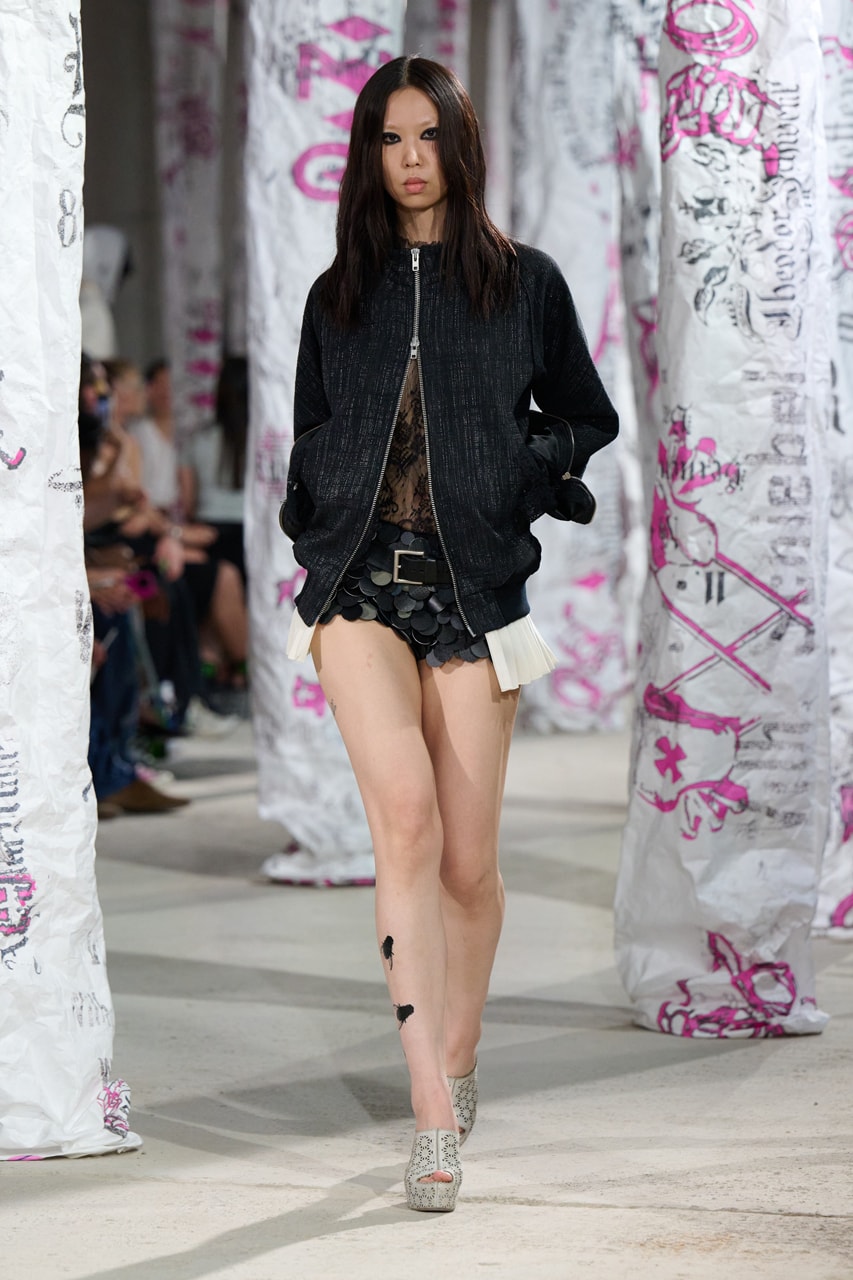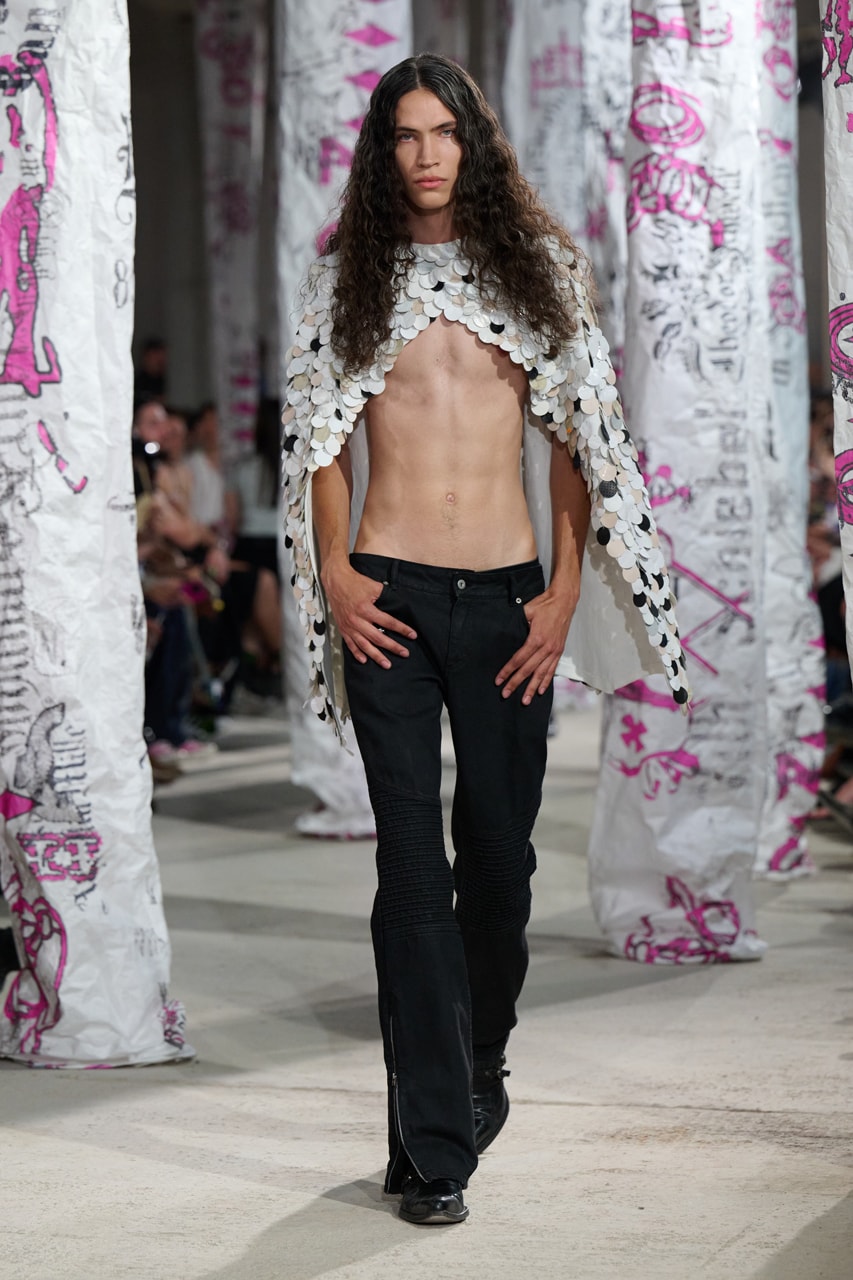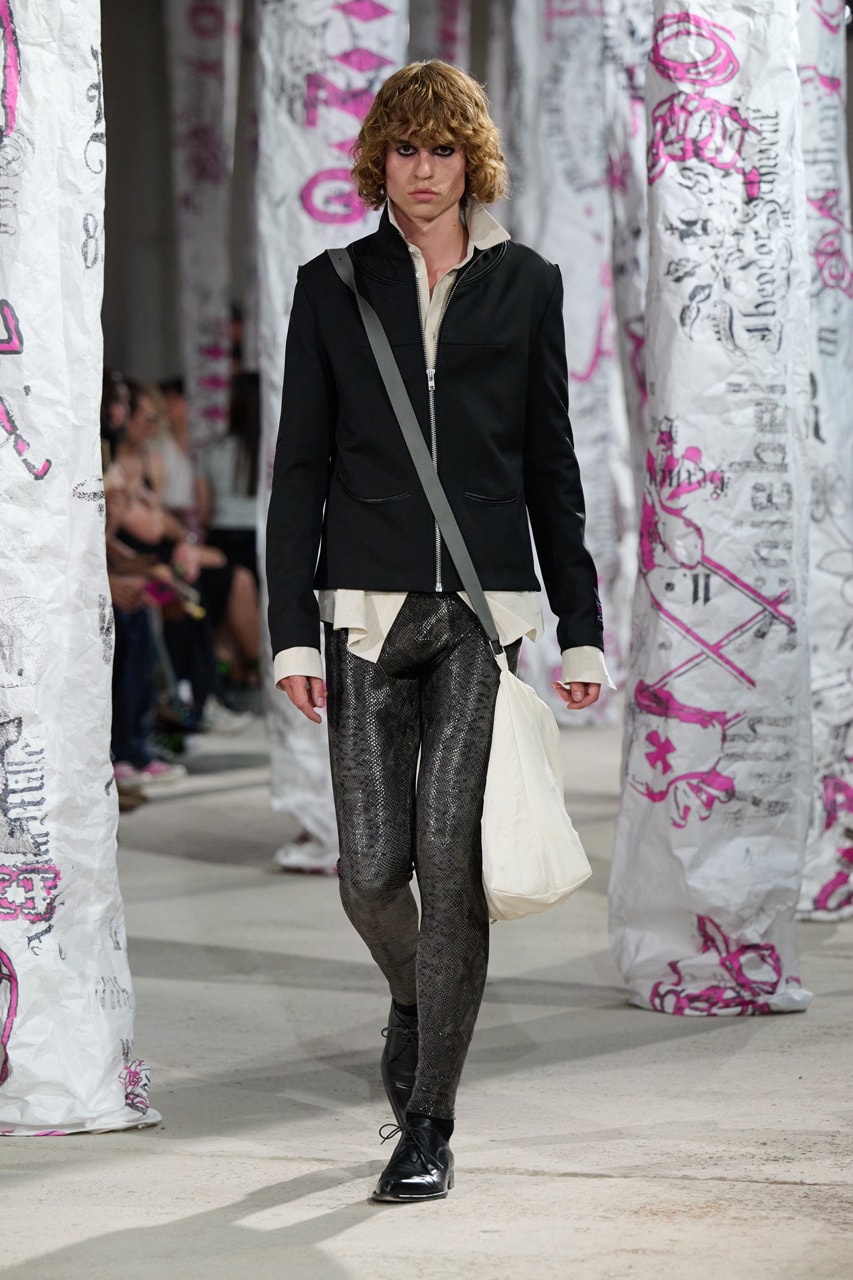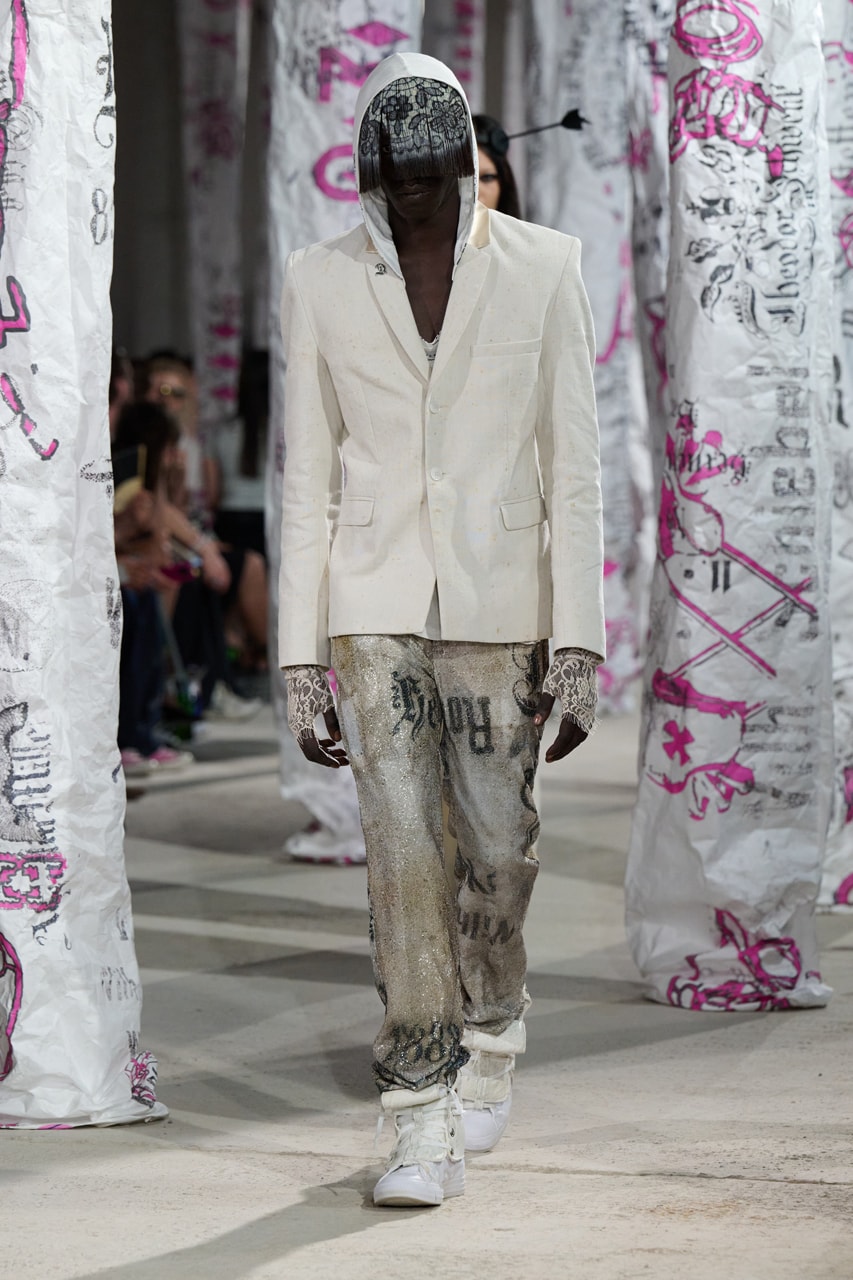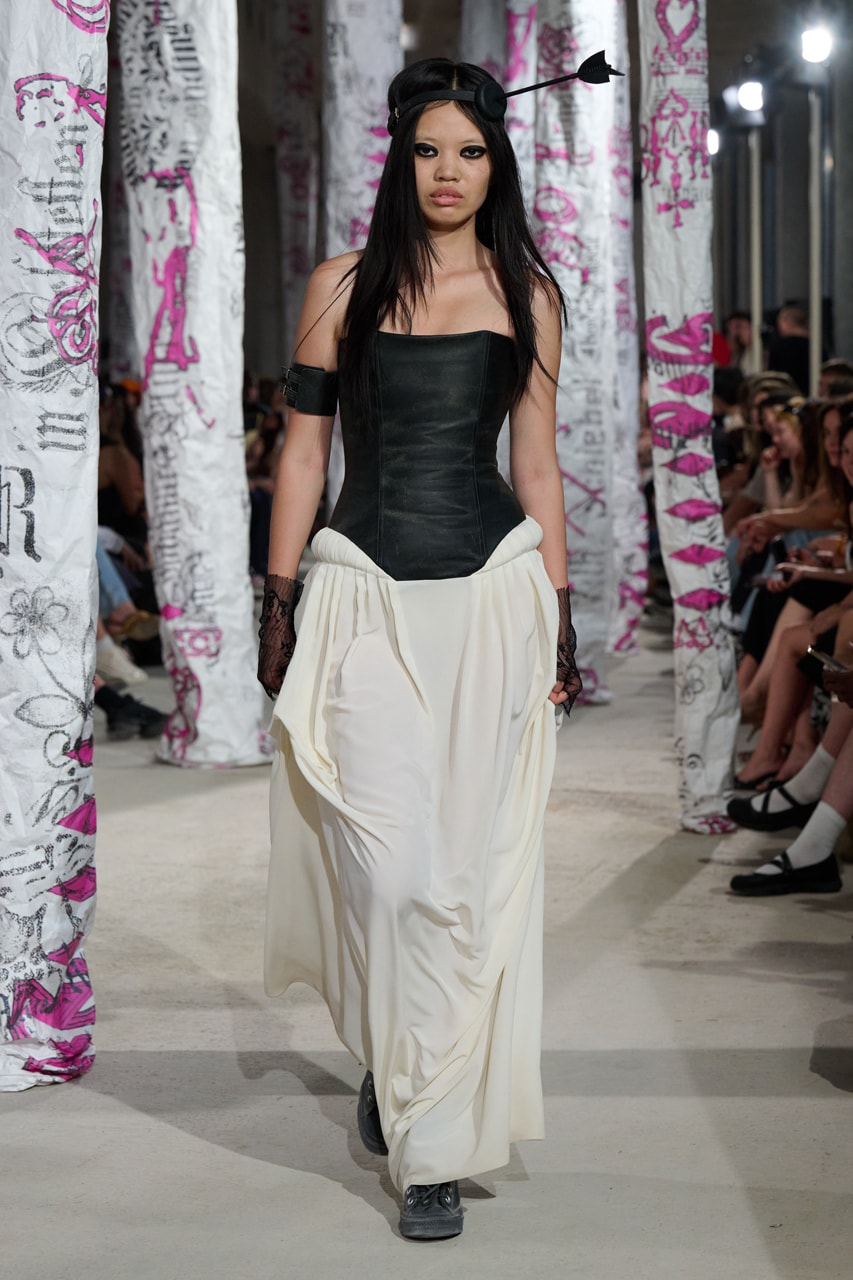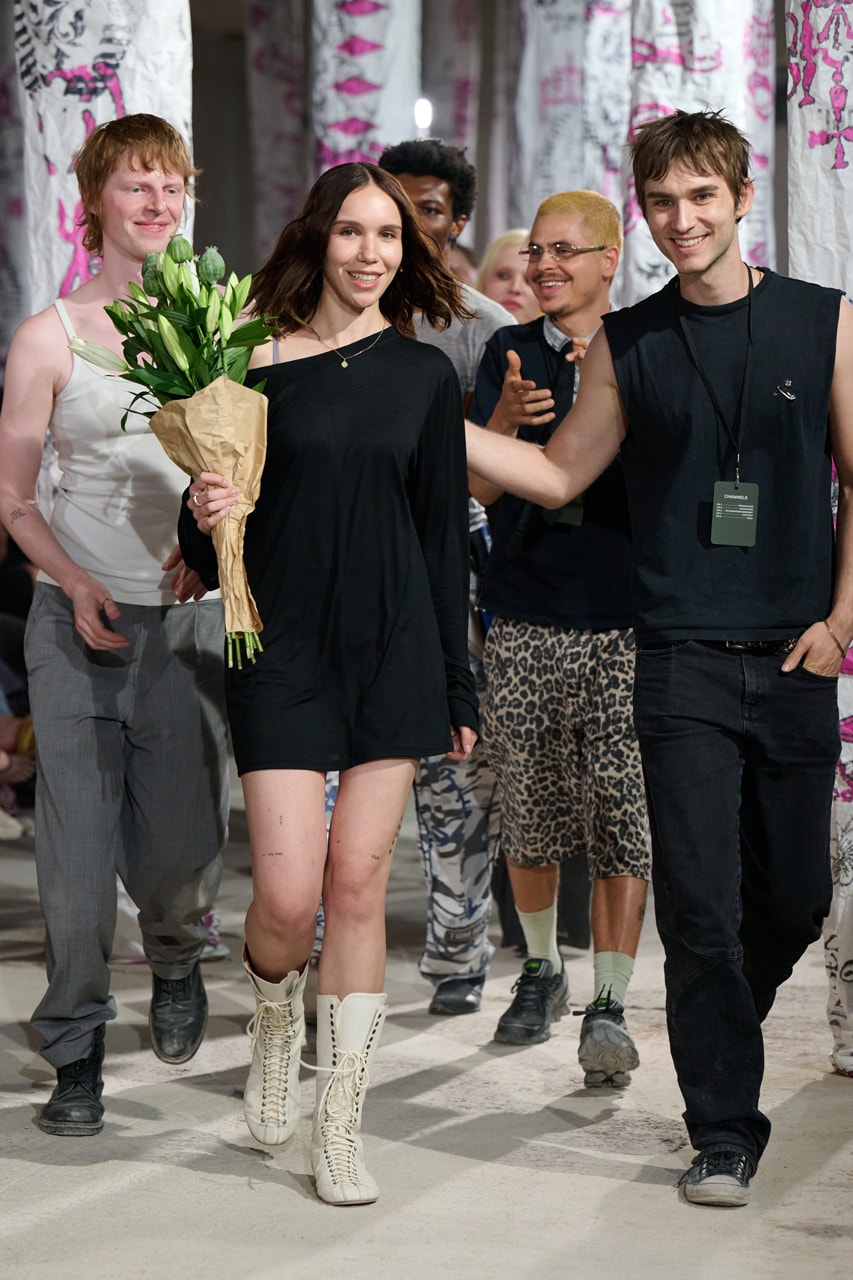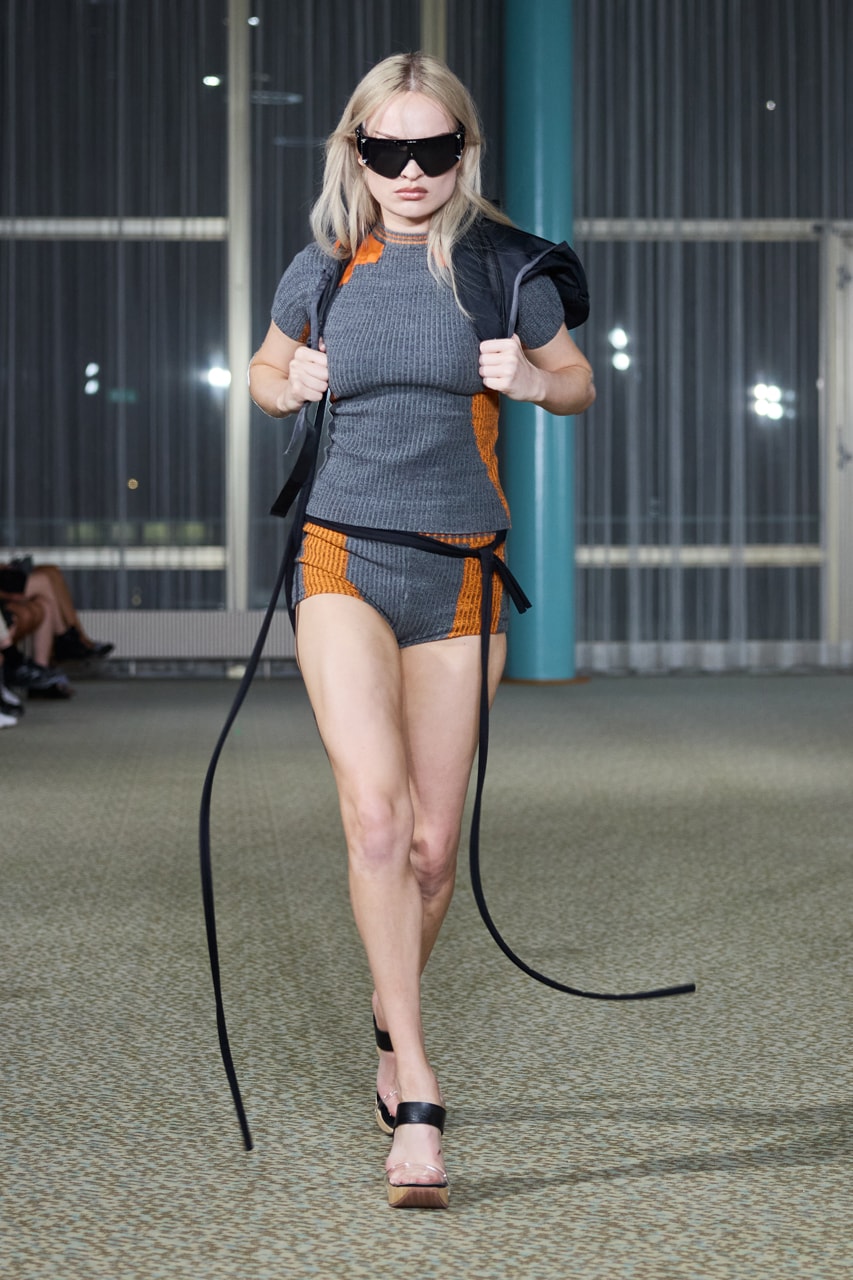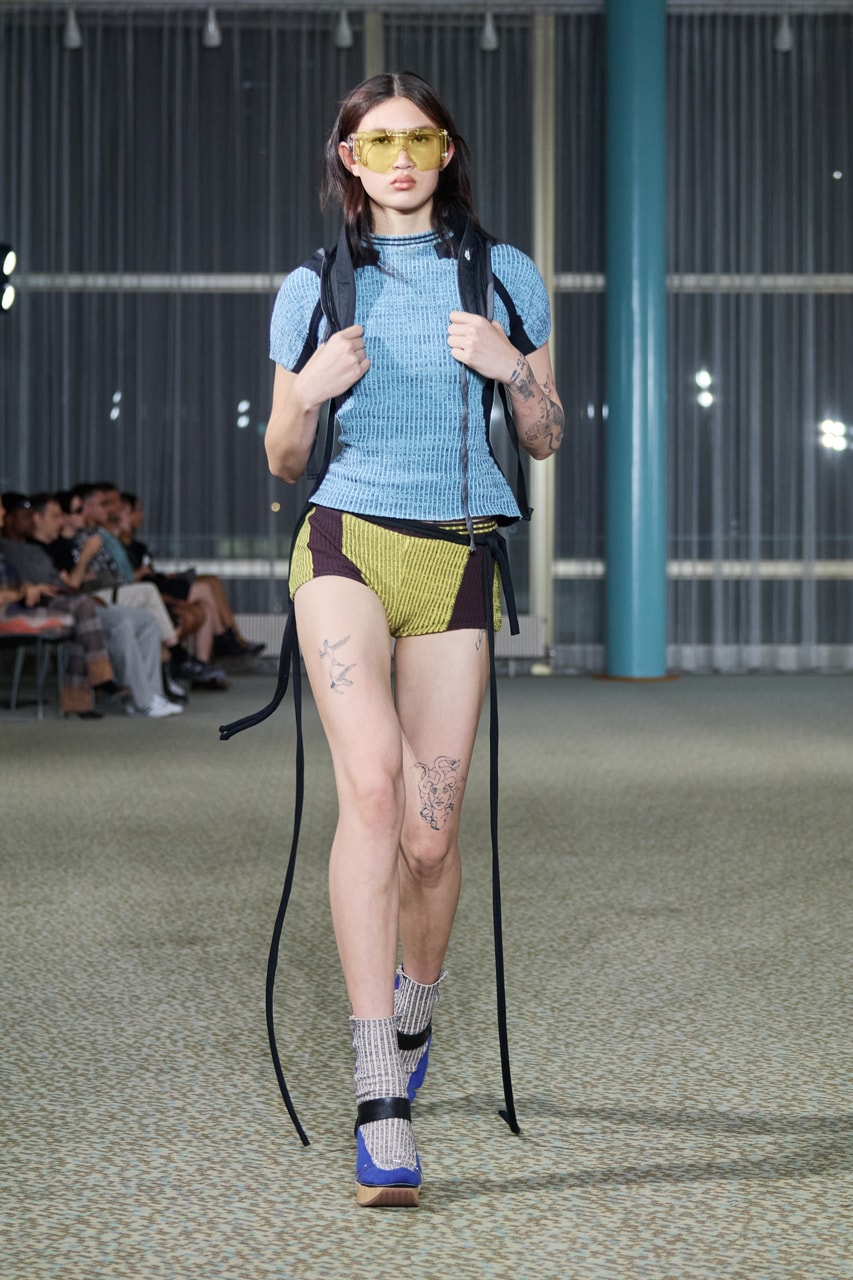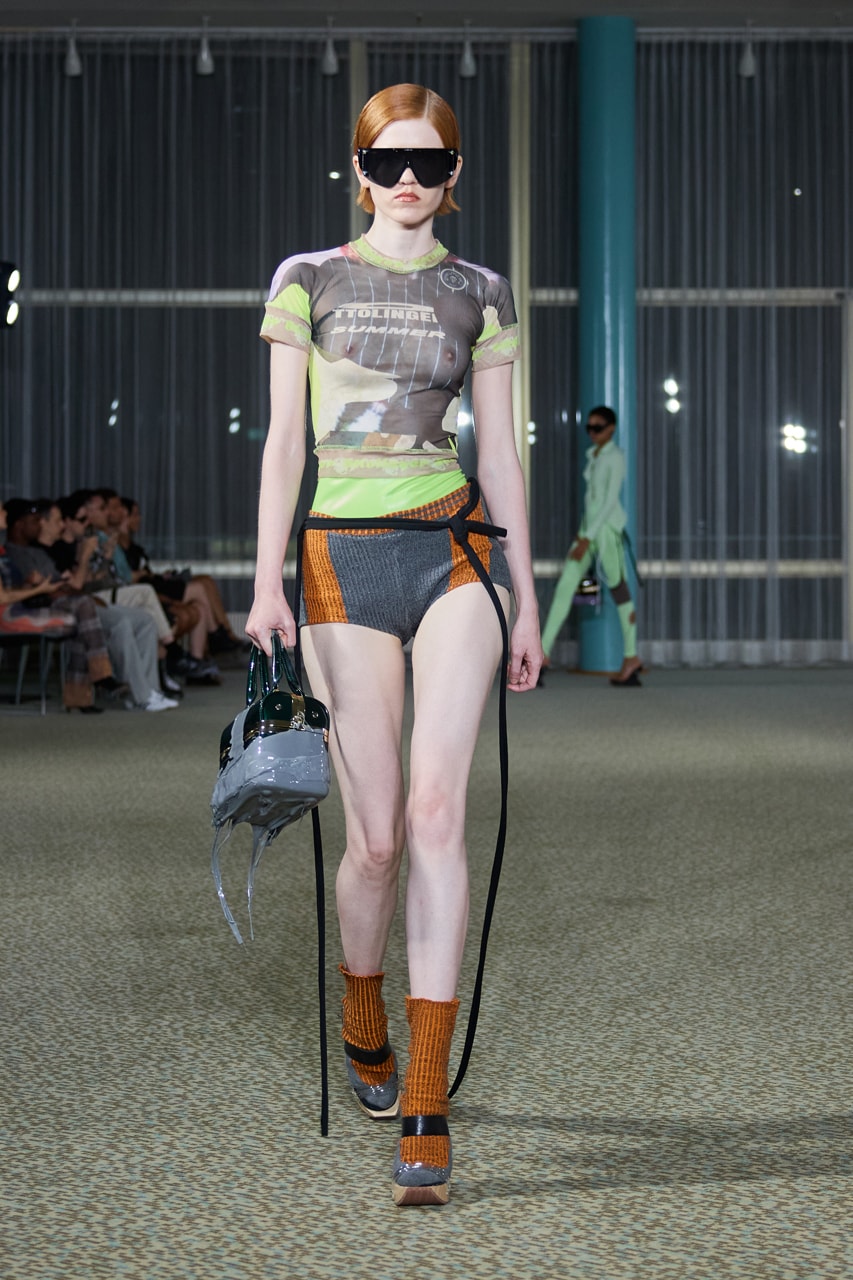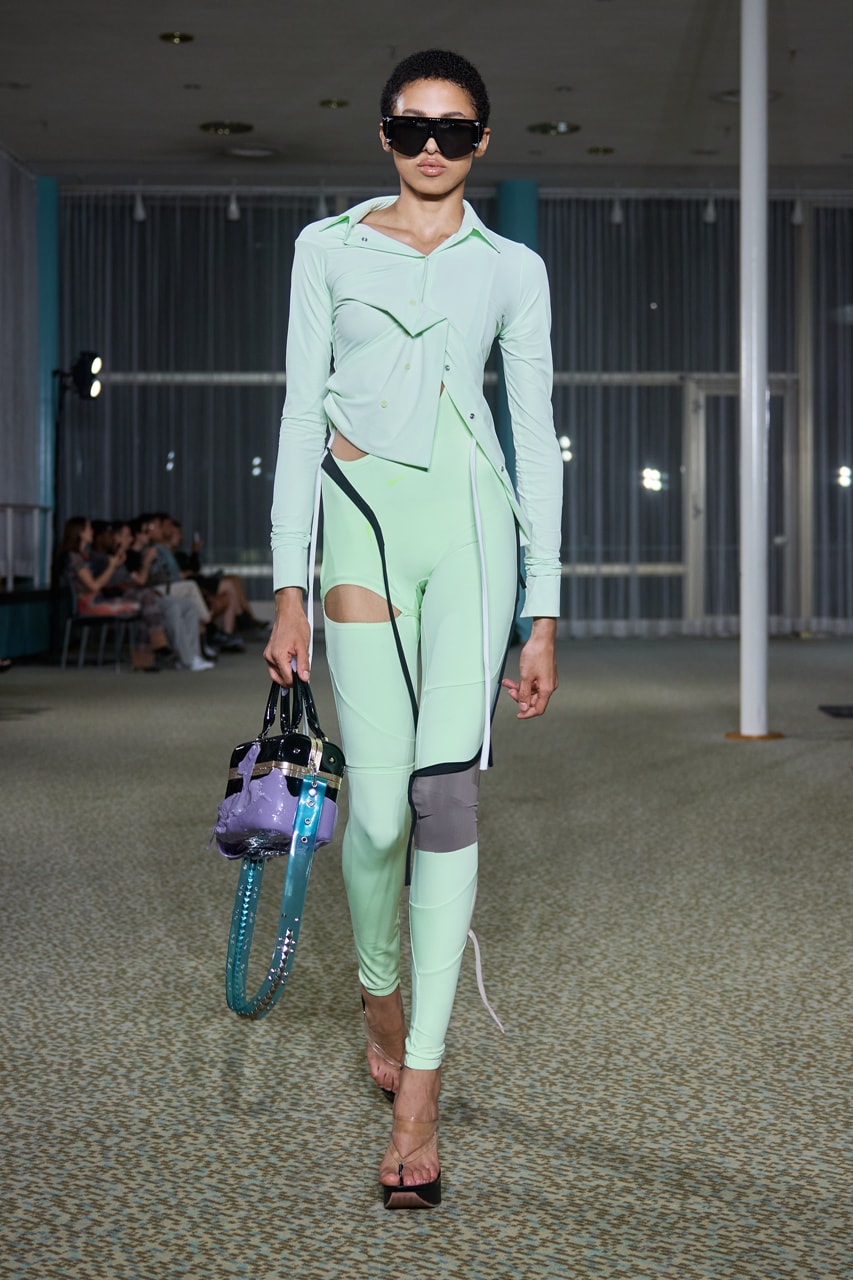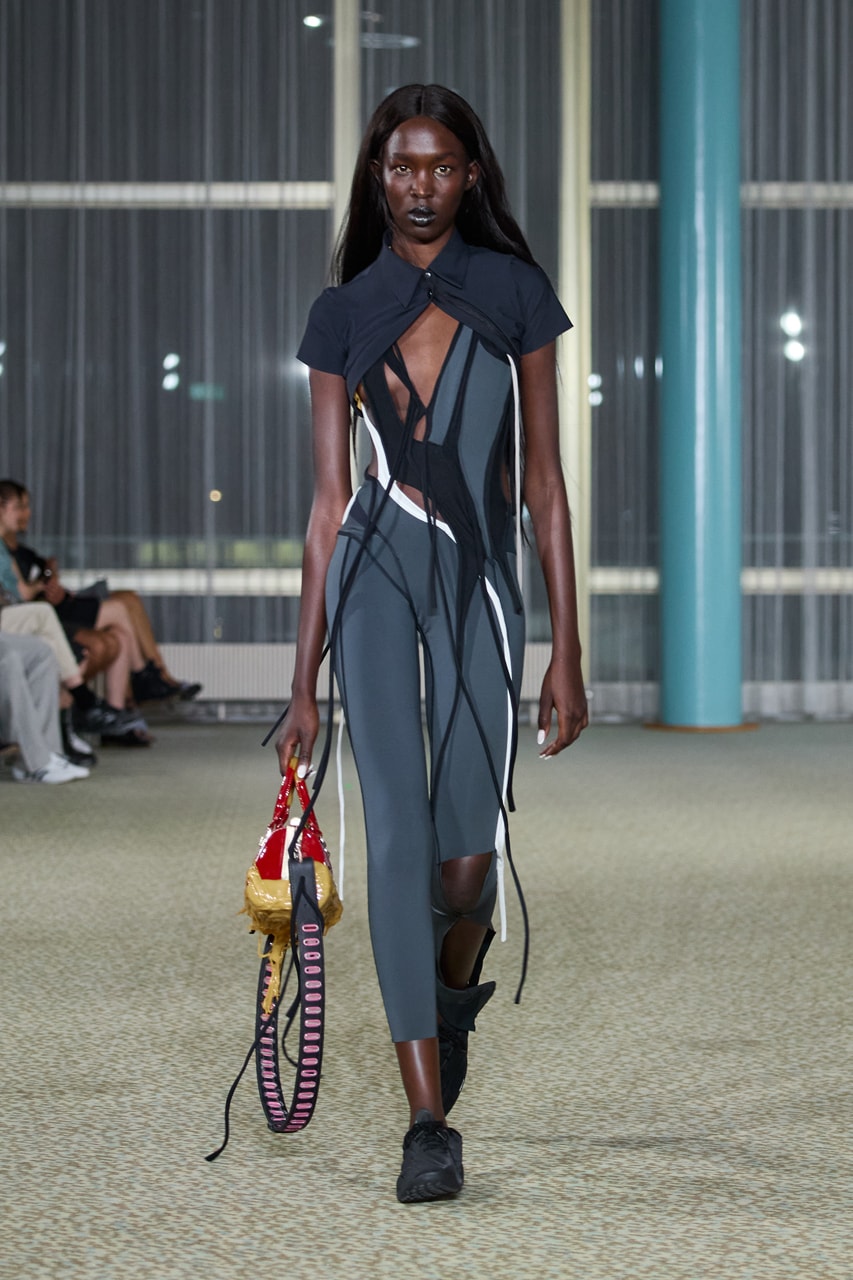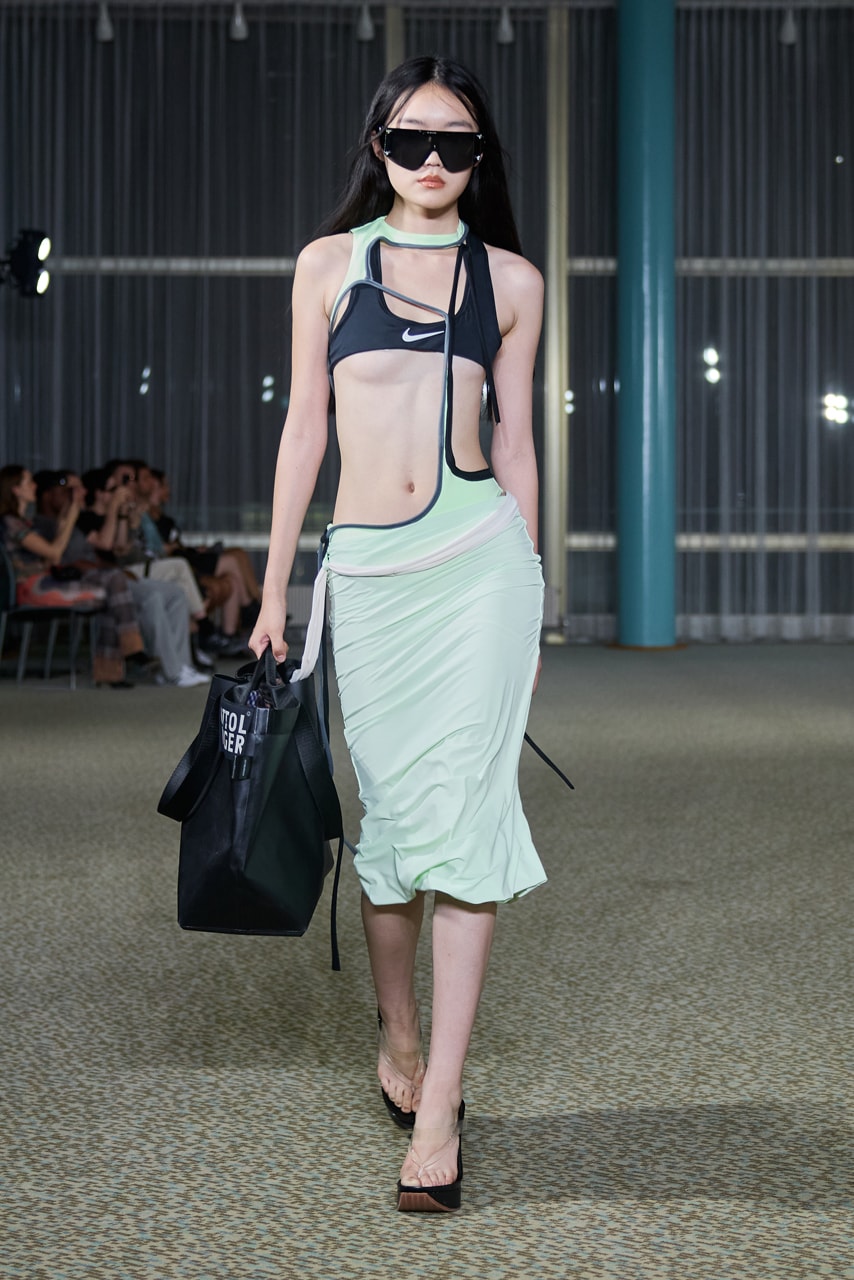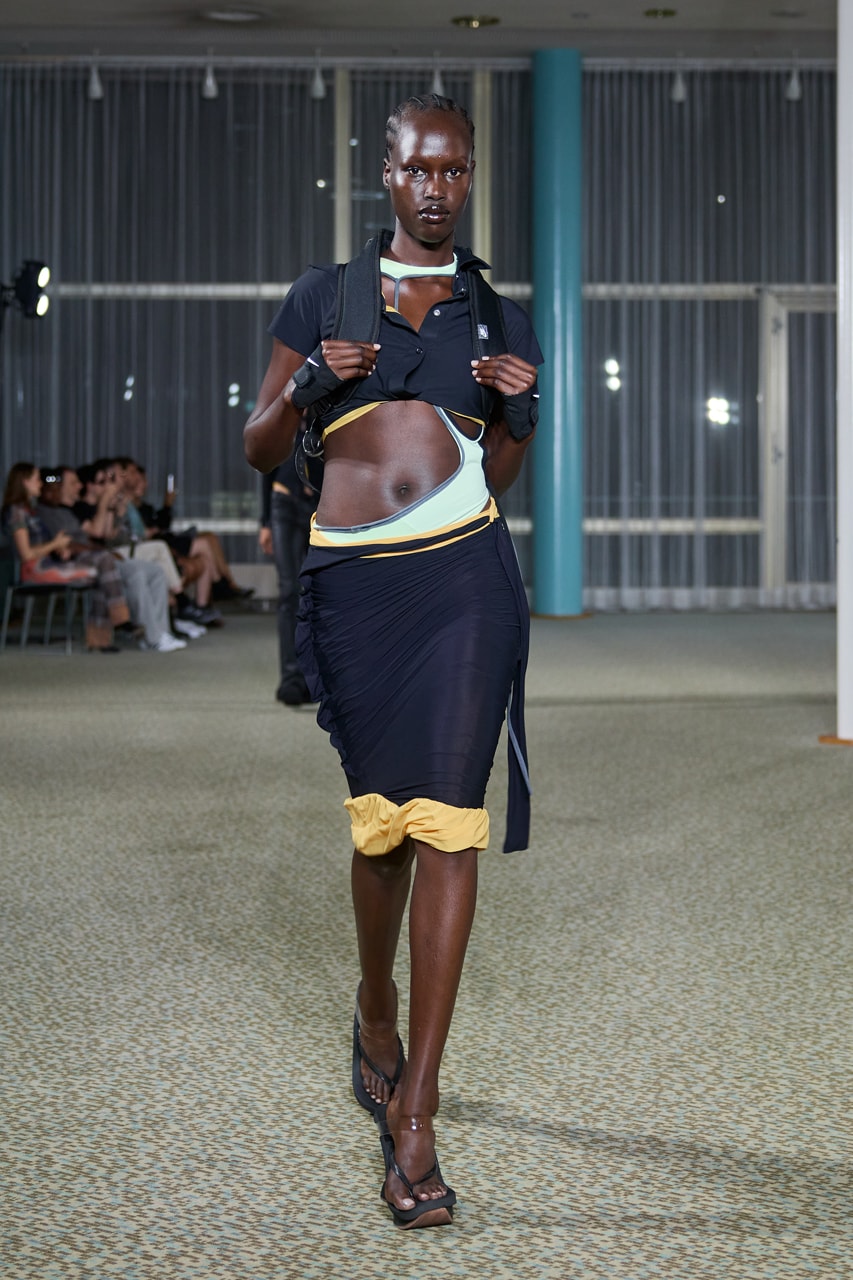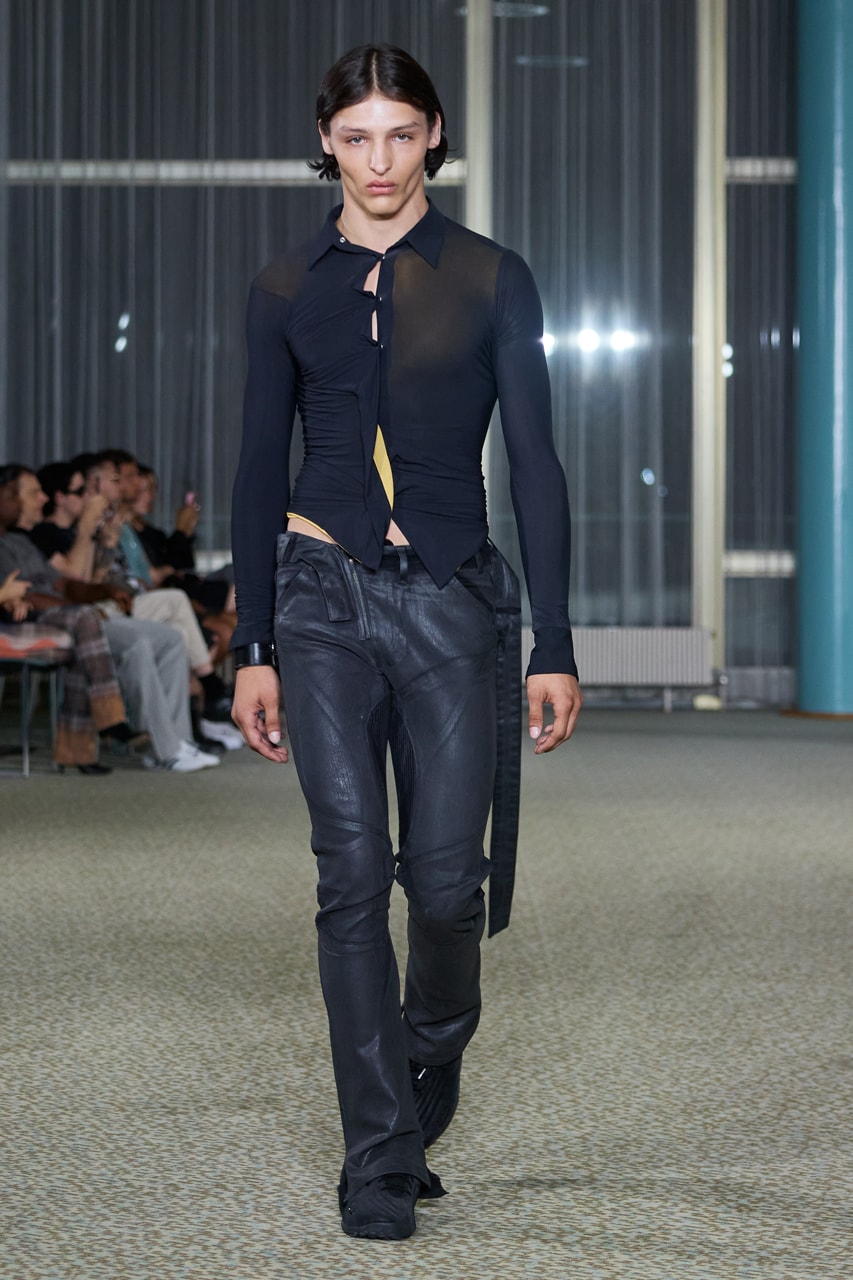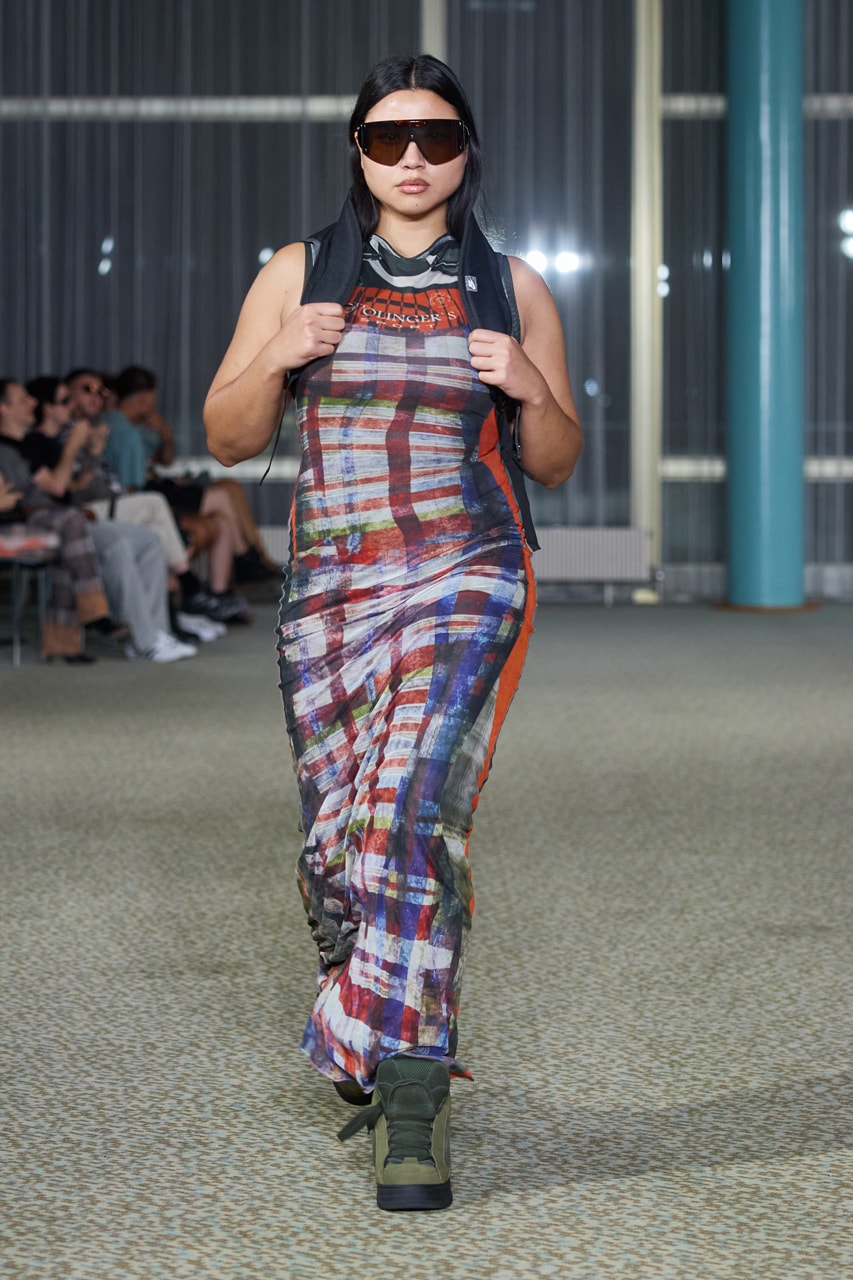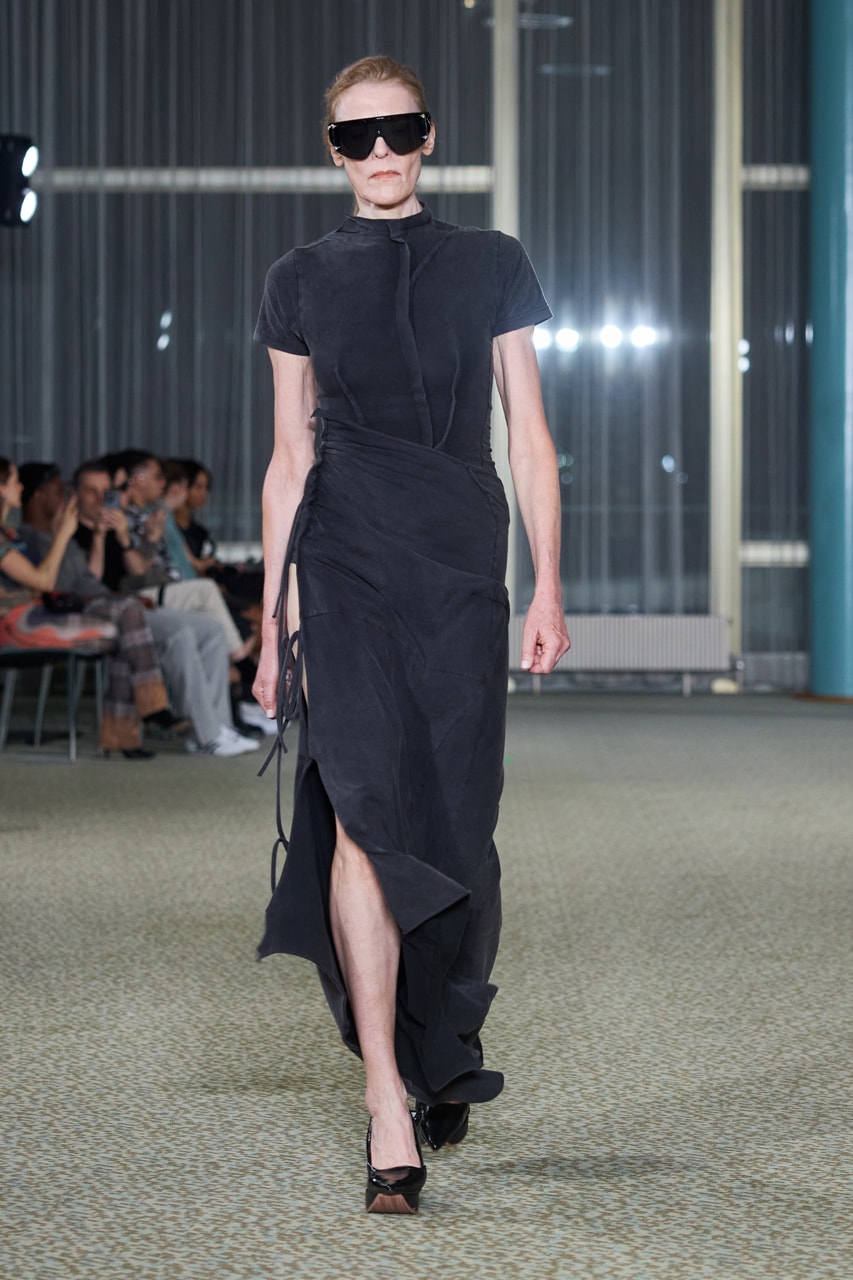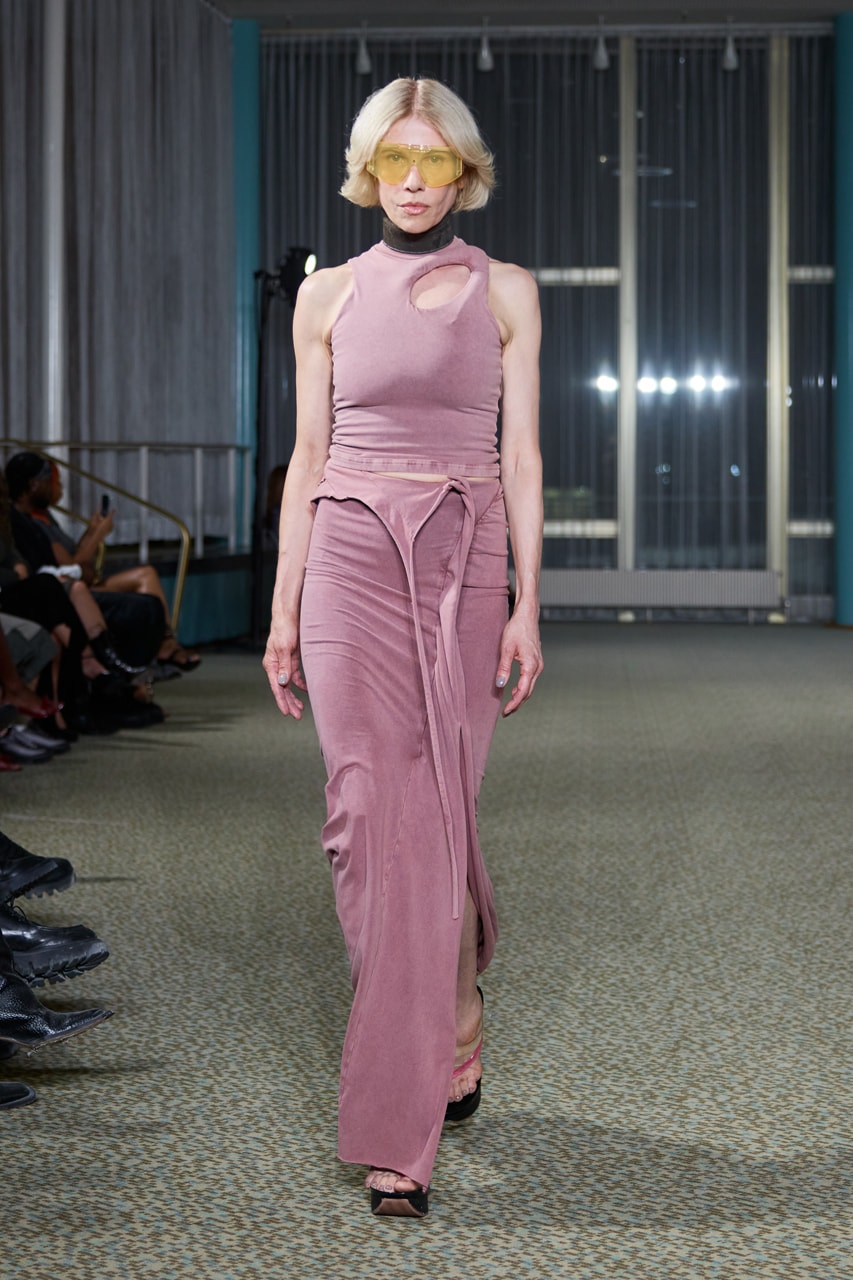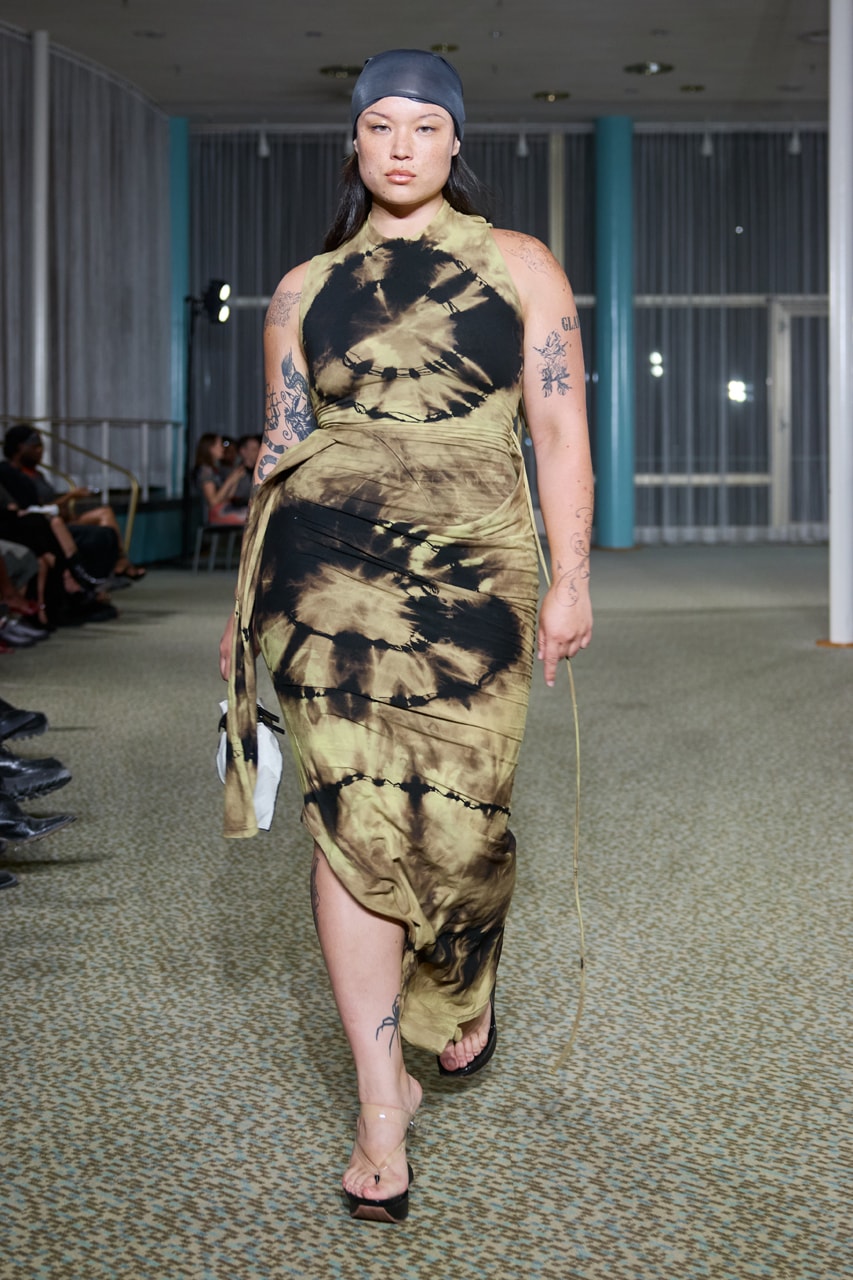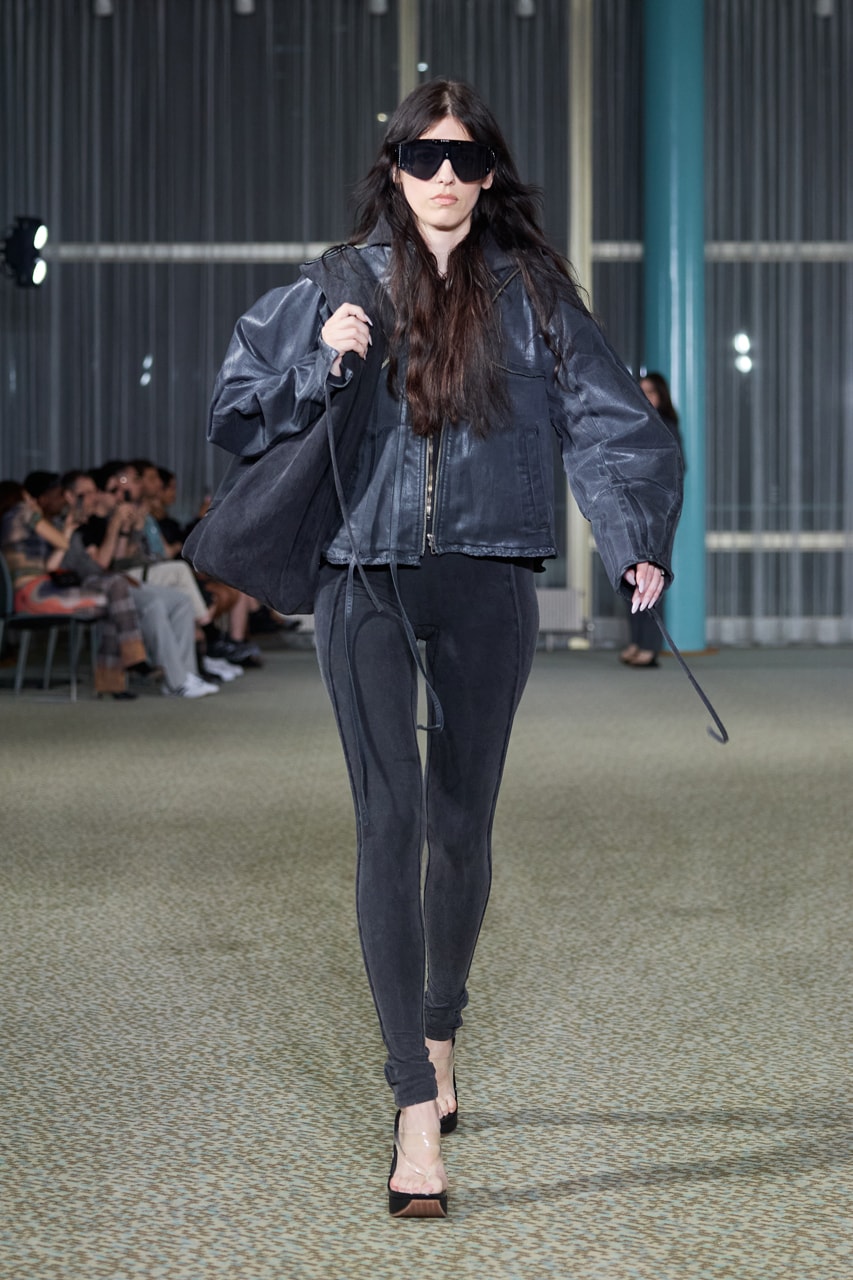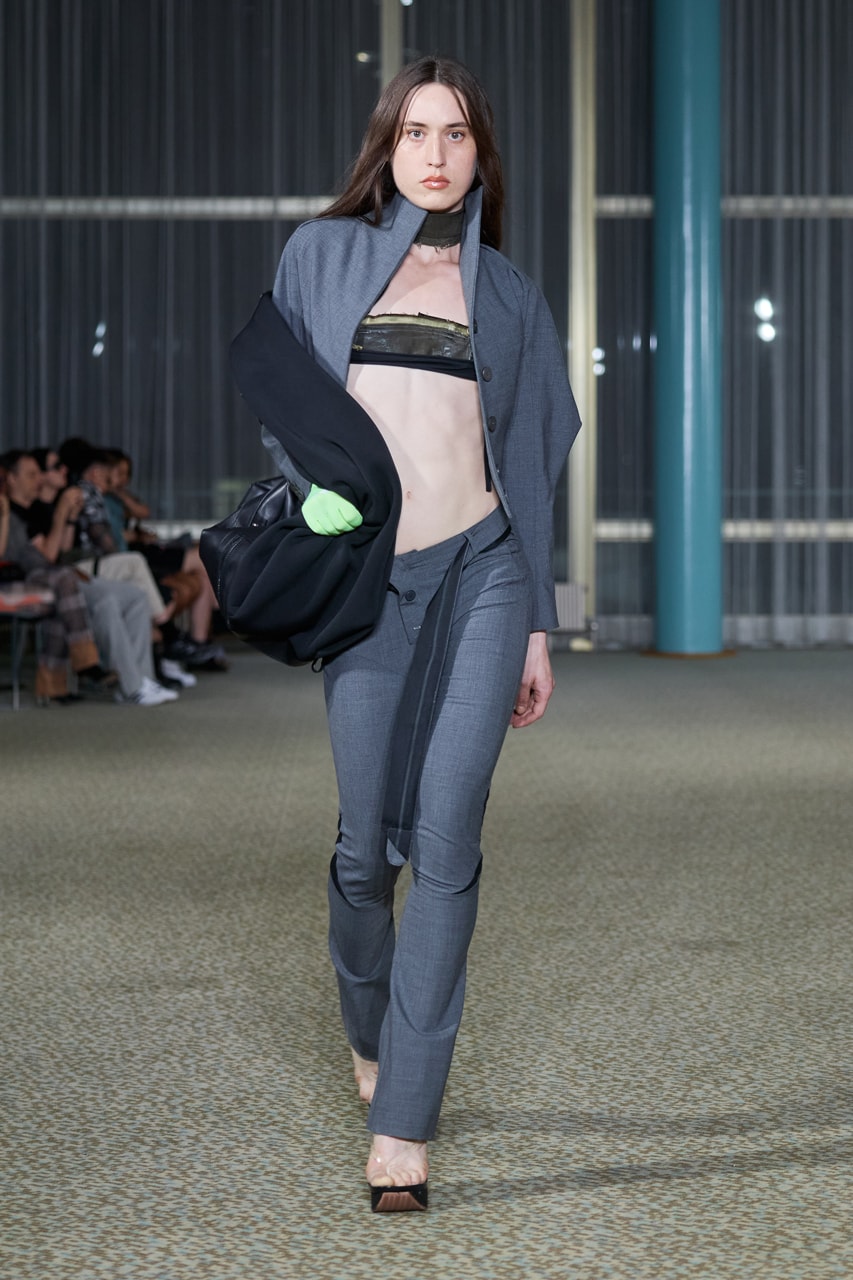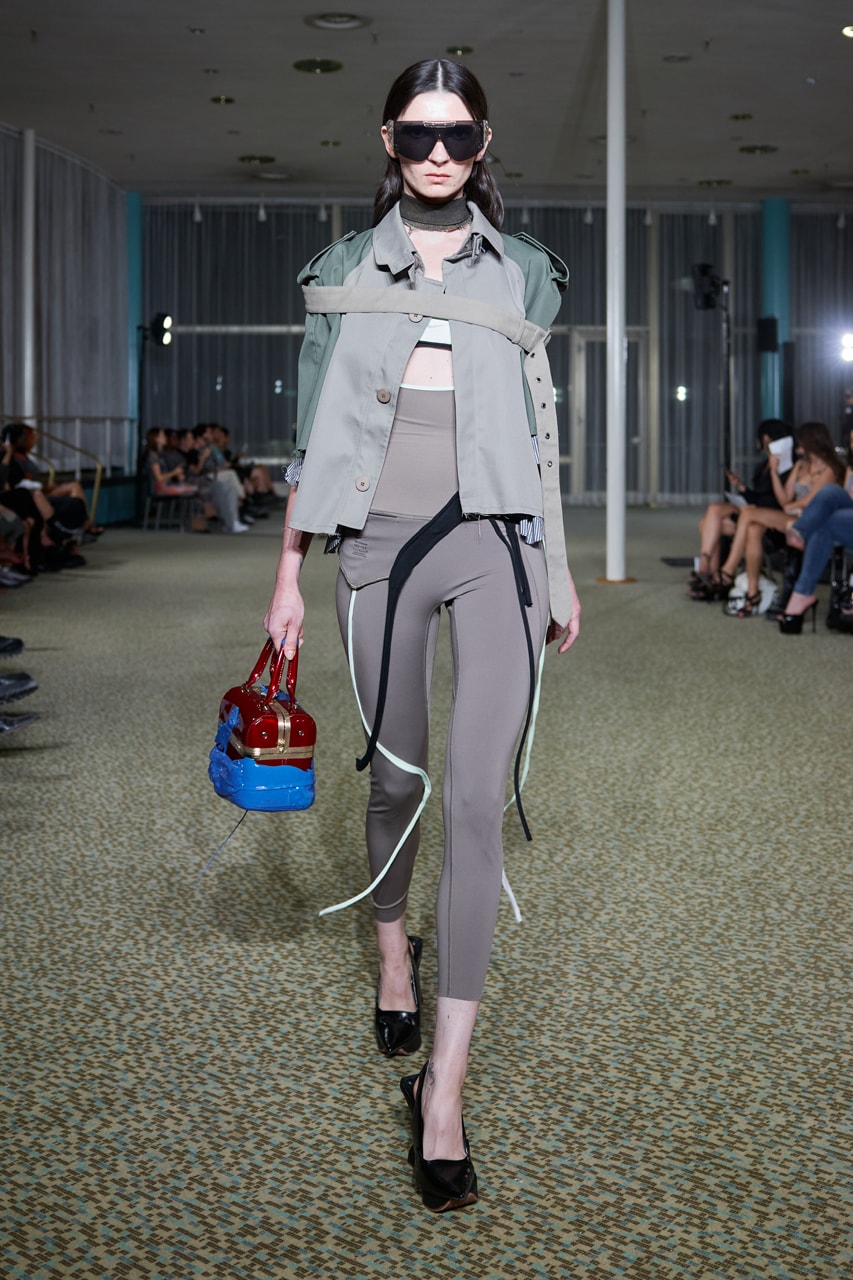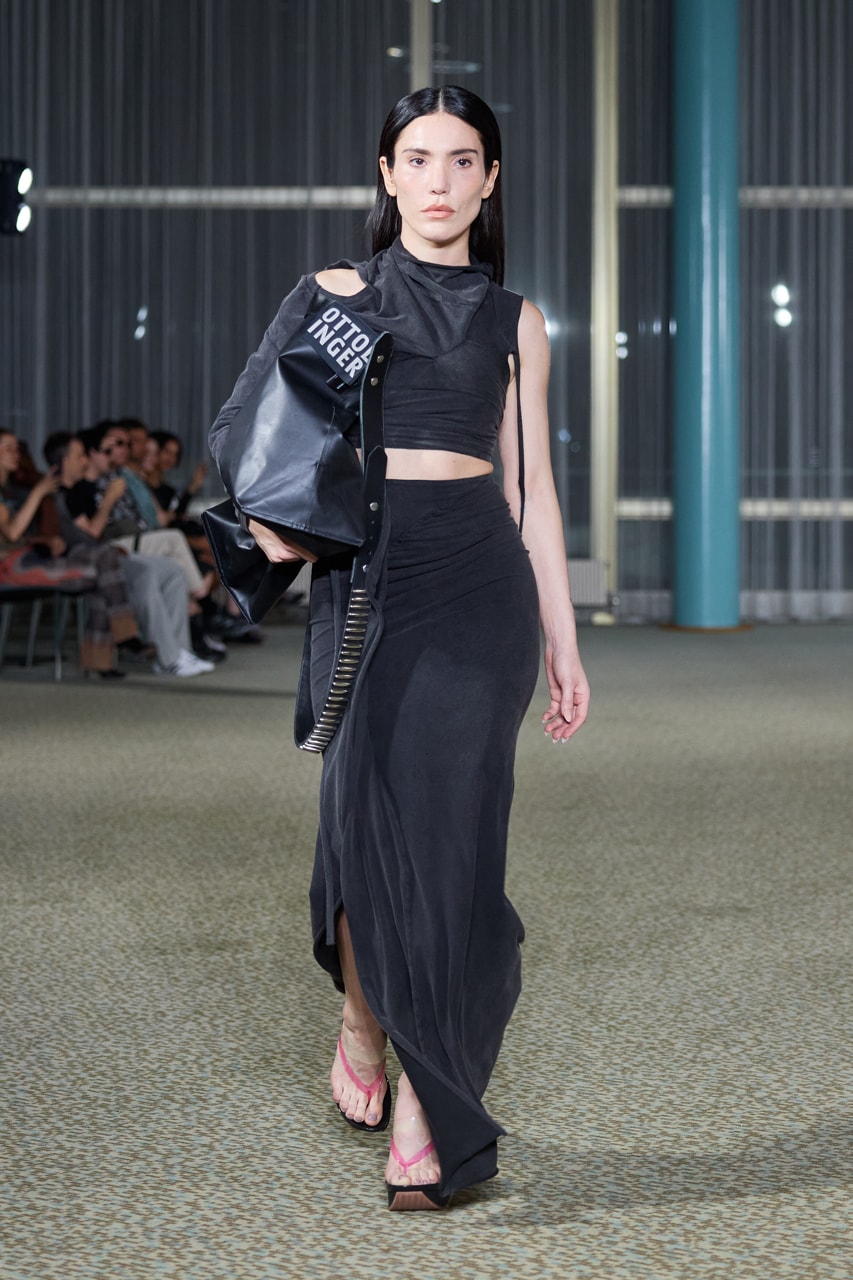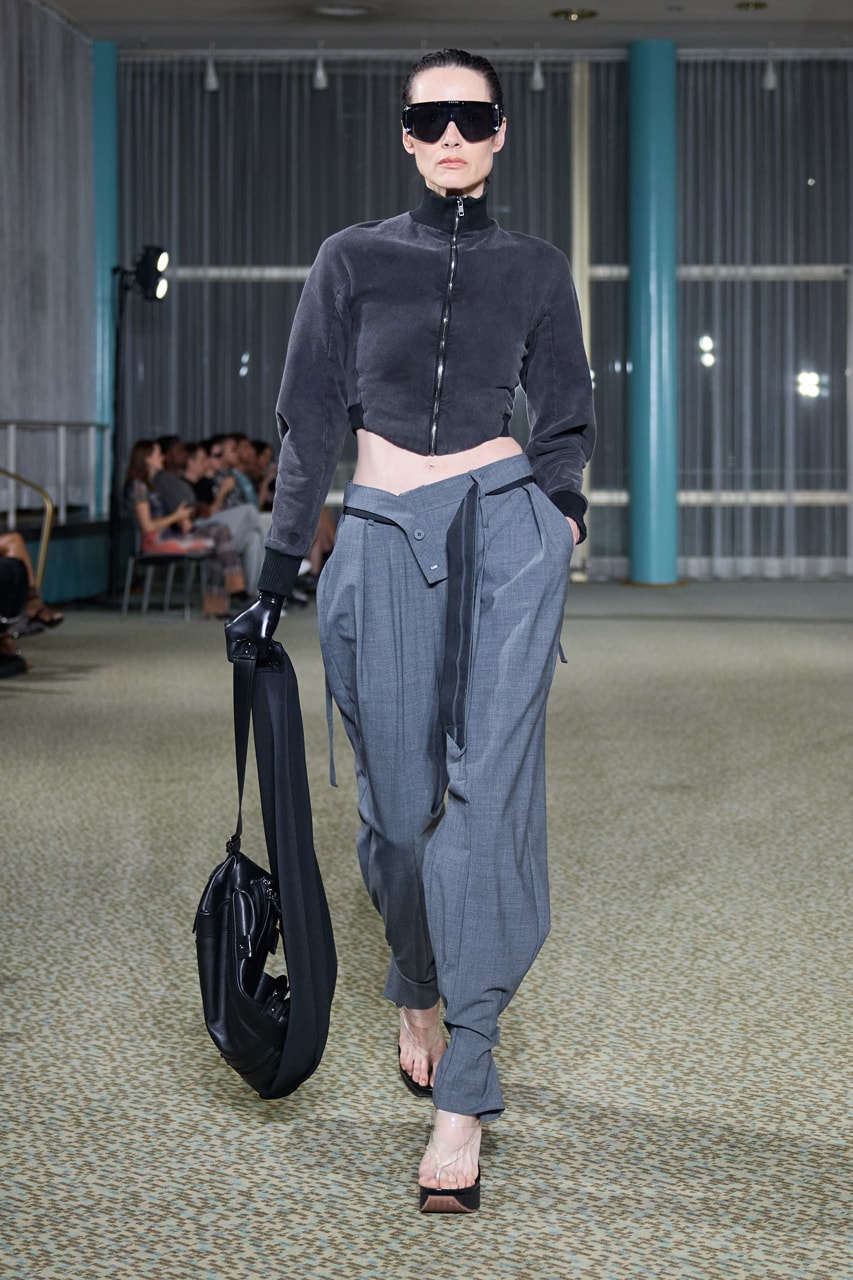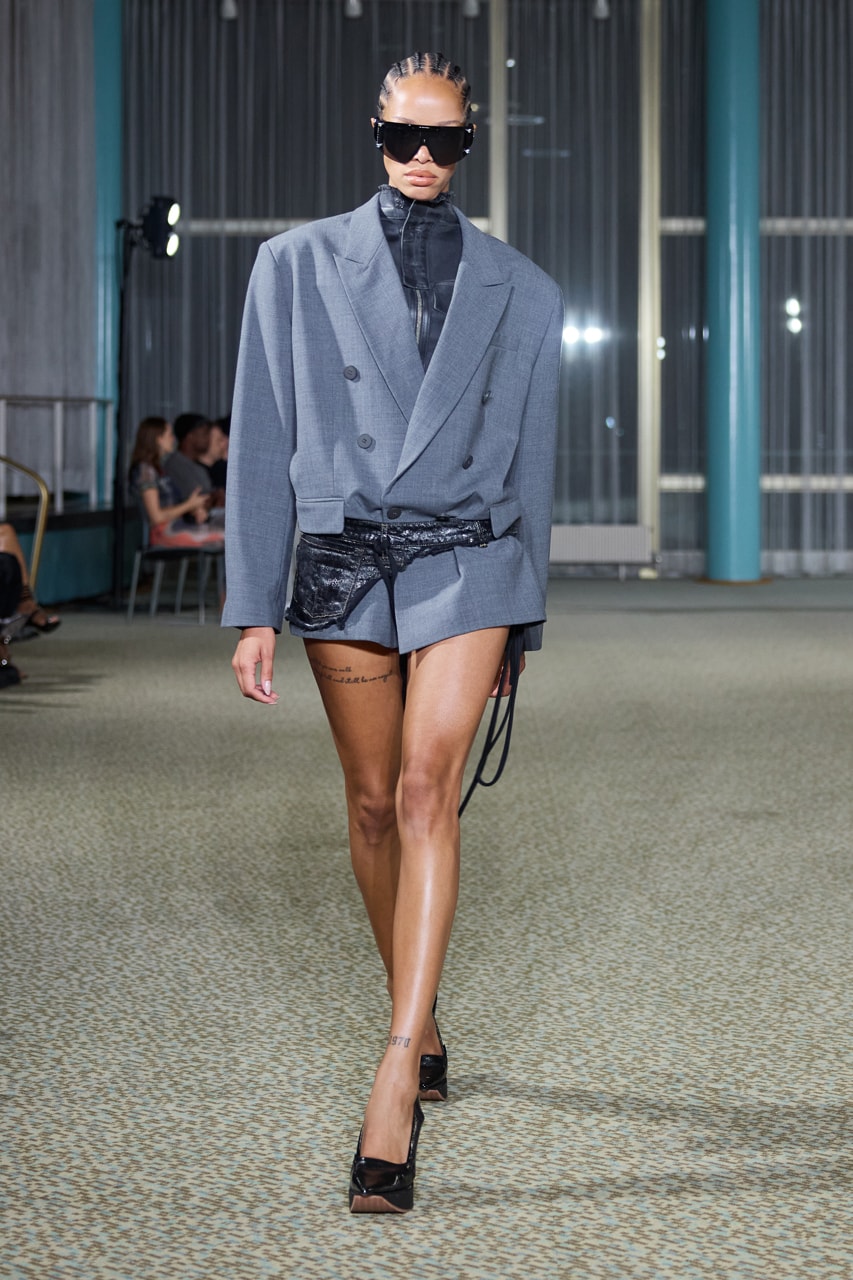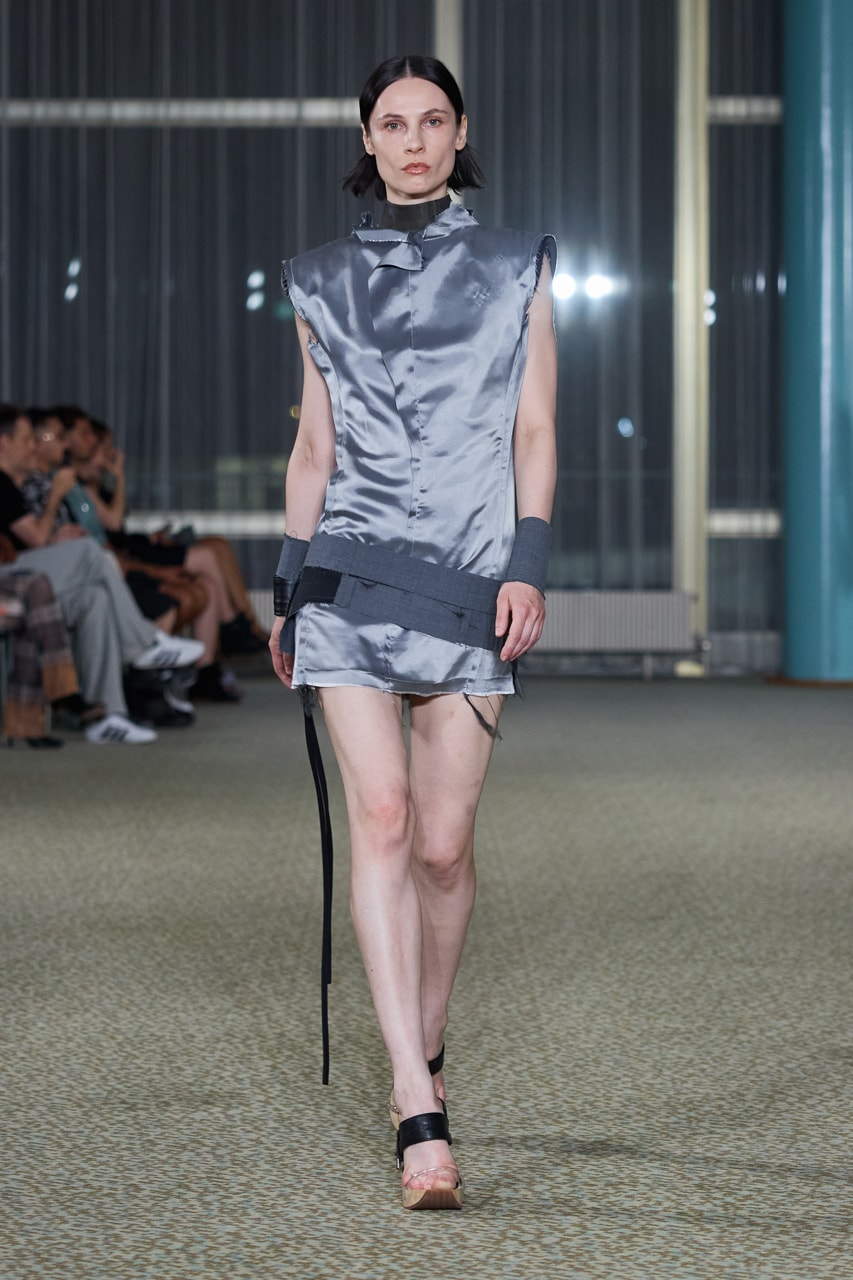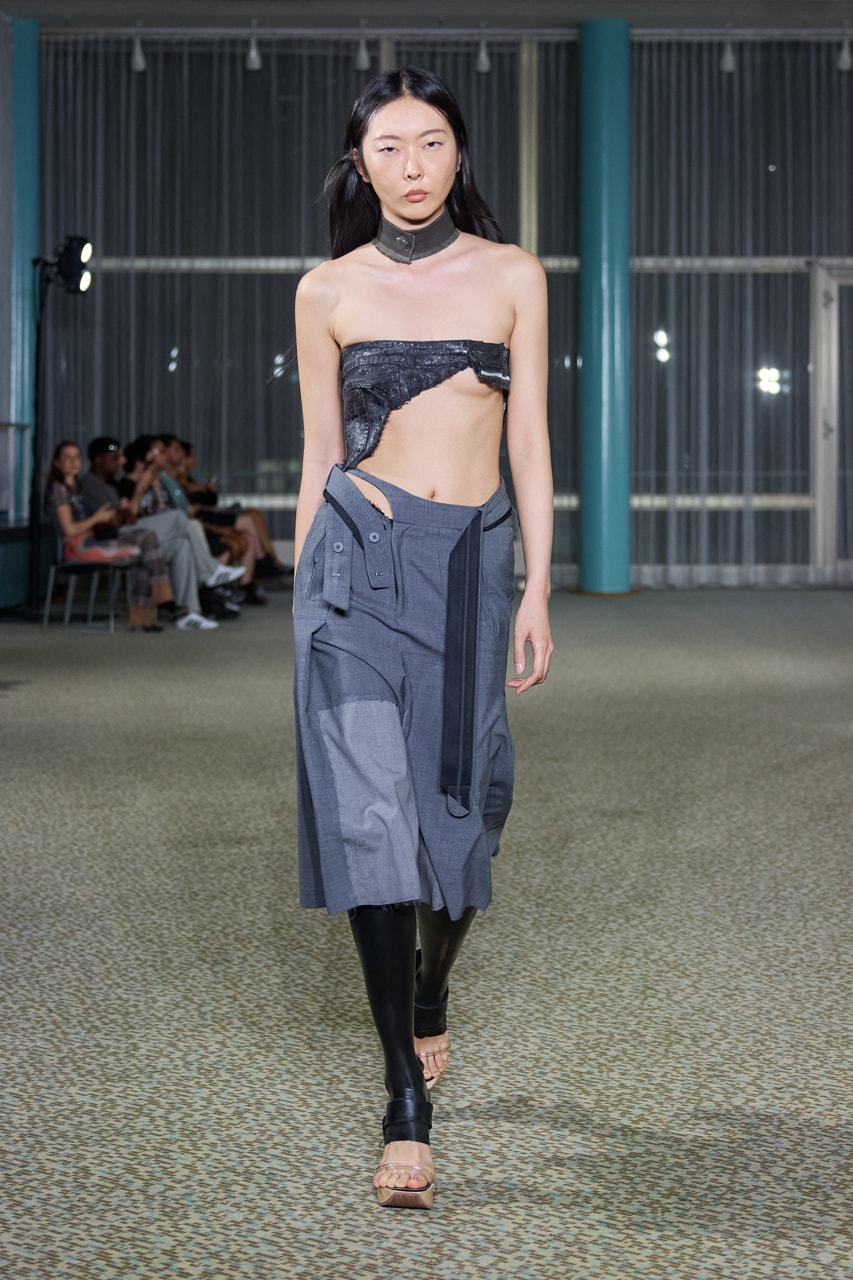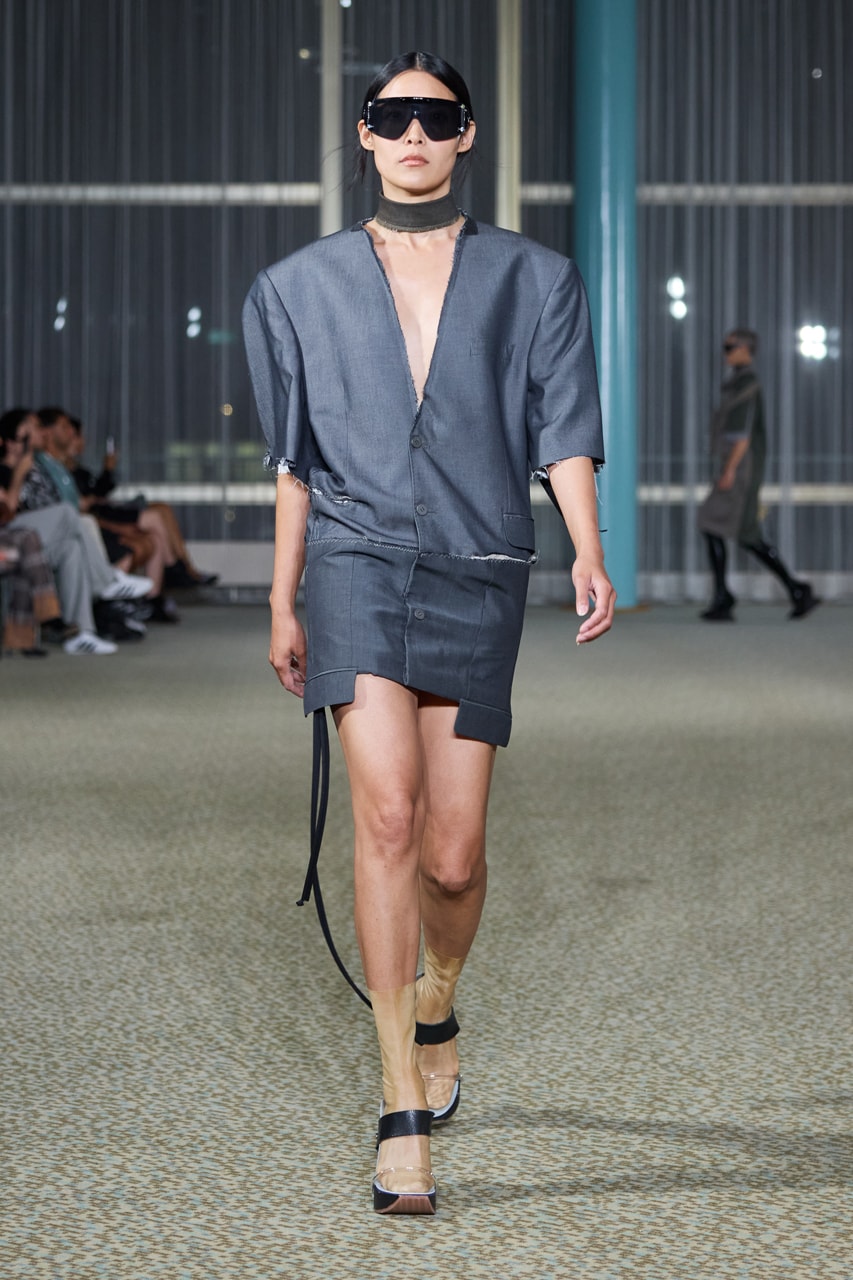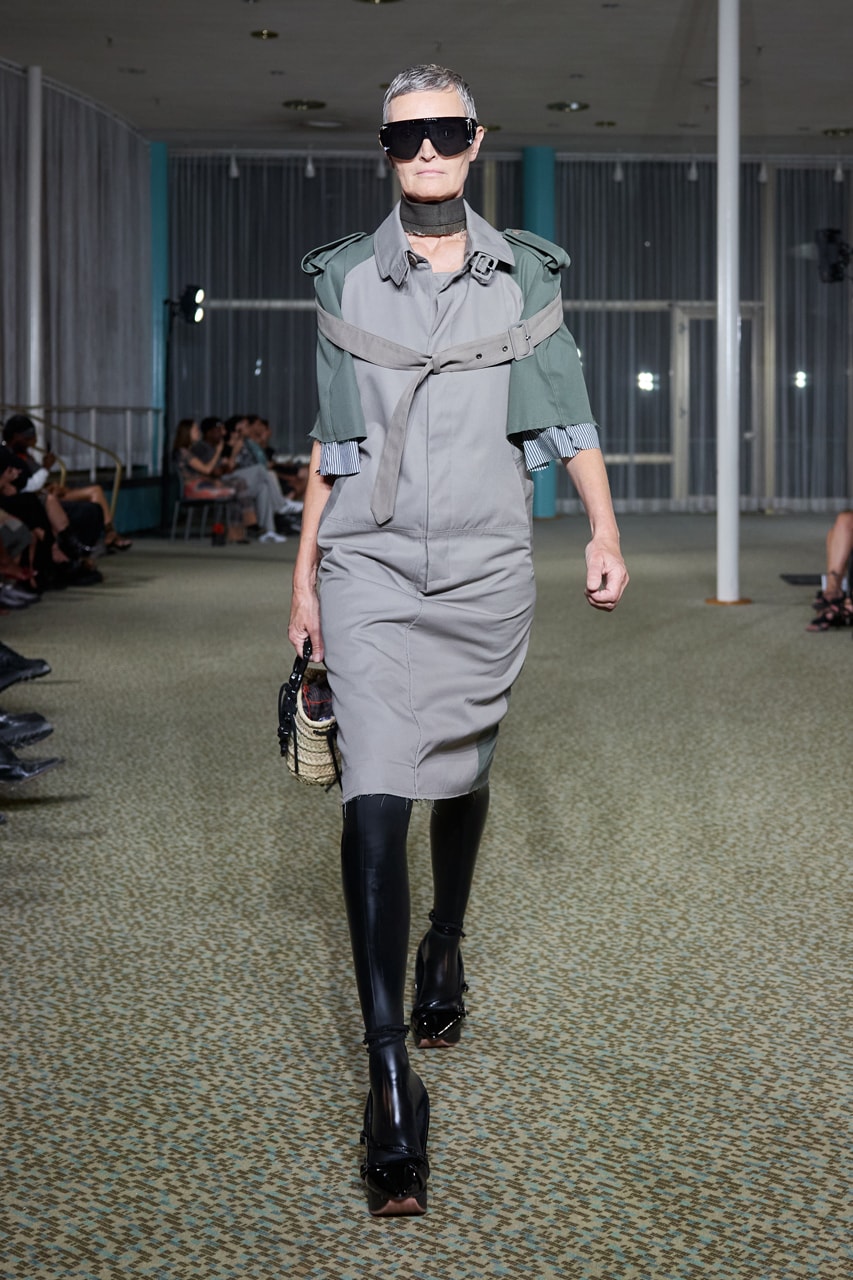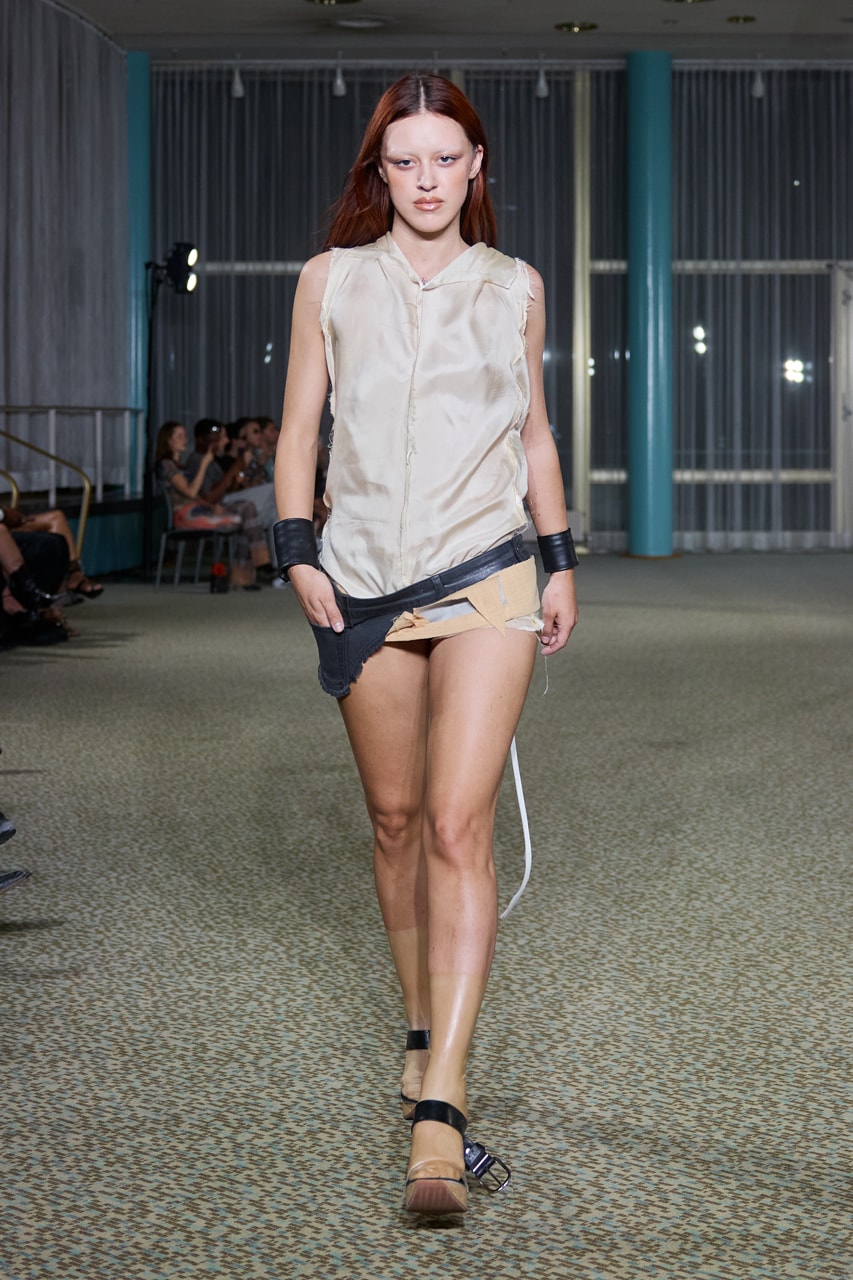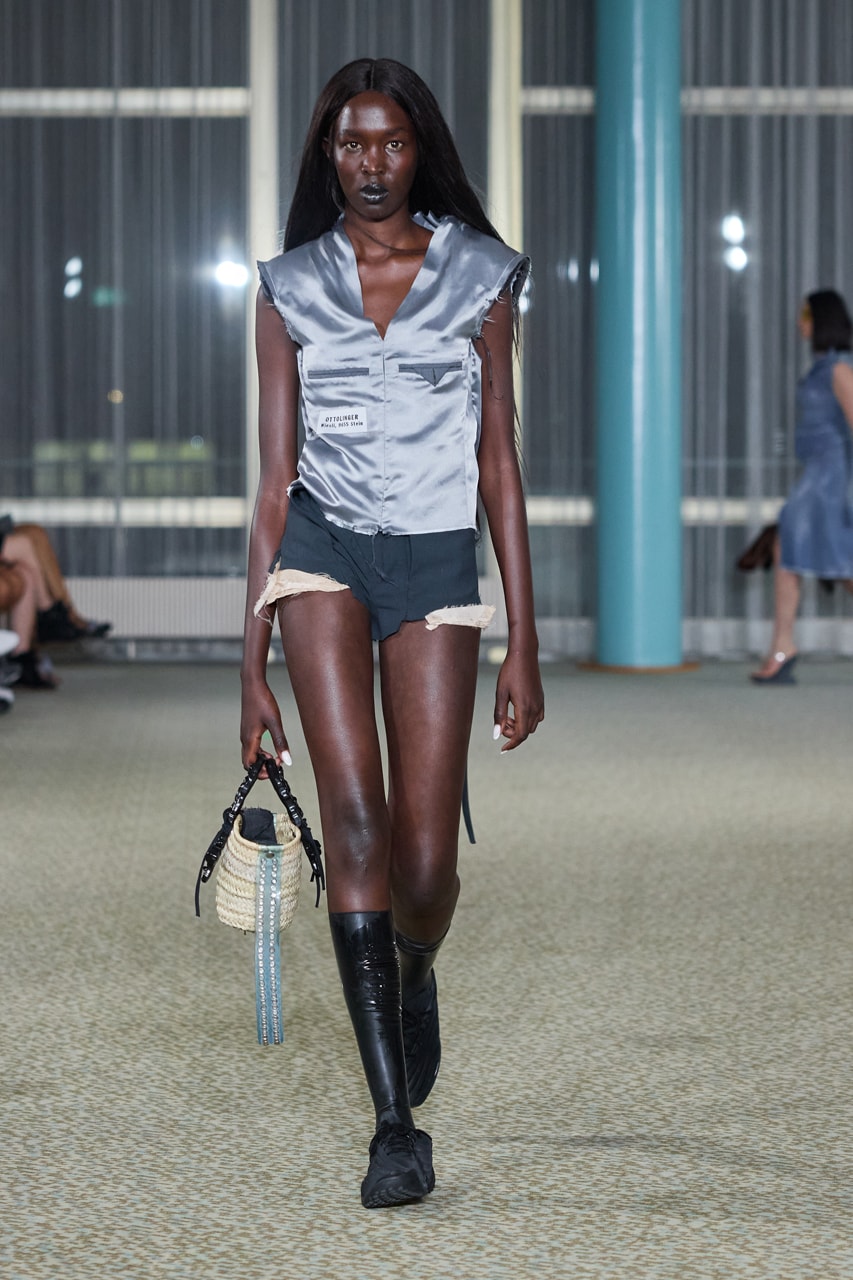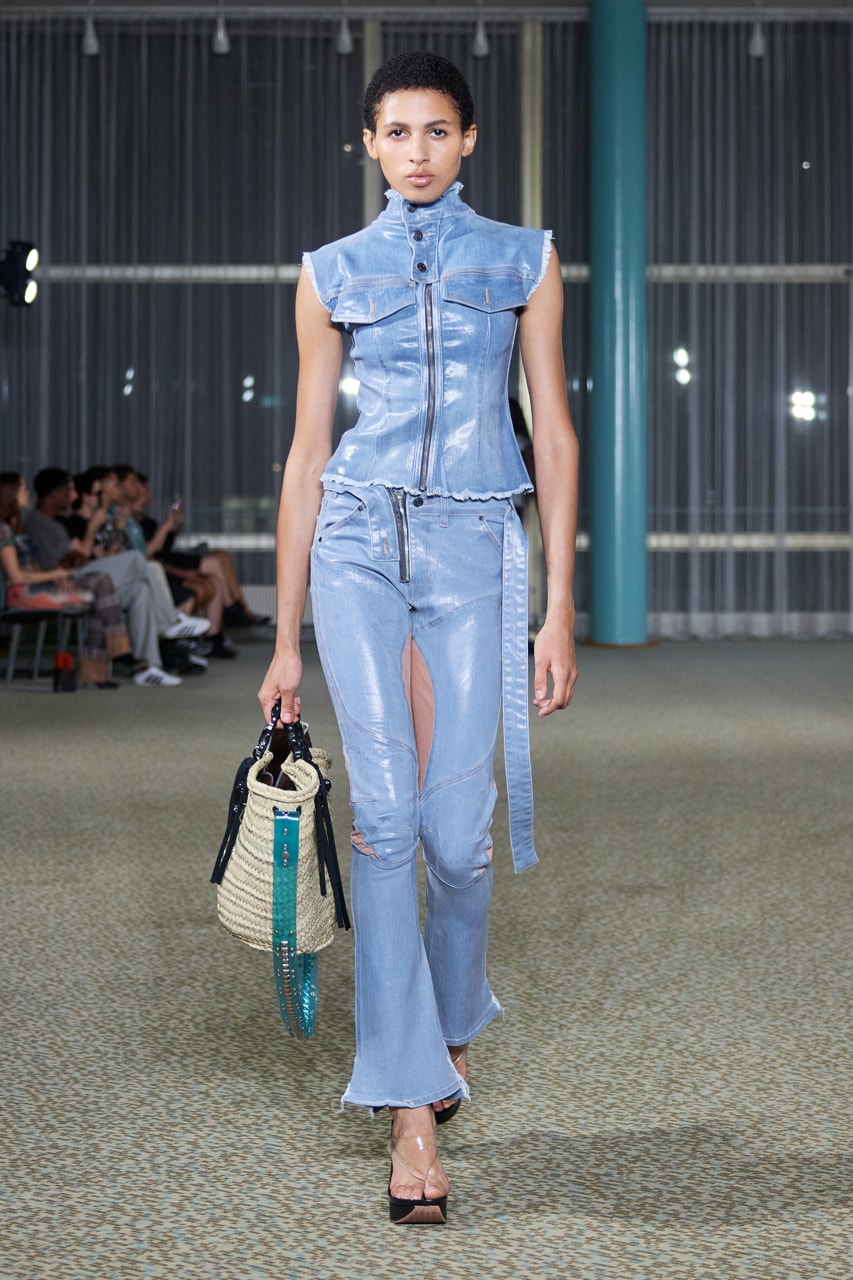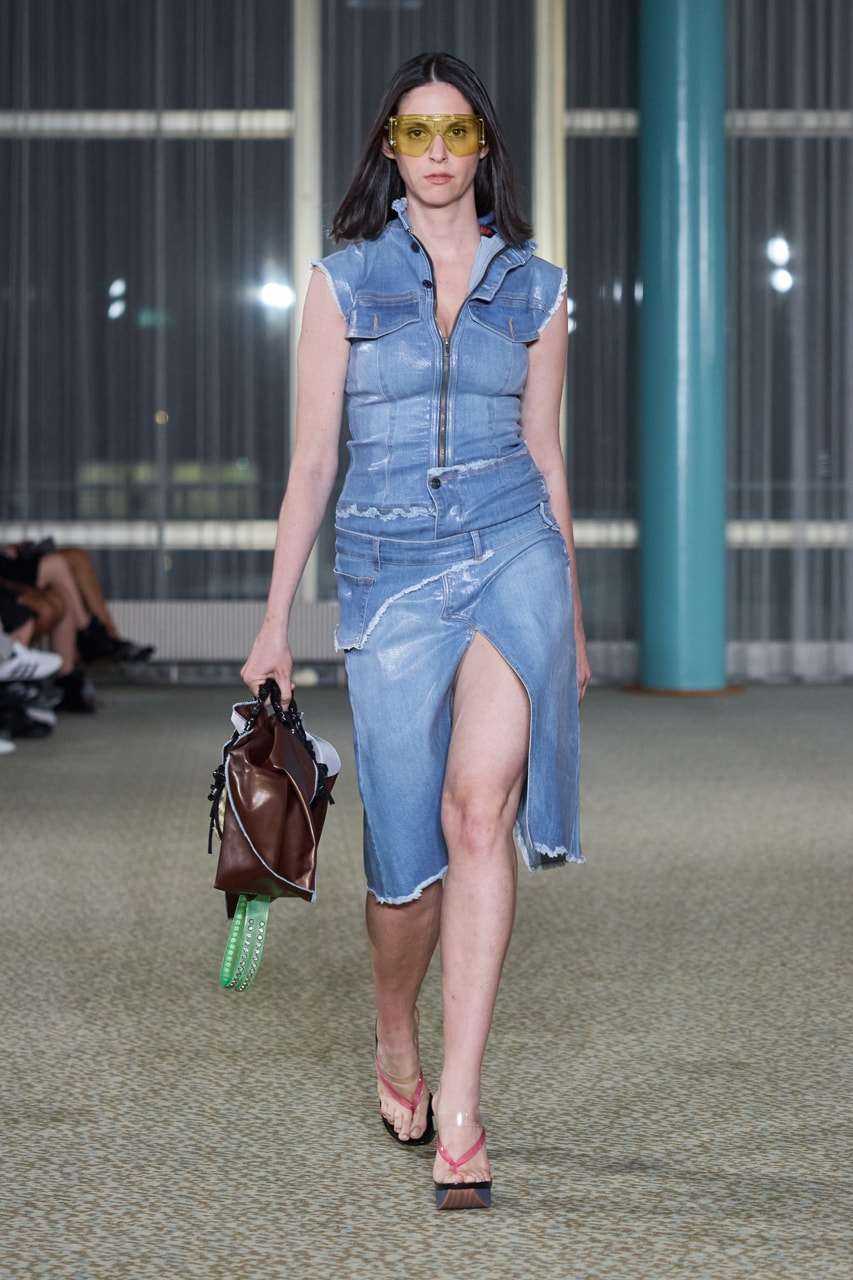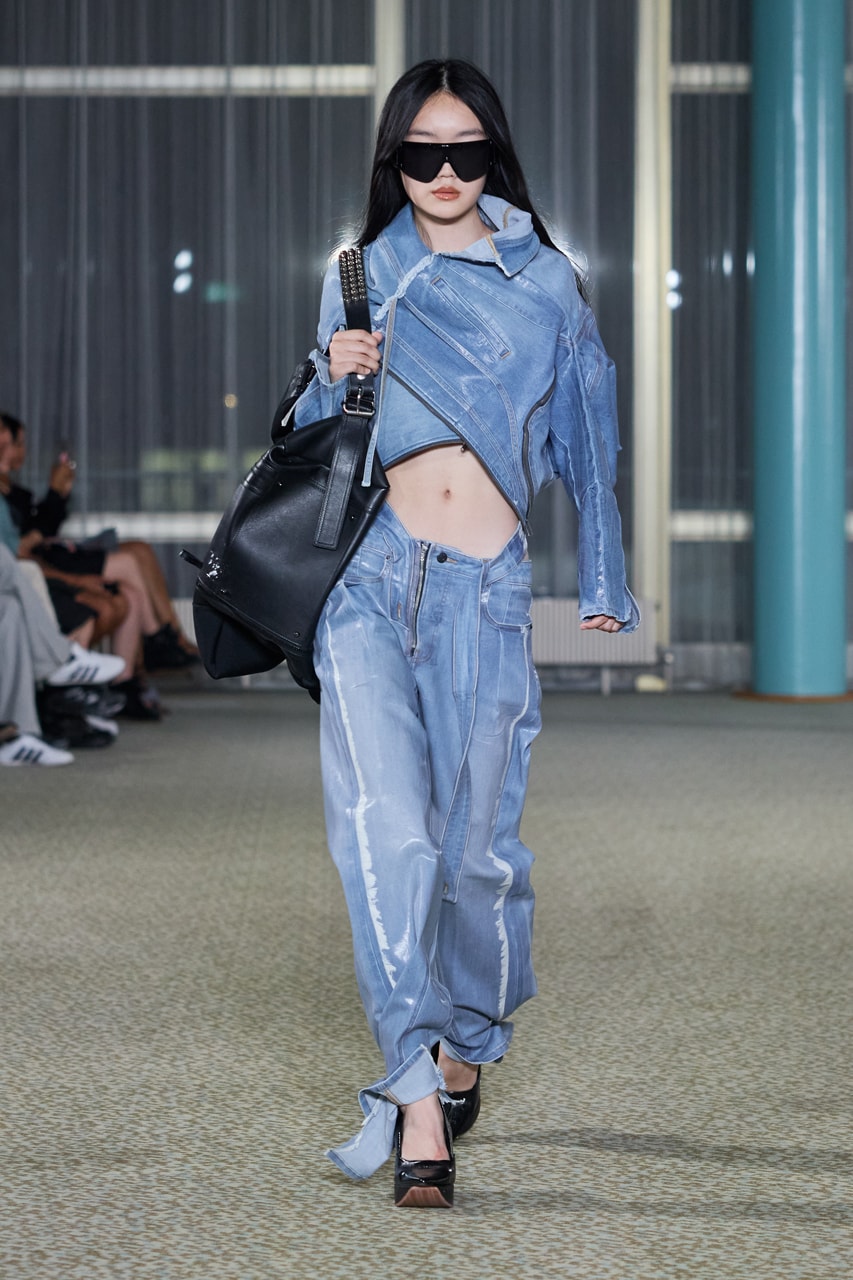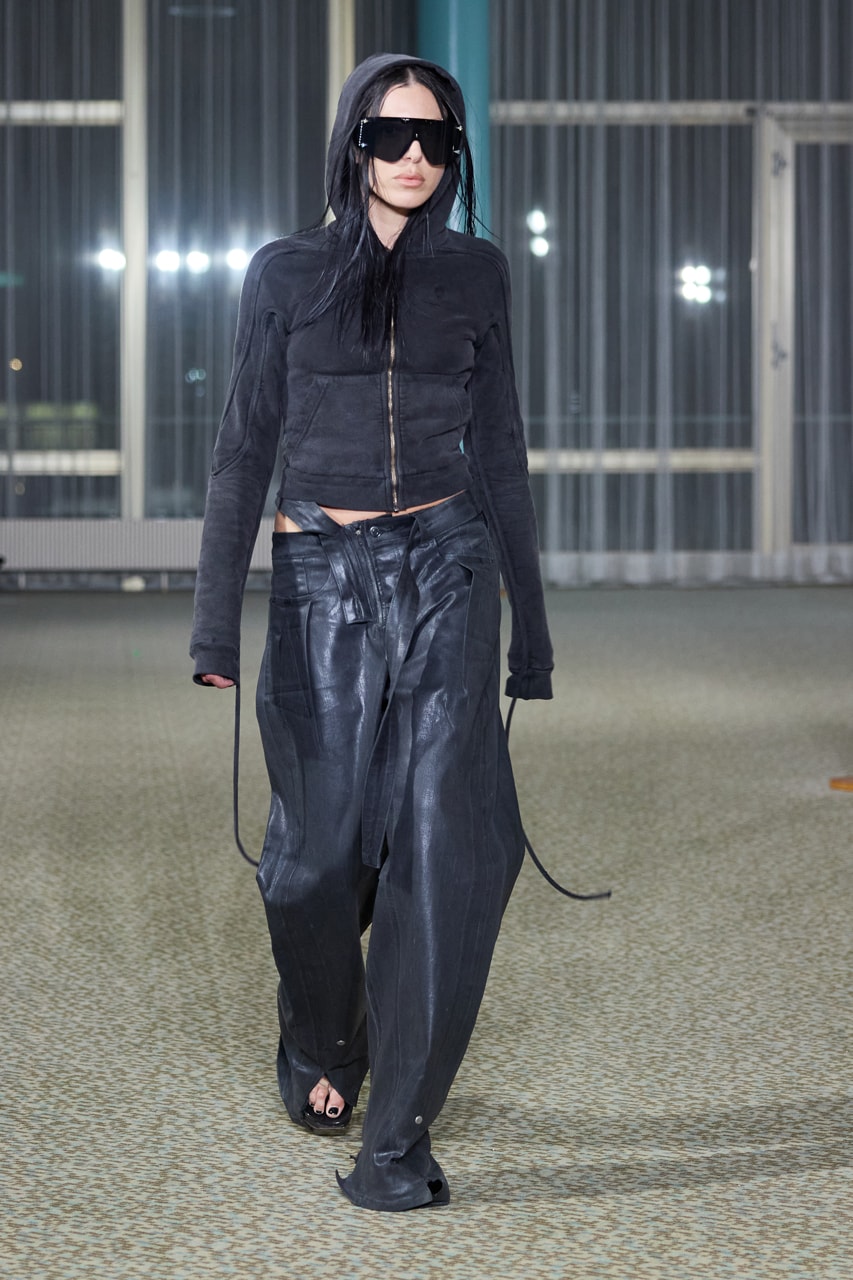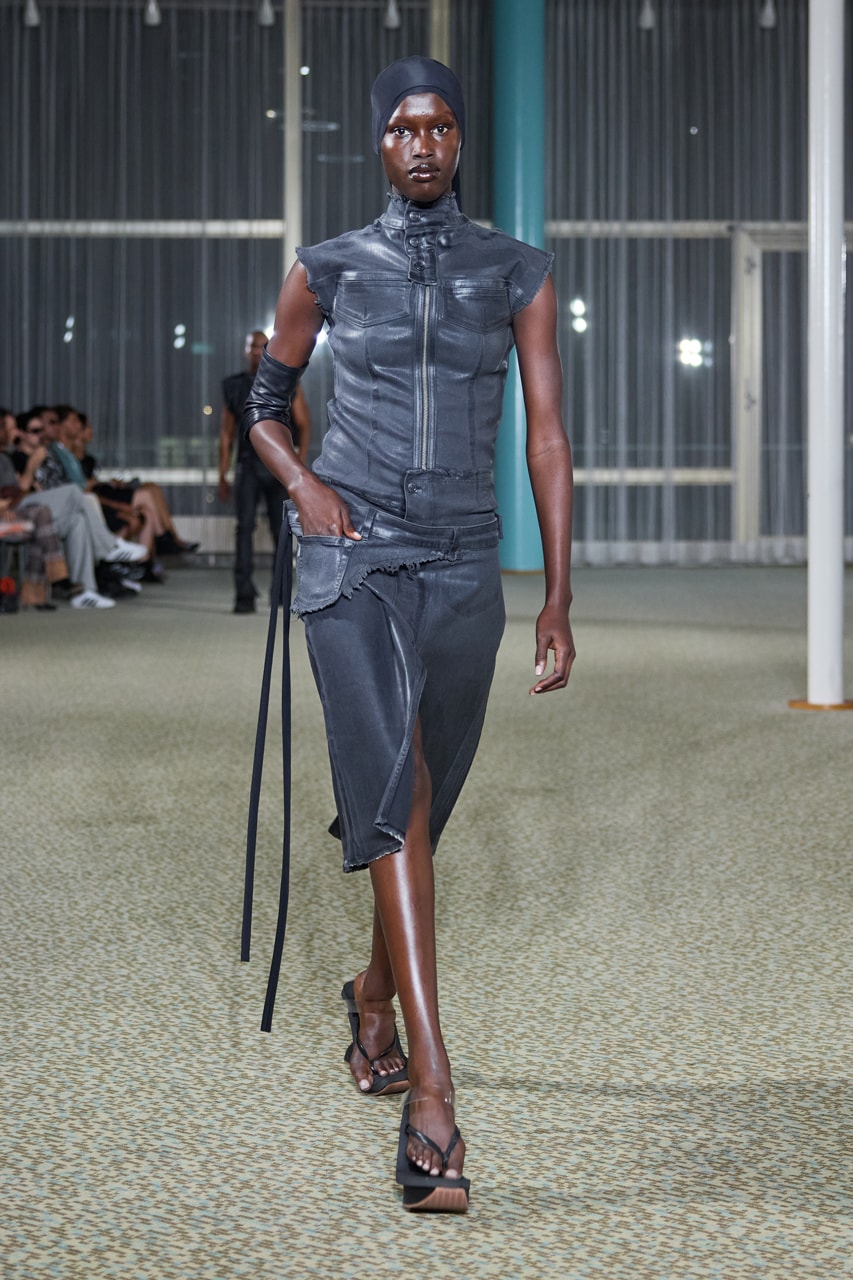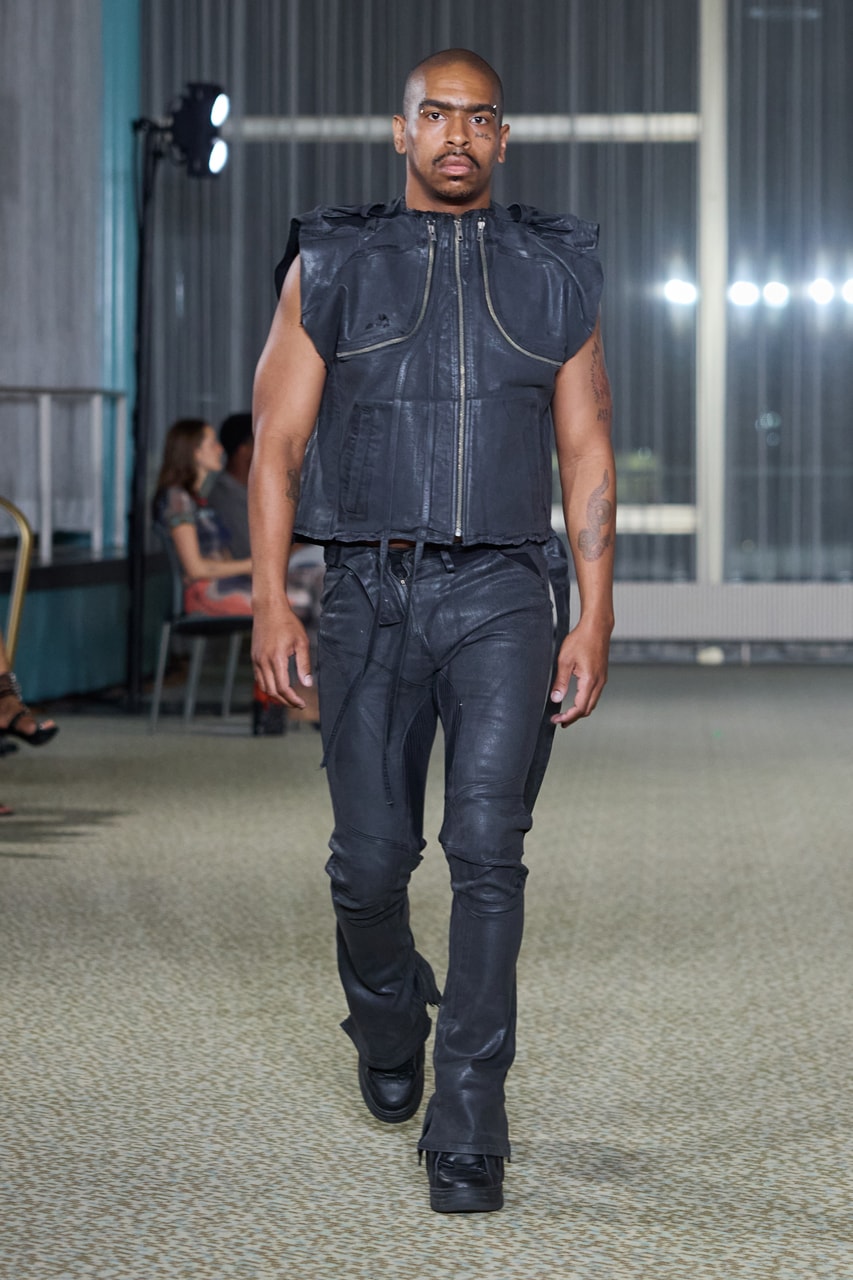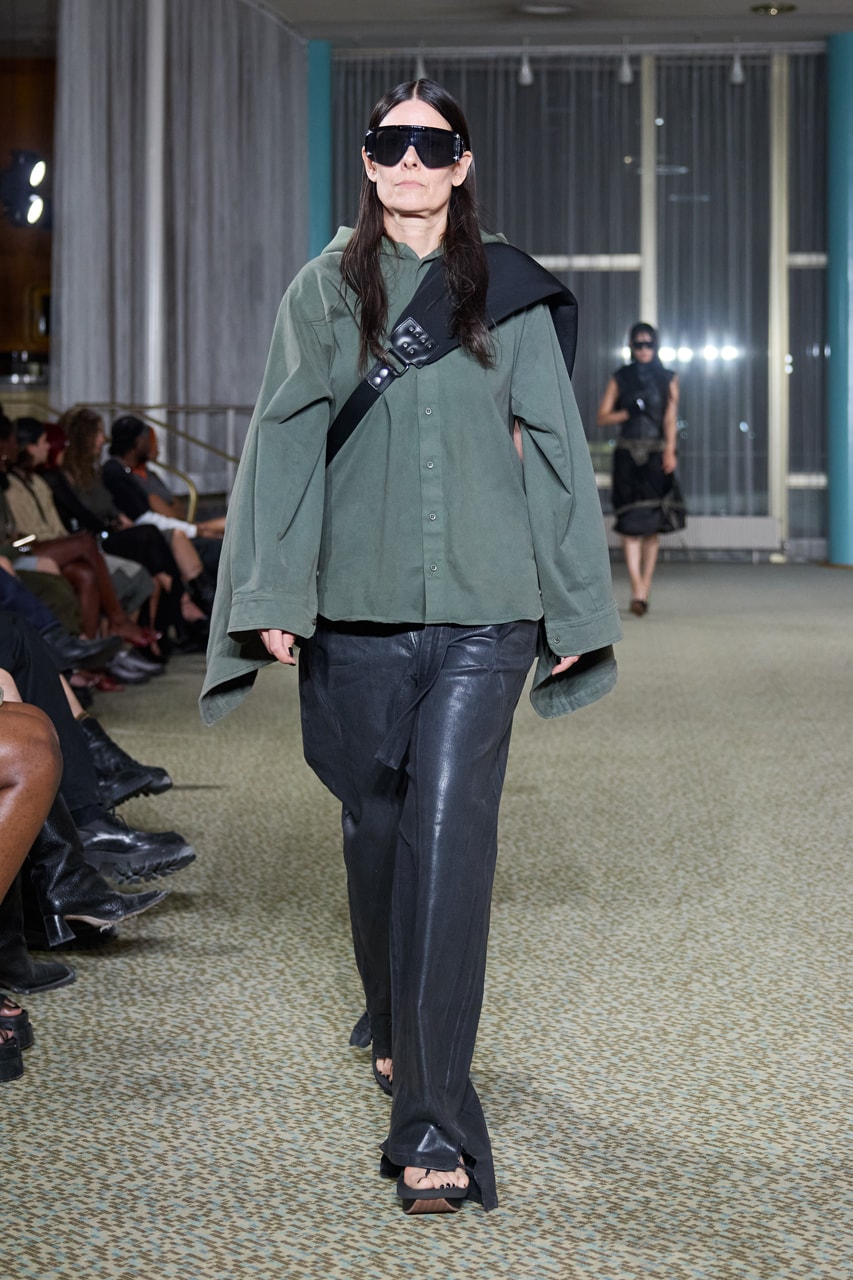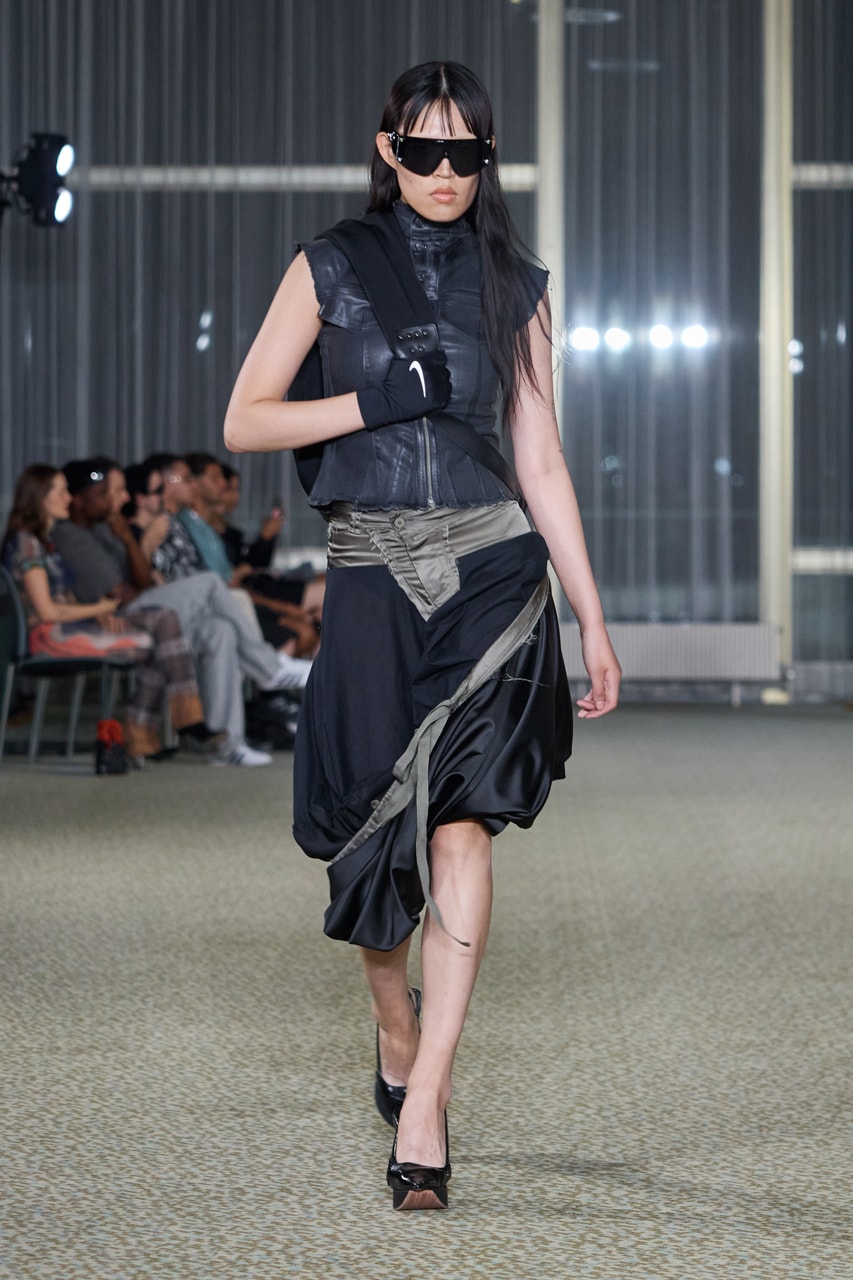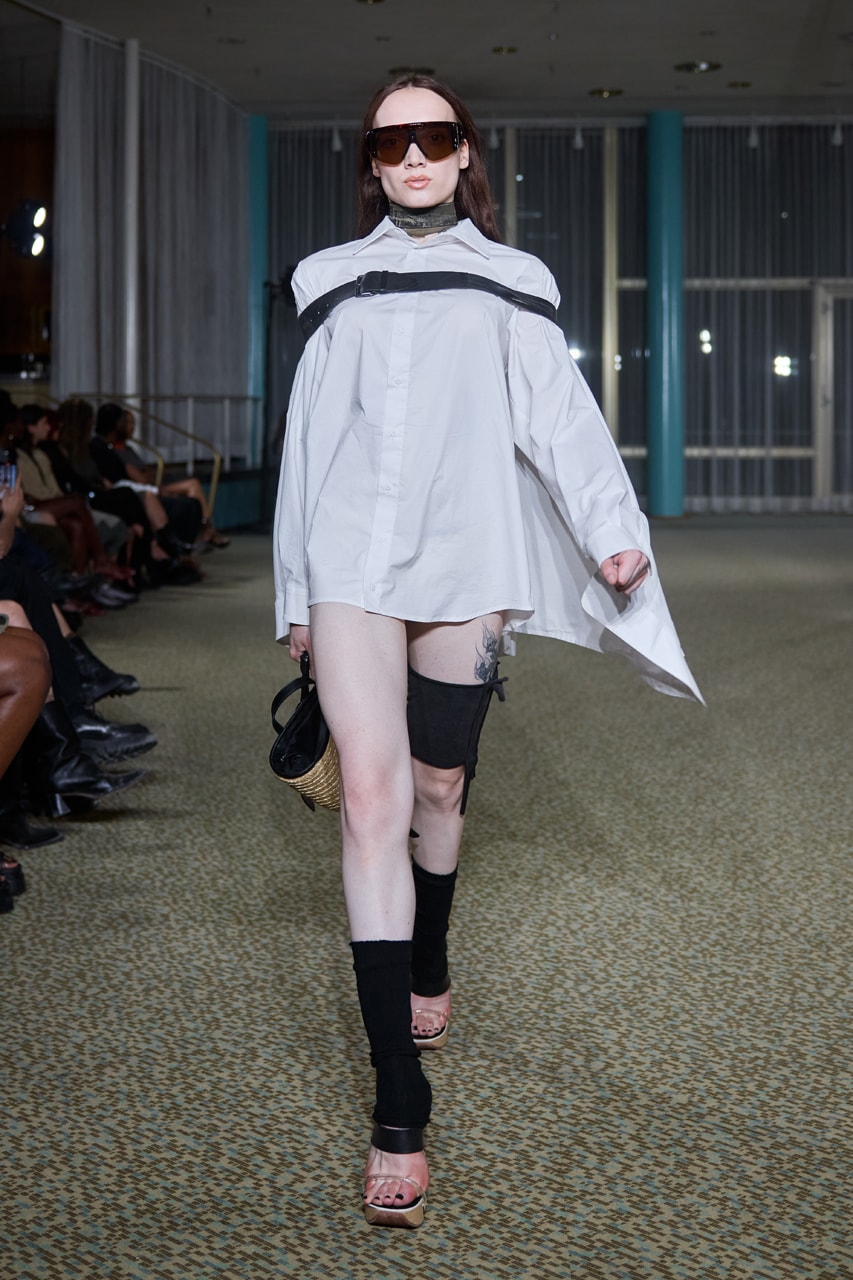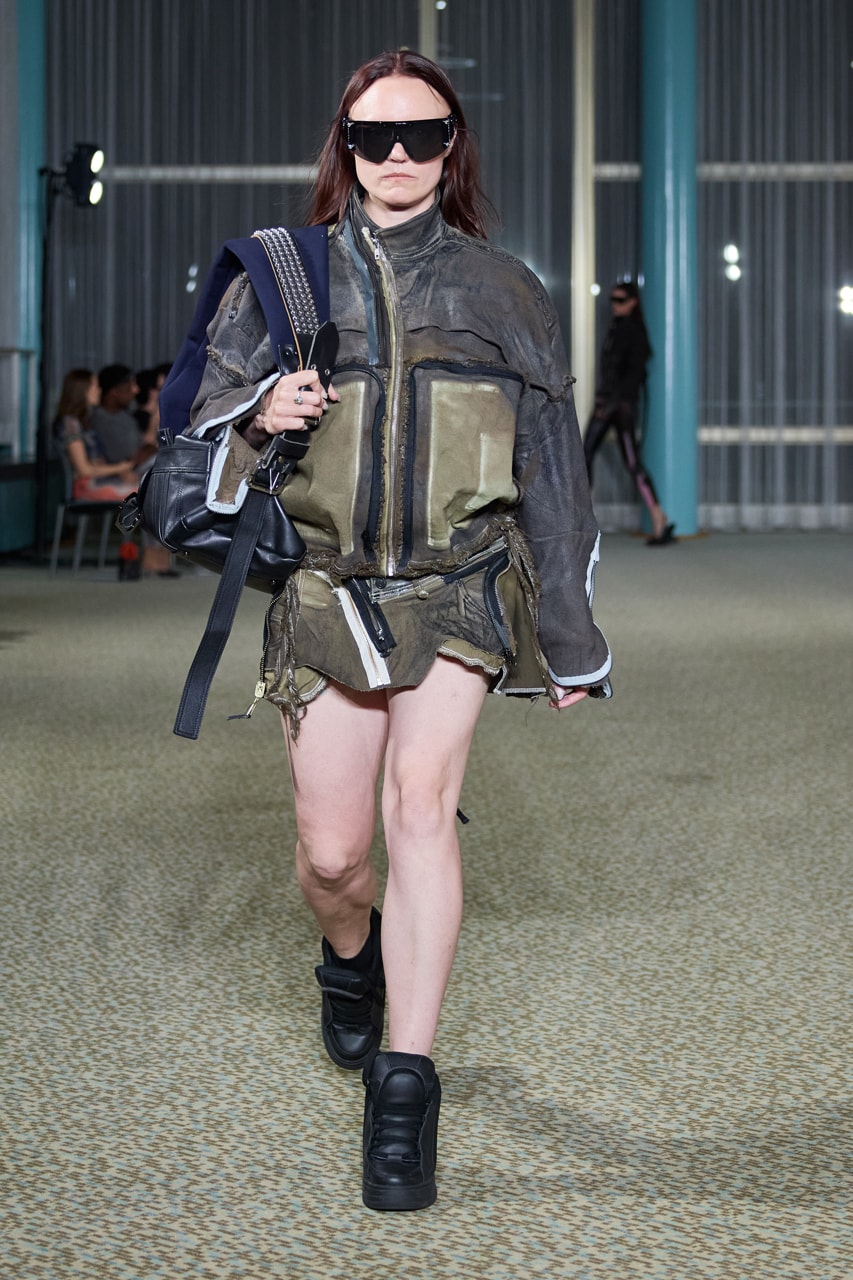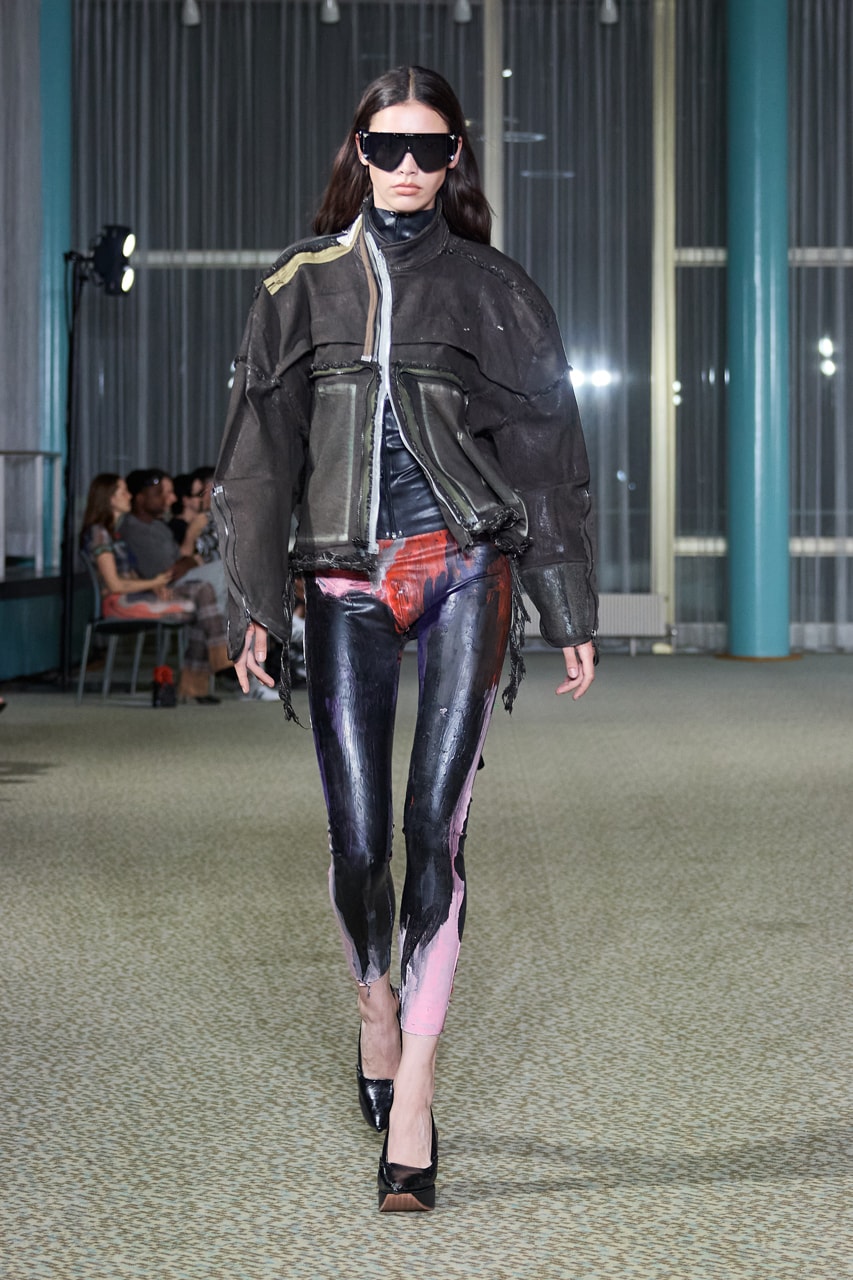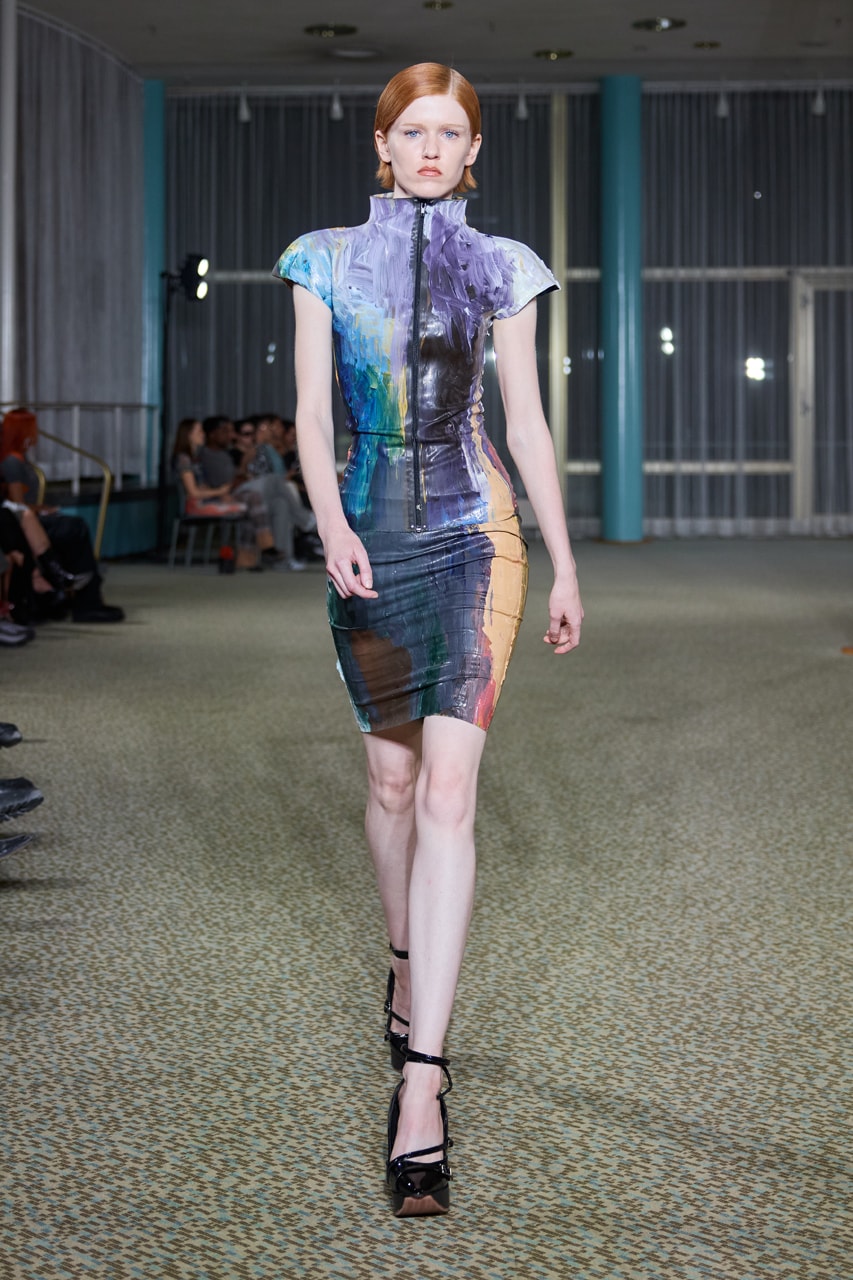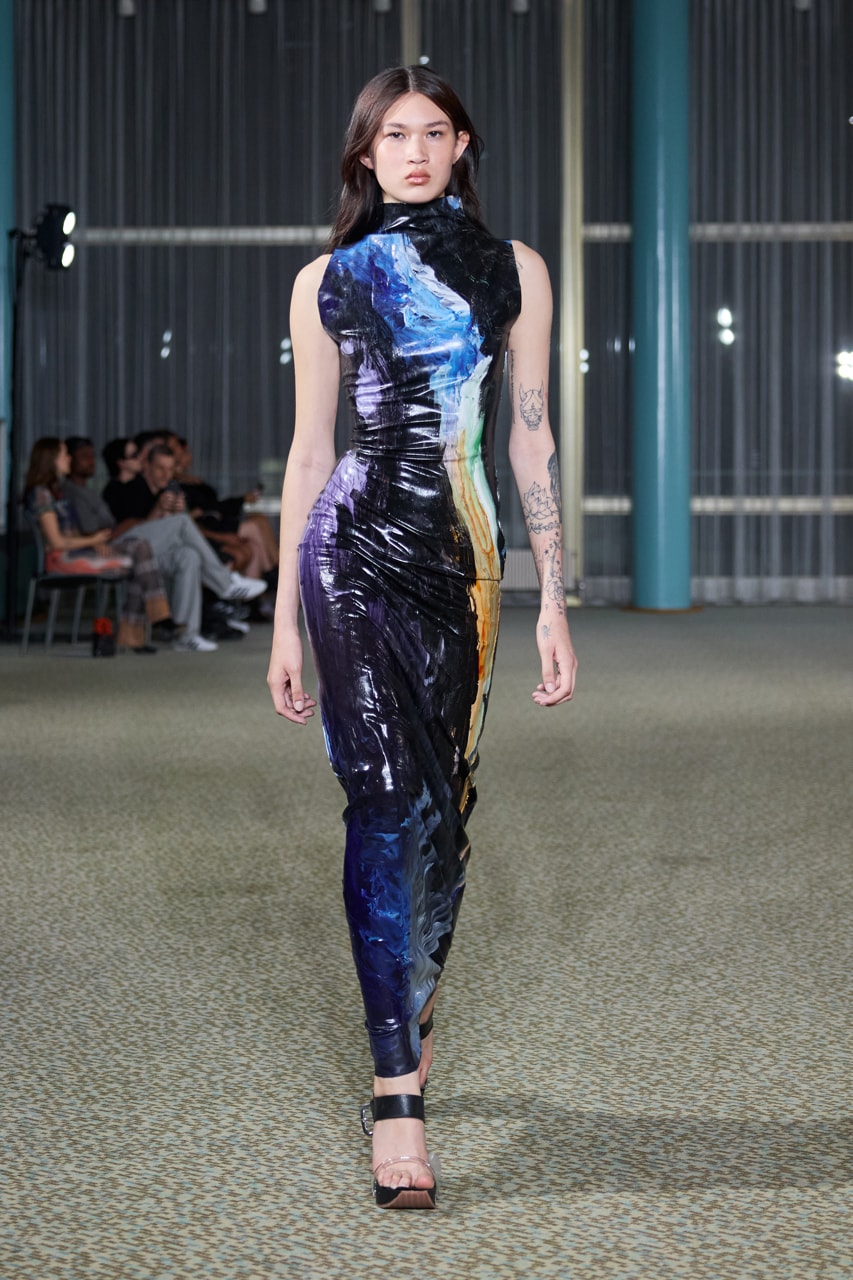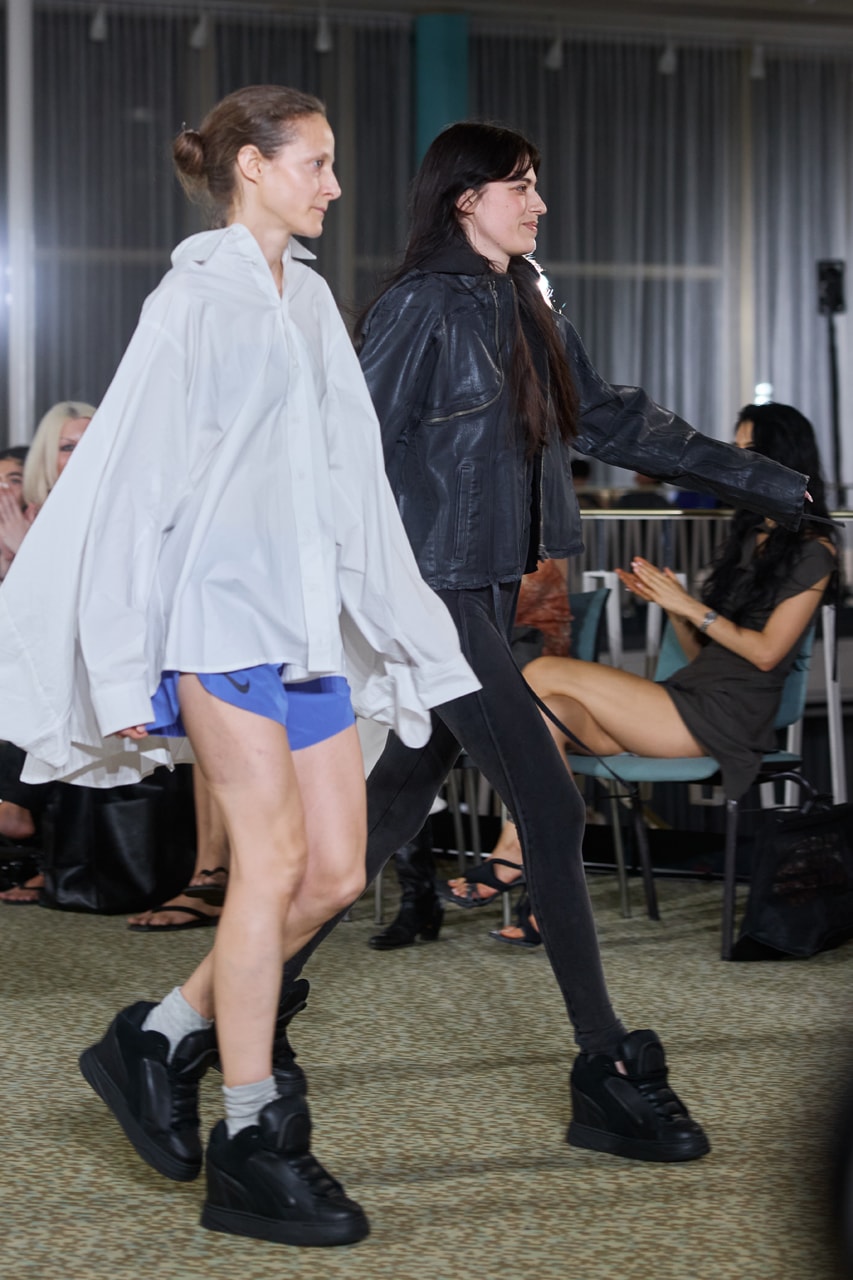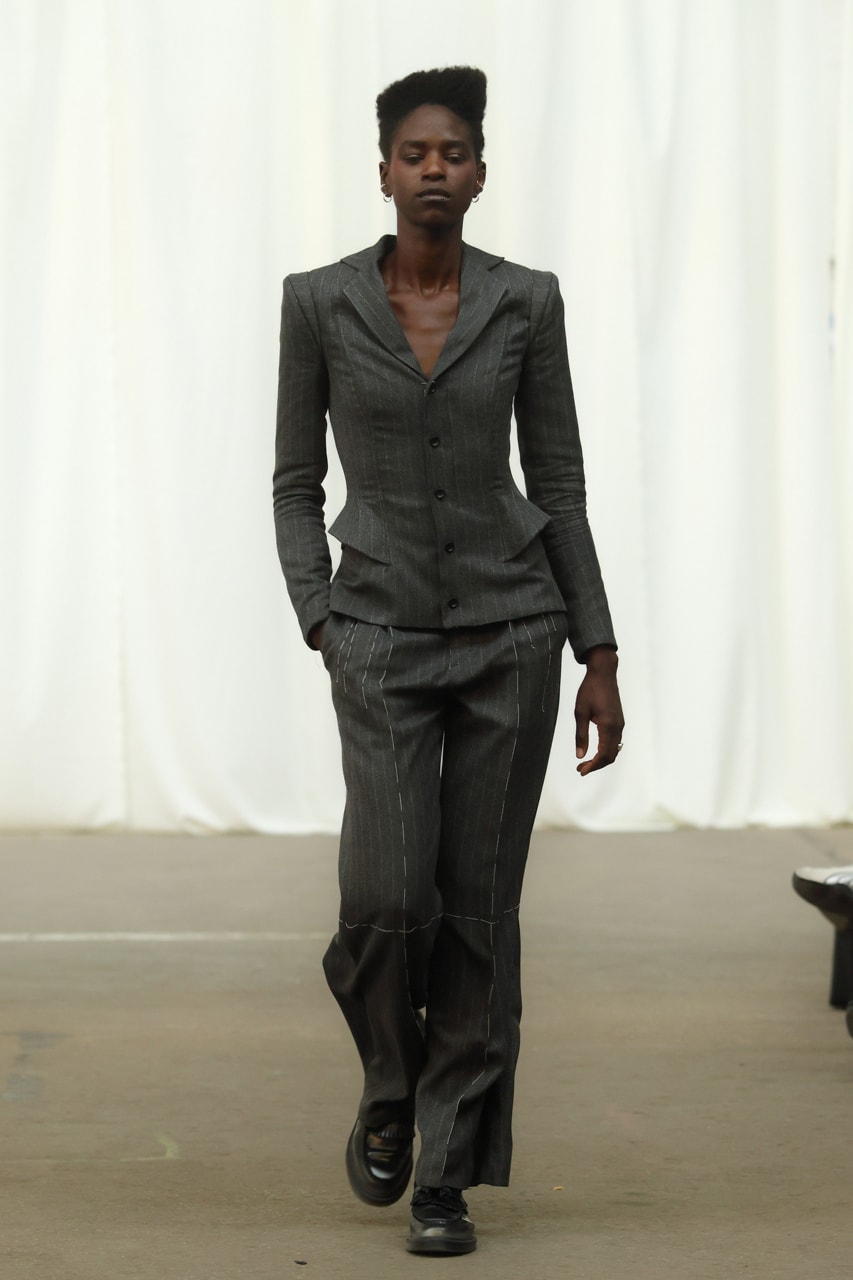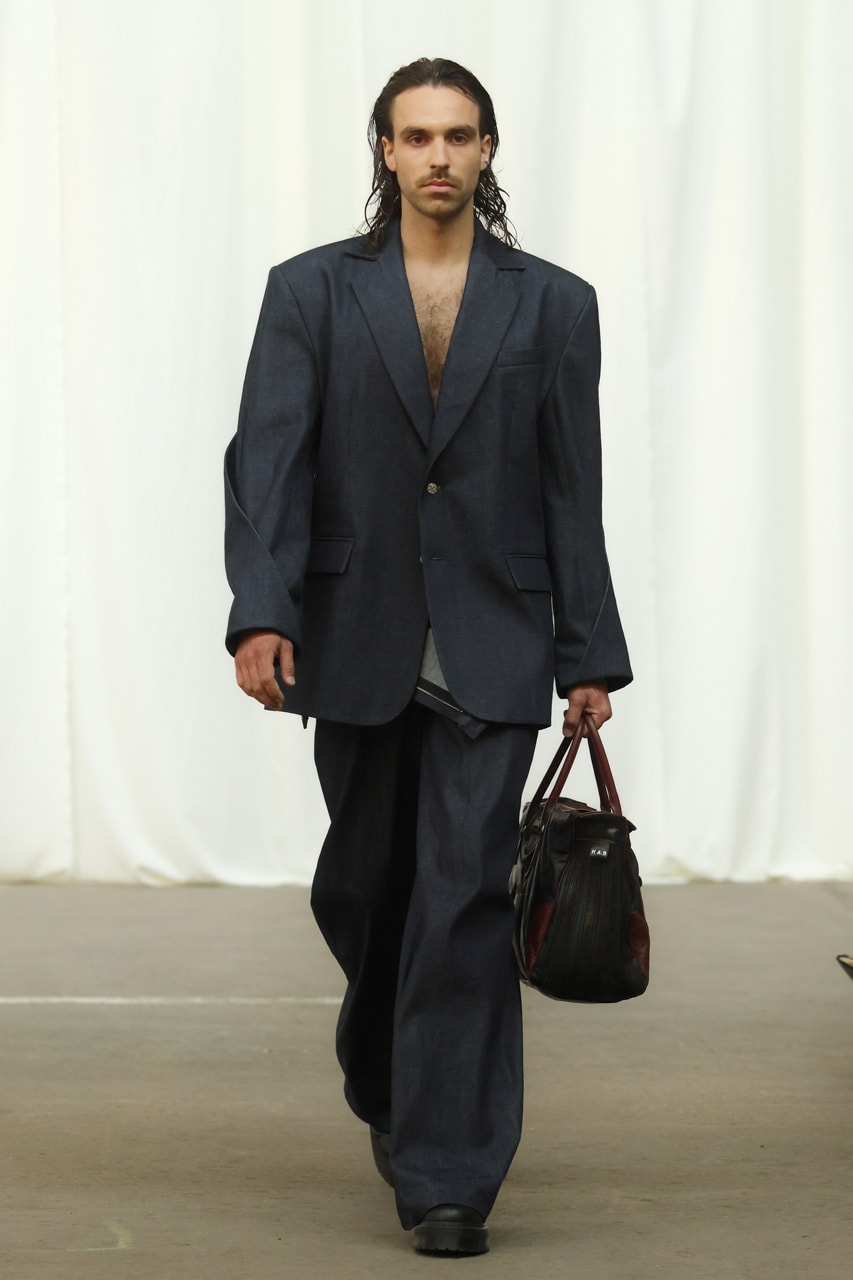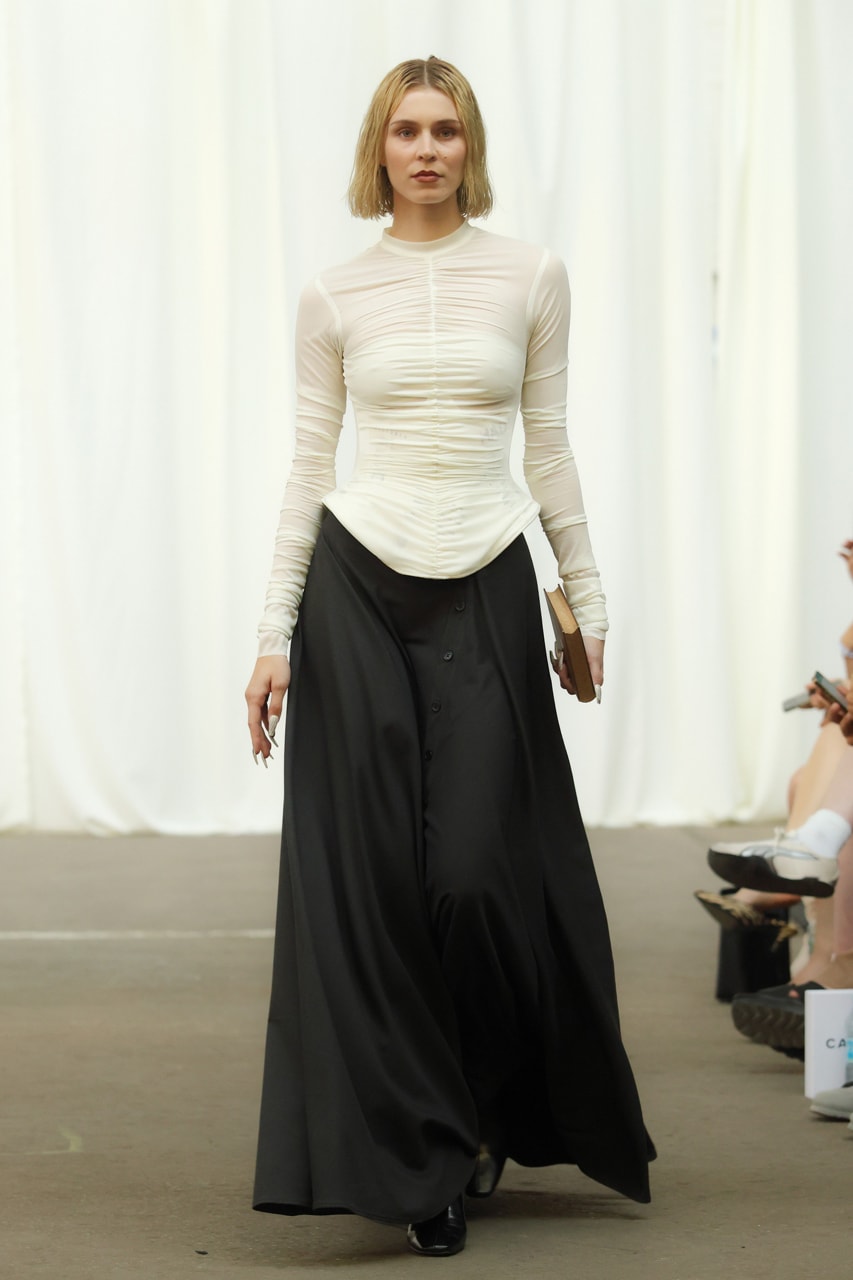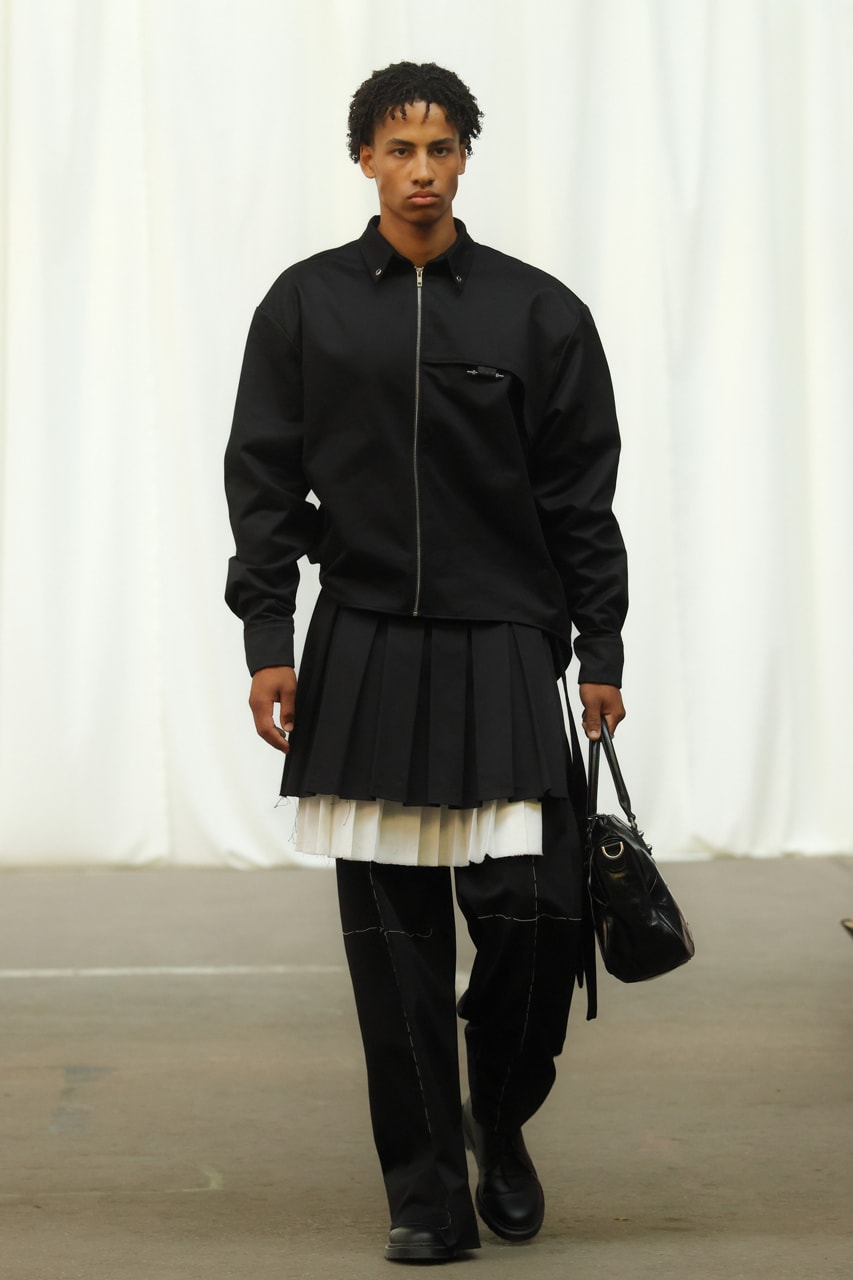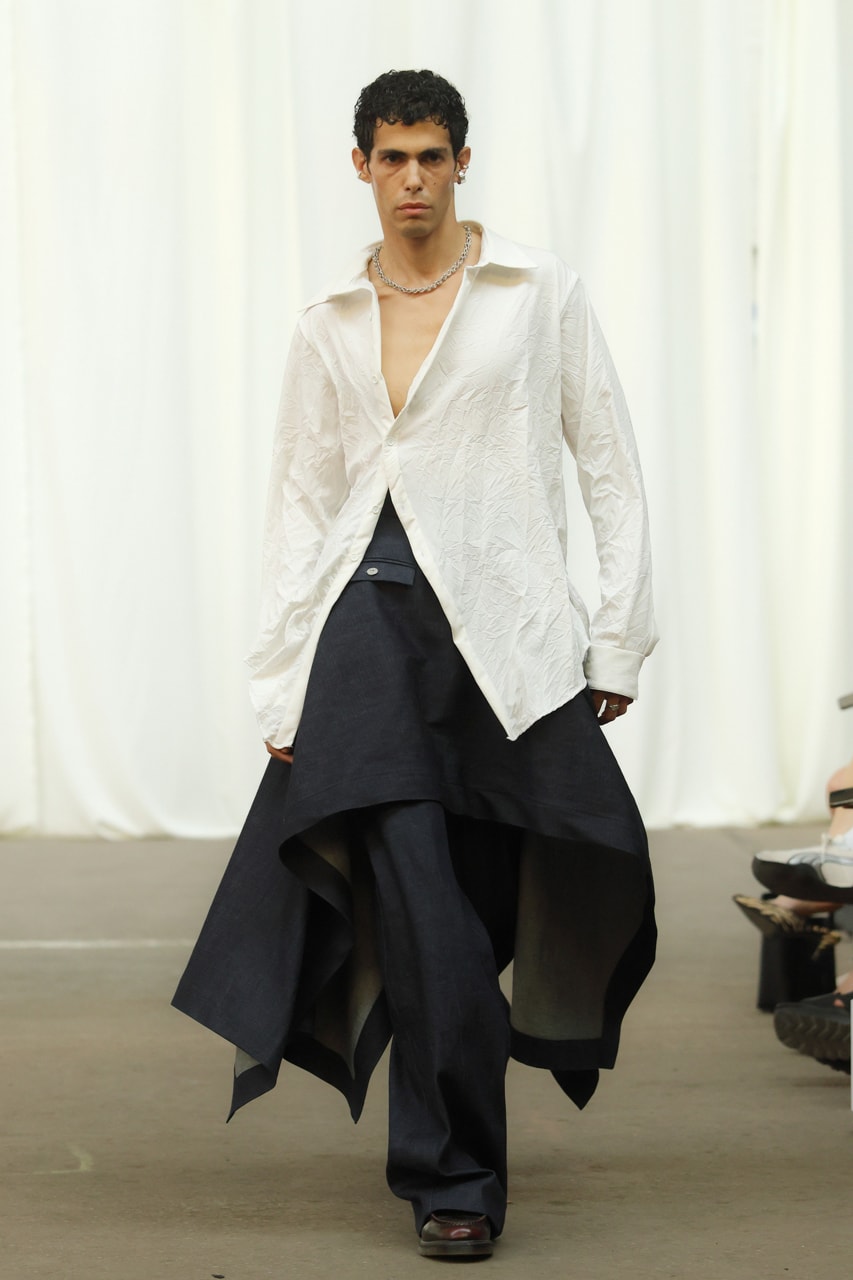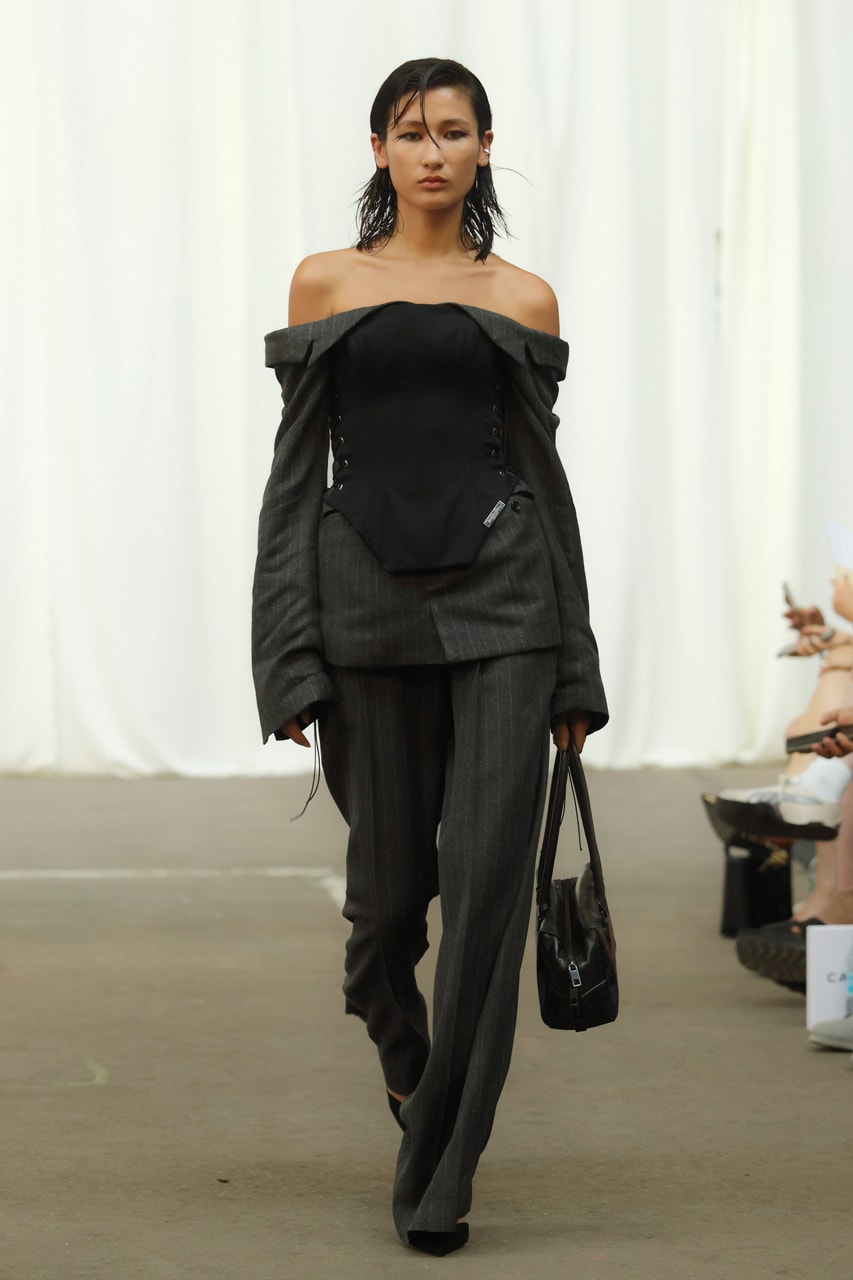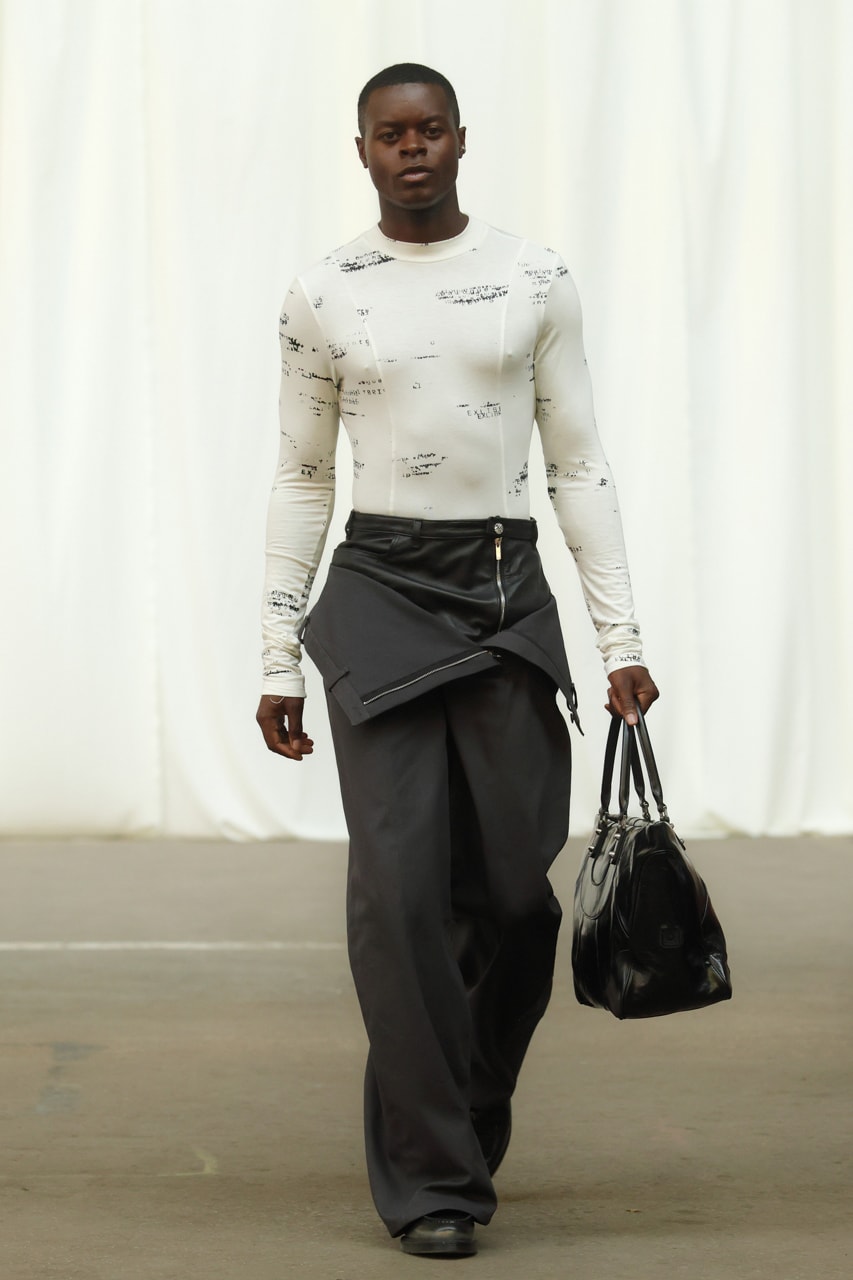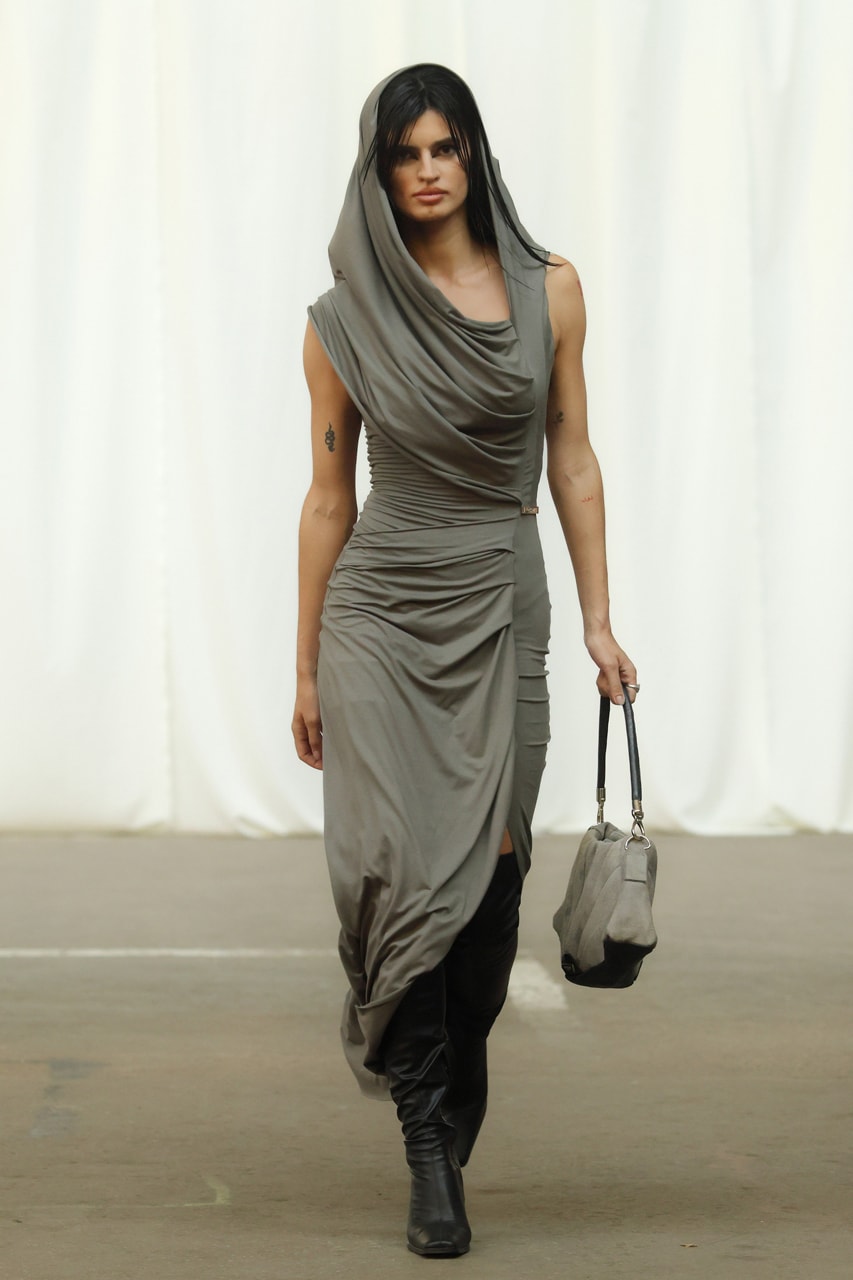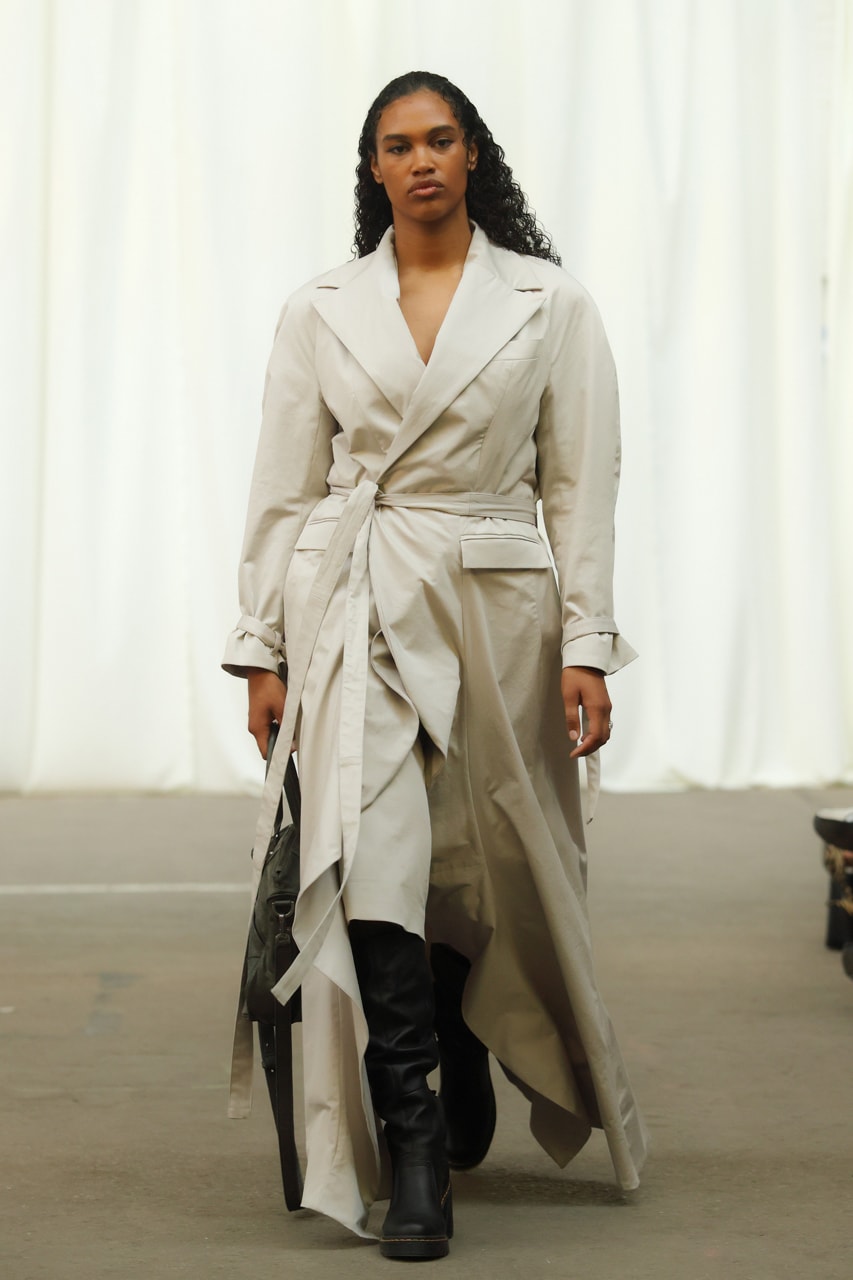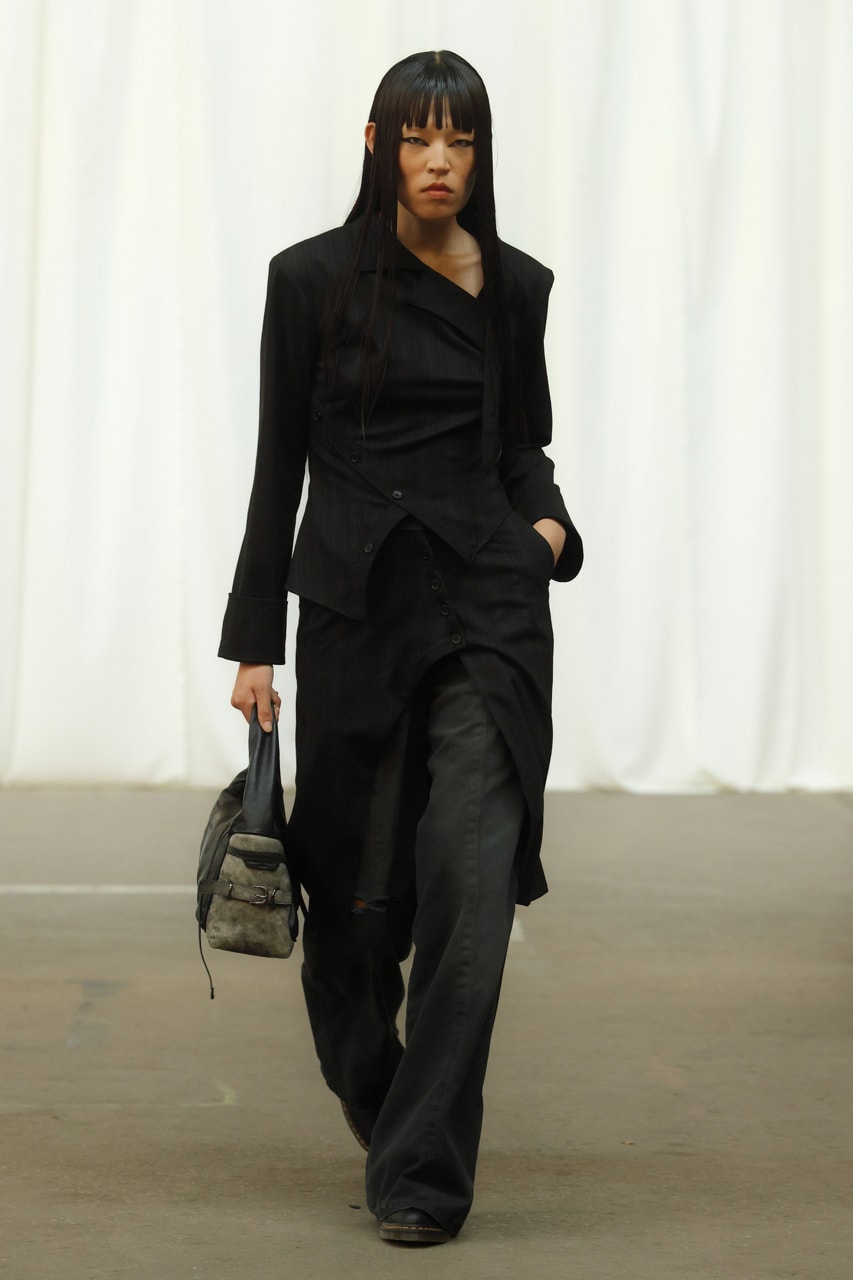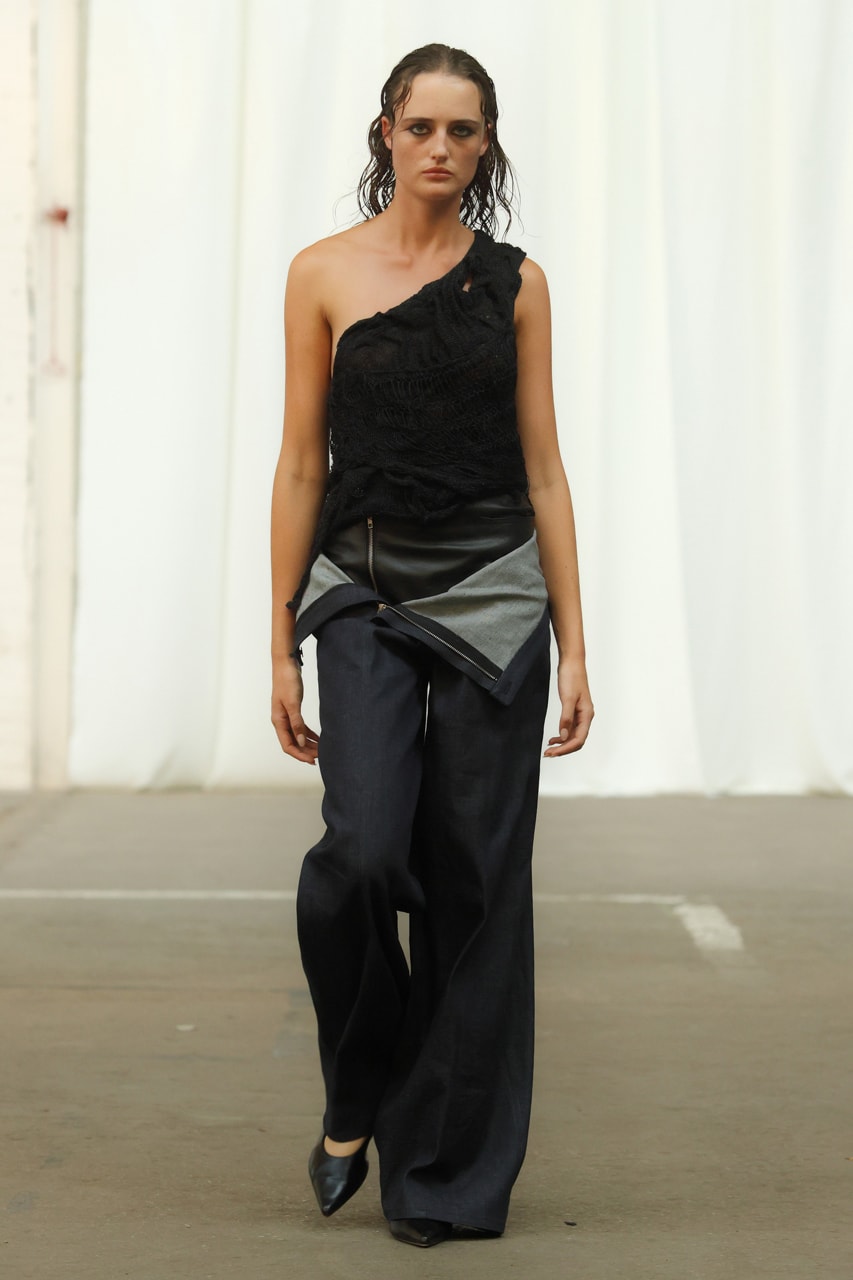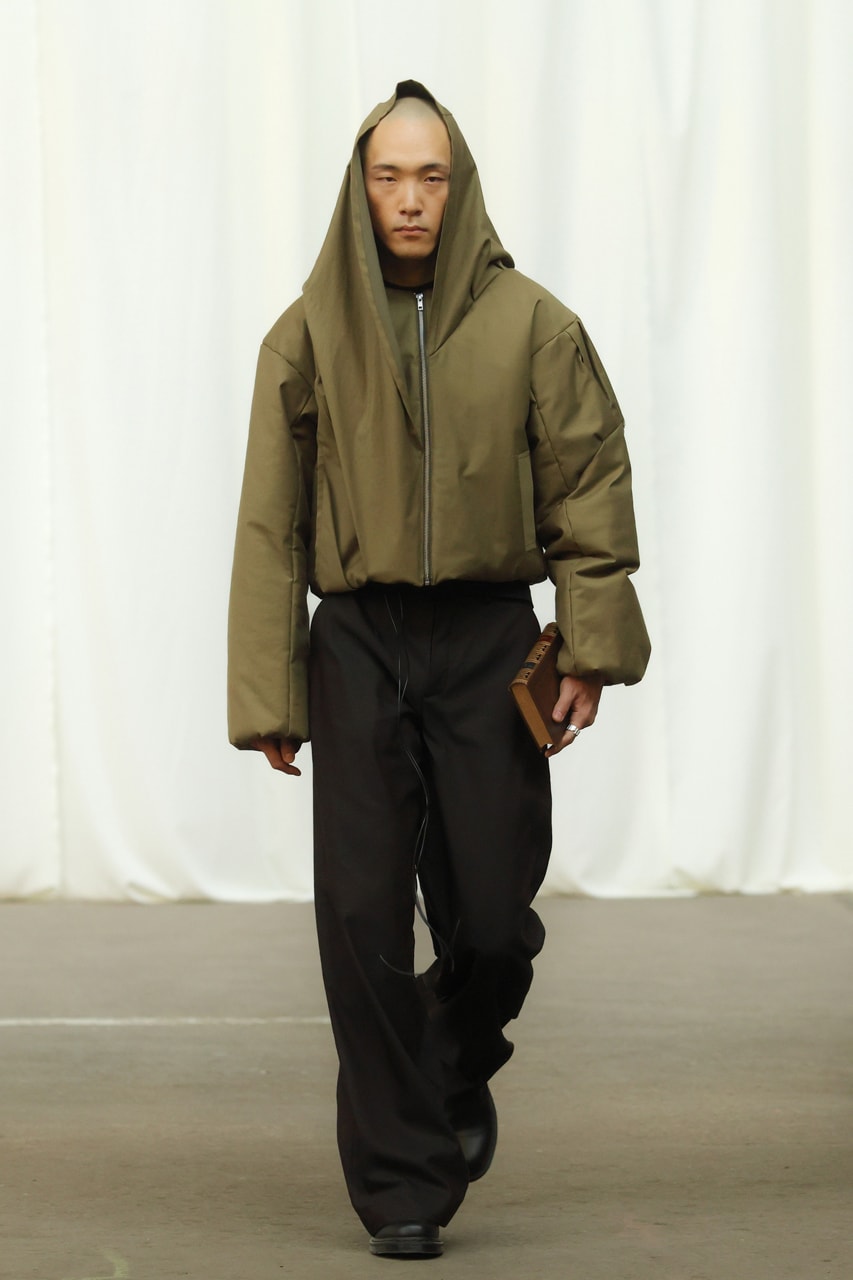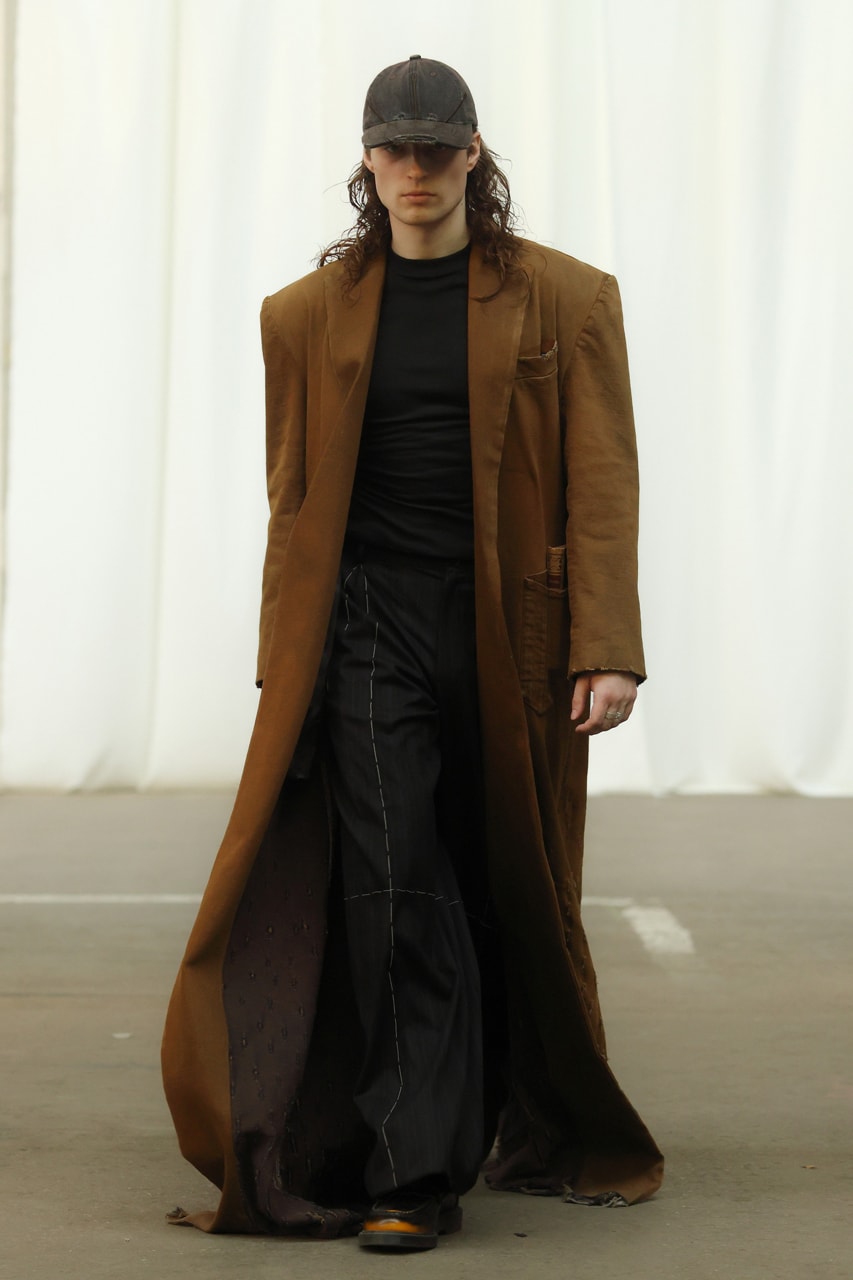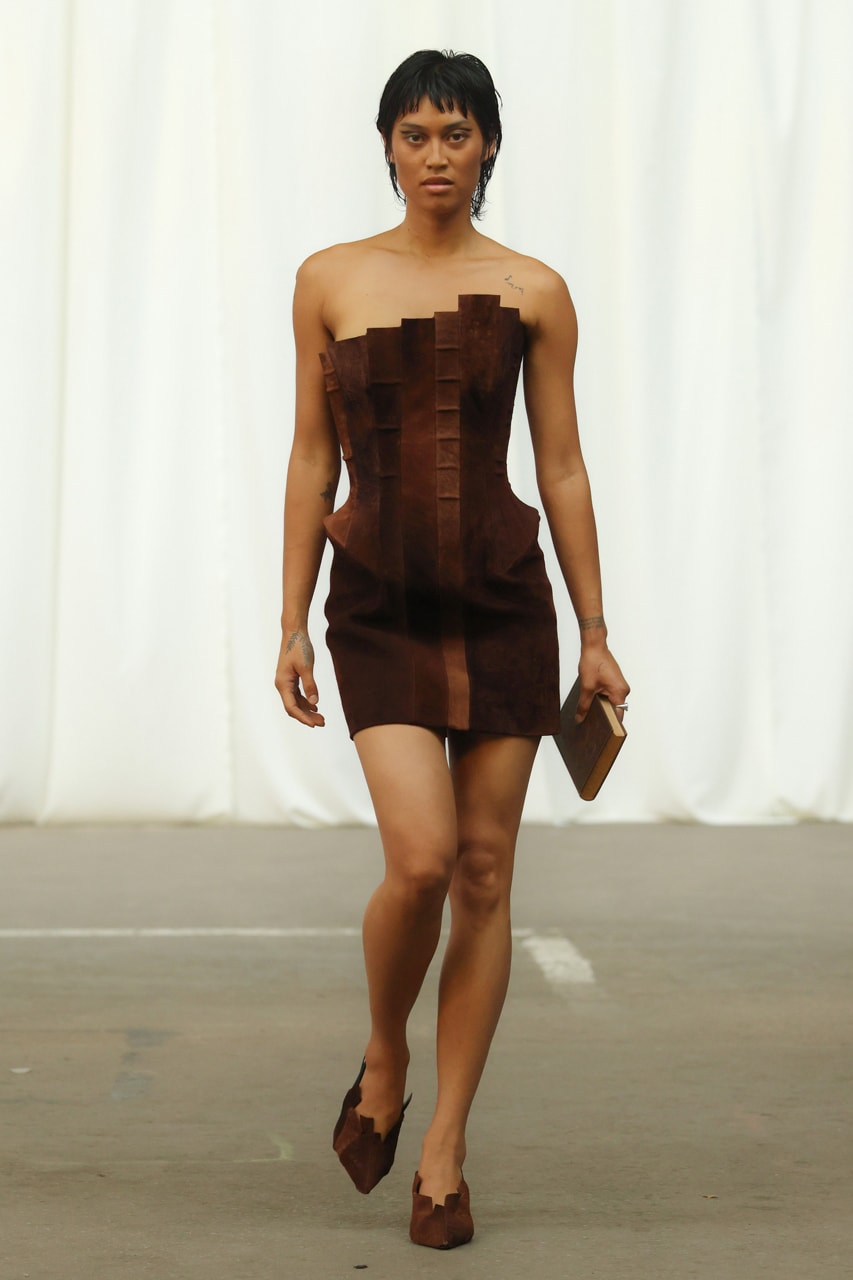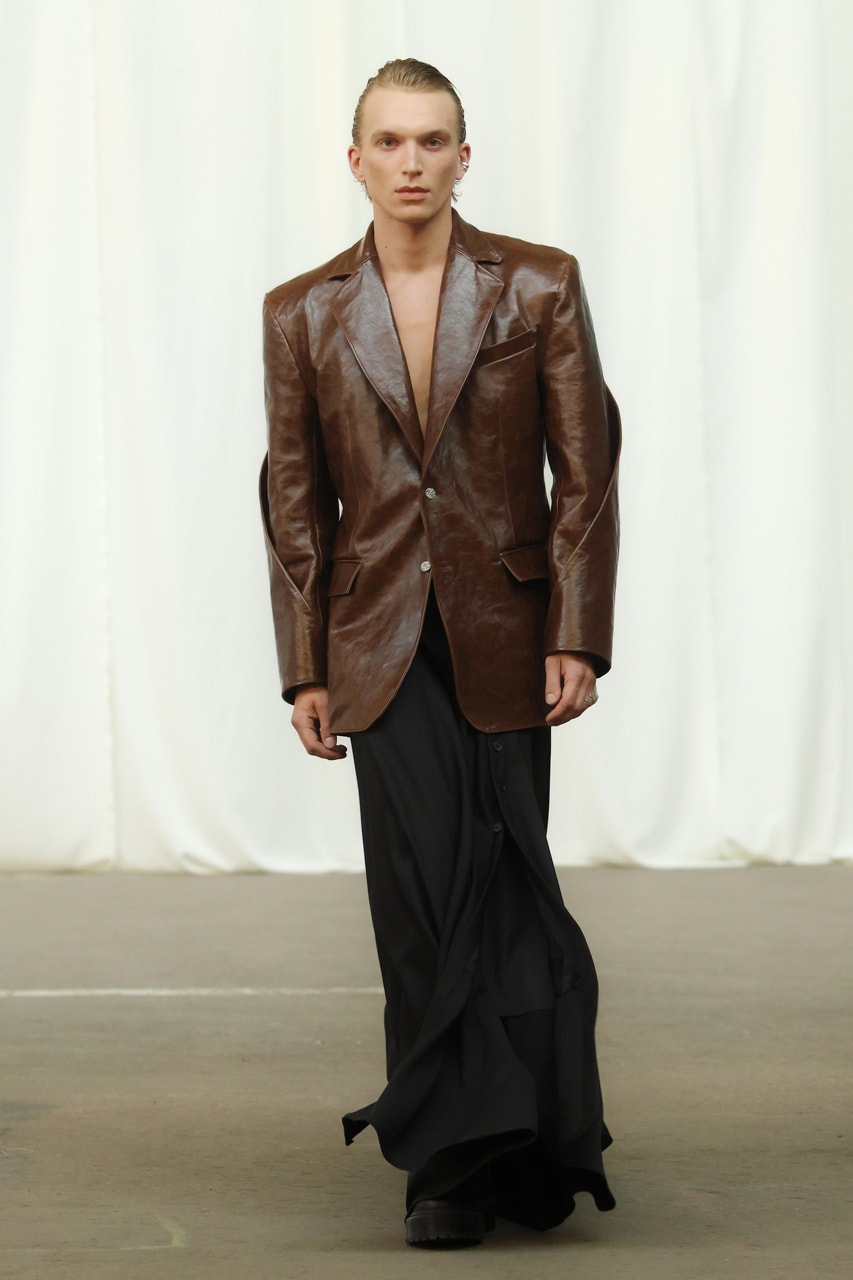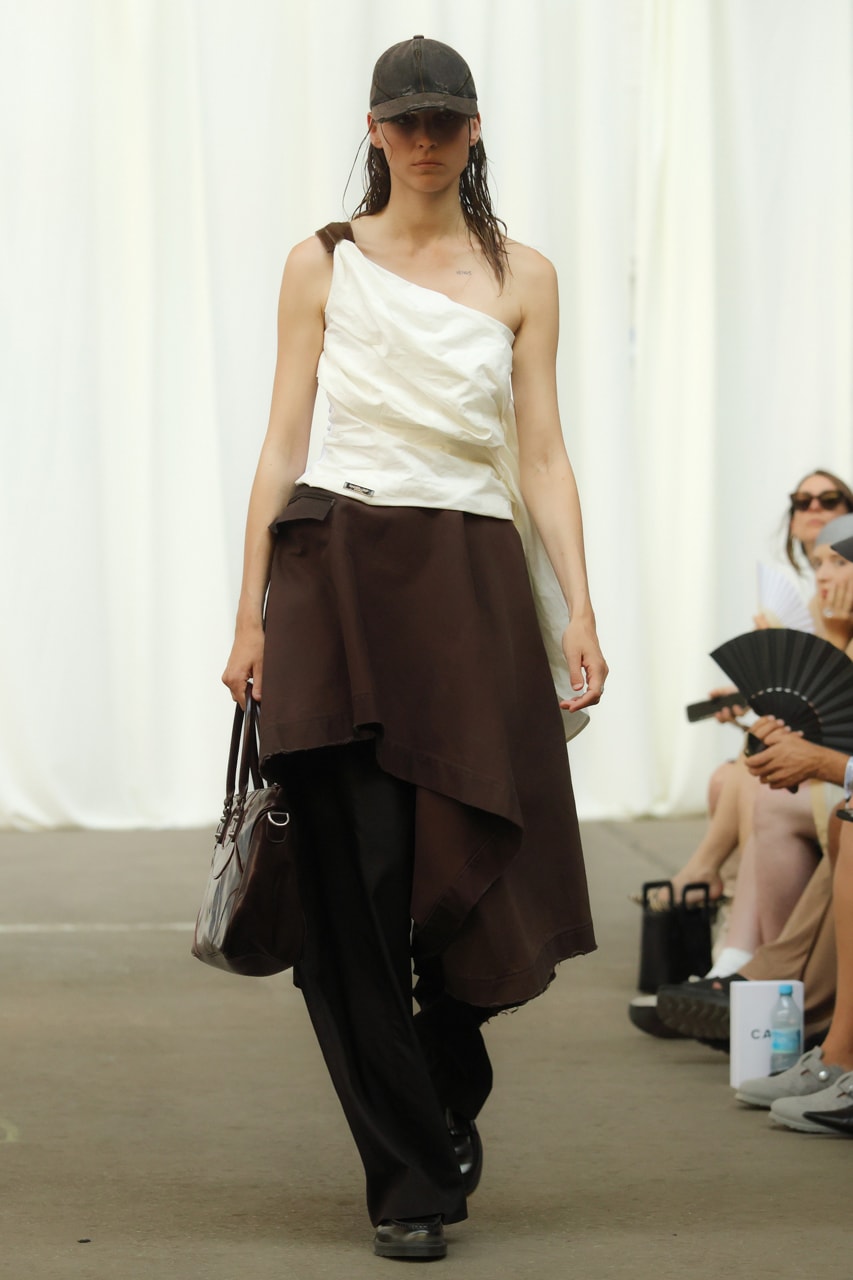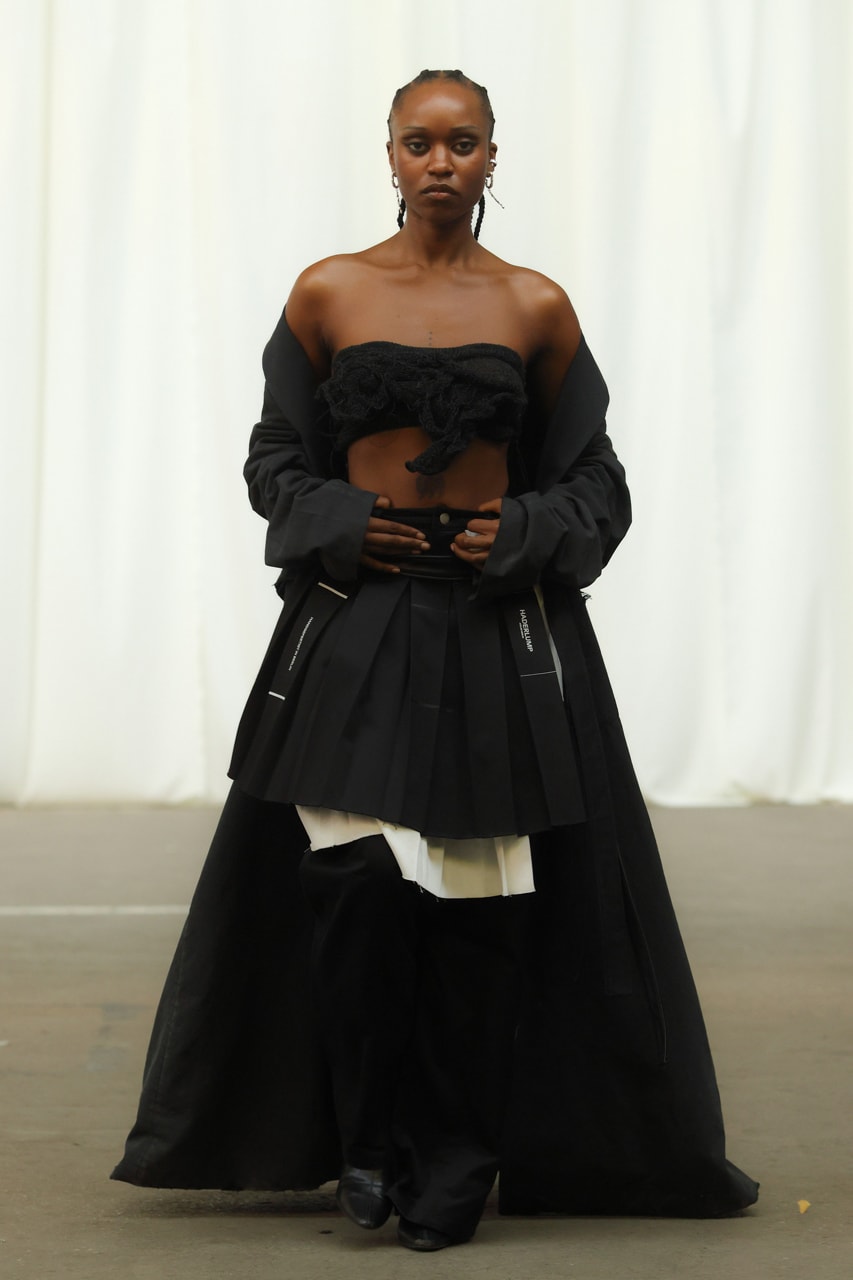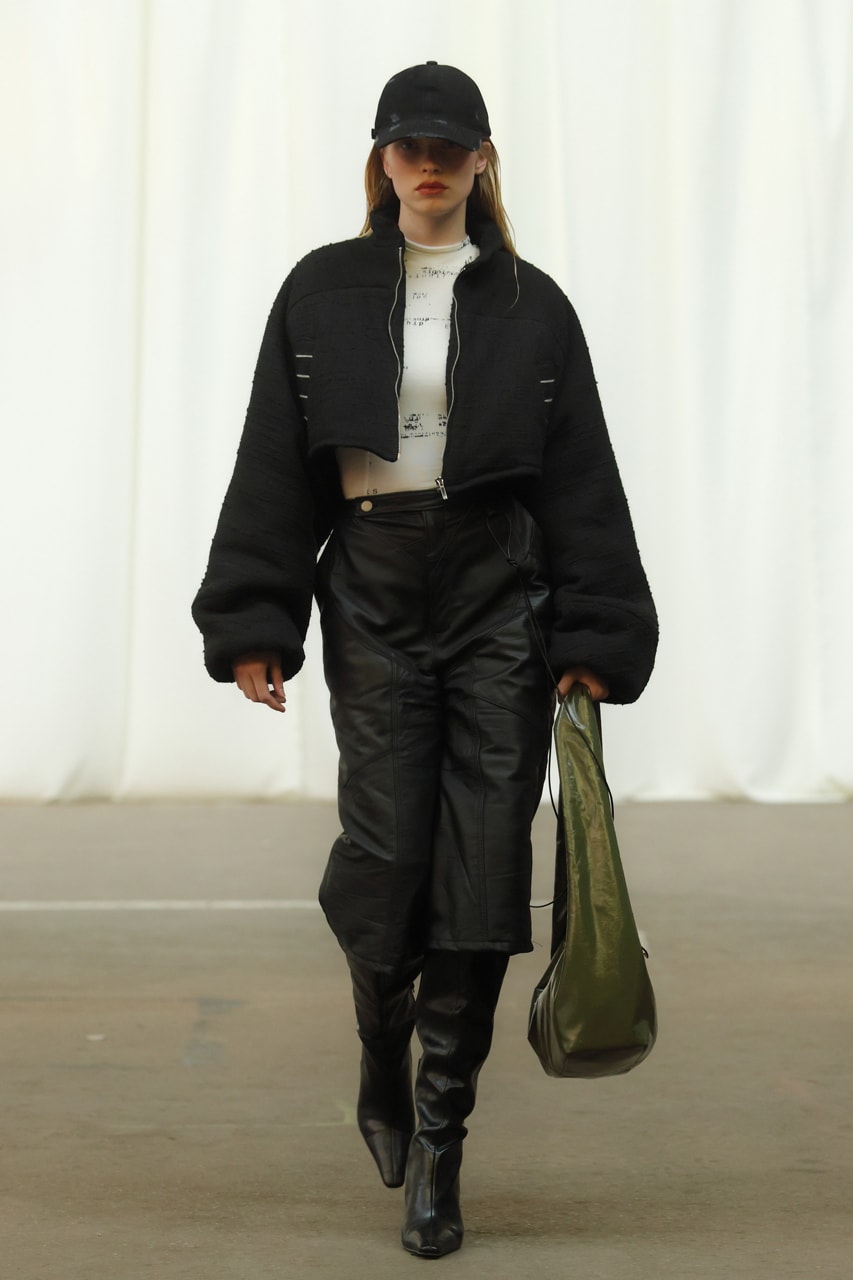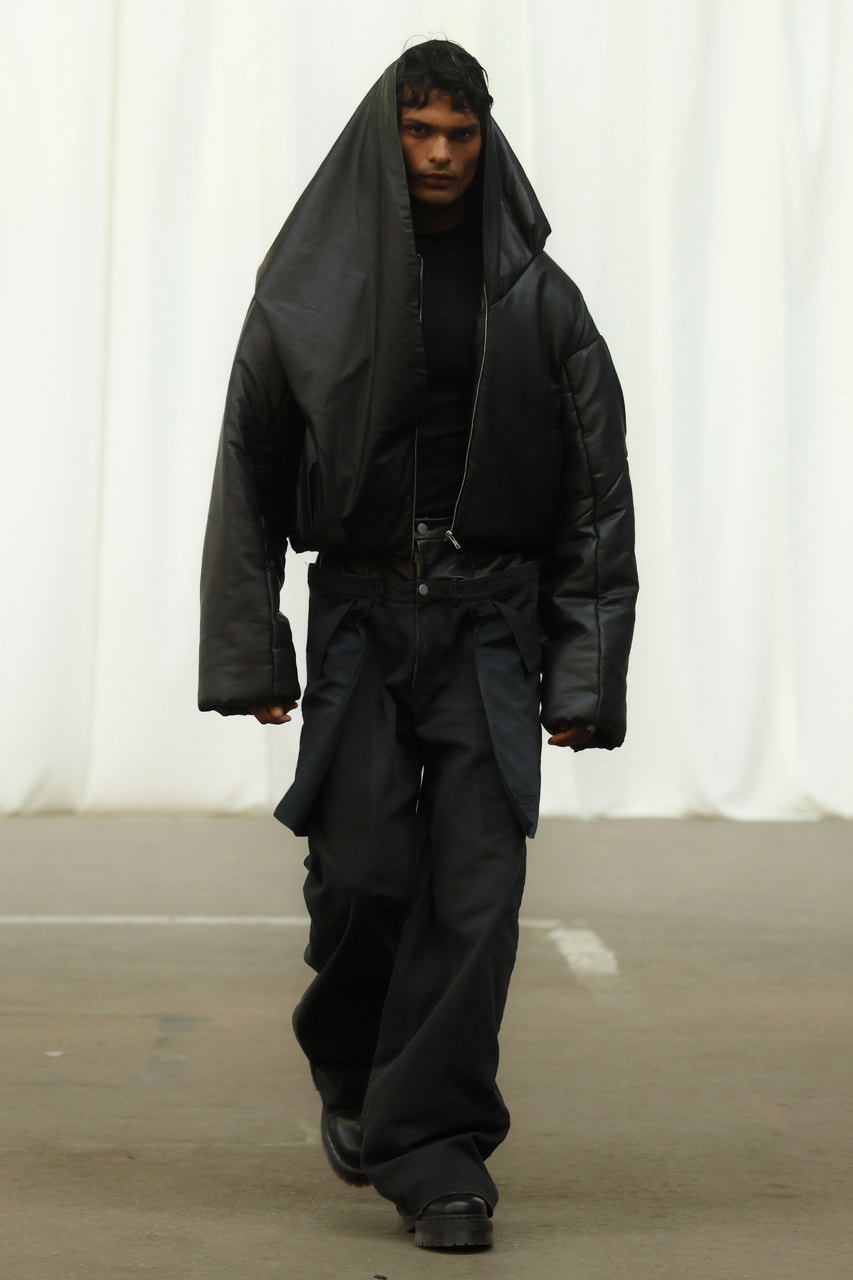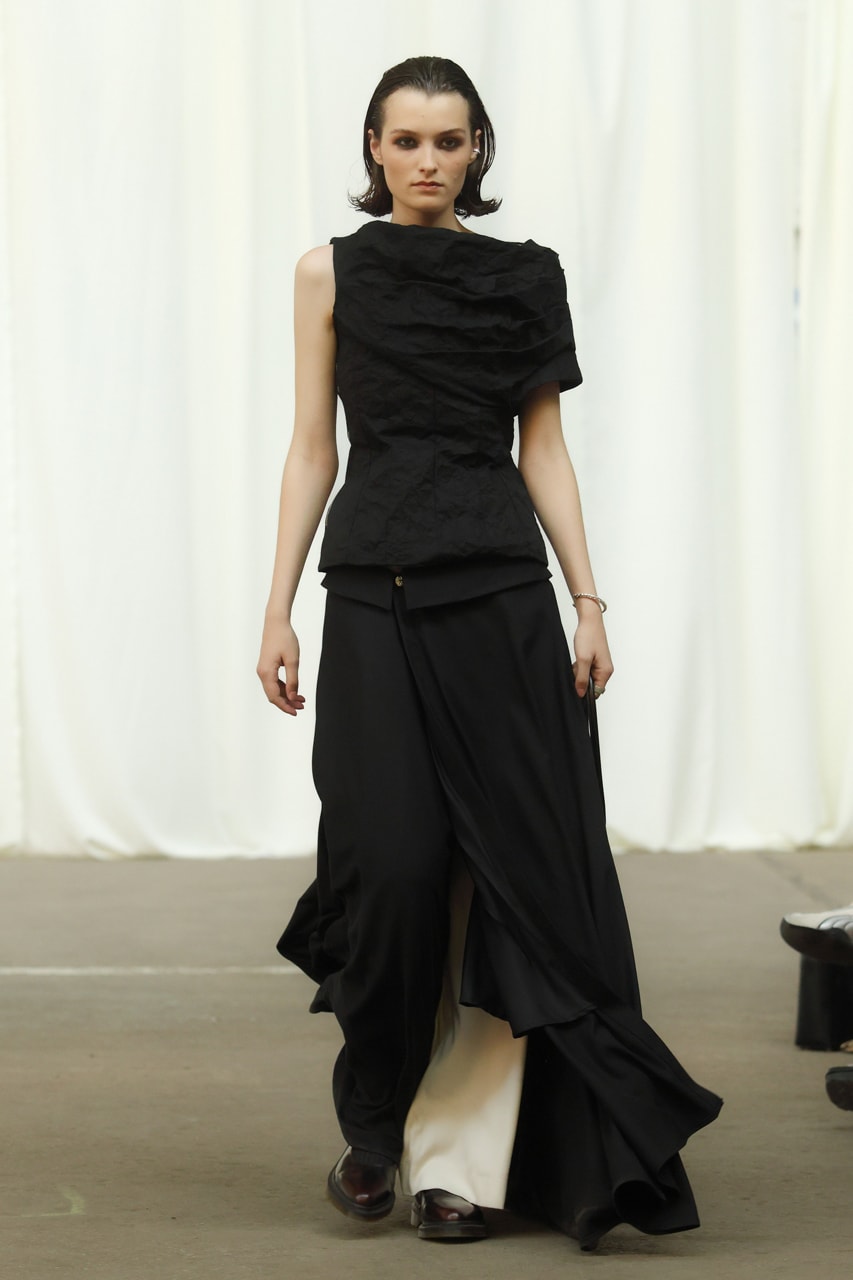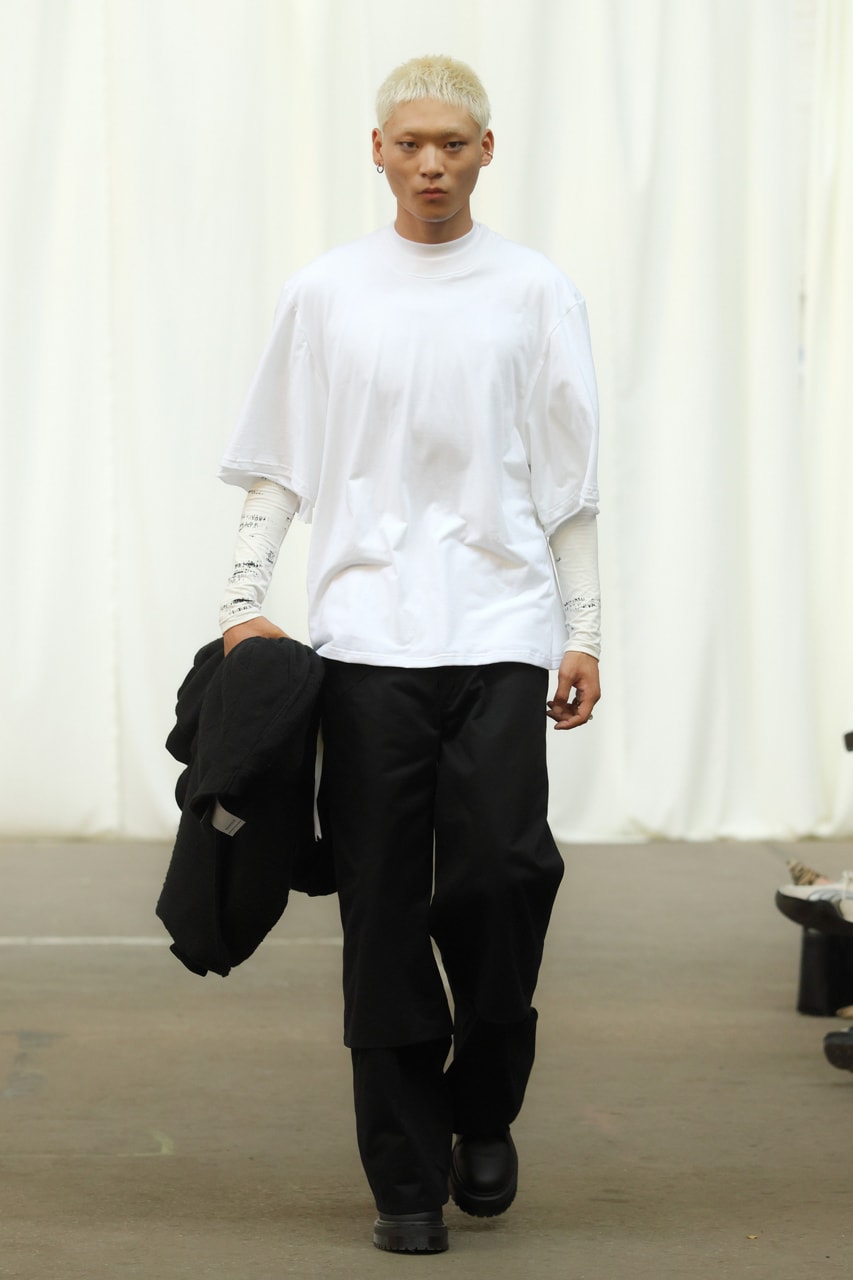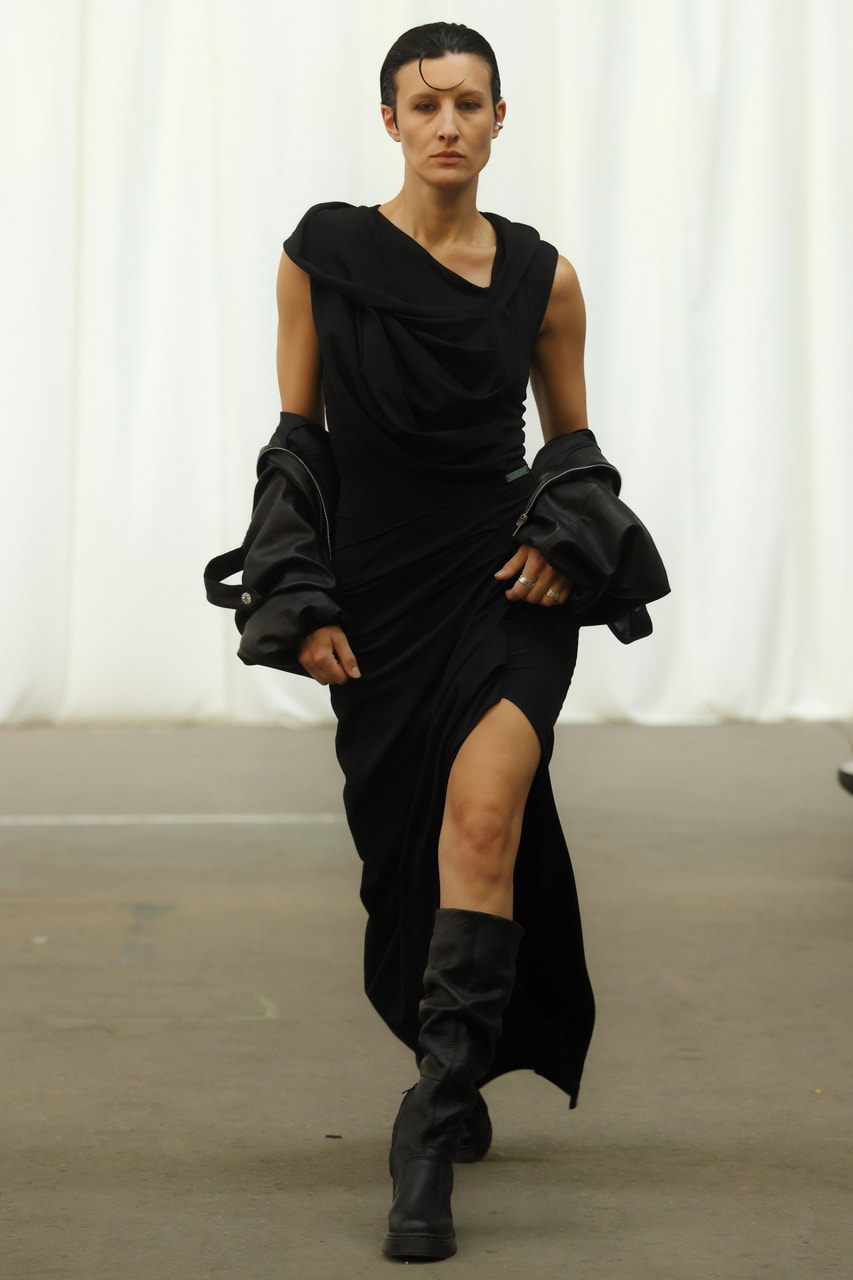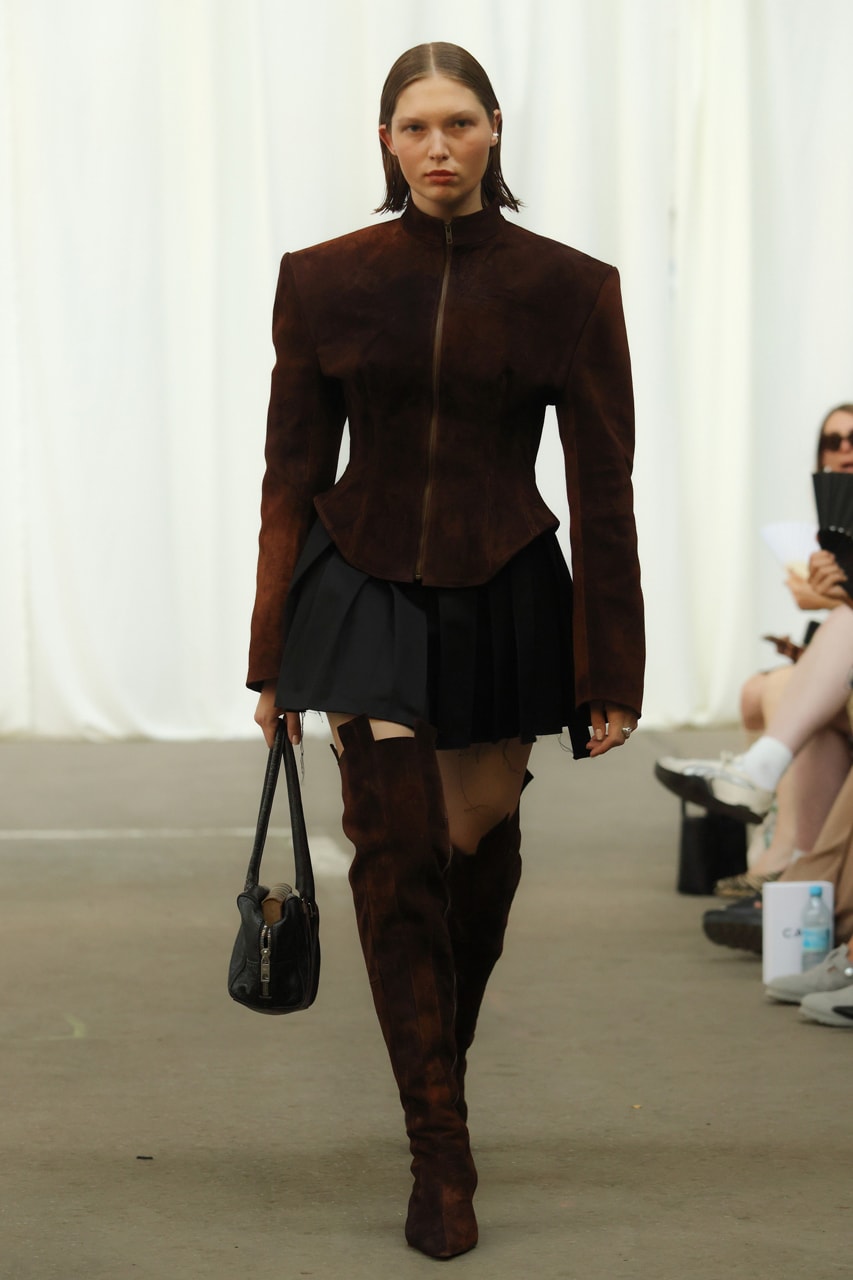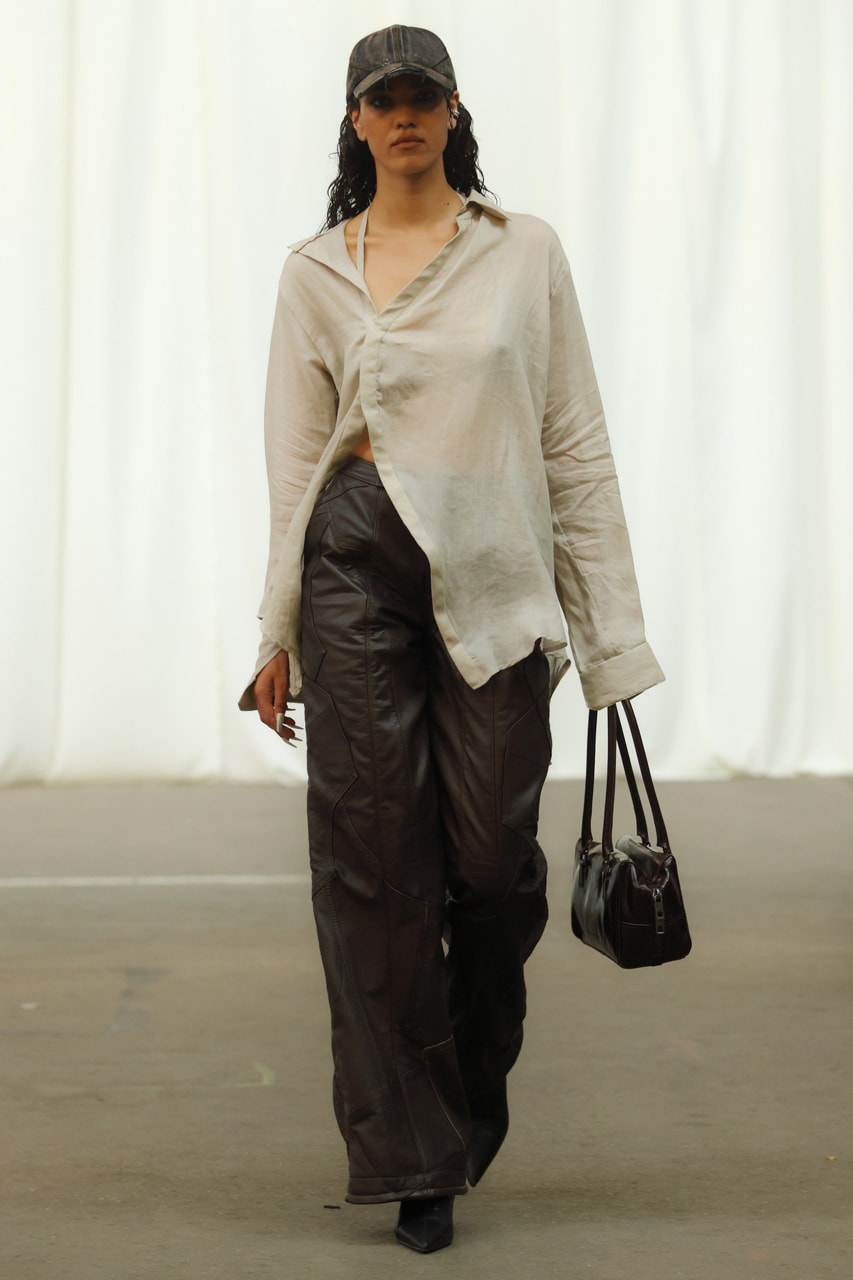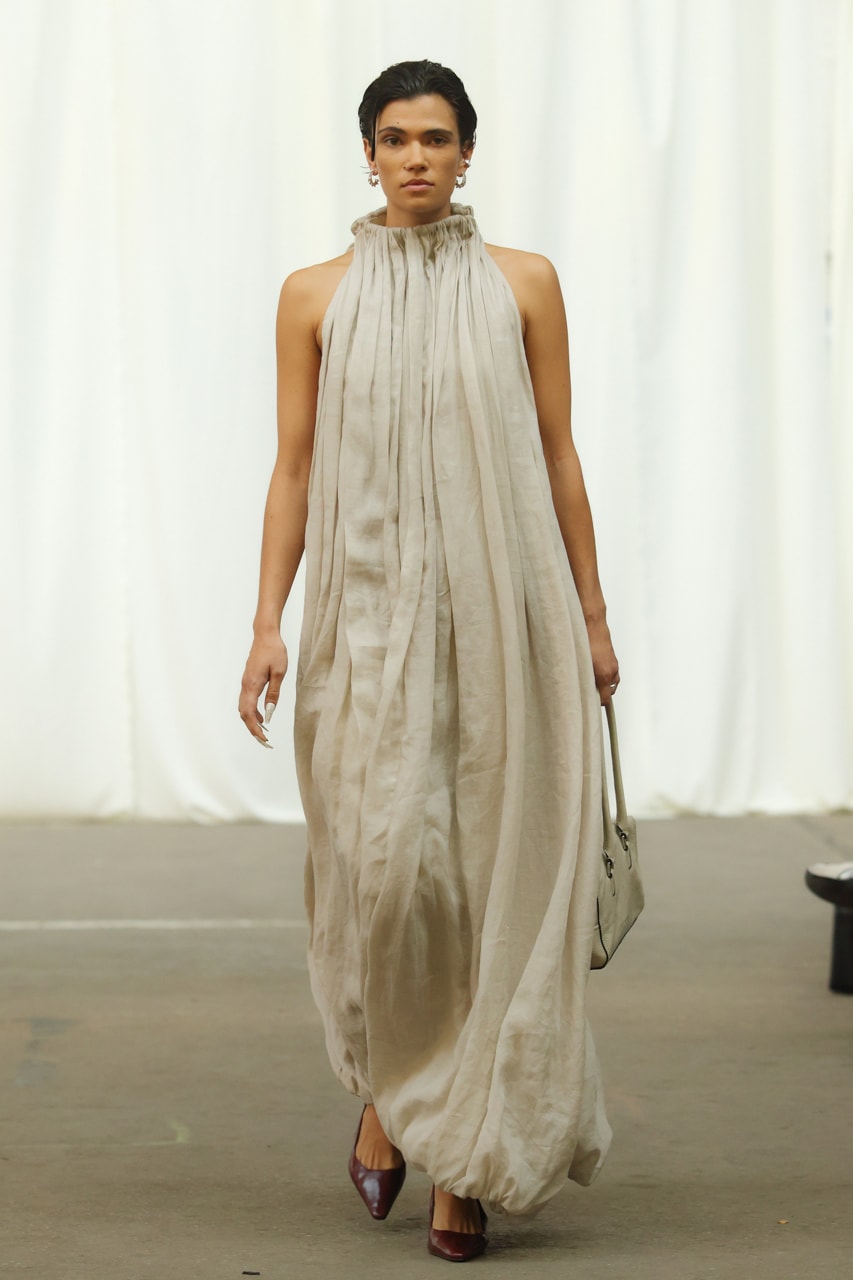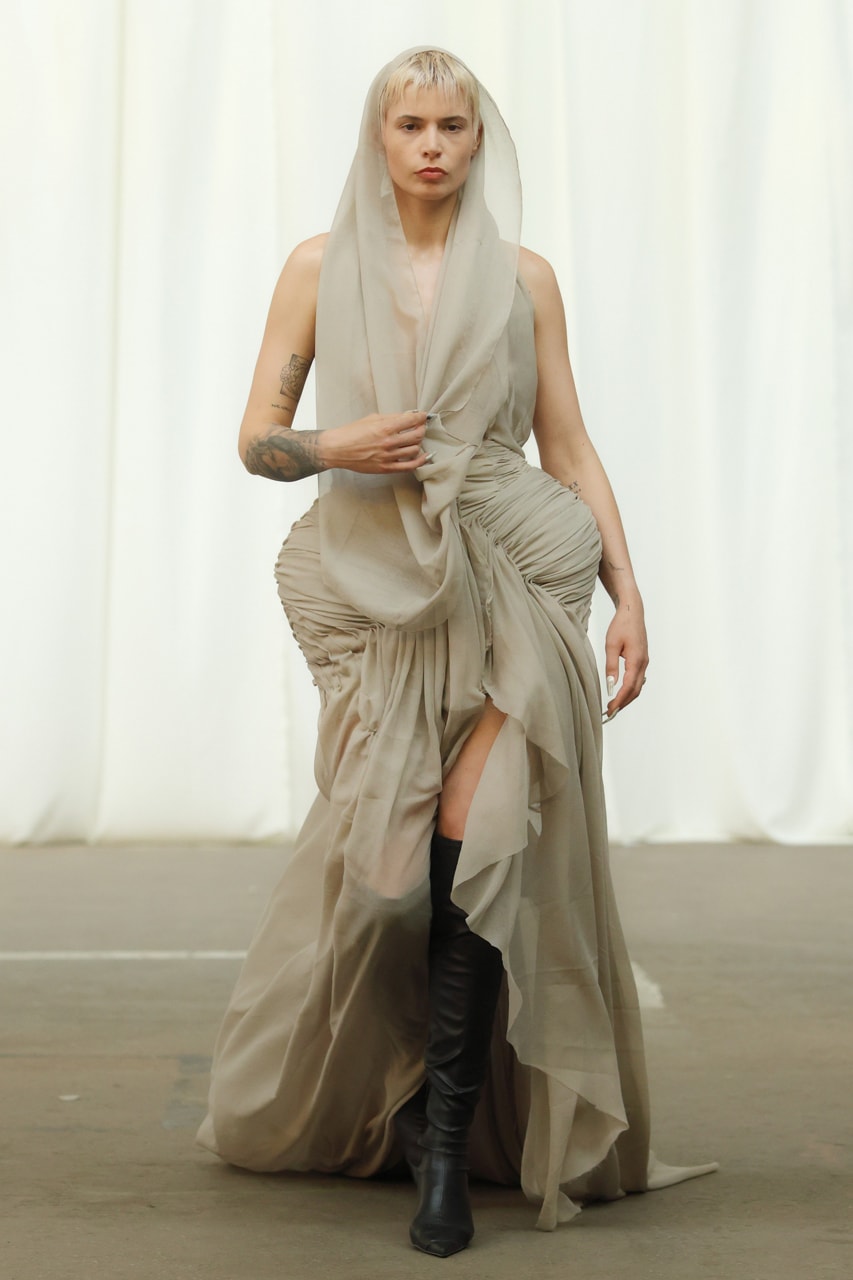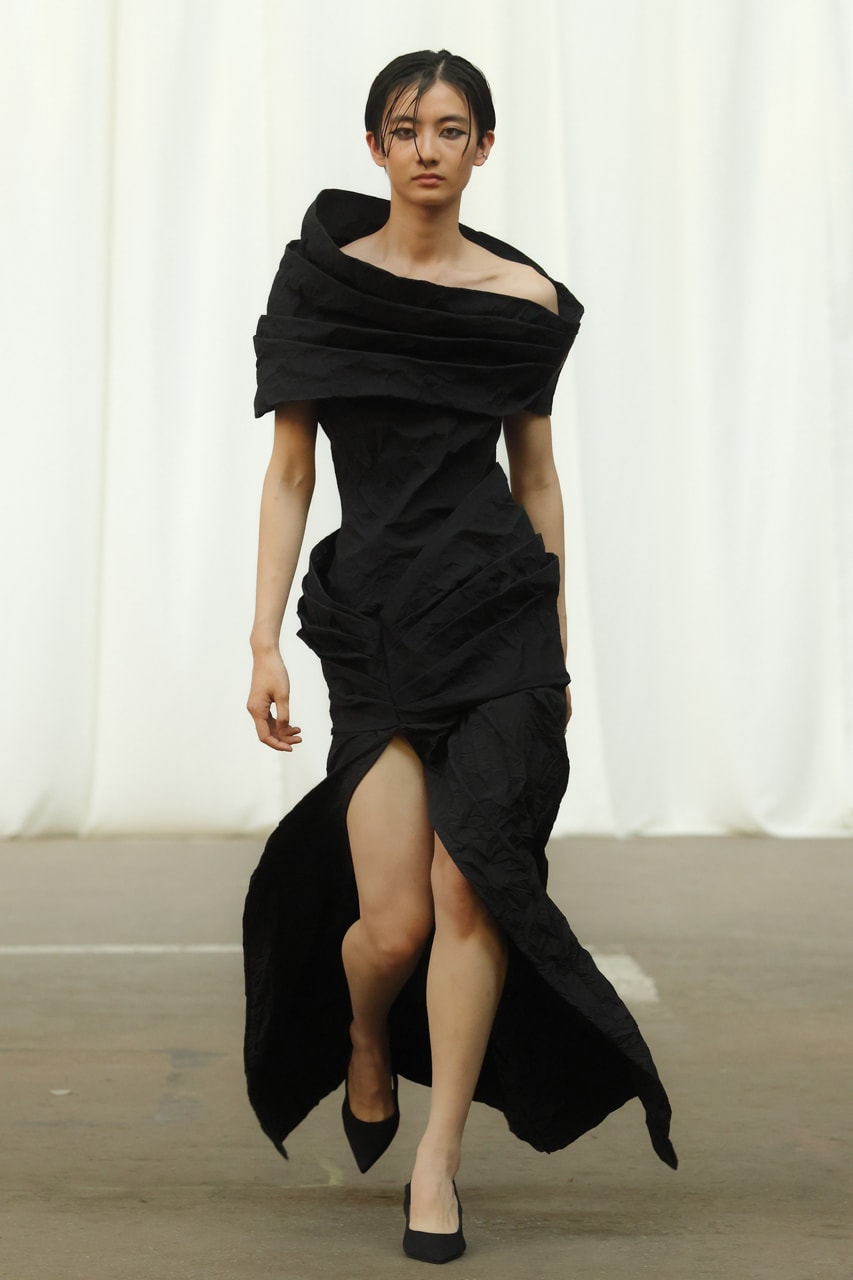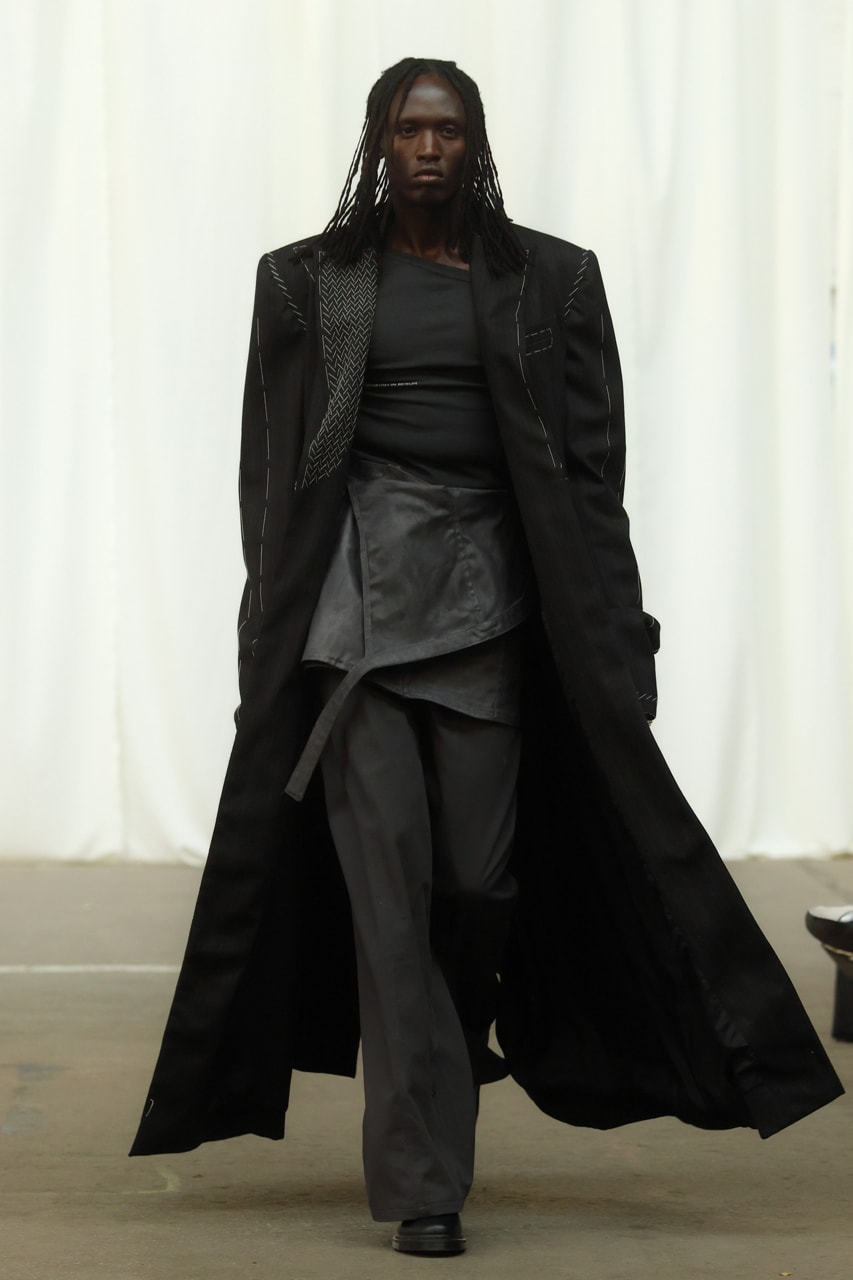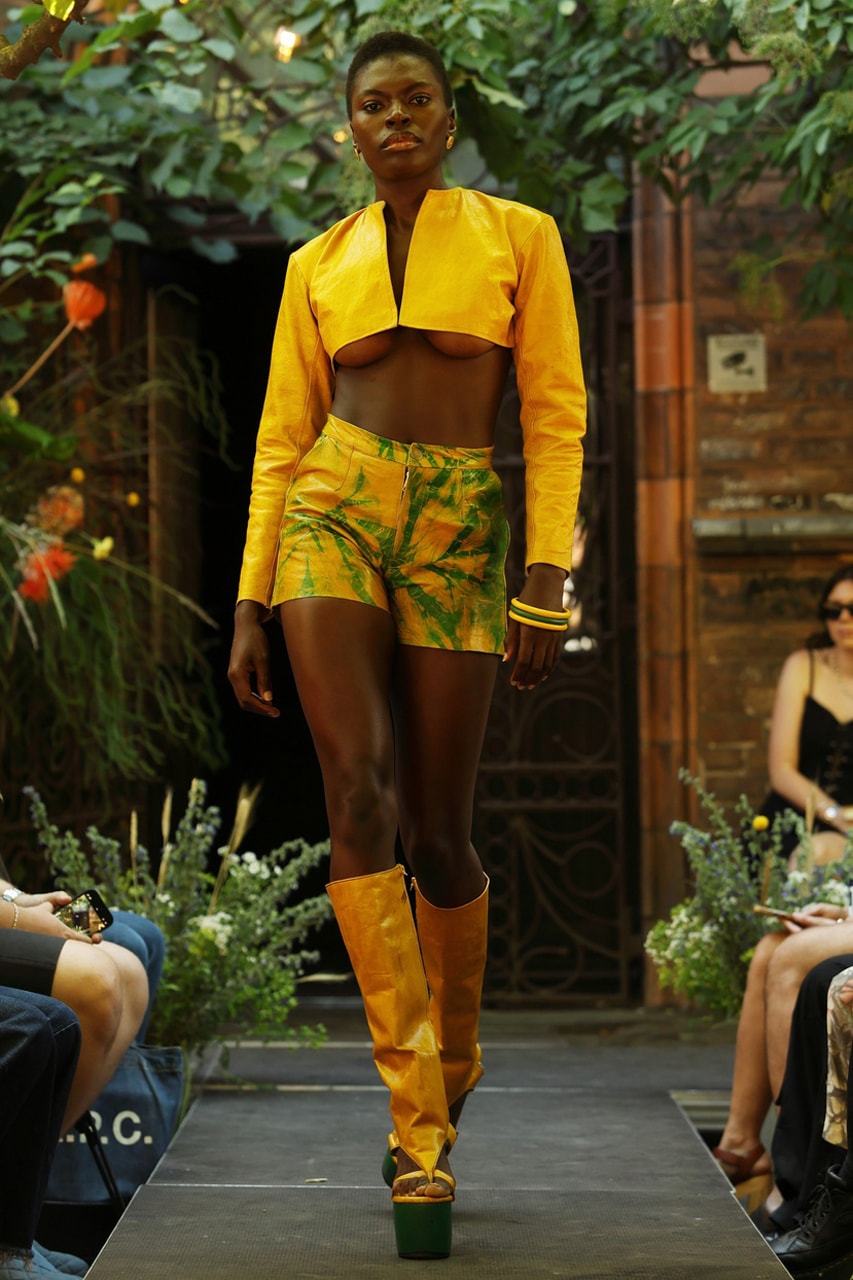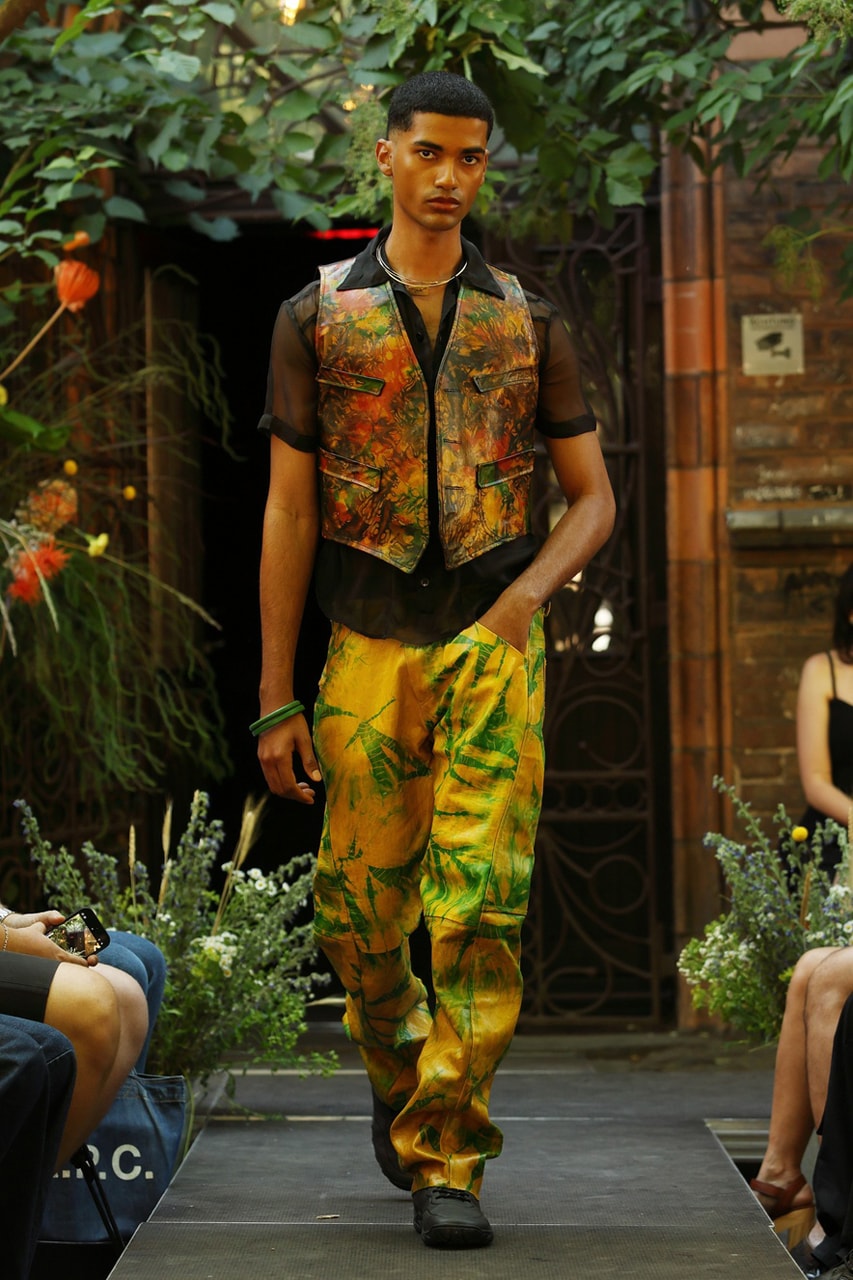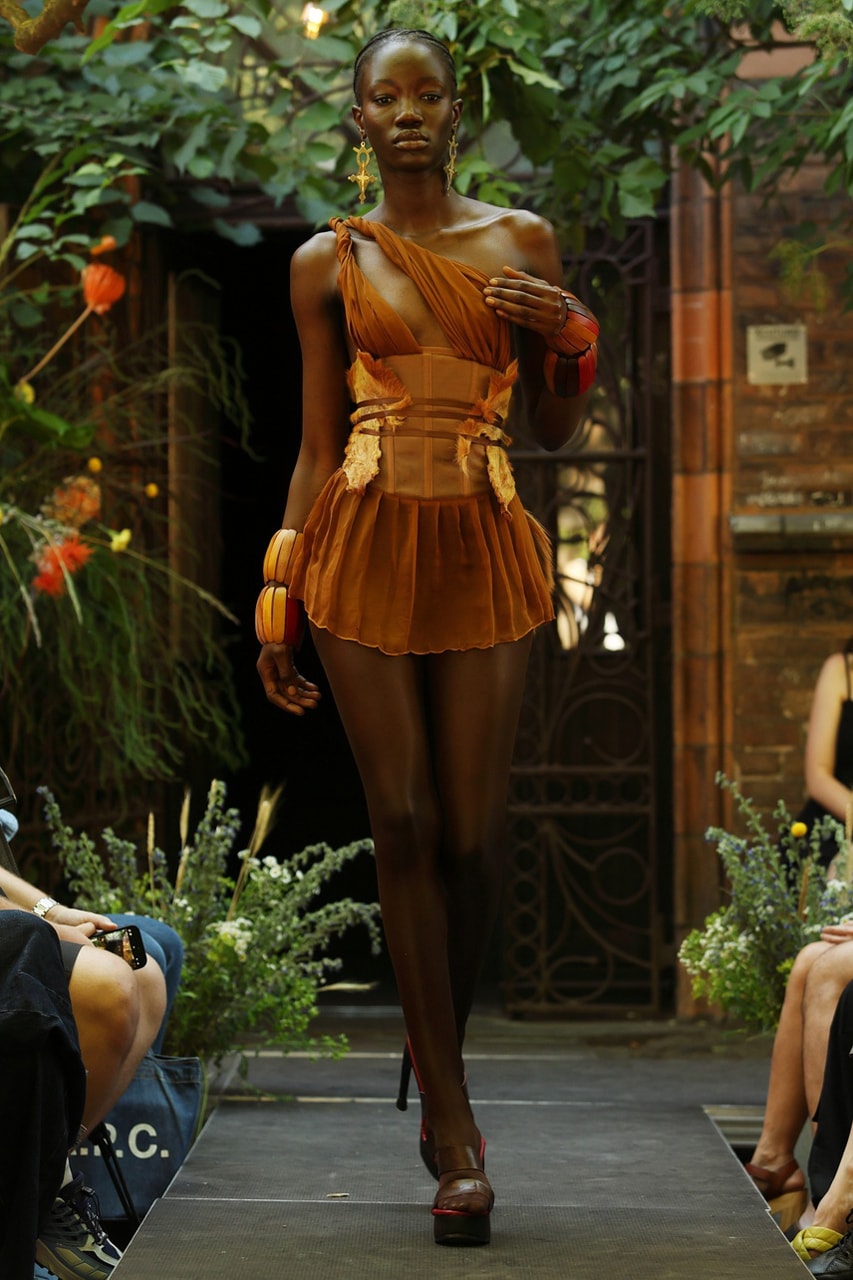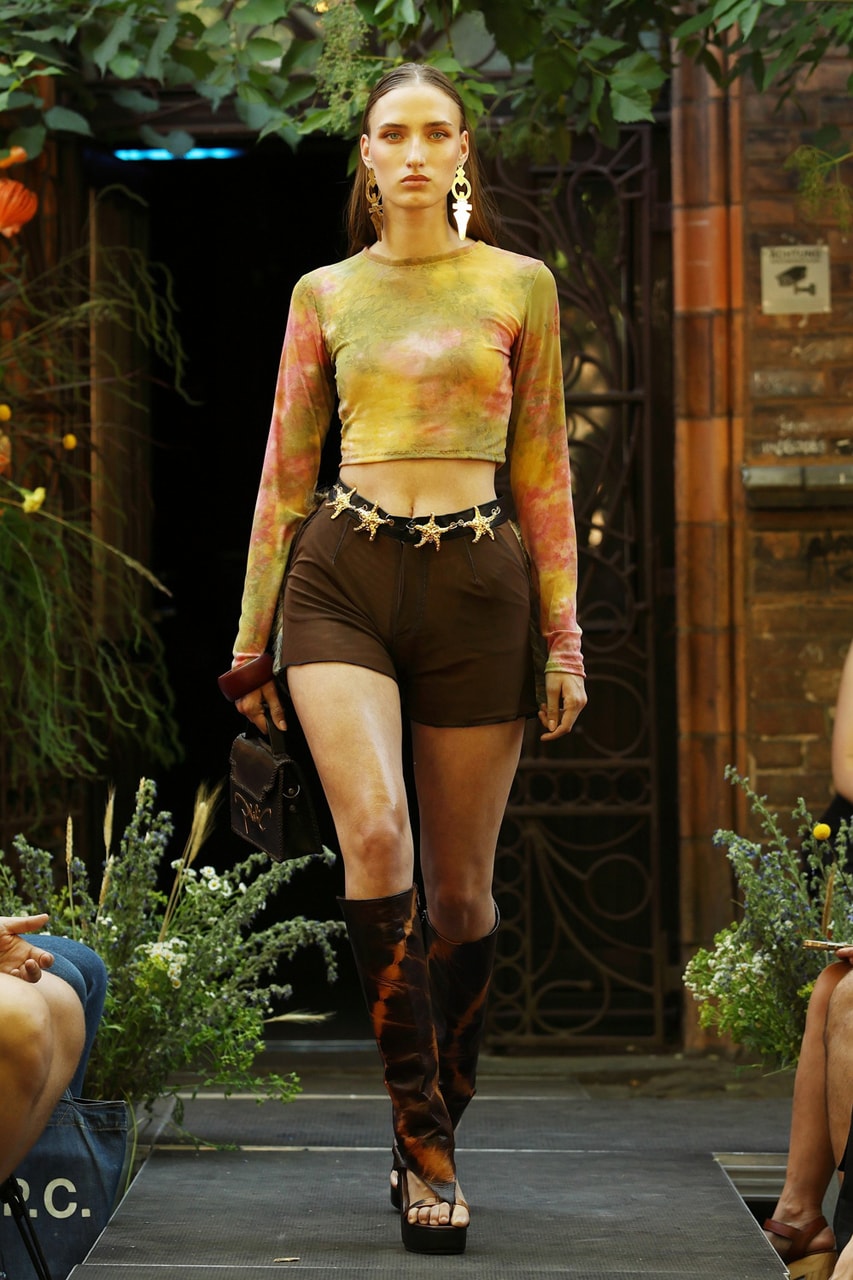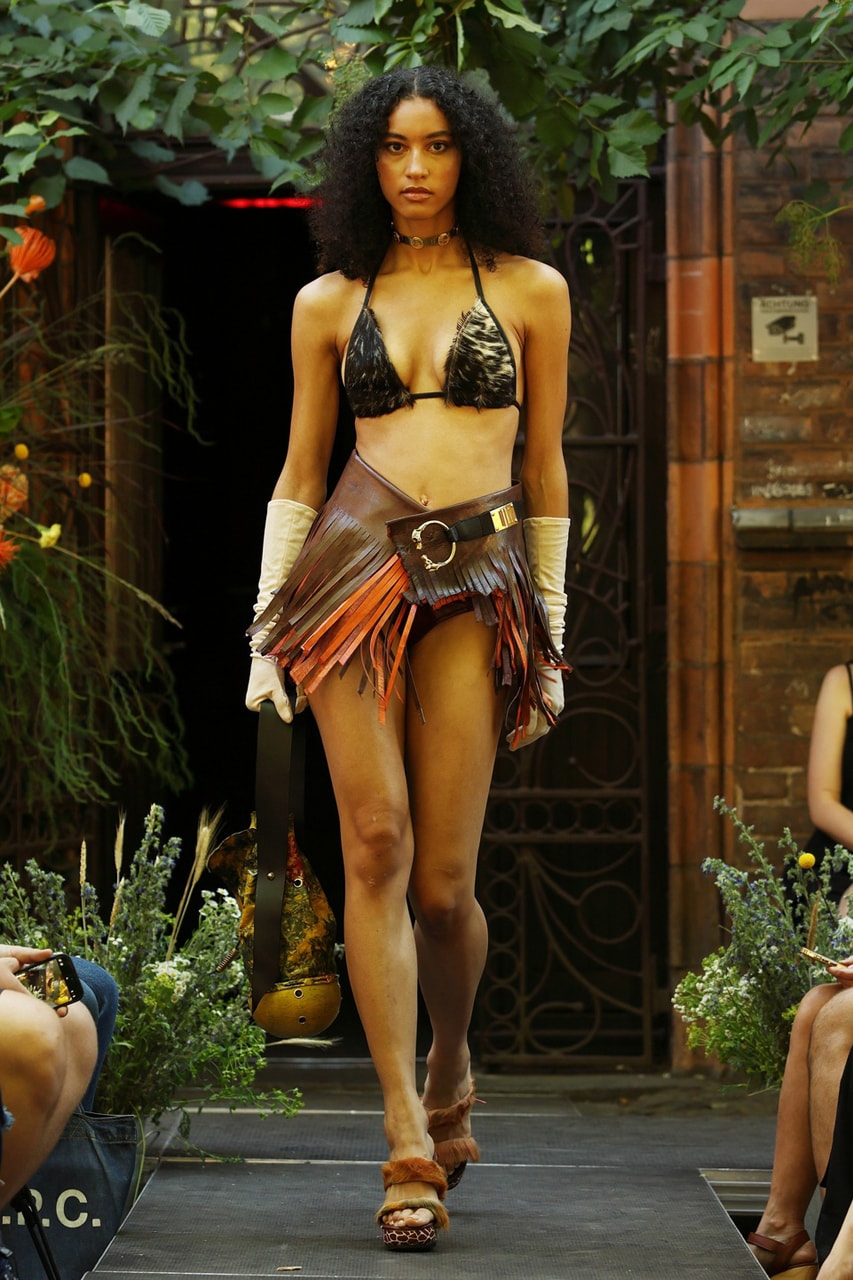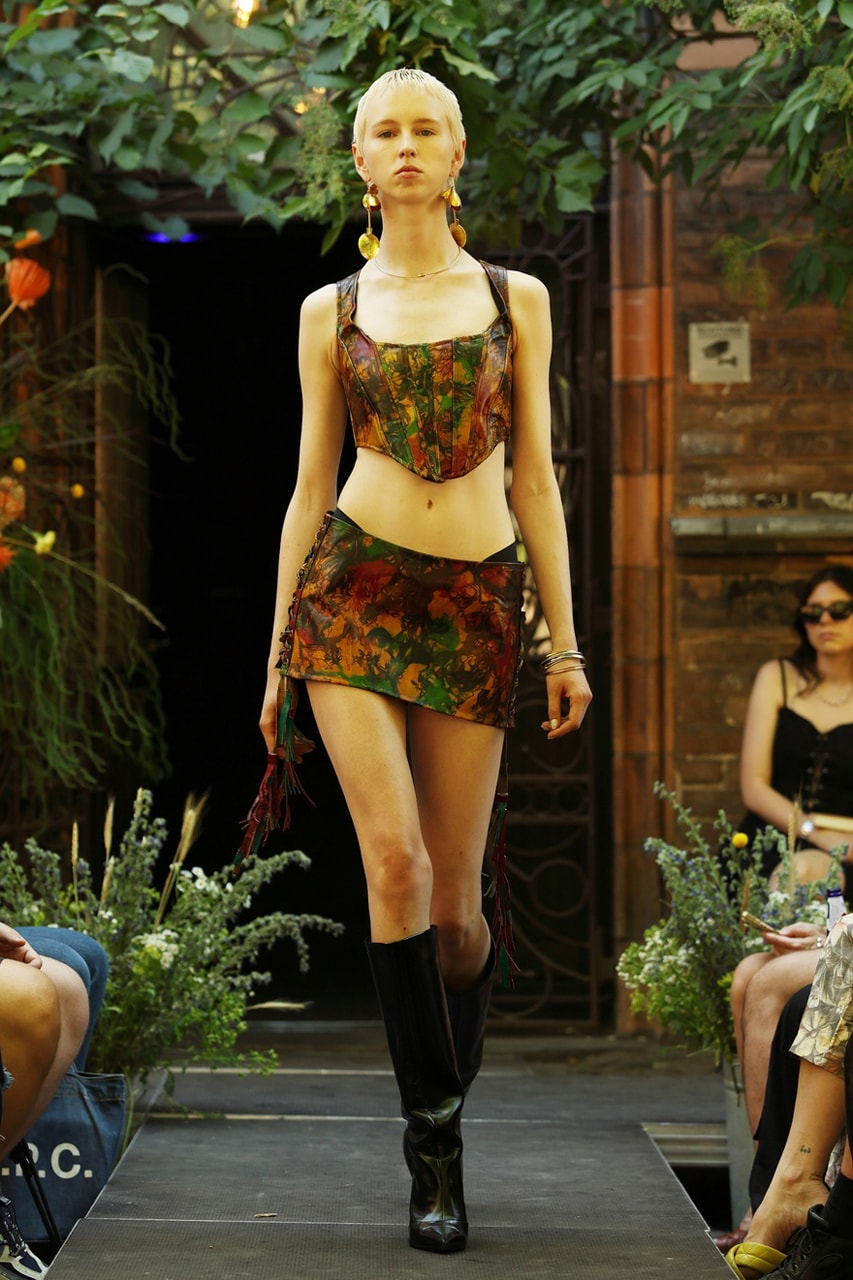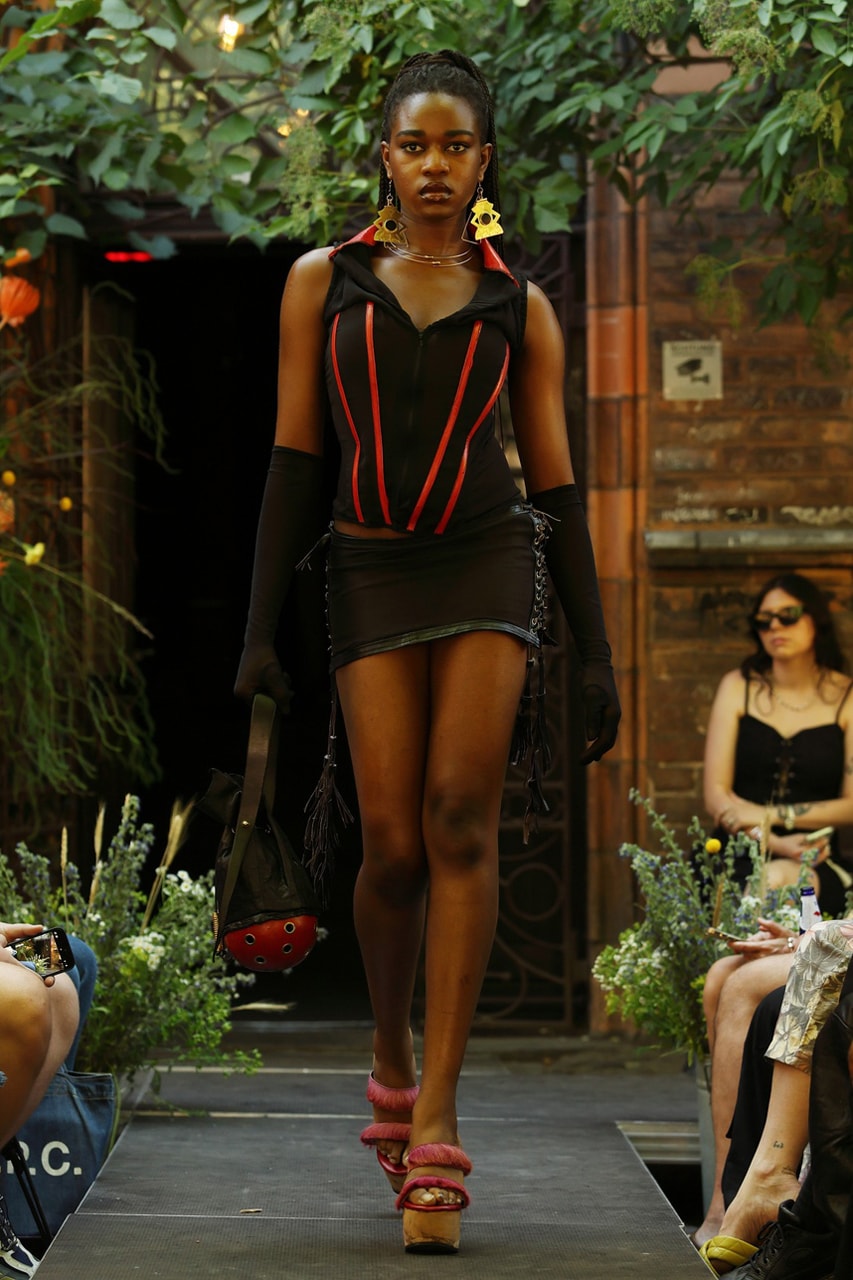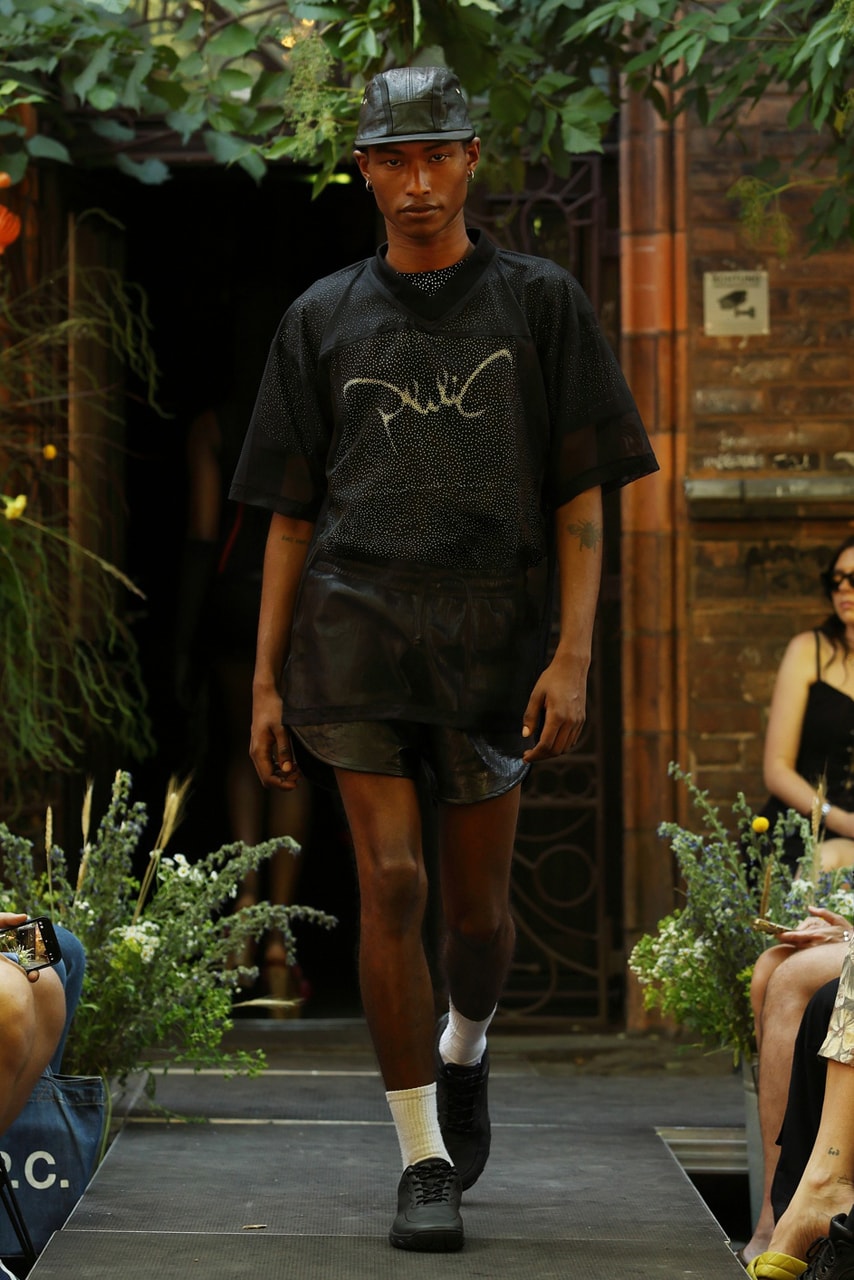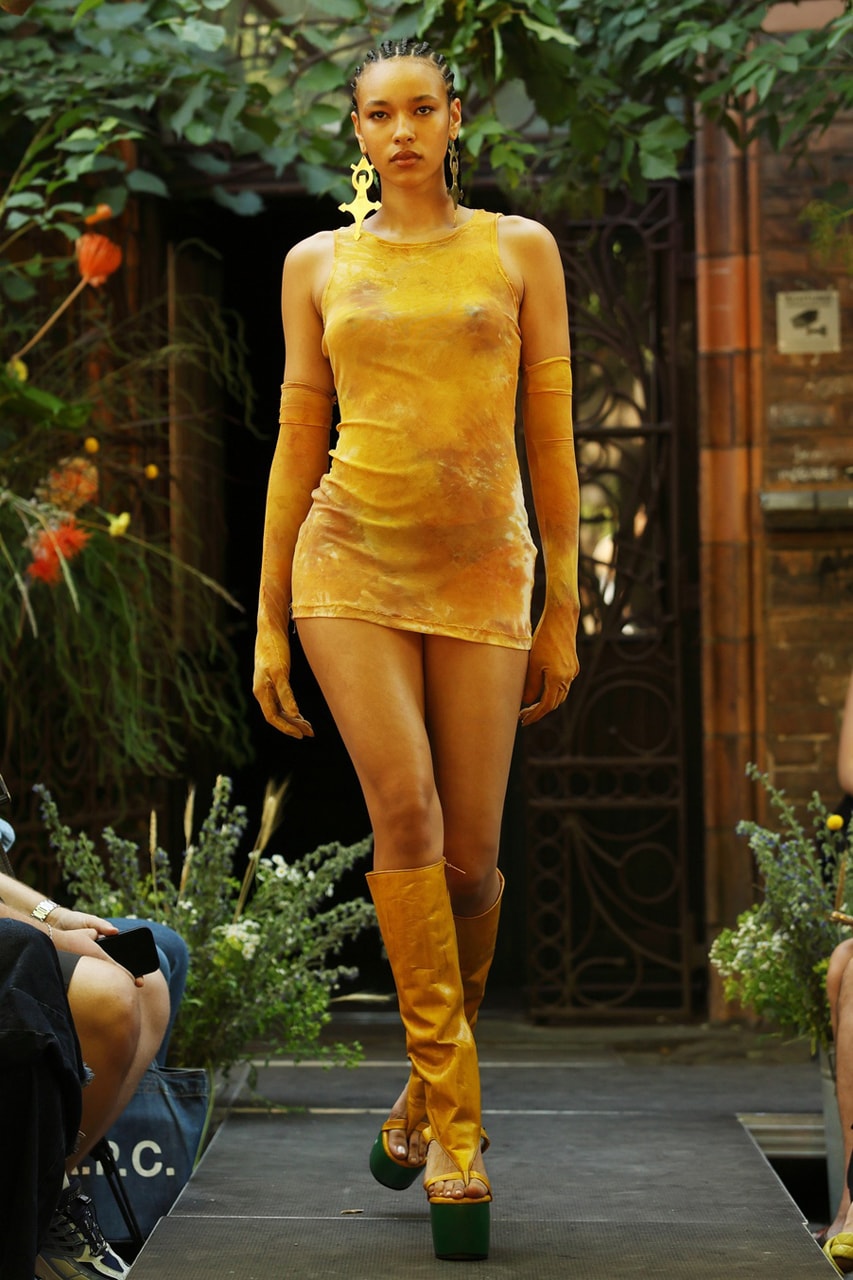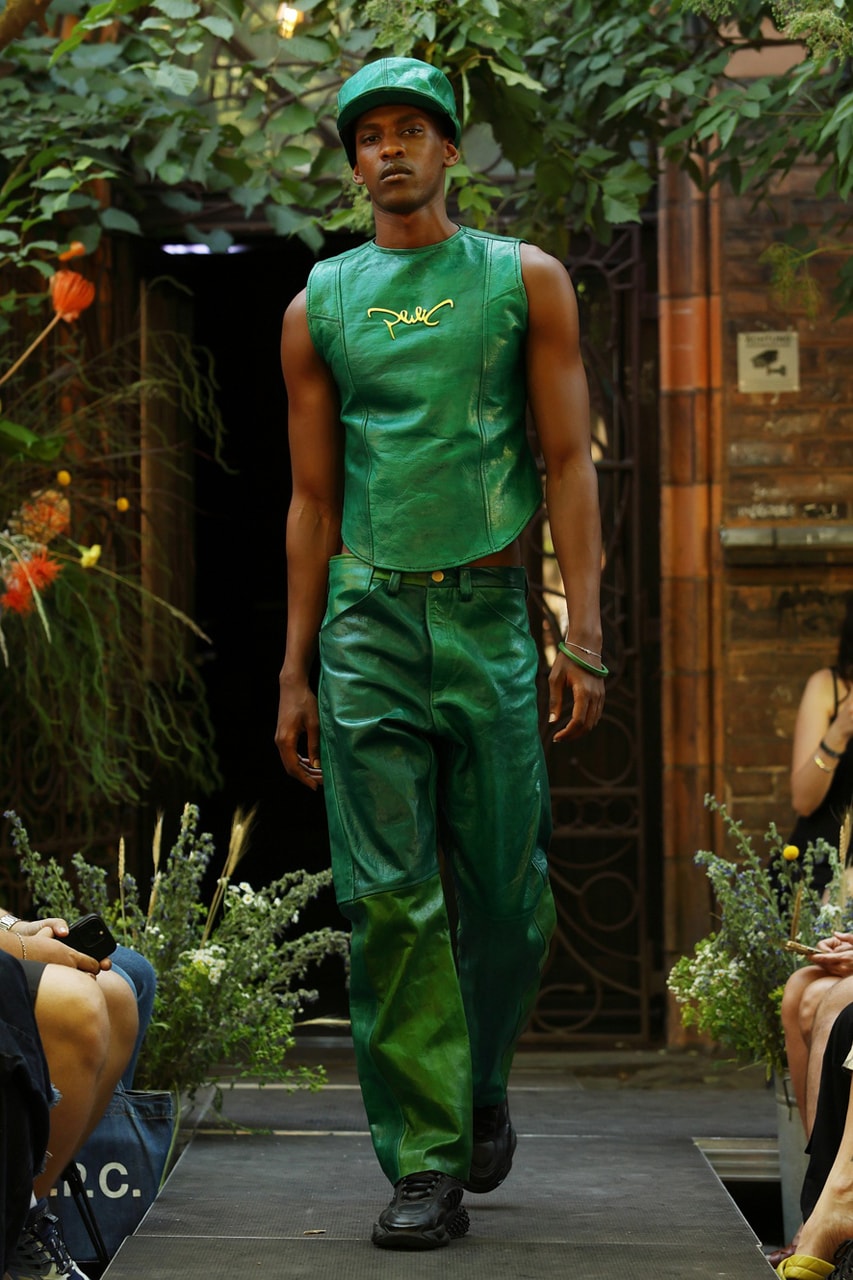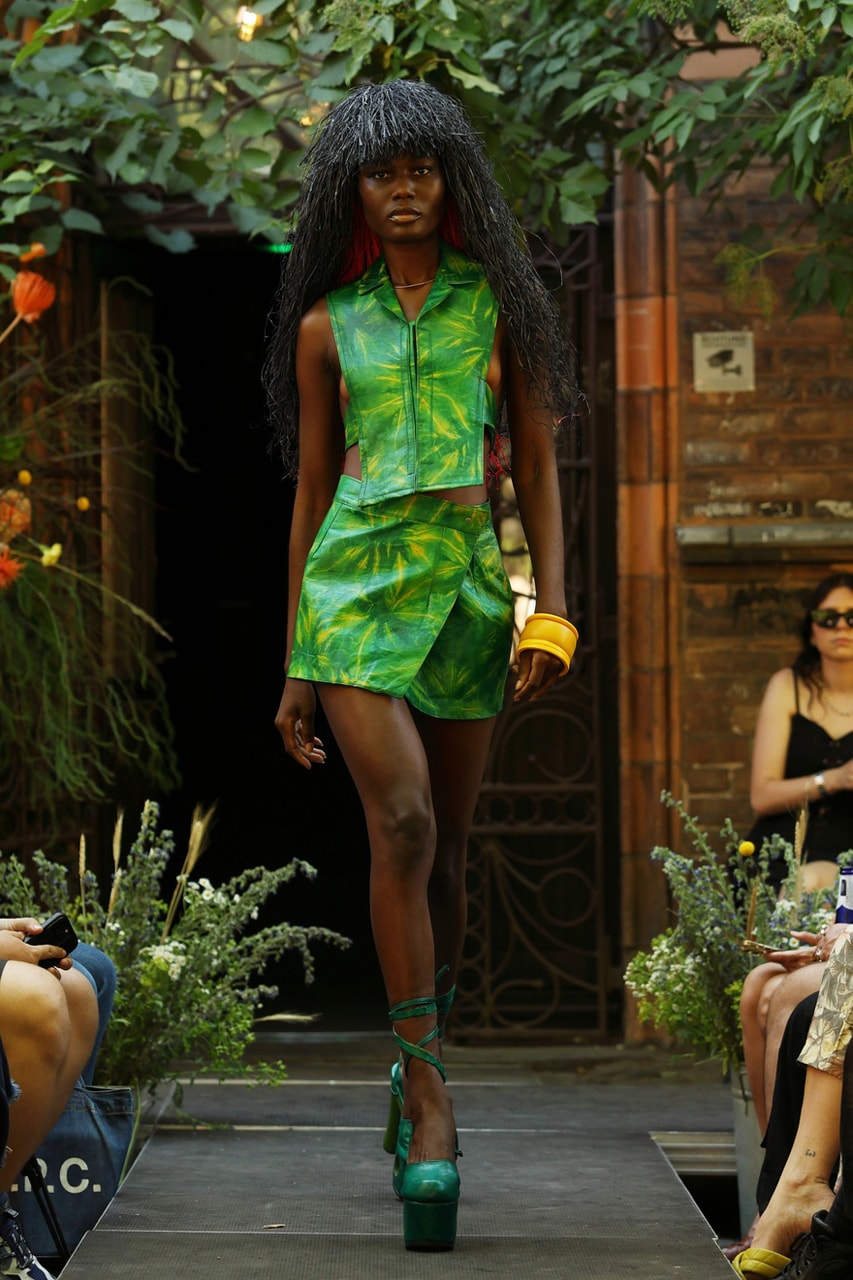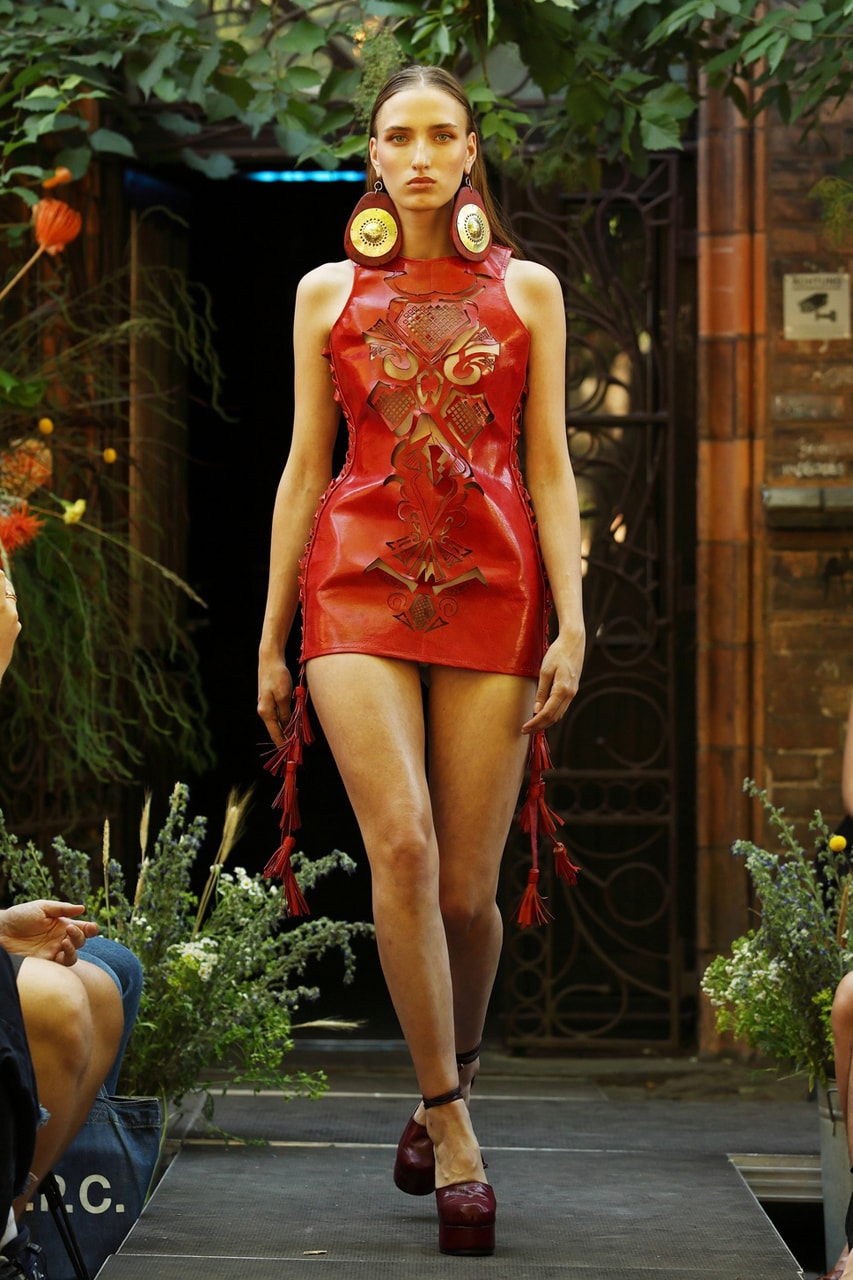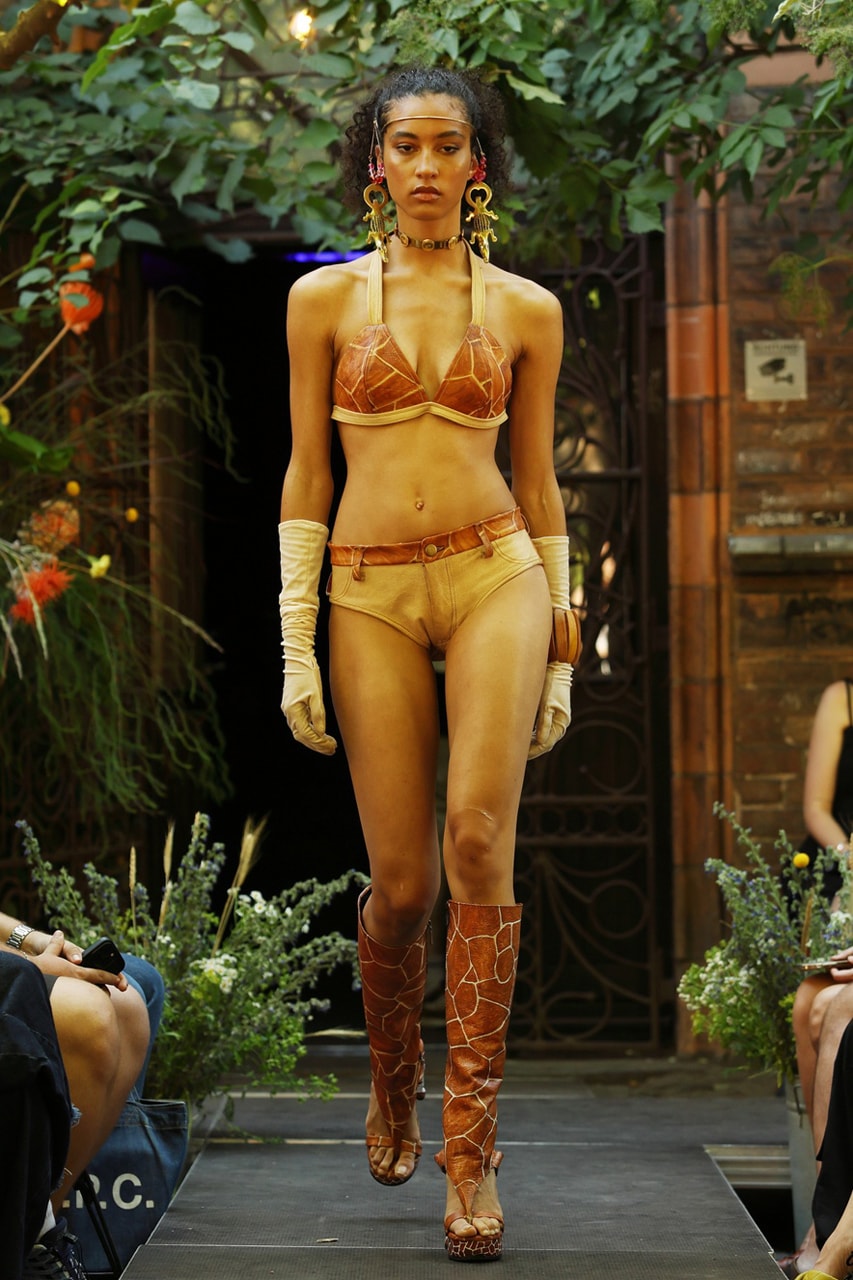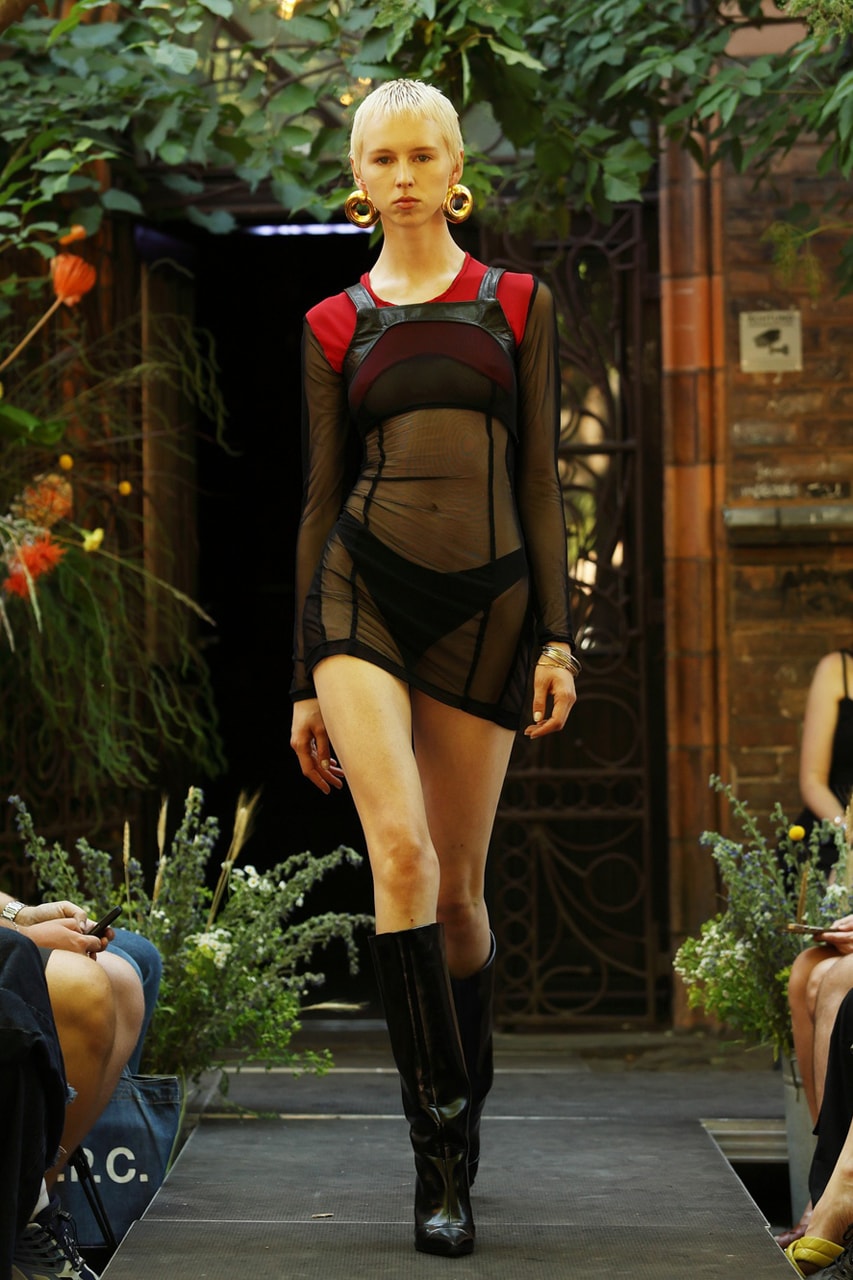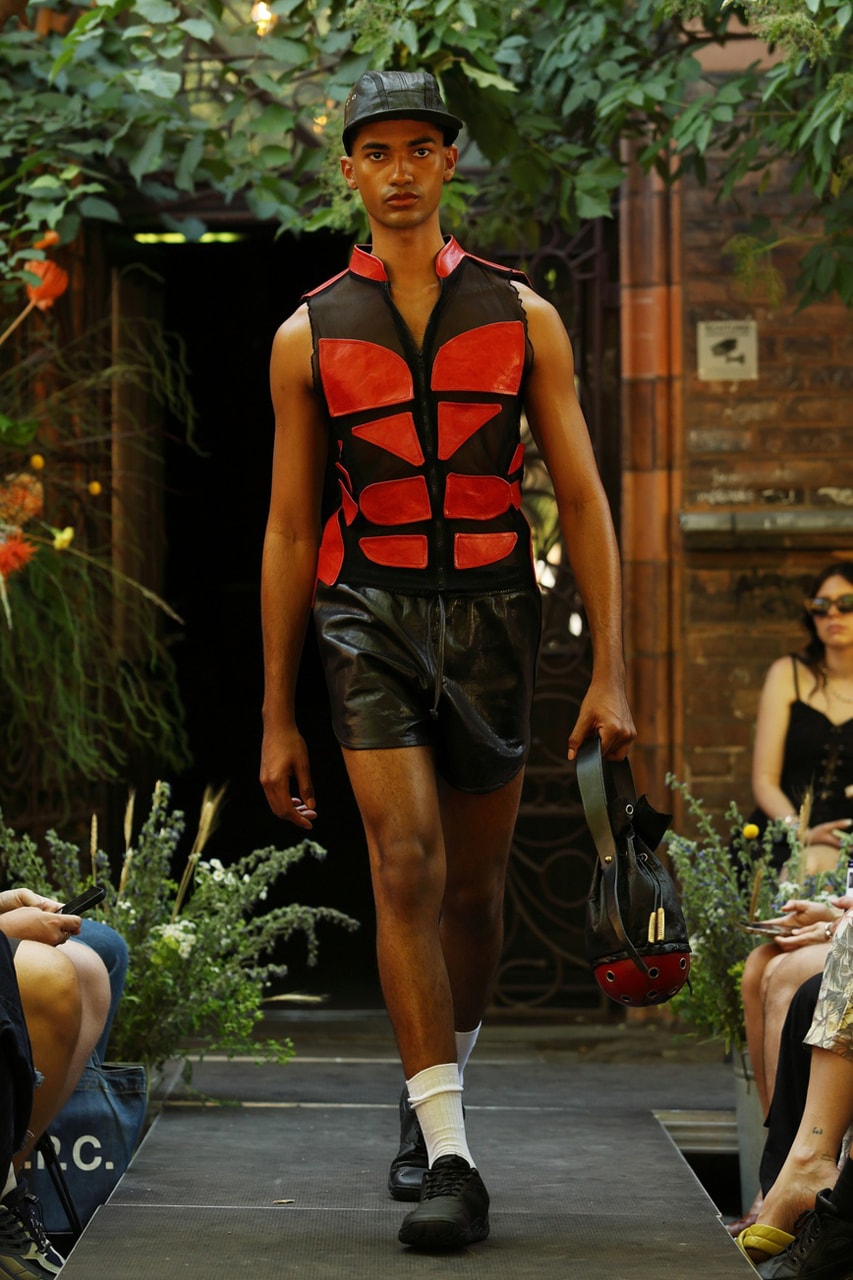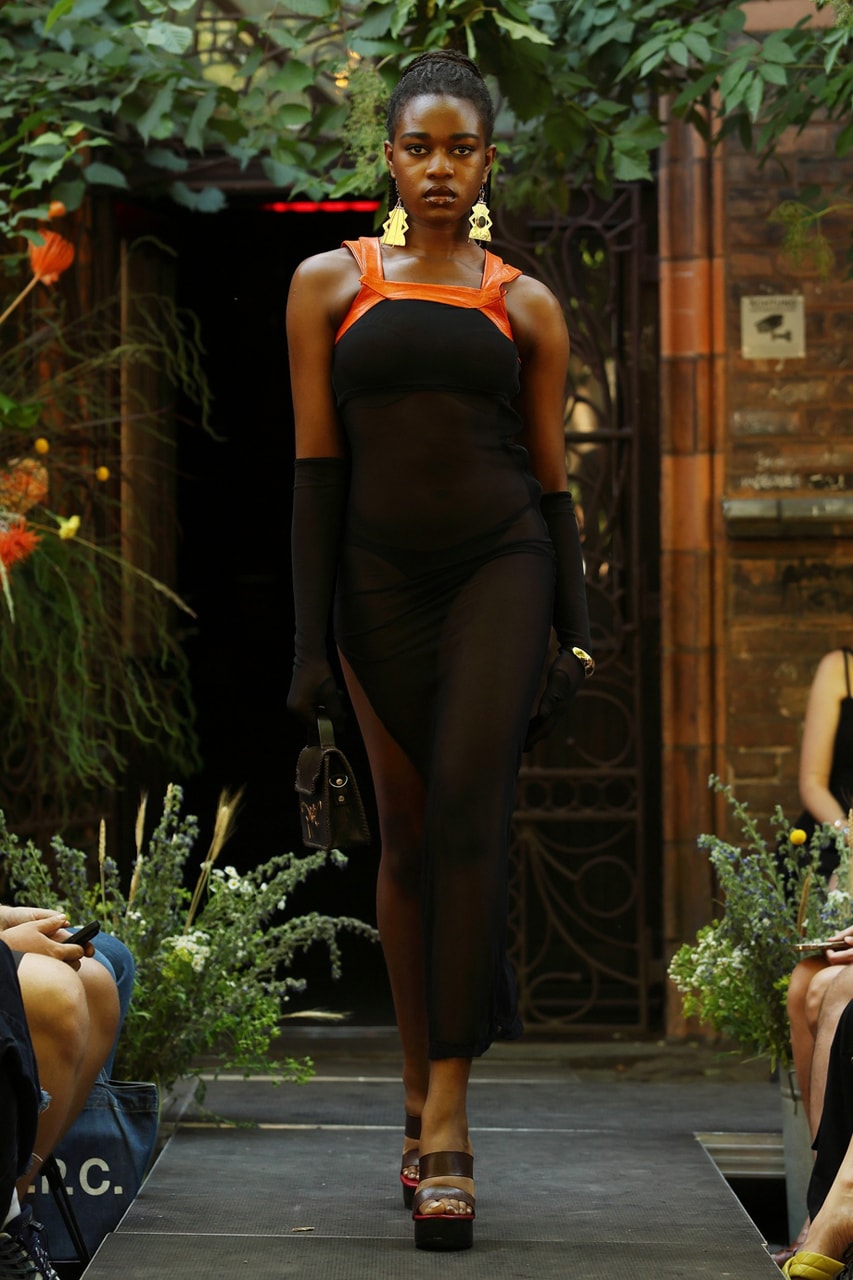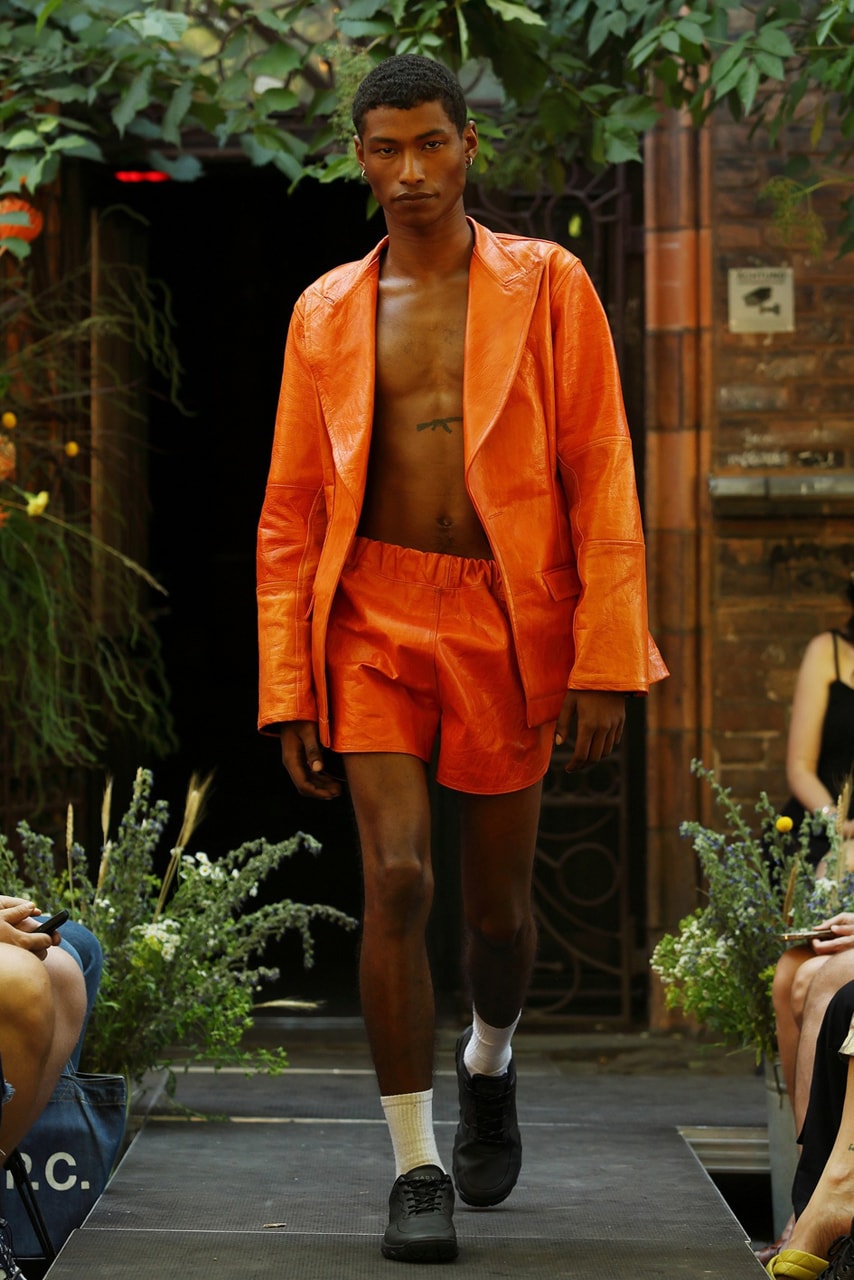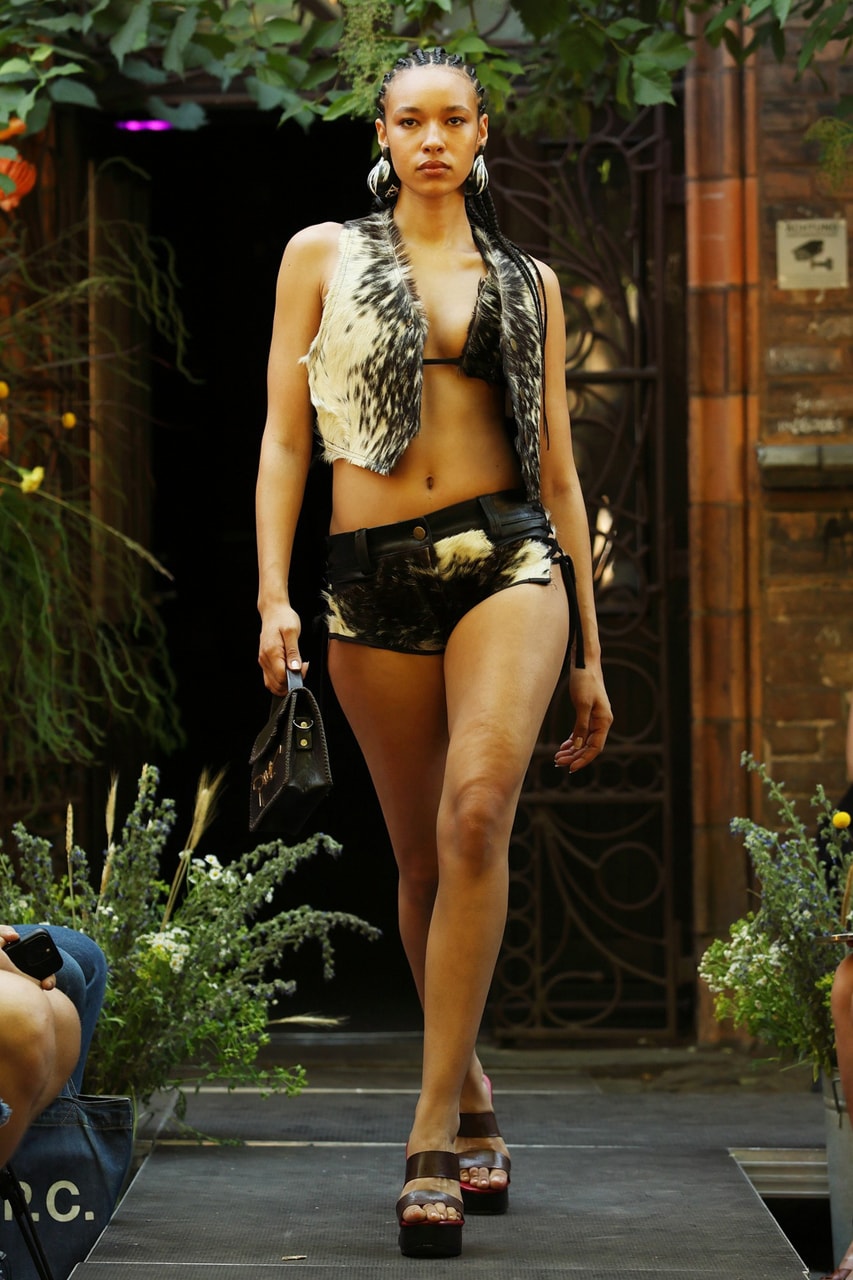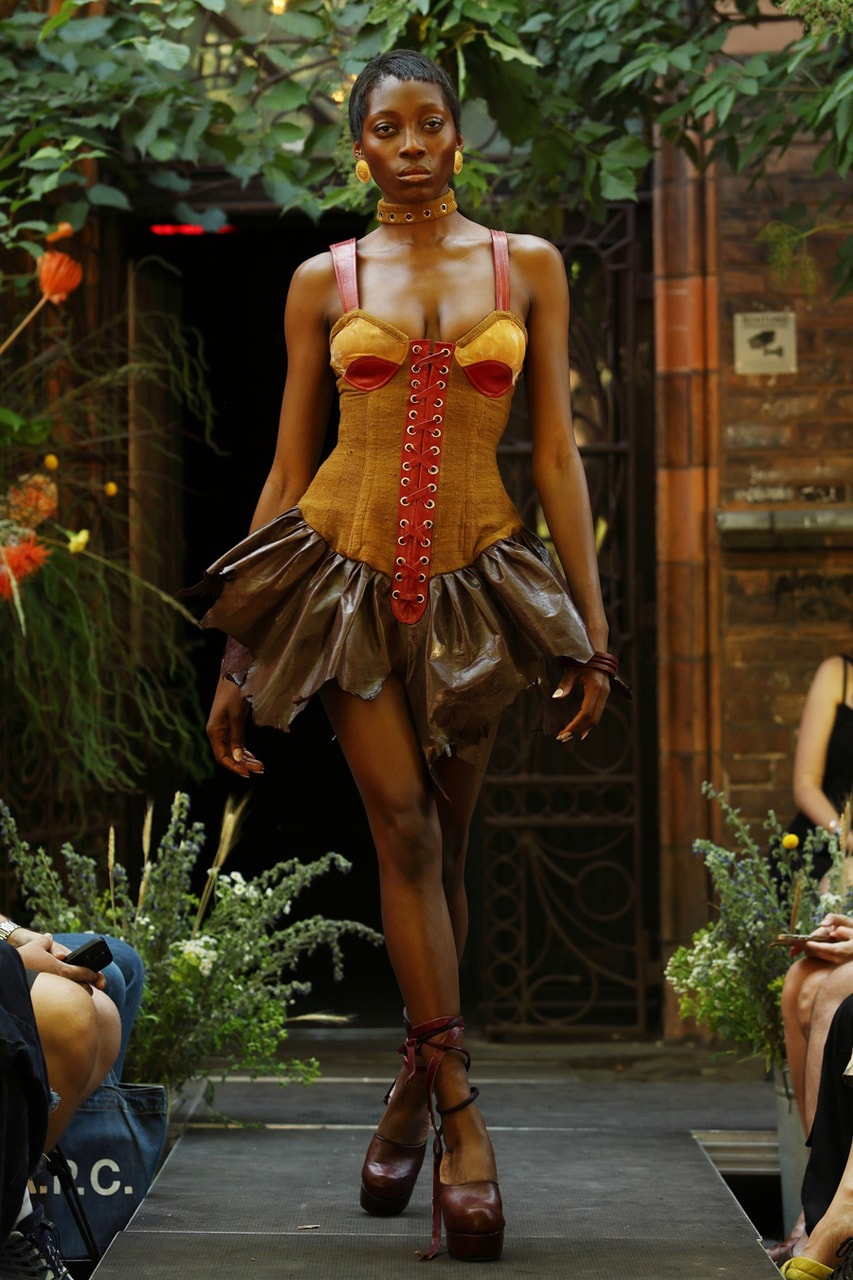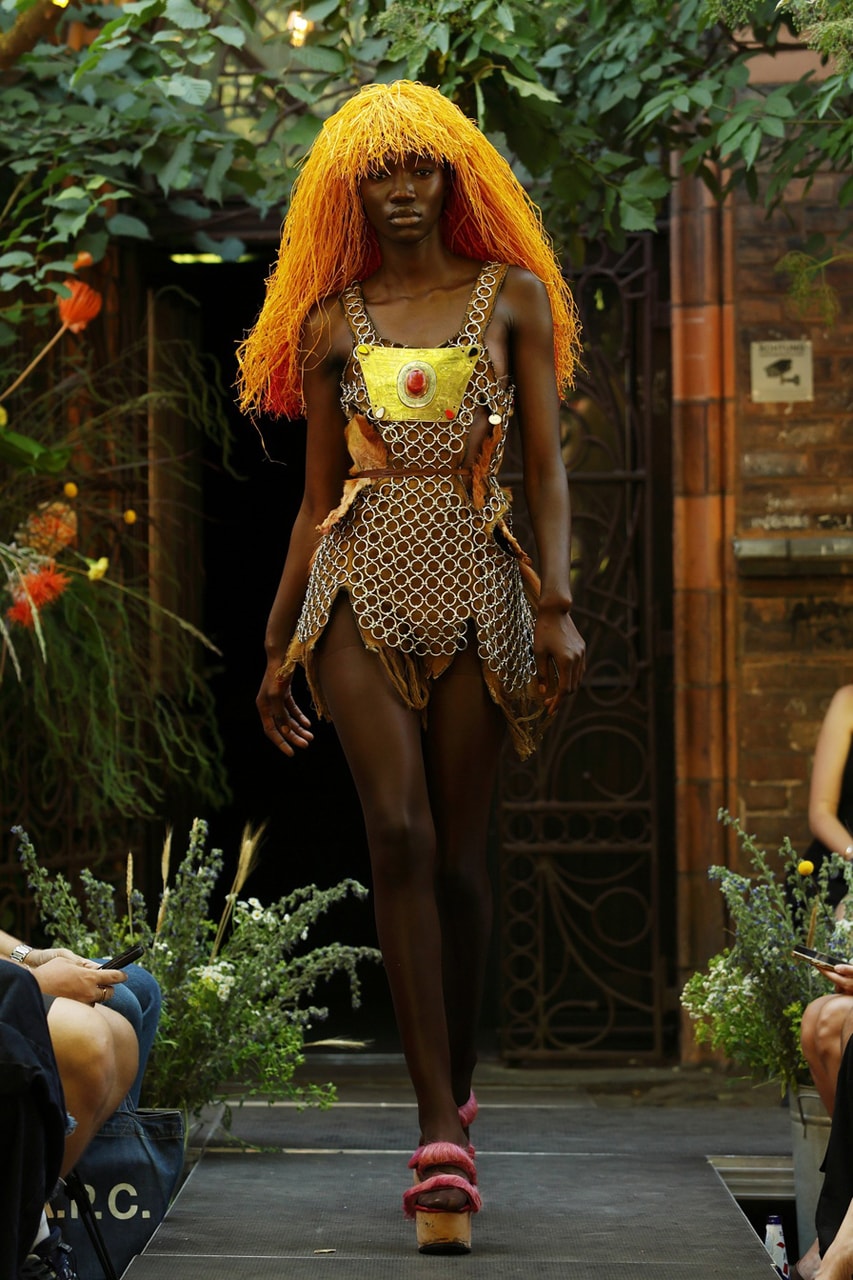The design talent in Berlin is rich, and the crowd the German capital draws for its bi-annual fashion week is particularly impassioned. Each February and June, international editors, journalists, stylists, buyers, influencers, and celebrities flock to the city to witness the sprawling manifestos of Berlin’s top designers — and the results continue to outdo their predecessors.
Everyone from GmbH and David Koma to Ottolinger and HADERLUMP put their best needle forward at the latest iteration of Berlin Fashion Week, which wrapped up at the end of last week. Their ideas of style could not be more distinct from one another, but one thing they all share is a strong perspective.
Below, see the best shows from the affair.
David Koma
Sun’s out, toes out—or so that seems to be the new rule across the men’s Spring 2026 runways.
During Berlin Fashion Week, David Koma became the latest designer to free the toe on his first-ever menswear catwalk. Across all 33 looks, the dogs roamed free in thong sandals under contrastingly formal ensembles inspired by a triad of Davids: David Beckham, Michelangelo’s sculptural David, and Koma himself.
Titled “I LOVE DAVID,” the collection drew from Beckham’s turn-of-the-millennium style (with a specific nod to his famous “I KISS FOOTBALL” jersey) just as much as it did from Michelangelo’s masterful artistry (see the formalwear’s drapery) and Koma’s own signature (crystal garters, classic tailoring).
With cultural and historical icons saturating the mood board, the line still appeared very wearable, in part thanks to the flip-flop’s attainability. Perhaps that was because Koma saw himself as the person buying and wearing these clothes.
“It was my most personal collection to date, partly because I took on several roles: muse, designer, and customer,” Koma said backstage.
GmbH
On the third night of Berlin Fashion Week, GmbH’s Spring 2026 show was a poetic, emotional, and raw “Imitation of Life.”
Designers Benjamin Huseby and Serhat Işik’s latest manifesto was a commentary on the current state of the globe. “The cruelty of this world has severed our connection to it,” they wrote in their show notes. “We no longer know how to act or feel.”
This collection, however, was not inspired by said cruelty or destruction. This was a line that reflected the “process of working and living through a time defined by the most abject forms of horror and moral collapse, and trying to come out on the other side still human.”
In that attempt, the designers looked to their own childhoods, rewatched family tapes, and examined old rites of passage to dream up a line that felt hopeful for the future. Still, they toiled with a sobering question: “How can you revisit your childhood without feeling devastated?”
Richert Beil
Richert Beil’s Spring 2026 show marked a return to intention.
Titled “Milieuschutz,” the collection was built while founders Jale Richert and Michele Beil were leaving behind their old office and moving into a new studio, a 135-year-old pharmacy situated in the center of Kreuzberg, an area now known for its vibrant art scene.
This season, then, Richert Beil looked to reflect on “beginnings and endings, on transformation, and on the responsibility of creating something with meaning,” per the designers.
The results were both intimate and orderly, freaky and kinky. Floral motifs appeared across the range—like tapestry on oversized blazers and centerpieces on knit turtlenecks—as a metaphor for the cycle of growth and decay. Elsewhere, many traditional shapes received contemporary renovations, like lederhosen made with latex and suspenders knotted with cheeky bowties.
SF1OG
On an active construction site just outside Berlin’s Kurfürstendamm, SF1OG’s Spring 2026 show walked the dangerous tightrope between obsessive desire and emotional decay. Portraying two intensely opposing feelings, creative director Rosa Dahl effectively stylized the consequences of all-consuming love, but through the lens of a teenage dream.
The label’s muses crept through a suspended forest made from printed fabric pillars, which felt all the more claustrophobic against composer Gavriel August’s thrilling soundscape and the room’s in-progress sensibilities.
Their fashions longed for youthful freedom, awkwardness, and chaos: flared sequin capes paired with low-rise trousers, while sheer long-sleeve tops complemented baggy skirt pants and tights alike. Across the line, SF1OG’s affinity for old-time craftsmanship — lacework, corsetry, and distressing included — looked especially impressive on antique textiles, like vintage wools, leathers, and silks.
Here, Dahl’s goal was to show the audience a mirror to “our own volatile, uncertain eras” — all of the conflicting phases throughout adolescence and beyond that, together, make us who we are. And if the number of illusory arrows targeting models’ heads wasn’t proof enough, SF1OG hit the bullseye.
Ottolinger
Ottolinger designers Christa Bösch and Cosima Gadient presented their first-ever show in their home city of Berlin this season to celebrate their label’s 10th anniversary. At the Palais am Funktrum, the imprint’s runway, titled “Heidi,” was filled with powerful, feminine-powered ‘fits — all part of a stylistic story about being an older sister.
“Being the cooler older sister isn’t about being perfect,” the brand wrote in its show notes. “It’s about having lived-loved too hard, fallen harder, found her way back, and doing it all in a way that makes you believe you can too. She’s the one who broke the rules first — so you wouldn’t have to be afraid of breaking them.”
As you can imagine, the result looked fearless.
HADERLUMP
Haderlump Atelier’s Spring 2026 collection was all about authorship and ownership—hence, the massive piles of printed and signed words that provided the set for Johann Ehrhardt‘s latest manifesto.
The line’s title, “Exlibro,” Latin for “from the books,” references the miniature nameplates that were once kept inside books as a means of identification. Those tiny artworks, per the label, were mottos, coats of arms, and mythological figures, “each one a quiet yet deliberate declaration: This is mine. This is who I am.”
HADERLUMP’s fashion line championed that concept, dressing its scholarly muses in sculptural and expressive silhouettes inspired by those historical bookplates. Thus, strong-shouldered coats and clean bombers asserted dominance, while layered skirts flowed from their wearers’ waists like pages from a book.
The intention was for each design to look like a personal artifact, and it’s safe to say we could see many of these pieces in a far-off retrospective.
PALMWINE IceCREAM
PALMWINE IceCREAM’s Spring 2026 collection, “MUSE,” was a masterful presentation of bursting color.
Bridging his two hometowns of London and Accra, founder and designer Kusi Kubi was inspired by all of the empowered women in his life and their contributions to his creativity and community. In a kaleidoscopic celebration of femininity, the line’s naturally dyed leathers, organza, mesh, and deadstock textiles turned up the genderless line’s exposure to the max.
Northern Ghanaian leather, specifically, claimed the leading role with coloring done by generational tree bark and sun-dying methods. Elsewhere, giraffe-printed boots were hand-painted, and striking bags were constructed with embellished calabash shells.


